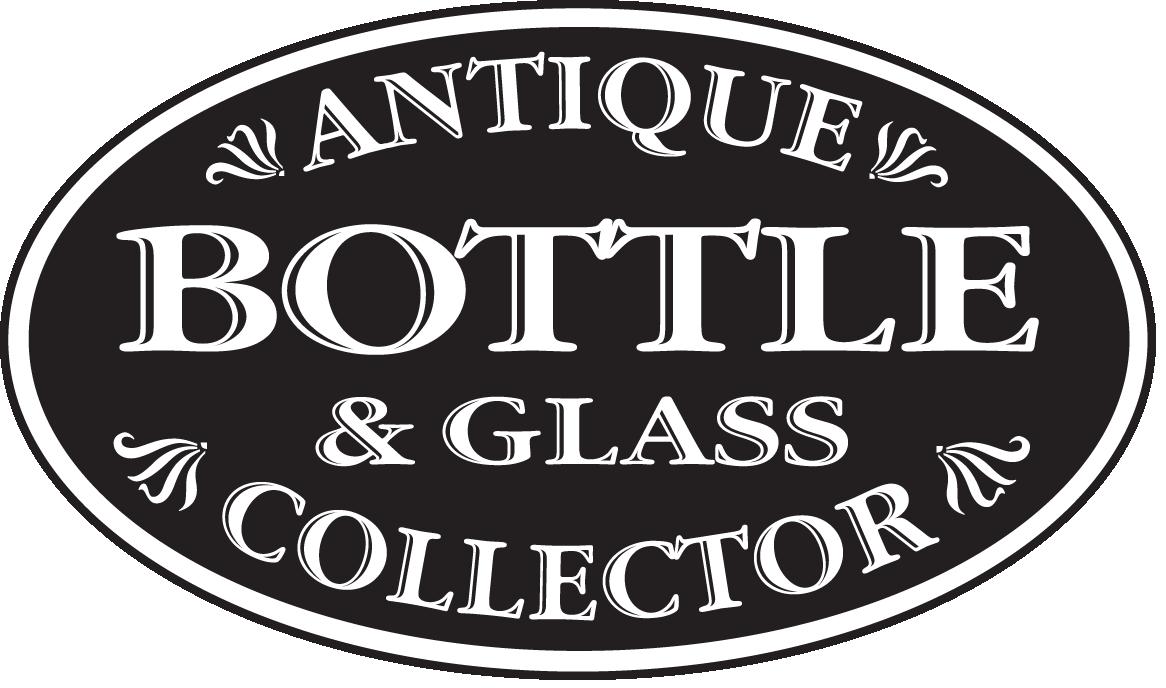

Also in this issue...
Best Drinking Water in Charleston
Ladies Star
Found: Peacock Blue Stopper
ACL #10 – Buildings
Wannalancet Bitters
What’s Underfoot in Houston
Everyone Loves a Dromgooles!
Soule’s Eradicator and so much more!
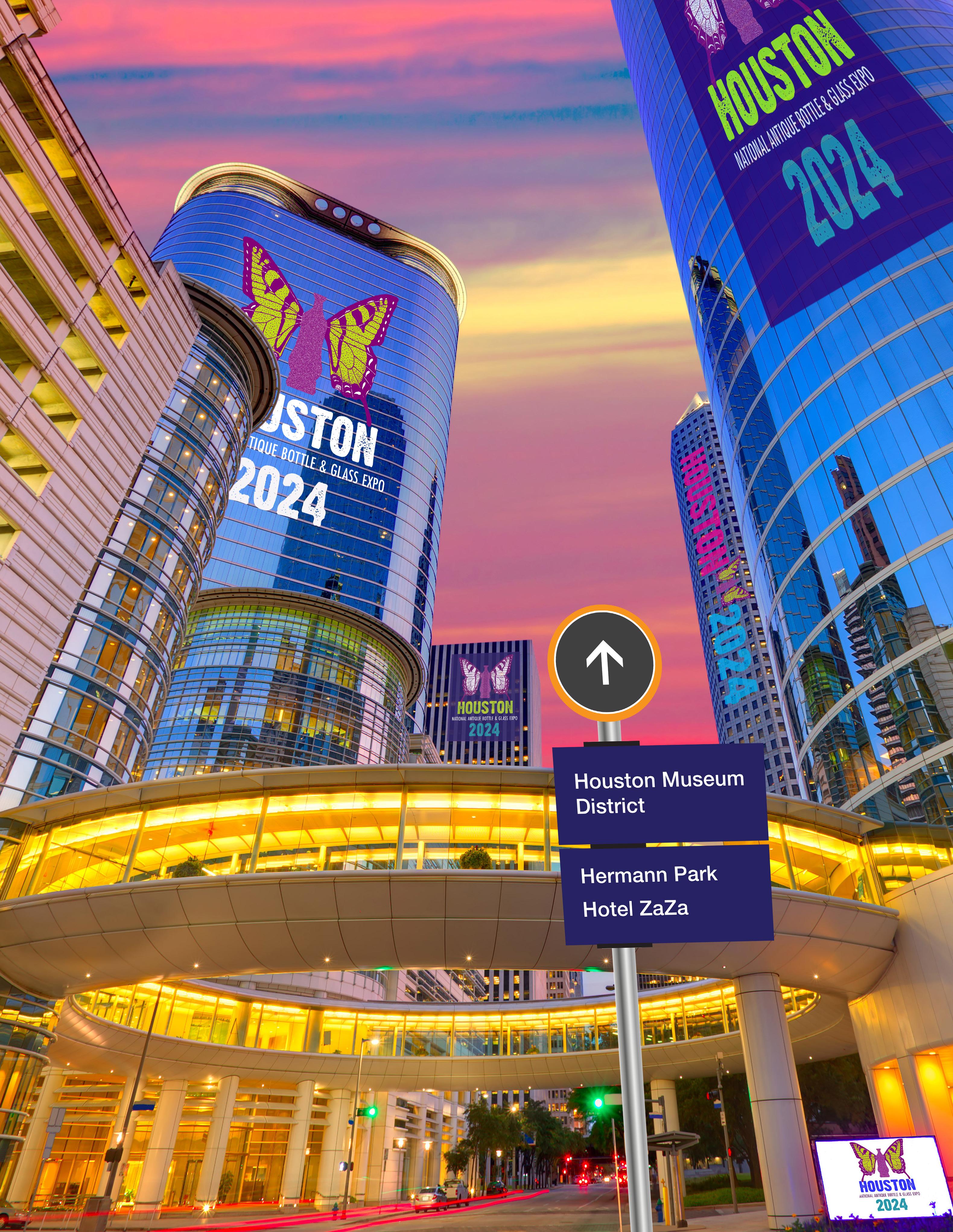

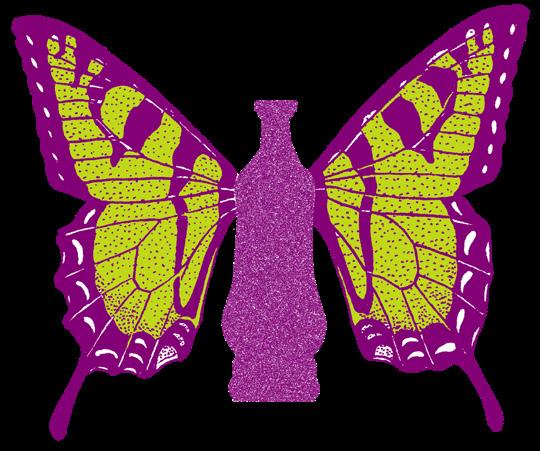
$7.00 May – June 2024
Vol. 35 No. 3
official
the Federation of Historical
LAND OF OZ
The
publication of
Bottle Collectors
Only in Houston


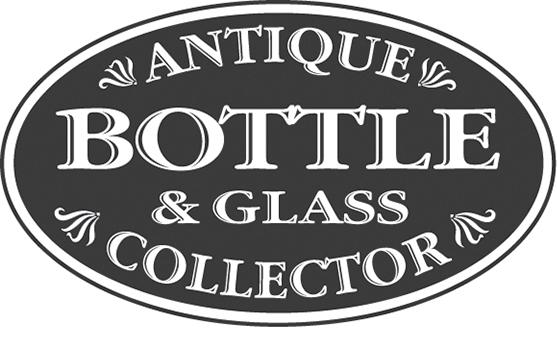
May–June 2024
of Fortune: George Furber
Cordial of Mountain Balm•Keystone Coffee Jar•Soda City’s Only Two Earliest Colored Sodas: H. Deming & Co. and C.C. Habenicht•Probst & Hilbs

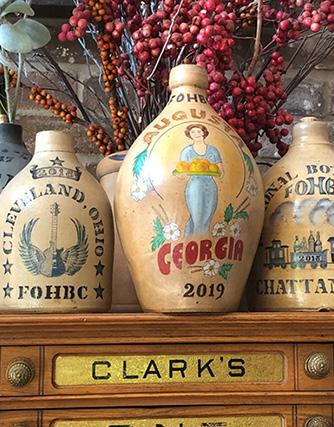

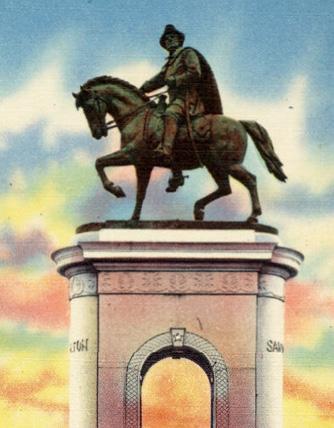
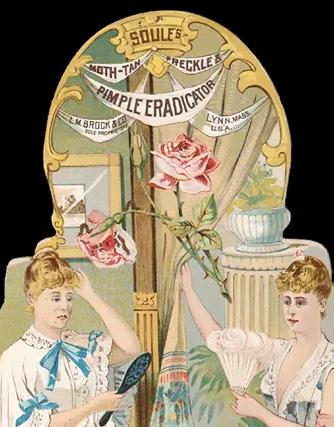

So you don’t miss an issue of Antique Bottle & Glass Collector, please check your labels for expiration information.
To Advertise, Subscribe or Renew a subscription, see pages 66 and 72 for details.
To Submit a Story, send a Letter to the Editor or have Comments and Concerns, contact:
Elizabeth Meyer
FOHBC Business Manager
P.O.
May – June 2024 1 On the Cover: “Land of Oz”– a collage from one of the many advertisements for Houston 24. FOHBC Officers | 2022–2024 2 FOHBC President’s Message 3 Shards of Wisdom–Heard it Through the Grapevine ....................................................... 4 FOHBC News–From & For Our Members 6 FOHBC Regional News ..................................................................................................... 8 ACL Corner #10 – Buildings by Mike Dickman .................................................................. 12 Tom Paskiewicz, Wannalancet Indian Bitters, Quincy Chamberlain, Lowell, Mass., Charlie Martin Jr. and the last sachem of the Pennacook by Ferdinand Meyer V 16 Virtual Museum News by Richard Siri 19 FOUND: Peacock Blue Stopper for Ayer’s Hair Vigor Bottle by John Savastio 22 Jim Healy Comes Through Again for Houston 24! by Elizabeth Meyer ................................. 25 Ladies Star – Delicate Ladies Should Consult Dr. Herdan by Eric McGuire 28 Everyone Loves a Dromgoole’s by Ralph Finch 34 English Female Bitters & Yellow Fever by Ferdinand Meyer V & Joe Gourd 36 Best Drinking Water in Charleston by David Kyle Rakes ........................................................ 42 What’s Underfoot in Houston by Ferdinand Meyer V 48 Promising Cures: Mrs. Soule’s Eradicator – The Flower or the Worm? by Andy Rapoza 54 Having a Ball in Balltimore (sic) by Ralph Finch 57 Lost & Found ................................................................................................................. 60 Member Photos 64 Classified Ads 66 FOHBC Sho-Biz–Calendar of Shows . 68 Membership Benefits, Display Ad Rates, Donations to the FOHBC .................................... 71 Membership Application, Classified Advertising & Article Submission 72 TABLE OF CONTENTS Vol. 35 No. 3 Coming next issue or down the road: A Creepy Clown, Concerned Parents and Voices in the Dark•The Three Blue Bitters•The Saltsburg Glass Works•ACL #11 Holy Grails•Privy Digger’s Dream•What Do You Collect?•Another Adventure of the Bottle Thief: Dead Chickens & Barking
Clinton Physician Dr. Carl
A. Rue of Cranbury, New
Glasshouses•Soldier
German
Little Rock,
Stoneware
Hazard Drug-
and
Dog•A
Gruber•M.
Jersey•Early Pittsburgh
and his
Bitters
Ark.•Pressed
Bottles•Whites Prairie Flower•Caswell
gists•Smith & Jones–Brazil, Indiana Bottlers
so much more!
Brookshire,
phone:
email:
Fair use notice:
in Antique
Glass
for
this
the authors
is copyrighted. We, as a non-profit organization, offer it here as
educational
to increase further understanding
discussion of bottle collecting and related history. We believe this constitutes “fair use” of the copyrighted material as provided for in Section 107 of the U.S. Copyright Law. If
to use this material for purposes of
own that go beyond
use,”
obtain permission
the copyright owner(s). Antique Bottle & Glass Collector © (ISSN 10505598) is published bi-monthly (6 issues per year) by the Federation of Historical Bottle Collectors, Inc. (a non-profit 501(c)(3) educational organization) at 101 Crawford Street, Studio 1A, Houston, Texas 77002; phone: 713.504.0628; Website: FOHBC.org, Non-profit periodicals postage paid at Raymore, Missouri 64083 and additional mailing office, Pub. #005062. Postmaster: Send address changes to Elizabeth Meyer, FOHBC Business Manager, P.O. Box 1825, Brookshire, Texas 77423; 713.504.0628, email: fohbcmembers@ gmail.com Annual subscription rate is: $40 for standard mail or $55 for First Class, $60 to Canada, $80 Other countries, $25 Digital Membership [in U.S. funds.] Life Membership: Level 1: $1,000, Level 2: $500. The Federation of Historical Bottle Collectors, Inc. (FOHBC) assumes no responsibility for products and services advertised in this publication. See page 72 for details. The names Federation of Historical Bottle Collectors Inc. (FOHBC), and Antique Bottle & Glass Collector ©, are registered ® names of the Federation of Historical Bottle Collectors Inc., and no use of either other than as references, is permitted without expressed written consent from the Federation of Historical Bottle Collectors Inc. Certain material contained in this publication is copyrighted by, and remains the sole property of, the Federation of Historical Bottle Collectors Inc. while others remain property of the submitting authors. Detailed information concerning a particular article may be obtained from the Editor. Printed by Modern Litho, Jefferson City, Missouri 65101. No. 273 25 12 28 54 48
Box 1825
Texas 77423
713.504.0628
fohbcmembers@gmail.com
Some material
Bottle &
Collector has been submitted
publication in
magazine and/or was originally published by
and
an
tool
and
you wish
your
“fair
you must
from
FOHBC Board of Directors




The Federation of Historical Bottle Collectors is a non-profit organization for collectors of historical bottles, glass and related collectible items. Our primary goal is educational as it relates to the history and manufacture of historical bottles and related artifacts.
FOHBC Officers 2022–2024
President: Michael Seeliger, N8211 Smith Road, Brooklyn, Wisconsin 53521, phone: 608.575.2922, email: mwseeliger@gmail.com
First Vice-President: Position Open
Second Vice-President: Stephen R. Jackson, P.O. Box 3137, Suffolk, Virginia 23439, phone: 757.675.5642, email: sjackson@srjacksonlaw.com
Secretary: Alice Seeliger, N8211 Smith Road, Brooklyn, Wisconsin 53521, phone: 608.575.1128, email: aliceajscreative@gmail.com
Treasurer: Kathie Craig, 1037 Hazelwood Avenue, Campbell, California 95008, phone: 408.591.6511, email: kathiecraig@sbcglobal.net
Business Manager: Elizabeth Meyer, FOHBC, P.O. Box 1825, Brookshire, Texas 77423, phone: 713.504.0628, email: fohbcmembers@gmail.com
Director-at-Large: Ferdinand Meyer V, FMG Design, Inc., 101 Crawford Street, Studio 1A, Houston, Texas 77002 phone: 713.222.7979 x115, email: fmeyer@fmgdesign.com
Director-at-Large: John O’Neill, 1805 Ralston Avenue, Belmont, California 94002, phone: 650.619.8209, email: Joneill@risk-strategies.com
Director-at-Large: Richard Siri, PO Box 3818, Santa Rosa, California 95402, phone: 707.542.6438, email: rtsiri@sbcglobal.net
Northeast Region Director: Charles Martin Jr., 5 John Hall Cartway, Yarmouth Port, Massachusetts 02675, phone: 781.248.8620, email: cemartinjr@comcast.net
Midwest Region Director: Henry Hecker, W298 S10655 Phantom Woods Road, Mukwonago, Wisconsin 53149, phone: 262.844.5751, email: phantomhah@gmail.com
Southern Region Director: Tom Lines, 1647 Olivia Way, Auburn, Alabama 36830, phone: 205.410.2191, email: Bluecrab1949@hotmail.com
Western Region Director: Eric McGuire, 1732 Inverness Drive, Petaluma, California 94954, phone: 707.481.9145, email: etmcguire@comcast.net
Public Relations Director: Position Open
Conventions Director: Craig Cassetta, 12 Marlin Court, Chico, California 95973, phone: 530.680.5226, email: craig.cassetta@gmail.com
Historian: Brian Bingham, 4305 Arbor Cove Circle, Oceanside, California 92058, phone: 442.264.9945, email: brian.bingham@att.net
Membership Director: Elizabeth Meyer, FOHBC, P.O. Box 1825, Brookshire, Texas 77423, phone: 713.504.0628, email: fohbcmembers@gmail.com
Merchandising Director: Position Open
FOHBC Virtual Museum
Alan DeMaison, 1605 Clipper Cove, Painesville, Ohio 44077, phone: 440.358.1223, email: a.demaison@sbcglobal.net
Joe Gourd, 27W058 Fleming Drive, Winfield, Illinois 60190, phone: 630.653.7088, email: joegourd@aol.com
Ferdinand Meyer V, FMG Design, Inc., 101 Crawford Street, Studio 1A, Houston, Texas 77002, phone: 713.222.7979 x115, email: fmeyer@fmgdesign.com
Miguel Ruiz, FMG Design, Inc., 101 Crawford Street, Studio 1A, Houston, Texas 77002, phone: 713.222.7979, email: mruiz@fmgdesign.com
Richard Siri, PO Box 3818, Santa Rosa, California 95402, phone: 707.542.6438, email: rtsiri@sbcglobal.net
Antique Bottle & Glass Collector
Editor & Design: Peachridge Collections, LLC, Ferdinand Meyer V and Elizabeth Meyer, P.O. Box 1825, Brookshire, Texas 77423, phone: 713.222.7979 x115, email: fmeyer@fmgdesign.com
Proofreaders: Alice Seeliger and Bill Baab
Featured Writers: Ralph Finch and Andy Rapoza

2 Antique Bottle & Glass Collector
Federation of Historical Bottle Collectors
President’s Message
Michael Seeliger President Federation of Historical Bottle Collectors

N8211 Smith Road, Brooklyn, Wisconsin 53521
608.575.2922
mwseeliger@gmail.com
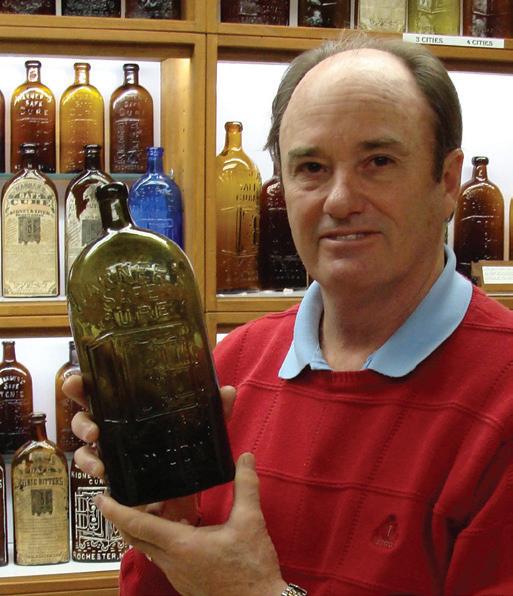
We recently attended the Suncoast Antique Bottle Collectors Show & Sale in Tampa, Florida and the Chattanooga North Georgia Antique Bottle & Collectibles Show in Dalton, Georgia to set up the FOHBC booth and encourage membership and early reservations for sales tables at Houston 24. We were highly successful in both! (Who could miss us in our “Together Again” Cobalt blue bottles t-shirts!)
Our Webinar #11 “Clear & Aqua but Uncommonly Colorful” is up on the website. It was fascinating and, if you missed it, I encourage you to take time to watch it. Andy Rapoza did a fantastic job bringing to life many long-passed patent medicine proprietors from Lynn, Massachusetts. By the time you are reading this, we will have completed #12, “The Collections of Jerry Phelps.” Keep an eye on our webinar schedule on the FOHBC website. And if you have a topic you’d like to present, or have presented by someone else, let me know.
Seems most bottle collectors have one bottle that is their favorite. Maybe not the most expensive, the rarest, or the one they dug up out of a privy. Maybe it is one the collector was searching for and finally found. Whatever it is and wherever it was discovered, it’s the favorite, with a backstory that gets told each time bottle collectors get together. For me, it’s a common double-collar-top Warner’s Safe Kidney and Liver Cure with a small flea bite in the top embossing of the safe. The ding is from my shovel hitting it square in the middle on a cold, dreary afternoon spent digging on the banks of the Wisconsin River. I had seen a Warner bottle in the Museum in Salt Lake City in 1970 and thought it was a fantastic bottle…one I hoped to find some day. This was that day! After the clink of the shovel, I slowly uncovered the bottle with my hands. I was thrilled to see it was upside down (which is good in Wisconsin since that meant it had not filled with water and frozen over the years), and intact! I just stared at it, searing it into my memory. Eventually, I pulled it out of the dirt, held it in disbelief, and then scurried up the riverbank to put it safely in my car. Altogether, that dig produced five Warner bottles and pieces of maybe 25 more spanning the years 1881 to 1915. Few other types of bottles were in this dump site. Guess the landowner stuck to one medicine to cure whatever ailment he had.
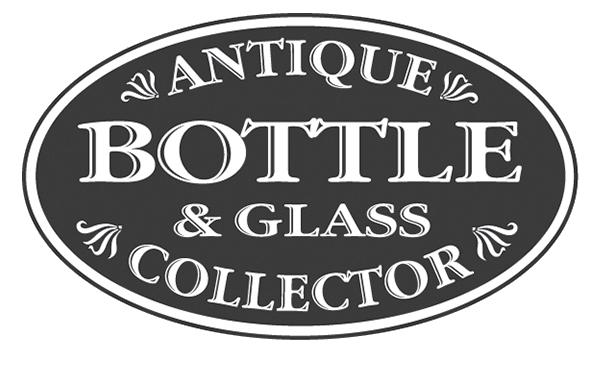
represented as he was in knowing that this bottle had existed for over 200 years before being entrusted to him, and then he broke it! That meant more to him than the $800 price tag he carefully removed.
We are just temporary custodians of our bottles. Maybe we unearthed them or acquired them after diligent searches. Whatever the case, we gather these objects, research their history including the path they took to end up in our hands, and eventually pass them on to someone else for continued safekeeping. In compiling the history of the three blue bitters which will be on display at Houston 24, I found the provenance winds through a myriad of well-known collectors which makes for a very interesting story you’ll hear at my seminar at Houston 24.
I strongly believe collections need to be documented for future reference. Our webinars are doing just that. National collections, collections from one geographical location, and even those from just one drugstore in one city. Andy’s in-depth study of the people involved in the history of patent medicines in just one city made me realize bottle collectors are great historians.
Just a few months away, Houston 24 will surely be a gathering of a great body of bottle knowledge. We will be privileged to view collections of masterpieces of glass in a once-in-a-lifetime exhibit setting. It would be great to record discussions from visitors as they recount stories about the objects on display, or ones they have seen in other collections, or have only heard about. There will be talk of discoveries, color comparisons, past ownership, rarity, and, inevitably, guesses on values. This is a great part of our hobby… telling the stories. The sales floor will be filled with a wide variety of collectibles as we seek diversity in dealers. And, of course, there must be a treasure or two to be found at the Houston 24 preevent Peachridge Glass “Glass in the Grass.”
I’m planning to meet with Warner collectors to talk about recent finds, speculate on what might still be out there, and add to the historical research. I’m hoping others will hold impromptu sessions like this throughout the event. I’ll be scouting out potential webinar/seminar presenters and topics. Sharing knowledge always enhances the hobby and I hope you will help me to continue my efforts to do so.
Discussions I’ve had with collectors include the same type of stories showcasing the passion for our bottles. A conversation I had with David Hughes revealed that day’s sad collecting story (we all have them, right?). He showed me a demijohn he unwrapped and promptly dropped onto the cement floor. It now sported a large crack. He was not as upset about losing the money the demijohn
Finally, don’t forget the Membership breakfast where we will be presenting the proposed bylaws changes for a vote by members in attendance. A complete report of the proposed bylaws will be posted on the FOHBC website prior to Houston 24 so that you can be well-informed to cast your vote. A great deal of thought, time, research, and planning have gone into preparing these new bylaws which are designed to reflect changes in communication methods and streamline responsibilities and operations. I’ll be happy to answer any questions you might have after you have reviewed them. See you in Houston!
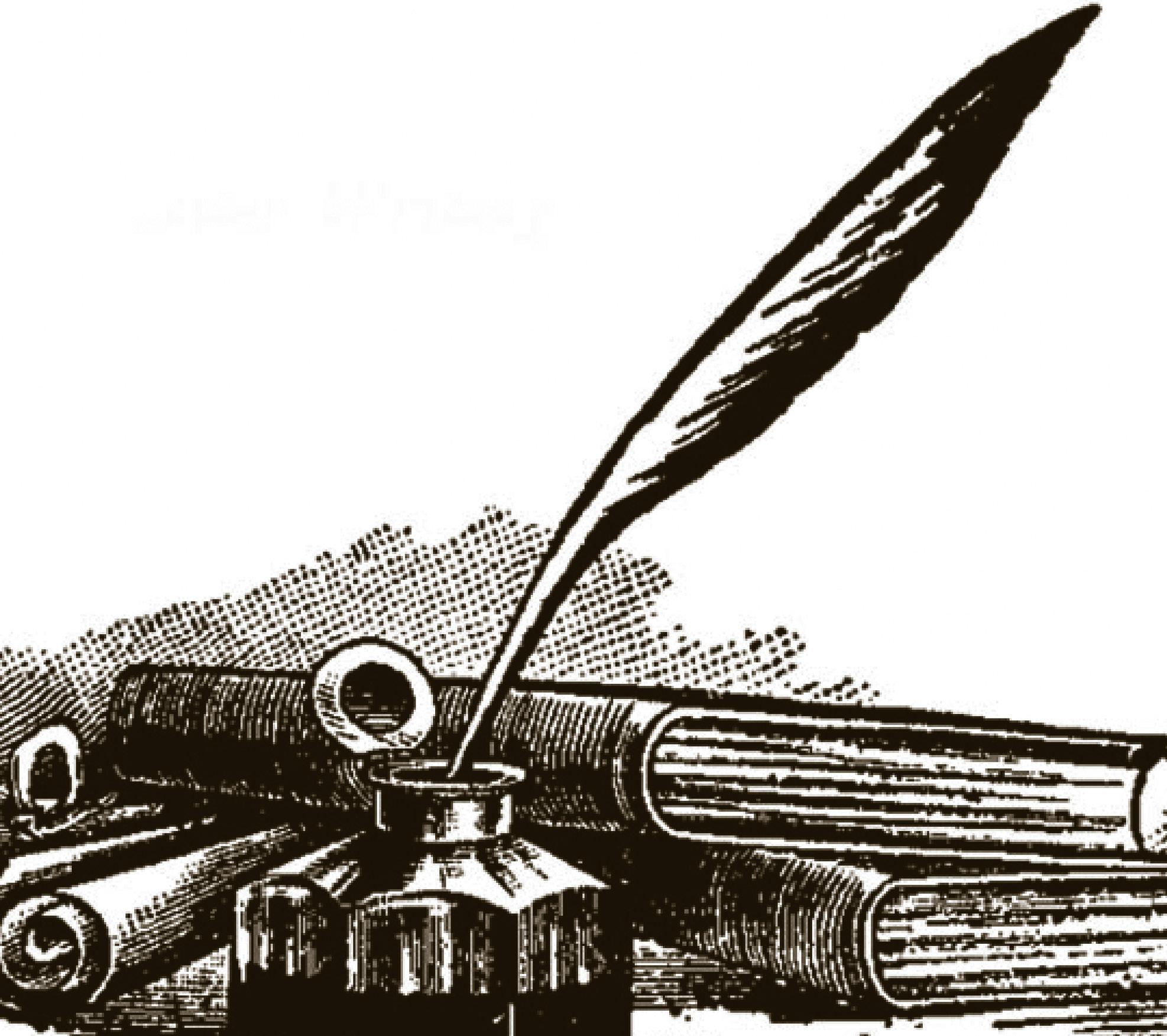

May – June 2024 3
Shards of Wisdom
“Heard it Through the Grapevine”

Ralph Finch, with his little hand, tries to go back in time
Chapter 1 – Watch cases tick on
So, in early January, an interesting—and somewhat common— trade card was offered on eBay. And despite having owned at least a dozen of these things in the past, I wanted another!
See, true collectors don’t know the meaning of the term “enough’s enough.” A few of us, if told by a doctor that we will die by “next Monday,” will realize that we will have just enough time to attend a great auction scheduled for Saturday. If my coffin is being carried to the cemetery, I just hope it doesn’t pass an antique shop; then, for sure, I’ll know I’m being punished for a minor faux pas...or two.
The subject at hand? A trade card for “Keystone Improved Silver Watch Cases” so strong that you could use it to launch a target ball. (It sold for a reasonable $16.89.) The Keystone firm’s claim was for an Improved Silver Watch Case offered by jeweler W. T. Sargent in Henniker, N.H.

I wrote to the seller: “Amazing! I am a former collector of Target Balls and, at one time, owned about 12 different examples of that card. I need it to illustrate a story about them I wrote years ago.” (Back then, when I amassed 250 different target balls, I also suffered the compulsion to acquire anything related to target balls.)
The seller, Mary, in Pittsford, N.Y., replied: “My late father-inlaw, Robert Green, wrote a book called Jewelers Trade Cards. The card you purchased is pictured in the book—I have many more Keystone cards listed in my store at this link” which she provided.
I found a listing for the book, which noted: “1800 Jewelers Trade Cards 1800-1900 form the source material for the most comprehensive compendium of information concerning one of America’s earliest and most effective forms of advertising.

These cards, many rare and some unique, were selected for their striking lithographic color, unusual designs, or historical significance.
“The finest lithographers are Prang, Ketterlinus, Donaldson and Currier and Ives. Such cards were a primary advertising vehicle for a broad range of products in the infancy of American industrial expansion. The text explains their history and importance in early advertising art and gives data, hitherto unpublished, concerning the whereabouts of thousands of artisans, jewelers and the trade during the 19th century, especially the period after the Civil War.
“The soul of the book centers around the cards. These are representative samples of all types, classified into 39 categories. Boss and Keystone cards command a special interest (and high prices), and the collection contains a large quantity. The lists supply over 10,000 facts. Each Jeweler or kindred tradesman has been recorded in an alphabetical as well as geographical listing and a reference shows if the card is in one of four most important publications: MMA, MCNY, Smithsonian, or American Antiquarian Society.
“A chapter is devoted to watches and clocks, and sets forth trademarks for both foreign and domestic wares up to the turn of the century, as reported by JCK at that time. Specialty collector’s items such as Watch Papers, advertising mirrors, and boxes are also illustrated.
“The Burdick Collection in the Print Room of the Metropolitan Museum of Art, NYC, contains many Jewelers Cards which are recorded in this book. This data becomes a valuable source of material not available in the published Burdick Directories.”
Note: The booklet can be found and is available online and via Amazon. Also, FYI, I can only imagine how much time (pardon the comment) and effort Mr. Green poured into the bit of history. After all the typing, I can only imagine his little hand must have been tired. (Face it, I have more bad watch references...I’m just getting wound up, and I hope you aren’t being ticked off.
Chapter 2 – It’s time to launch a target ball?
In the 1880s, target balls were made by the zillions. And 1880s trade cards for specific glass balls? So far, possibly, zip. But at that time, the firm of the Keystone Improved Silver Watch Cases of Philadelphia was likely selling its products in every town in America, and the company used scores of trade cards with various designs, all using the keystone design. And one featured a watchcase so strong it could be used to launch a target ball!
On eBay, I have seen cards promoting jewelry stores, such as: Edholm & Erickson of Omaha, Neb.; L.V. Stone of Vermilion,
4 Antique Bottle & Glass Collector
Watch this: A great (and common) trade card illustration, but still attractive after all these years. - image Janet Finch
Shards of Wisdom
“Heard it Through the Grapevine”

Ohio; L. Hart of Flemington, N.J.; W.H. Medford of Sidney Centre, N.Y.; Milton Kohler of Hagerstown, Md.; W.T. Sargent of Henniker, N.H.; R. Miller, McPherson, Kan.; Fred Stecher of Zumbrata, Minn.; A.R. McOmber of *Hastings, Mich.; and Parrott’s of West Union, Iowa. And, on eBay, a card for S.P. Tobie of Prairie City, Ill., sold for $17.50, and I missed it. (The usual range is $13-$25.)
Hmmmmm. Did Bogardus carry a Keystone watch case?
FYI #1: The Keystone Watch Case Co., itself a successor to a number of other watch companies, was the surviving name of a conglomerate of case companies brought together by *Theophilus Zurbrugg by 1904. Keystone stayed in business long past the end of the American-built pocket watch.
FYI #2: In 1880, the population of Hastings was 2,531.
FYI #3: *I don’t want to take time making fun of someone else’s name—my middle name is Dundas—but how would you like to go through life with the moniker Theophilus Zurbrugg? If I had that name, I’d really be...ticked off.
Is Ralph Finch Lost?
AB&GC writer Ralph Finch submitted this picture. He admits he does not use his “smartphone” GPS and likes to find places the “old-fashioned” way. He says he does get lost sometimes.

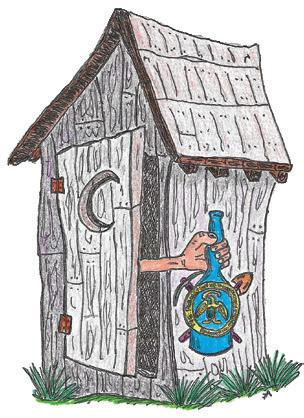


Galaxy Soda Syrup Bottles
[Found online for sale. Submitted by Chris Hartz]
Some time ago, Ralph and Janet Finch were looking for the Heckler antique bottle event. We are told that they did find the event after asking for directions at an old country store.
Rare collectors set of 12 Galaxy Syrup Bottles with original shipping case. Manufactured by Space Foods Company, Baltimore, Md. These 1950s, heavy glass, soda syrup bottles are also coin banks! Each metal screw-on lid has a punch-out coin slot! Original cardboard seals are still intact. The bottles stand 8 ½ inches tall and are in the shape of spacemen wearing a helmet and rocket booster pack. The bottles have never been filled and the company went bankrupt before the product was widely distributed. The case, dated 1953, was found in an old Baltimore warehouse two months ago. The case has nine different figures in various colors and ranks: Space Scout, Space Sentry, Space Admiral, Space Bombardier, Space Ace, Interplanetary Commander, Orbit Admiral, Space Navigator, Asteroid Commander, plus three duplicates. All are in mint condition! Bottles come with original shipping box printed with unique Sci-Fi graphics showing rocket ships and flying saucers! Caps are for five flavors: Grape, Cherry, Raspberry, Orange and Lemon-Lime. Buyer to pay shipping and insurance. Case weighs about 16 pounds.

Rare collectors set of twelve Galaxy bottles and duplicates. Found inside the original shipping case in Baltimore, Maryland. A mint set of these bottles, never used with original box, is around $300 to $400.

May – June 2024 5
From & For Our Members

John & Mary Wolf
The story on John and Mary Wolf in the March–April 2024 edition of Antique Bottle & Glass Collector was excellent, a fitting tribute to the recently deceased John Wolf whom I met over 40 years ago and who jump-started my own interest in collecting “cures.” As noted in the article, John was a legend and without question the most knowledgeable collector of cure bottles since another legend, from an older generation, Bill Agee. John was passionate about his “goodies” but never self-assuming—always a soft-spoken, unpretentious, quality human being. When my wife Coleen and I visited John and Mary in Dayton many years ago we were amazed at their museum-like home, filled with countless antique treasures but highlighted by the largest collection of 19th-century “cures” known to man.
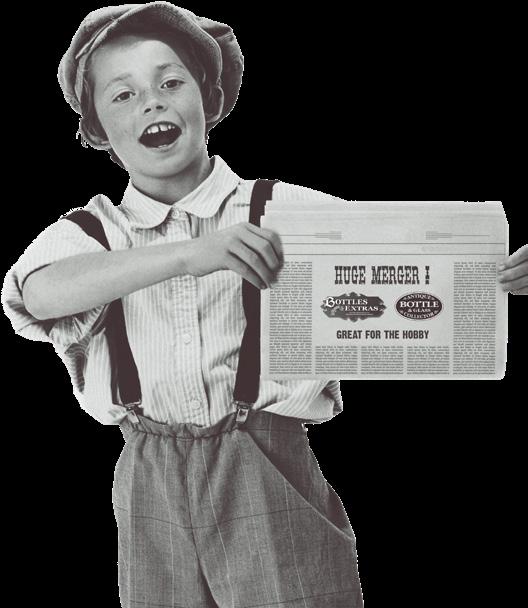

John was a former physician like myself, but we never talked clinical medicine. Our deep bond was as collectors and I feel very grateful to have known him. Fortunately, his massive collection of 2,000 cures is in the good hands of his close friends, Dann and Sue Louis who are cataloging the John Wolf collection and writing a book about it. Perhaps its publication will generate a new wave of enthusiastic “Cure” collectors.
Bruce Shephard
Tampa, Florida
Historical Fiction for Kids
Dear Ferdinand: I write historical fiction for kids and my current project is a historical novel that features two young teenagers working in the glass industry. The book has two timelines and two points-of-view (POV). I am creating two fictional glass factories based on material I have gleaned from Adeline Pepper’s book The Glass Gaffers of New Jersey as well as from online resources. My main character, Andrew Dinsmore, lives in South Jersey in 1893. He wants to be a gaffer—but as you know, gaffer jobs usually went to the boss’s relatives. (Good novels are built on conflict and tension!) The company house that Andrew lives in used to be a barn. Andrew discovers glass whimsies and notes in a wall near where he sleeps. It turns out that the whimsies were made by a boy, Noah Wheeler, who lived 125 years ago (the second POV and timeline). As Andrew gets to know Noah’s struggles (the Revolutionary War!) and triumphs (meeting Ben Franklin!) he will grow in determination to make his dreams come true. I am writing to you because although I have found a lot of information about child labor in glass factories at the end of the 19th century, (Lewis Hines’ book on child labor is on my shelf) there is not much about apprentices and/or indentured servants working in the glass houses during the colonial period. I am reaching out to you in hopes that you, or someone you know, may know more about this time period. I would love to see an image of the inside of a colonial glass “factory”—if a drawing
like that exists. I appreciated your blog post, “Singing Along at Dyottville Glass Works.” Likewise, I appreciated your sharing information and images in “Glass Works and Glass Factories” and “Boys in Glass Houses.” I am reading River Chronicles 1 and the archaeological dig near Philadelphia is a great source of information—but was trying to find more information or images. From your studies, what would the interior of a glass house in New Jersey or Philadelphia around 1776 look like? I’m trying to picture the type of furnace that would have been used, etc. I’m guessing that the jobs of carrying-in boys didn’t change a lot from 1776 to 1893—what do you think? I have written about Paul Stankard for several magazines as well as about Dale Chihuly and some North Carolina glass artists. I live in Charlotte, N.C. but am from South Jersey. I look forward to hearing from you.
Carol Baldwin Charlotte, North Carolina

BBR
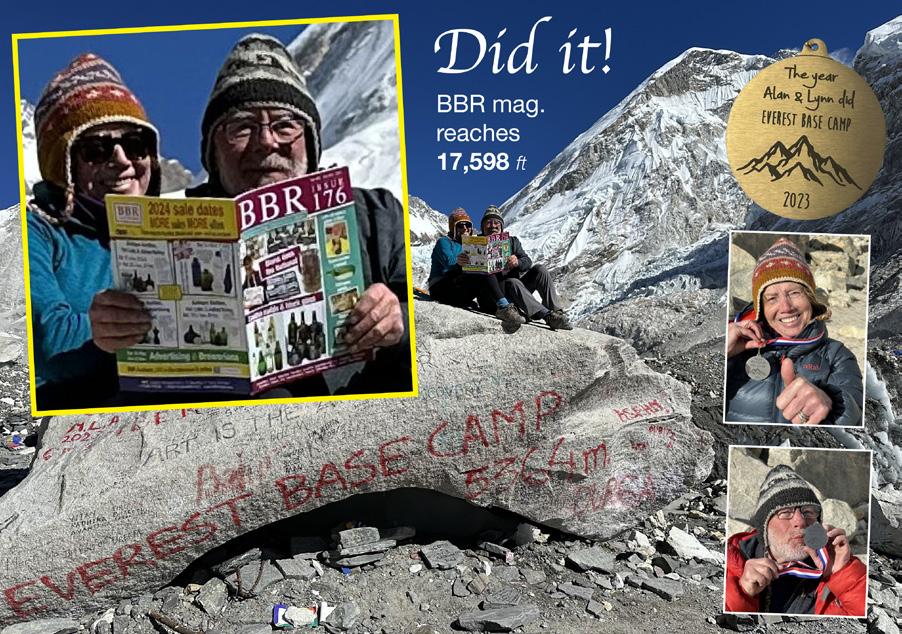
6 Antique Bottle & Glass Collector
Glasshouse worker, Shorpy, Library of Congress
FOHBC News
makes it to Mount Everest!
Alan Blakeman (publisher of British Bottle Review in the UK, sends in this great picture from Mount Everest.

FOHBC News
From & For Our Members
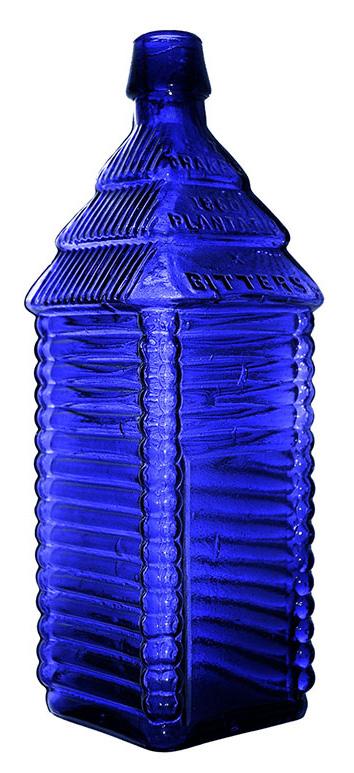
Houston 24 Drakes Plantation Bitters News
A limited run (100 to 200 pieces) of hand-blown, pontiled, cobalt blue Drakes Plantation Bitters commemorative bottles will be produced and sold at Houston 24 to celebrate the FOHBC
Houston 2024 National Antique Bottle & Glass Exposition.
The FOHBC is planning a one-time-run using the private mold. The eventual retail cost is projected to be $150 to $300 a piece. The commemorative bottles will be on sale at the FOHBC
Houston 24 tables at Hotel ZaZa. First come, first serve. Limit, one per FOHBC membership. Two sapphire blue pontiled examples will be blown (one for raffle and the other for the Sunset Auction). The Drakes Plantation Bitters component is headed up by Michael Craig and Michael Seeliger. No advance reservations or sales. Pictures of the process at FOHBC.org
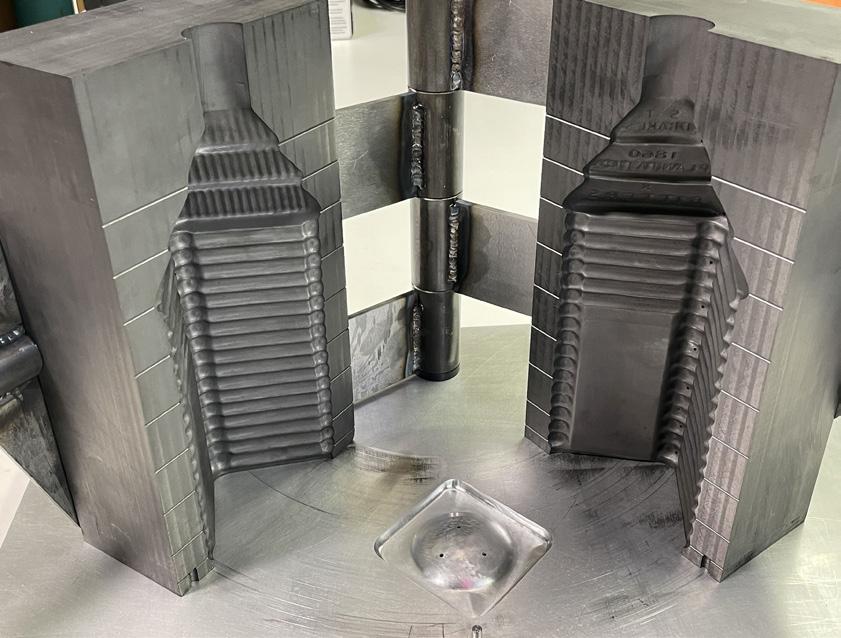
More on Bottle Transportation
Ferdinand: In response the “Jerry Box” article last issue please see the attached image of a black pelican case that is carry-on size. I typically do a single wrap of bubble wrap on each bottle, then place it in there; key is to make sure it is packed full and nothing is shifting. No issues ever getting this through security full of bottles (empty of course). Typically they don’t even search it—when they do it’s usually because there is some sort


of clear “leaded” glass that the x-ray machine can’t see through. I’ve made many trips flying from New Hampshire to Texas carrying a couple of these just loaded with bottles. There are cheaper versions of these as well from other manufacturers.
The other case is something many folks in Texas transport bottles in and it is put together by Wayne Fulks. He does them in a couple different sizes and they are pretty much bombproof. Perfect, especially for sodas. Best Regards,
Brandon DeWolfe Spring, Texas
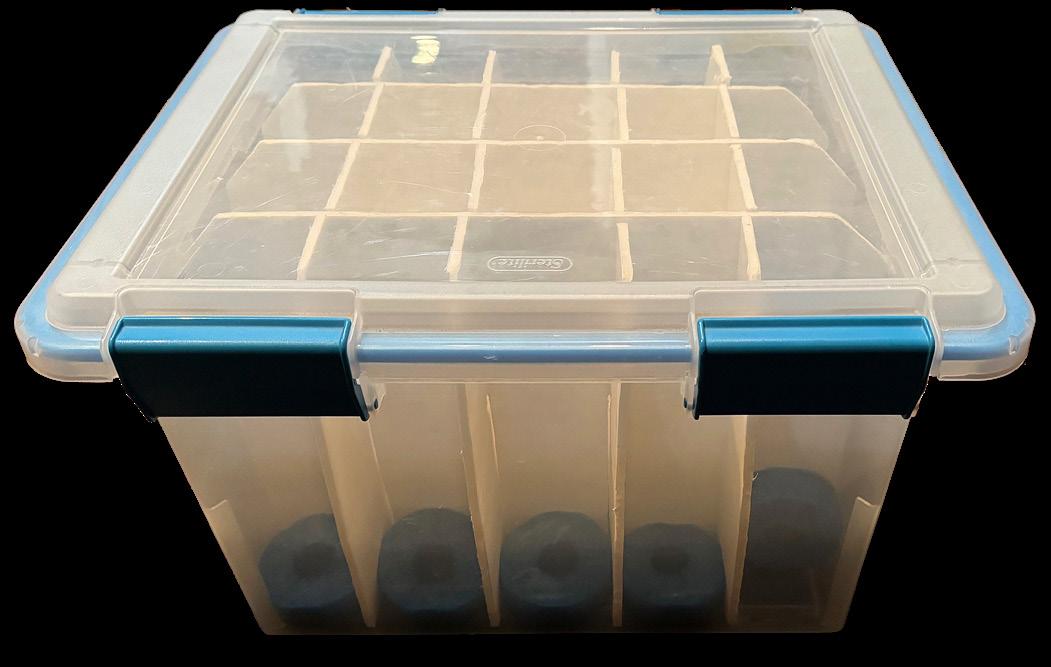
Clear & Aqua but Uncommonly Colorful Webinar #11
Ferd & Mike, thanks so much for taking a risk and letting me talk about “plain” bottles. It was my first-ever talk to fellow bottle collectors and I really wasn’t sure how it would go over, but I was delighted by their enthusiastic responses and questions. This is truly a great hobby where people can enjoy and be supportive of fellow members who enjoy different facets of collecting bottles. A note from Terry Lindblom came to my website within an hour of the presentation. What I thought would be an especially happy note is that he is now seriously considering coming to Houston 2024. You just never know what’s going to be the trigger for someone, but I’m glad I might have helped nudge someone in this direction. Again, thanks for the opportunity.
Andy Rapoza Conroe, Texas

May – June 2024 7
Facsimile example.
Drakes Plantation Bitters mold by Federation member Michael Craig.
FOHBC Regional News
Please visit FOHBC.org for expanded coverage.

Midwest Region [Henry Hecker, Director]
Even though I didn’t attend in person, reading club newsletters that carry their latest “Show and Tell” reports from monthly meetings makes for exciting reading:
The Detroit Bottle Club makes their show-and-tell sessions interesting by using letters of the alphabet to guide what members bring to the show. February was the letter “M” that made for some cool stuff. Found during a Marine City, Michigan river dive were two pieces of “M”oney. Two remarkable finds, a 1788 Spanish two-reale silver coin (minted in Mexico City) and an 1819 English half penny, indicate the amount of foreign coinage that still circulated in early America. The editor ponders, “What if these coins could convey the transactions they were part of before they came to their watery grave.” Another striking item brought for the show was a beautiful green Citrate of “M”agnesia bottle from a Detroit pharmacist, complete with the bail closure.
Midwest Antique Fruit Jar and Bottle Club members were encouraged to bring jar finds from the recent Muncie, Indiana show. That they did with a rainbow of colored and SCA jars as well as some interesting Mason variants.
The North Star, Minnesota Club always has great local bottles and stoneware (usually Red Wing in origin) show up. Among the finds from the February meeting was a nurser bottle embossed “Baby’s Friend.” What may not be well-known is how dangerous these turn-of-the-century glass nursers were to infants. From the Yale School of Medicine, “so-called ‘murder bottles’—a style popular in the late 19th and early 20th centuries that used a rubber hose to convey milk from the vessel to the baby. The rubber hoses proved impossible to sterilize completely, leading to infections that killed many infants. Despite moves to ban the bottles as early as 1897, they remained for sale in the Sears, Roebuck & Co. catalog—the mail-order Amazon of its day—as late as 1915.”
The Seeligers and Heckers will attend the upcoming Kalamazoo Michigan Show on April 6th and promote the Federation at a special table. I have not attended this show before and really look forward to this event.
The recent Milwaukee Show on February 4th was heavily attended, with over 500 people through the door. Dealers reported robust sales on an unseasonably nice day for winter in Wisconsin. What has really helped the club financially, as show venue fees and other expenses continue to rise, is the decision a few years ago to add an “early admission” option to ticket sales. The show had 89 collectors come through the door, which helped cover expenses.
Finally, I offer a tribute story that is very timely with the Houston 24 Expo coming up this summer. The Federation is featuring several “Holy Grail” cobalt bitters bottles, including the famous “Cobalt Fish Bitters.” This bottle and several of its elite blue “friends” grace our promotional literature and t-shirts.
I have a small connection to this blue fish, and while the provenance of this bottle may be well-documented in succeeding decades, its early life at the time of discovery may have yet to be well-known. While still in college in the early 1970s and already deep in the throes of the “bottle bug,” I met a gentleman by the name of Keith Swearingen, who at the time lived in Waupaca, Wisconsin, with his wife, Marlene. Keith was a gentle and caring man, just an all-around great guy who collected bottles, spurred by the discovery of the Waupaca old town dump. He worked that 1880s-1900 dump with others for several years, and I made several pilgrimages to his home to view and buy a number of his finds. Like all of us, he realized that bottles could also be obtained with much less work at house sales, flea markets and antique shops. One day, Keith spied a bottle in a shop in Ogdensburg, that piqued his interest…a cobalt Doctor Fisch’s Bitters. Remember, this is about 1972 or ’73, and Keith took a chance at $50, not sure it wasn’t a reproduction. But the story he was told made him think it could be real. Supposedly, it was found in a barn where the farmer had used its unique embossing and neck shape to grip the bottle and dispense oral medicine to cattle or horses. What if one of those beasts had bitten down too hard on this fish?!!! By the time I saw Keith on my next visit, he had sold the bottle (Bill Mitchell can tell the story from this point on in its provenance), but I will never forget the photo Marlene had taken of Keith, seated with the fish in one hand and a celebratory cigar in the other. Marlene got a new couch from the sale proceeds. The rest is history…it sure would be something if that photo still exists somewhere.
Northeast Region [Charlie Martin, Jr., Director]
I hope every antique bottle collector in the Northeast corner of our fine country considers attending the Houston 2024 Expo from August 01 to 04. If you are fortunate enough to arrive earlier, you should plan to attend the special “Glass in the Grass” event put on by “The Meyers” on July 31st. I, for one, am waiting patiently for the many activities in Houston to get underway. An event of this magnitude comes along only once in a lifetime. The Expo’s uniqueness is the brainchild of fellow board members Ferdinand and Elizabeth. Their willingness to wrestle with and negotiate the arrangements was a coup for the Federation. Our president, business manager, executive board members (past and present), and H24 volunteers have planned an outstanding “once in a blue moon…I mean blue bottles event!” for all attendees. See you in Houston!!
While talking with multiple bottle collectors at recent bottle
8 Antique Bottle & Glass Collector


shows, it became clear to me that the membership activity at the local club level is active in bottle research and other remarkable bottle collecting areas. As a result of those conversations, I request that the Northeast Bottle Clubs Newsletter Chairs include me on your electronic mailing list when you forward your club’s newsletter to your general membership. I can be reached at cemartinjr@comcast.net. That way, I will know what is happening at the bottle clubs in the Northeast. Also, with your permission, I can share the myriad of activities occurring monthly throughout the Northeast with fellow collectors. Thank you in advance for your kindness and consideration of including me on your email list.
Shawn Peters, the Baltimore Bottle Club’s show chair, forwarded his show report for our readers to enjoy. First, Shawn and I wanted to say how sad we were to hear of Ron Rainka’s passing on the Monday after the Baltimore Show. Ron was much loved and appreciated for his commitment to our hobby. He will be deeply missed by all who knew him. Rest in peace, my friend. Shawn reports that “…our building is 40,000 sq. ft. with 215 dealers from 22 states as well as the District of Columbia managing 336 tables. In addition to our dealers, we also enjoy(ed) hosting the FOHBC team based in Texas to help promote their organization and magazine. Before the show opened, we had 150 people waiting in line to enter, and between 9 am and 3 pm, we hosted 995 attendees. During and after the show, we heard nothing but positive reviews, which was a relief to hear after six months of planning. Rick Lease was our show organizer for the better part of 25 years, so I had big shoes to fill (as show director) along with my fellow volunteer, Micah Dolina. The vibe throughout the day continued to be that of old friends and family coming together for a large reunion. We had approximately 20 new dealers this year, and they blended seamlessly with the surrounding show members. Attendees seemed to be in awe when entering to see the size of our show, which is a good sign for the future of our hobby. We pride ourselves in reaching far and wide for advertising, which helps draw hardened collectors all the way to someone who is looking for their very first bottle.” As you can see from Shawn’s report, the Baltimore Bottle Club show is a five-star event here in the Northeast, and it is for our bottle-collecting fraternity, the Federation of Historical Bottle Collectors.
On March 24, 2024, the Somers Connecticut Antique Bottle Club held its 53rd Annual Show and Sale at Joanna’s Restaurant, 145 Main St., Rte. 190, Somers, Connecticut. Don Desjardins, show chair, could not have been happier. The prior day, Saturday, March 23, the area was inundated with a storm that left four-plus inches of cold rain over the entire state of Connecticut. The show day dawned with a brisk breeze and cloudy skies but not a drop of rain. The parking lot was entirely filled by 9:30 am. The day continued with a steady stream of antique bottle enthusiasts. This writer was one of the happy shoppers who brought

home several new pieces to add to his collection. Dealers were quite pleased with the foot traffic and shoppers’ willingness to part with a few dollars. All in all, this club has hosted a very successful event for over half a century. Until next time, Happy Collecting.
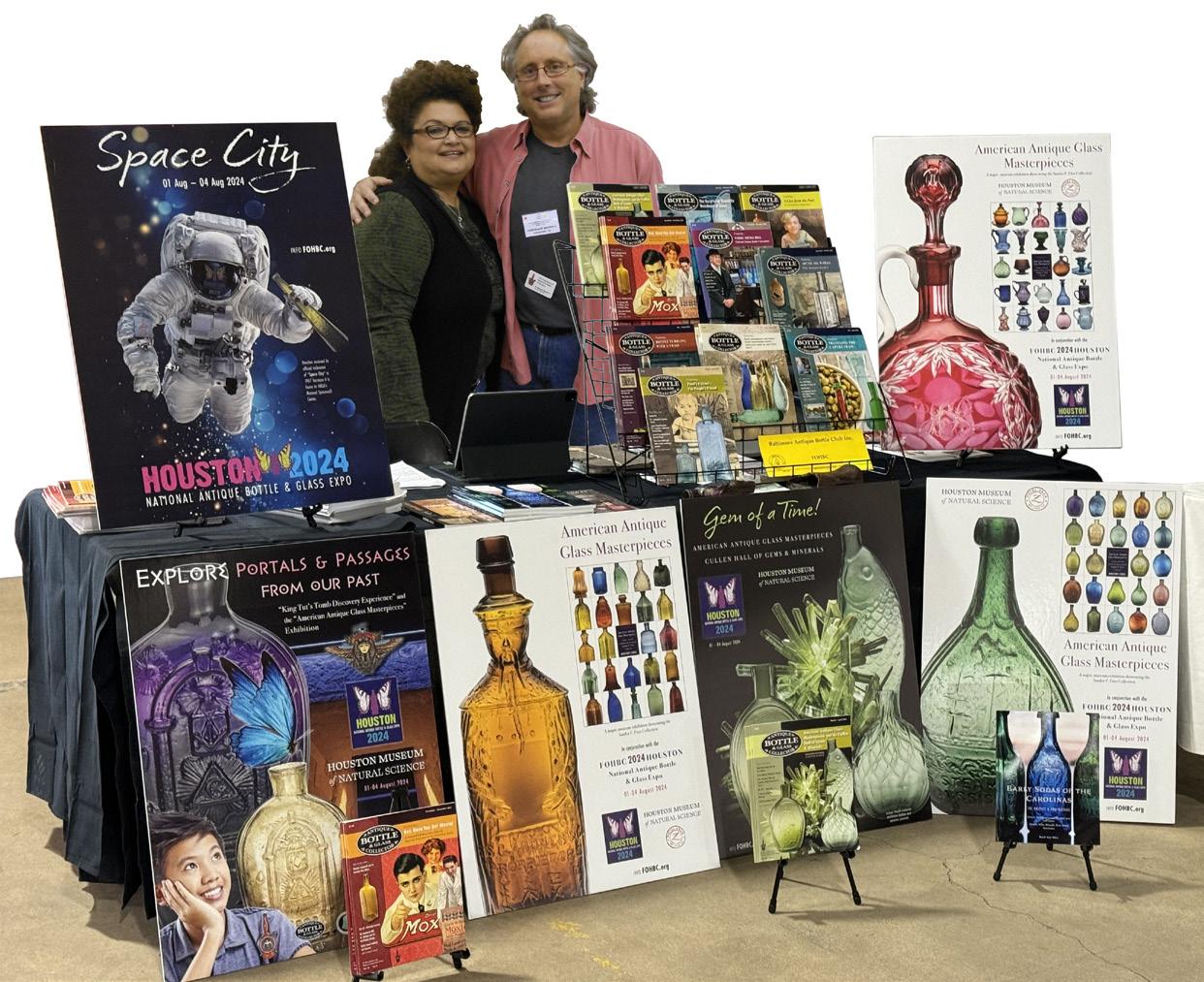
Western Region [Eric McGuire., Director]
I would like to give special credit for the job the Oregon Bottle Collectors Association does in its monthly newsletter, The Stumptown Report. Almost every month since 2003 the newsletter has contained a listing of Oregon bottles sold on eBay for the previous month, thanks to Bill Bogynska. Aside from the work involved, the list is a fantastic view of what is happening in the bottle-collecting world. Price trends and collecting trends are reflected in these lists. The last newsletter contains the following:
February eBay Sales – Oregon Bottles:
Label-only Kern’s for Drugs, (Rexall) Cottage Grove 1940s $39.99
Wisdom’s Robertine $19.06
Two embossed Baker Dairy ½ pt. milks $9.95
Embossed Fairview Dairy, Salem pt. milk $13.50
7” Plummer Drug Co. Portland bottle $9.95
Embossed Eugene Creamery pt. milk $37
Embossed Damascus Dairy Portland ¼ pt. milk $15
Lost River Milk qt. Pyro milk $19.99
Embossed Astoria “P” Ore. Qt. milk $8.99
Embossed Damascus Milk Co. Portland ½ pt. milk $9.49
Roseburg Brewing Co. (monogram) crown top beer $134.19
Embossed Damascus Milk & Cream Co. Portland, ¼ pt. milk $10
St. Helens Beverages 1941 ACL soda $61
May – June 2024 9
Continued...
FOHBC table at the Baltimore Antique Bottle Show with Elizabeth and Ferdinand Meyer.
FOHBC Regional News
Please visit FOHBC.org for expanded coverage.

Allen & Lewis Pure Olive Oil Portland 7 ¾“ $149
Mt. Hood Soda – Portland hutch soda $89
Clear, Oregon Importing Co. Portland whiskey $9.99
Northrop & Sturgis Portland hutch soda $40
Zimmerman, Portland whiskey $22.60
Colstin Natural Mineral Water – seltzer siphon $400
3 15/16” Chas. Rogers, Astoria drugstore $13.50
Clear, Oregon Importing Co. (fluted shoulders), Portland whiskey $162.49
Amber, Oregon Importing Co. (fluted shoulders) Portland whiskey $92
Portland Soda Works – Portland Hutch soda $175
Labeled 5th – Varwig & Son, Portland Whiskey $100
Jackson County Creamery, Medford embossed pt. milk $30
Amber Alpenrose Dairy – Portland qt. pyro milk $29.50
Royal Flush – Alberts Products, Portland 1940s ACL Soda $50
Crater Lake Dairy Products, Klamath Falls qt. pyro milk $36.01
Van Schuyver – Portland whiskey $24.99
Mellow Mist Beverages/Grover Beverages Grants Pass, Medford, N. Bend ACL $65
Palace Pharmacy, Albina drugstore $10
5 ¼“ McNair Bros, Ashland drugstore $17.39
Allen & Lewis Pure Olive Oil – Portland 10 ½“ $44.99
½ oz. Charles Rogers – Astoria drugstore $9.99
Etched – F. Zimmerman & Co. Portland shot glass $20
F. Zimmerman – Portland whiskey $45
5 7/8“ T. Wigman Druggist, Portland $9.99
Three ¾ oz. Medo Land restaurant creamers from Bend $29
Kerr – Economy Portland, qt. fruit jar $15
Embossed, Swastika Dairy, Portland pint milk (with embossed swastika) $99.99
For bottle collectors who venture into the “virtual world,” I would like to report on a Facebook page that has become an important tool for bottle collectors. “California Antique Bottles” has over 1,000 subscribers from across the U.S., and beyond. It has a decided Western bias, even though its subscriber base covers the entire country. For those who are new at this sort of thing, just Google “Facebook California Antique Bottles,” which should bring you to the site. You will need to request joining, which is a simple task.
Southern Region [Tom Lines, Director]
March has been the bottle show month for me. Baltimore the second weekend, Chattanooga/North Georgia Show the third weekend, and the Daphne, Alabama show the fourth weekend… Bam, Bam, Bam! That represents about 2,300 miles of driving! The bottle wagon (my Armada) says, “Dad, give me a break!” Here’s a look at each show.
Baltimore Antique Bottle Club Show & Sale (West Friendship, Maryland): Considered by many as one of the best shows
in the country, the offerings of collectible glass covered over three centuries of history. The most in-depth category represented were American historical flasks. This year, Jeff and Holly Noordsy introduced selections from the late Barry Hogan’s collection that dazzled all viewers. Plus, Ed Gray, Rick Ciralli, Mike George, and numerous other dealers offered other great flasks. Something over 300 tables with great bottles. I sold some but then “re-invested” more in mostly colognes and one emerald green chestnut, a color I didn’t have before. Nearly a thousand collectors came through general admission on a cool/cold, windy day on Sunday. I don’t believe anyone left disappointed.
Chattanooga North Georgia Antique Bottles & Advertising Show (Dalton, Georgia): With a Friday morning dealer setup starting at eight local time, I elected not to spend an extra night on the road to arrive on time. Instead, I made the estimated 3-hour and 45-minute drive up in a mere 4 hours and 15 minutes due to a blinding rainstorm where traffic barely moved at 25-30 mph. Another big show this year for only their third year since inception—with nearly 200 tables. Congrats to the show chairmen, Buddy Lasater and Jason Herron! The show had a decidedly Southern flavor to it with the variety of wares offered for sale ranging from beautiful crystals, Civil War artifacts, stoneware (both southern and northern), lots of advertising, insulators plus a good selection of flasks, bitters, medicines, ACLs and more. I snagged a few items to bring home including a nice medium copper-puce Hunter-Fisherman calabash and a Rockingham glazed reclining dog ink well.
Mobile Bottle Collectors Annual Show & Sale (Daphne, Alabama): Always a good show, drawing in over a hundred dealer tables and a steady flow of people on Saturday. Rod Vining was the show chairman—actually, his whole family pitched in to help with table setup. This is one of those homecoming shows for me as I visit with many friends I’ve known for decades. Some have passed on so the older I get, the more I appreciate real face time. I bought a number of things but only one keeper for my collection—a 7 ½” tall redware jug in perfect condition—pretty good for a 200-year-old jug! The variety of offerings reminded me of an antique flea market…with a little something for everyone. The real highlight of this show is going out to eat Friday evening at an Italian seafood restaurant in the next town to the south— Gambino’s in Fairhope. For several decades a group of four of us go out together—no one has ever left hungry!
Well, that wraps up March. April brings up the South Carolina Bottle Club’s 51st Annual Show & Sale (Columbia, South Carolina)...always a good one!, and in May, the Alabama Bottle Collectors Society will sponsor their 4th Annual Alabama Bottle & Antique Show (Gardendale, Alabama), now in its fifth year. Show Chairmen Keith Quinn and Steve Holland promise another sellout this year. Until next time, be well, everyone!

10 Antique Bottle & Glass Collector

May – June 2024 11
ACL CORNER #10 BUILDINGS



Build-ing (bil´diŋ), n. anything that is built, as a house, factory, etc.; structure.
Buildings are one of humankind’s great and unique accomplishments. From simple shacks to towering skyscrapers, our buildings protect us from heat, cold, wind and rain, as well as the people and creatures who might harm us. Not surprisingly, bottlers of applied color label (ACL) sodas sometimes depicted buildings on their bottles, both famous and not-so-famous. Let’s look at a few of them.
Webster’s New World Dictionary
[Mike Dickman]
[Fig. 1] Alamo Beverages, San Antonio, Texas, 1943.
12 Antique
& Glass Collector
[Fig. 2] Hall of Waters, Excelsior Springs, Missouri, 1963.
Bottle
BUILDINGS
[
Mt.
3]



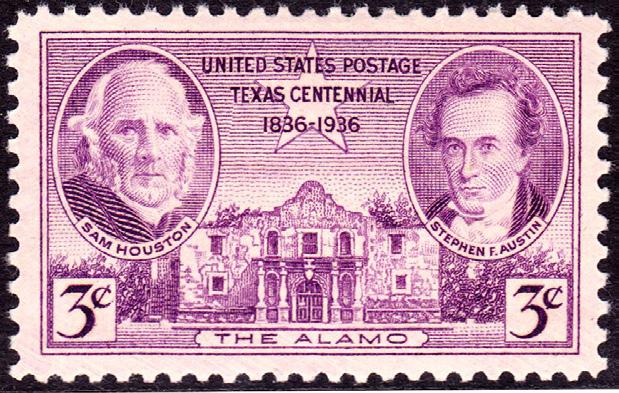
Alamo Beverages, a nine-ounce soda put up by the Alamo Bottling Works of San Antonio, Texas, in 1943, utilized an unusual green-onorange ACL. [Fig. 1] It shows the Alamo, a Spanish Mission in San Antonio that was the site of the Battle of the Alamo and is surely one of the most renowned buildings in American history. The battle was a pivotal event in the Texas Revolution that created the Republic of Texas. It lasted thirteen long days in 1836 as vastly outnumbered Texan defenders fought off thousands of Mexican troops under the command of General Santa Ana. Eventually, the Mexicans overran the walls as the Texans fought fiercely to the death, including Jim Bowie and Davy Crockett. As many as 257 American defenders were killed. However, nobody knows the exact number because General Santa Ana ordered the summary execution of the handful of defenders who surrendered and then had the American bodies stacked and burned. “Remember the Alamo!” became a rallying cry as the Texans soundly defeated the Mexicans a few months after the Alamo siege. Today, the Alamo is owned by the State of Texas and managed by the Daughters of the Republic of Texas. The soda bottle is attractive, historically interesting, relatively scarce, and always in demand by collectors.
A nice building with a less dramatic history is depicted on Hall of Waters, a water bottle put up by the Mineral Water System of Excelsior Springs, Missouri [Fig. 2] The ACL shows the Hall of Waters, built by the Federal Public Works Administration in 1936-37 during the Great Depression at a cost of over a million dollars (equivalent to $22+ million in today’s dollars). The building is notable for its handsome Art Deco style of architecture. It enclosed the various mineral springs that occurred on site and contained swimming pools, hot baths for men and women (which reportedly accommodated up to 600 people at a time), a polio pool, the world’s longest water bar where patrons could drink
[
Mt.

4]
Three cent U.S. postage stamp showing “The Alamo,” with Sam Houston and Stephen F. Austin, 1936.
The Alamo as it exists today.
Remember the Alamo!
Fall of the Alamo, painting by Robert Jenkins Onderdonk, 1903. Davy Crockett is shown wielding his rifle as a club.
Fig.
Vernon Club, Washington, D.C., 1950.
Fig.
May – June 2024 13
Vernon Beverages, Mt. Vernon, Ohio, 1952.


[Fig. 5]
The Home Beverage, Emporium, Pennsylvania, 1941.


[A] Two cent Mount Vernon U.S. postage stamp, 1956.
[B] The magnificent Art Deco entrance to the Hall of Waters.
[C] Postcard, circa 1938, shortly after the Hall of Waters opened to the public.
[D] Sylvania radio tube, circa 1940, approximately the date when The Home Beverage was bottled.
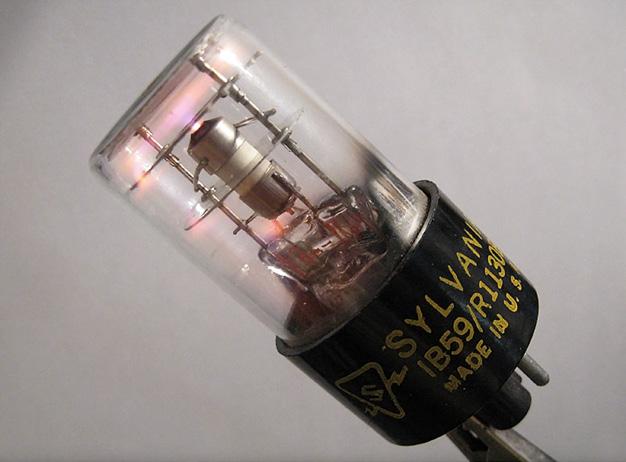

[E] The original Old Stone Fort, 1885, prior to its demolition.
[F] View of the Pittsburgh skyline as it exists today.
the waters, and a bottling plant that was shut down in the 1970s due to unsanitary conditions. The ACL bottles were made in sizes of 7, 10, 12, and 32 ounces, and the ones I’ve seen have embossed date codes on their bases ranging from 1948 through 1975. Examples are easily obtainable; my bottle is 10 ounces from 1963. The building is listed on the National Register of Historic Places and has served as the City Hall of Excelsior Springs, Missouri in recent years.
Mt. Vernon Club is a 12-ounce soda bottle put up in 1950 by the Mount Vernon Bottling Co. of Washington, D.C. [Fig. 3] It depicts a detailed drawing of the mansion at Mount Vernon, home of George and Martha Washington. Mount Vernon is located along the Potomac River in Fairfax County, Virginia, and was the seat of an antebellum plantation that by 1790 contained over 8,000 acres and thirty outbuildings. The Washingtons cultivated a wide variety of crops including tobacco and hemp. They also owned 317 African-American slaves, who, under the terms of George’s will, were to be emancipated upon the death of Martha. (Some were and some were not, for various legal reasons.) Another brand called Mount Vernon Beverages was bottled in Mt. Vernon, Ohio, in 1952. [Fig. 4] By the time this bottle was made, the product had been acquired by the Coca-Cola Bottling Company, as so many of the small mom-and-pop operations soon were to be. The city of Mt. Vernon was founded in 1805, a few years after George Washington’s death, and was named after his estate in his honor. The building shown on the ACL is the Knox County Courthouse, a majestic Greek Revival-style building that was constructed in 1855 in downtown Mt. Vernon, Ohio. Both the Knox County Courthouse and the Mount Vernon mansion are listed on the National Register of Historic Places. The soda bottles are hard to find, and the Mt. Vernon Club, in particular, is considered very rare.
[Fig. 6]
Stone Fort Beverages, Nacogdoches, Texas, undated but circa 1945

A modest little building is shown on The Home Beverage, a 7-ounce bottle with an all-white-ACL made by the Red Rock Bottling Company of Emporium, Pennsylvania. [Fig. 5] It is date-coded 1941. The ACL proudly states, “Emporium, Home of the Sylvania Radio Tube.” The radio tube was invented in America and contained electrodes mounted in a vacuum (a space devoid of matter) inside a sealed glass tube. It was the key component of electric circuits from the 1920s through the 1960s and was crucial to radios, early TVs, radar, sound recording systems and long-distance telephone networks. The industry was dominated by Sylvania Electric Products, Inc., which, as the ACL states, manufactured its radio tubes in the small town of Emporium, which had a population of just 3,775 souls in the 1940 census. The bottle is odd in touting an outside corporation rather than the product and may have been made to commemorate some kind of local event. The bottle demonstrates one of the fun aspects of collecting ACL soda bottles. I recently bought it on eBay for $75 because it struck me as unusual and interesting. I later learned that it is rare, with only two or three known examples.
The Old Stone Fort in Nacogdoches in east central Texas is shown on Stone Fort Beverages, an undated green-andwhite 8-ounce bottle put up by the local Coca-Cola Bottling Company. [Fig. 6] The building was constructed in 1779 as a trading post, using super-strong blocks of native iron ore, but it was demolished centuries later. A replica of the building was constructed in 1936 with New Deal funds, and it currently serves as a museum on the campus of Stephen F. Austin State University in Nacogdoches. The bottle is relatively scarce and is very popular with collectors.
14 Antique Bottle & Glass Collector
[A] [B] [C] [E] [D]
Several ACL soda bottles depict the U.S. Capitol Building in Washington, D.C., but the building shown on Capitol Beverages is the Nebraska State Capitol Building in downtown Lincoln, Nebraska. [Fig. 7] Opened in 1932 after ten years of construction, the building was the first statehouse in the U.S. to use an office tower format and houses the only unicameral legislature in the nation. Built entirely with native limestone, it is a National Historic Landmark. The 10-ounce bottle was made in 1944 by the Standard Bottling Company of Alliance-Scottsbluff, Nebraska and is very rare.
Some of the bottlers during the ACL era were proud of their company and thus featured a depiction of their building on the label. Some such bottles include Moresi’s, from Opelousas, Louisiana, 1950 [Fig. 8]; A-Treat Beverages, from Allentown, Pennsylvania, 1948 [Fig. 9]; and Prairie Brew Beverages, from Kansas City, Kansas, 1944, which was touted as “The Home of Quality” [Fig. 10]. Compared to massive, sprawling factories and manufacturing plants, these unpretentious little buildings have a quaint and homey feel that exemplifies the times.
Finally, many ACL soda bottles depict a rendition of the skyline of the city in which they were bottled, with lots of buildings shown. One especially attractive example is Pittsburgher Beverages, “Noe’s Since 1888,” sporting a red-and-white label on green glass from A. Noe and Son of Pittsburgh, Pennsylvania, in 1963. [Fig. 11]. Sixty years later, most of the buildings are recognizable and still standing.
Since we crawled out of our caves thousands of years ago, humans have constructed all sorts of buildings in which to live, work and play. From the 1930s through the 1980s, renditions of some of them found their way onto the applied colored labels of soda bottles and, from there, onto the shelves of today’s collectors, where they are cherished. The author welcomes comments, questions and suggestions at mikedickman@yahoo.com
The following photos are courtesy of Chris and Catherine Weide from their collection: Figures 3, 4, 6–9 and 10. Their wonderful website ca-yd.com shows hundreds of their ACL soda bottles
BIBLIOGRAPHY:
Sweeney, Rick, Collecting Applied Color Label Soda Bottles (3d ed. 2002, PSBCA) VintageSodaCollector.com by FOHBC member Tom Pettit, is a great resource containing hundreds of color photographs as well as interesting, useful articles about all things ACL. Wikipedia entries for the Alamo; Hall of Waters; Knox County, Ohio; Mount Vernon, Virginia; Nebraska Capitol Building; Old Stone Fort; Pittsburgh; Radio Tube; Sylvania.

[Fig. 7]
Capitol Beverages, Alliance-Scottsbluff, Nebraska, 1944.
[F]


[Fig. 8]
Morensi’s, Opelousas, Louisiana, 1950.

[Fig. 9]
A-Treat Beverages, Allentown, Pennsylvania, 1948.
[Fig. 10]
Prairie Brew Beverages, Kansas City, Kansas, 1944.

[Fig. 11]
Pittsburgher
Beverages, Pittsburgh, Pennsylvania, 1963.

May – June 2024 15
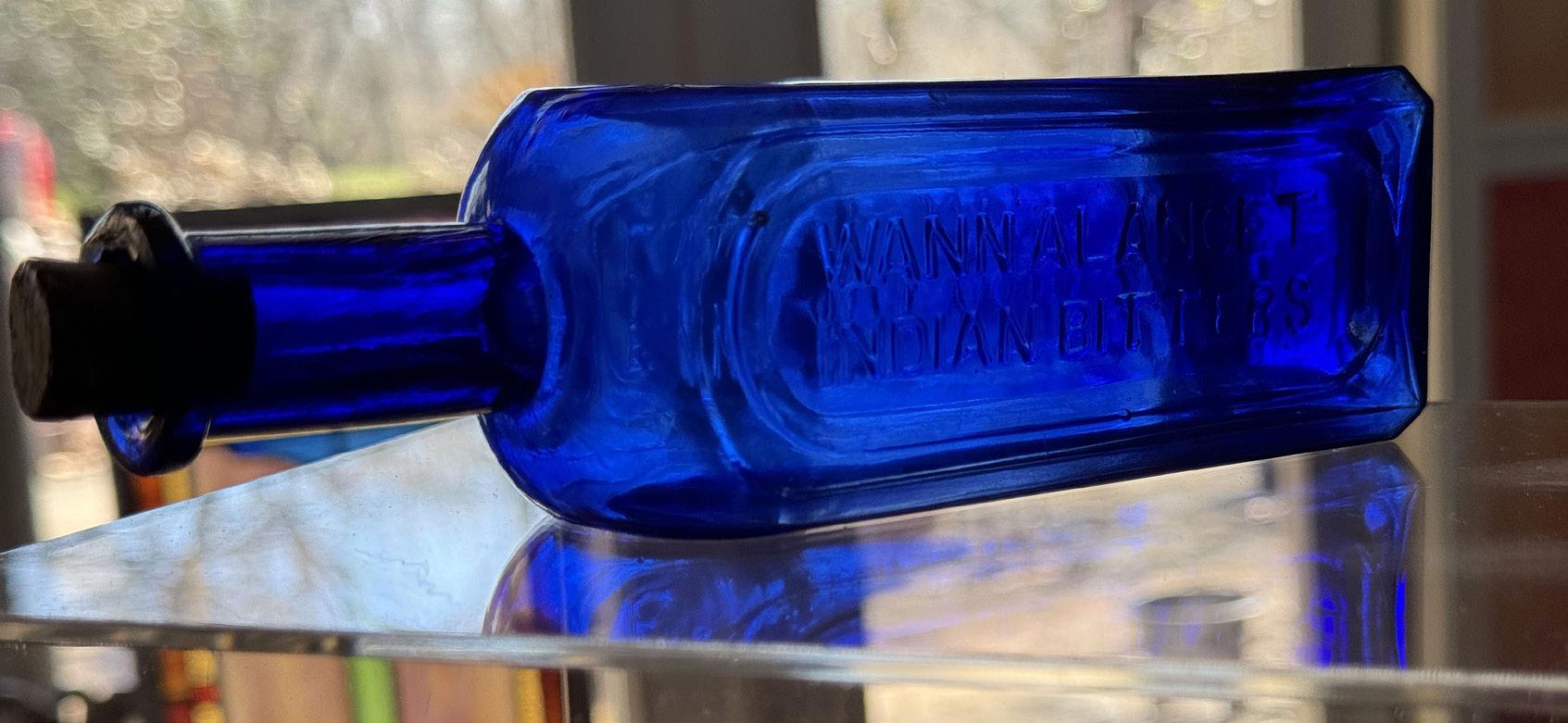
Wannalancet Indian Bitters fresh out of the package, with a little washing and clean-up for this article and Houston 24. Bitters Bottles listing below.
Tom Paskiewicz, Wannalancet Indian Bitters, Quincy Chamberlain, Lowell, Massachusetts, Charlie Martin Jr. and the last sachem of the Pennacook.
Compiled by Ferdinand Meyer V

I received a phone call last fall from a gentleman with a thick Yankee accent who took me on a journey. You see, he said, he had this rare cobalt blue bitters and would I like to display it at our upcoming Houston 2024 Exposition. I was all ears!
PART I – Call, Letter and Package from Tom
My name is Tom Paskiewicz, and I am an antique bottle collector from Billerica, Massachusetts, 25 miles north of Boston and eight miles South of New Hampshire. I have been collecting for about 47 years, plus or minus—who keeps track of time? My wife Nancy and I are 82 years old and have been married going on 53 years.
When I first started collecting in 1977 or so, I had to decide what to collect, and I ended up collecting Billerica, Mass. items, (milk bottles, etc.) second, Lowell, Mass. milk and medicines, etc., and third, bitters bottles—so I have three types of collections. And if I get a milk bottle that I do not have, it’s just as thrilling as getting a good bitters!
After a while, I discovered a bottle club in the Lowell area, joined and made many friends. The bottle club started in 1969 or so. One of those friends is Charlie Martin, FOHBC Northeast Region Director, and I am still in close contact with him. Another was Quincy Chamberlain, the “Dean of bottle collectors in the Lowell, Mass. area.” My wife and I became close friends with Quincy and his wife, Phyllis. I used to visit Quincy once a week to admire and talk about his Lowell bottles. One of those bottles was a Wannalancet Bitters (W 27). I believe he dug the bottle on Maple Street in Lowell at a very old dump site. At the time, the odd thing was that no one seemed to know how rare the bottle was or if it was the only one known.
As the years went by—bottle shows, flea markets, etc. came 1988. Quincy called me to go to his house one evening. While sitting in his bottle room, he said he wanted me to have the Wannalan-
cet Bitters. I was snookered, and then we talked about price, and that night, I went home with the bottle. Not long after, I can’t remember the date, Quincy passed away. He knew he was sick and did not tell anyone, so that’s how I am the keeper of the W 27 bottle. I am the third owner, and who knows who the original owner was who put it in the old Lowell dump.
After all these years, a good question is if the Wannalancet Bitters is unique. Is it the only example known? No other examples have been reported, including glass, shards, pieces...nothing. Another question is why the three cobalt blue figural bitters are the only examples known?
When I heard about the Houston 24 Expo, I thought you might like to borrow the bottle, display it, and tell the story, as I am too far away to travel, and I need to take care of my wife. I am also sending some go-withs to support my bottle and would like them back after the show.

16 Antique Bottle & Glass Collector W 27 WANNALANCET INDIAN BITTERS // sp // E. W. HOYT & CO. / LOWELL MASS. // sp // Try Wannalancet Bitters Made by Crowell & Harrison, (Successors to E. W. Hoyt & Co.) Apothecaries, 139 Central, Cor. Middlesex St. Lowell. 7 x 2 (4 3/8) 3/8 Square, Cobalt, 4sp, Extremely rare Copyrighted 1872

PART II – Quincy Chamberlain & Lowell
From Old Bottle Magazine, April 1977, A Passion For Lowell Bottles
“This is what really got me started collecting bottles,” said Quincy Chamberlain of 11 Crowley Rd. as he reached into his wallrack of bottles.
A Winan’s Bros. Indian Cure “for the blood” and for one dollar, a considerable amount of money in the 1800s. An Indian has been embossed on the small clear bottle that had been hand-blown in the mold. What was an “Indian Cure?” “A lot of alcohol,” said Chamberlain with a smile.
Quin Chamberlain collects old bottles, and unlike others, he collects them with a passion. In fact, he has over 300 bottles from the 19th century from Lowell, the largest collection of Lowell bottles that he knows of, among his general collection of 600 19th century bottles.

“I said I’m going to save bottles in the first place,” he said. “And I knew I had to specialize.” So his specialty became any bottle with the word “Lowell” on it, whether directly embossed onto the glass or printed on a paper label.
And in a special room, lined up in his specially hand-built wall rack, there they are, the humorous reminders of 19th century medicine: Indian Restorative Bitters for Dr. George Pierce, tiny clear C. I. Hood pill bottles, blue wedge-shaped poison bottle from Bailey & Co. pharmacy, another clear, medium-sized bottle of Clement’s Genuine Osceola Liniment “prepared by J. Cochran.” Four different sizes of clear bottles from Butter’s Drugstore…
The

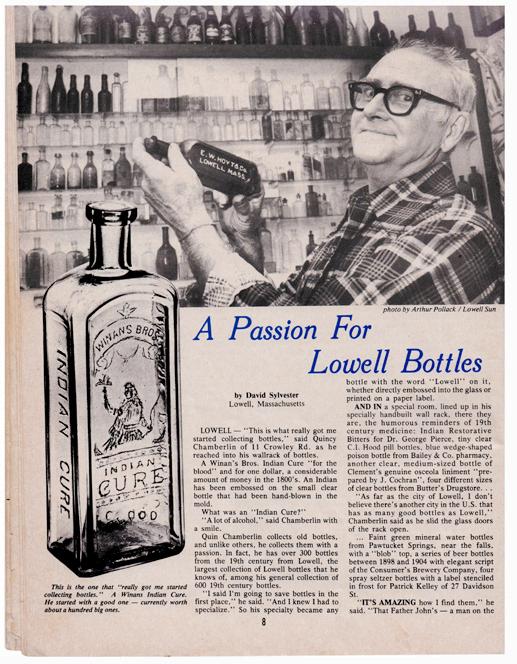

For support, Tom provided a copy of his issue of the April 1977 Old Bottle Magazine with an article profiling Quin Chamberlain called “A Passion For Lowell Bottles,” by David Sylvester that had been reprinted from The Lowell Sun.
“As far as the city of Lowell, I don’t believe there’s another city in the U.S. that has as many good bottles as Lowell,” Chamberlain said as he slid the glass doors of the rack open.
…Faint green mineral water bottles from Pawtucket Springs, near the falls, with a “blob” top, a series of beer bottles between 1898 and 1904 with elegant script of the Consumer’s Brewery Company, four spray seltzer bottles with the label stenciled in frost for Patrick Kelley of 27 Davidson St.
“It’s amazing how I find them,” he said. “That Father John’s—a man on the other side of Syracuse, New York had it. I saw him in a bottle show, but he wouldn’t sell it. Three weeks later I got a letter from him saying he was ready to sell it.”
…Twenty clear, graceful milk bottles from different Lowell dairies, Kidder’s Bitters from Bailey & Co., four Father John’s bottles, “one with a paper label that is awfully hard to get,” a clear flask with pewter ribbing encasing it from the Hotel Richardson, off Middlesex Street…
May – June 2024 17
two embossed sides of the cobalt blue Wannalancet Indian Bitters.
[Left] For support, Tom provided a copy of an authentic advertising trade card for Wannalancet Bitters.
Chamberlain’s prize possession is a E. W. Hoyt & Co. Wannalancit (sic) Indian Bitters bottle, “the only one known.” It’s a special bottle because it is blue glass and it has the word “bitters” on it.
PART III - Charlie Martin, Jr.
From the FOHBC.org website.
Charles (Charlie) Martin, Jr., FOHBC Northeast Region Director, lives in Yarmouth Port, Massachusetts, with his wife Jane. They have three grown children from a blended family that lives in Old Lyme, Connecticut, San Diego, California and Georgetown, Massachusetts.
Charlie has been a collector his entire life with baseball cards, comics, coins, stamps, specimen seashells, and especially antique bottles. He is a past president of the Merrimack Antique Bottle Club of Massachusetts. A highlight of his tenure as president was getting Carlyn Ring to speak at a club meeting while she was still compiling her For Bitters Only book. He was fortunate to have several unlisted bitters in his collection that she did not know about. His primary focus in collecting is Clarke’s Vegetable Sherry Wine Bitters. He has been working on a run of these bottles with all sizes and variants for many years. Just when it appeared that he might complete the run of sizes and variants, Ring, Ham and Meyer issued their Bitters Bottles Supplement 2, which included two previously unknown variants! Back to the hunt. Charlie also collects all ephemeral material related to bitters products: trade cards, handbills, almanacs, labels, invoices, and letterheads, to mention a few categories. Label-only bitters are also a favorite of his collecting passion. Charlie retired from his position as Superintendent of Schools twenty years ago and notes that the issues he was dealing with back then are still the same issues his friends and colleagues are wrestling with two decades later. Charlie is assembling an Atwood’s Jaundice Bitters bottles group for his sevenyear-old grandson, who lives in Georgetown, MA. He believes that those of us in the bottle-collecting hobby must create an opportunity for the next generation of “guardians of the glass” to ensure our wonderful hobby survives.
PART IV – Wannalancet

successively a priest, a sachem, and finally, a grand sachem and basheba of the Pawtuckets. He divided his time between Pawtucket Falls and Pennacook.
The first white visitor to Lowell, of which visit any records remain, was Rev. John Eliot, of West Roxbury. He was employed, under the colonial authorities, as Agent and Missionary among the Indians. The apostolic beauty of his life and doctrine, the goodness of his heart, and the nature of his vocation won him the endearing name “The Apostle to the Indians.” He first came here about the year 1648 and remained many days preaching to the natives who heard him with willing ears. He frequently repeated his visit during the following quarter century, and reports note that many received the gospel.
When Passaconaway first saw the Apostle Eliot, he expressed much fear of the “long-faced man with the black book under his arm.” But in 1651, Eliot visited him, labored with him, and made him a convert to Christianity. He submitted to the English jurisdiction in 1644 but frequently appeared at the Governor’s Court, in great pomp, with his two sons, to repeat the ceremony of submission and never was false to his professions of friendship. The English always regarded him as a brave, sagacious, wholesouled man and admired him for his artful address, his finesse, and his skill at Indian diplomacy.
In 1660, Passaconaway, having become very old, followed the example of Charles the Fifth, Emperor of Germany, who resigned the government to his son and retired from the world. A great concourse of chiefs, braves, and lesser tribes of the Pawtucket confederacy was called. Many eloquent speeches recounted heroic experiences related to the assembled orators and sages of the tribe, enough to make the fortune of a hundred novelists. The last words and dying speech of old Passaconaway drew rivers of tears from the people over whom he had ruled so ably and so well for so long. He pronounced his paternal blessing on Wannalancet, his son and successor, and exhorted him and his people, again and again, never to quarrel with the English. Wannalancet reigned for many years.
From Bitters Bottles by Carlyn Ring and William C. Ham Wannalancet was the son of the great King Passaconaway, ruler of the Pawtucket monarchy, which had Lowell as its capital in the 1600s.
As the capital of the Pawtucket monarchy, this place was the seat of government of the great Indian King Passaconaway, the first great sachem of the Pawtuckets, with whom the white settlers formed an acquaintance. Passaconaway was a self-made man. He began life as an Indian conjurer or pow-wow and became distinguished for his skill in the kindred arts of politics and necromancy. Pushing his way with his own strong arm, he became
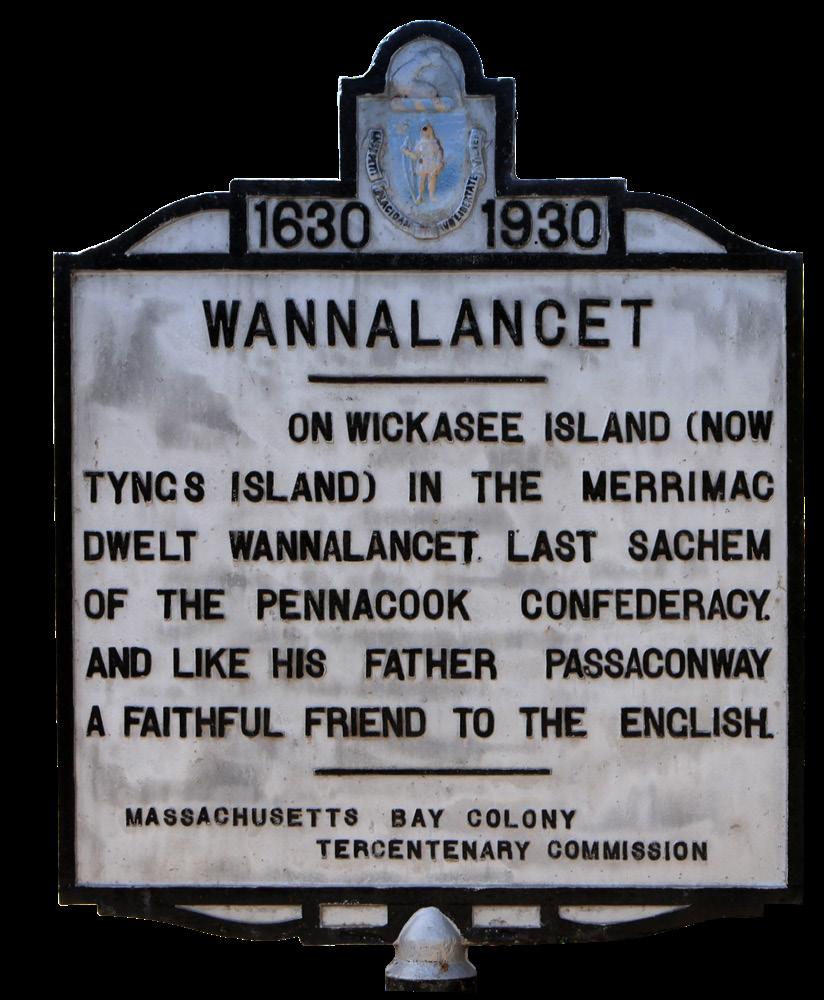
1630–1930 Wannalancet historical marker, Massachusetts Bay Colony Tercentenary Commission.

18 Antique Bottle & Glass Collector
Virtual Museum News
By Richard T. Siri, Santa Rosa, California

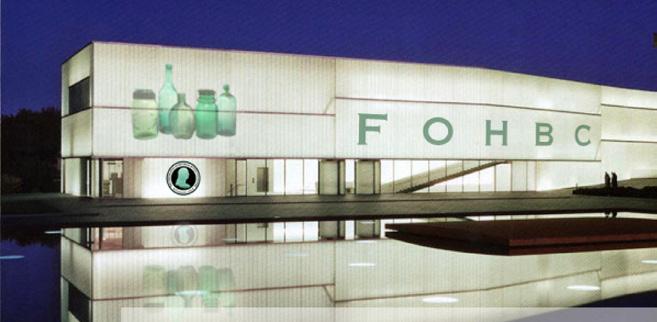
Have you visited the Virtual Museum lately?
Talking to various FOHBC members, I noticed that quite a few still need to visit the Museum. Reasons given are: “forgot about it,” “don’t have time,” “I see it in the magazine but don’t follow up online.” Whatever the reason, if you’re not checking it out, you’re missing some great bottles and glass!
The antique bottle shows in the West always used to have great displays, but not so much now. Even our national conventions have fewer displays. The reason for this is that the better displays have top bottles that are rare and expensive. The owners of these bottles want to avoid the risk of hauling and displaying them. Here’s where the Virtual Museum comes in. You can see the bottles that you will never view in person. Collectors have allowed our imagers to capture their special bottles and glassware digitally—not only the image but the story that goes with them. So, set aside some time and check out the Museum. It’s bringing some of the best our hobby has to offer—for research and enjoyment.
Winter limited travel plans for imaging. Alan DeMaison, our chief imager, has been editing specimens for months, finishing the Eric McGuire (Western bottles) and Doug Shutler (Soda Water) collections. The Virtual Museum is scheduling imaging trips again this Spring. Alan is also setting up and imaging at the FOHBC Houston 24 Expo. Contact him to schedule a day and time for your items. There are plans for Alan to remain in Houston for an additional five days to capture the rare bottles from the American Antique Glass Masterpieces Exhibition and the David P. Wilber and Anthony Gugliotti Barber Bottle Collections Exhibition.
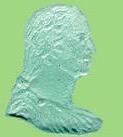
For gift information contact: Alan DeMaison, FOHBC Virtual Museum Treasurer, 1605 Clipper Cove, Painesville, Ohio 44077, a.demaison@sbcglobal.net
The FOHBC Virtual Museum has been established to display, inform, educate, and enhance the enjoyment of historical bottle and glass collecting by providing an online virtual museum experience for significant historical bottles and other items related to early glass.
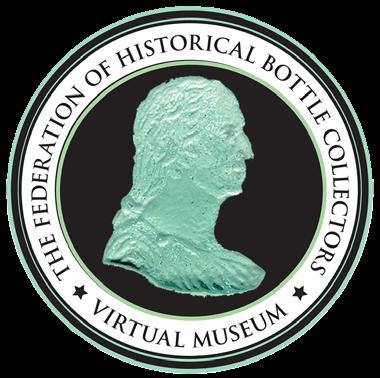

Please
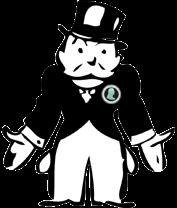



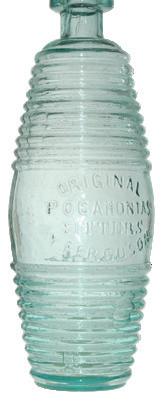
Please help us with our Phase 4 fundraising capital campaign to continue development of the FOHBC Virtual Museum. The FOHBC and the Virtual Museum team thank our many donors who have helped us raise over $105,333 to date. We have $18,278 in available funds to continue development to build our galleries, exhibition hall, research library and gift shop. Donations are tax deductible. All donors are listed on our Virtual Museum Recognition Wall
With one salaried website technician averaging $1,200 a month, we need help. We are continually traveling to collections, so more costs are incurred. All other time is donated by the Virtual Museum team out of our love and passion for the hobby and the FOHBC. Thank you!
Donations to the Museum are always needed to ensure we continue. We are a 501(c)(3) educational club, so your donation is tax deductible.

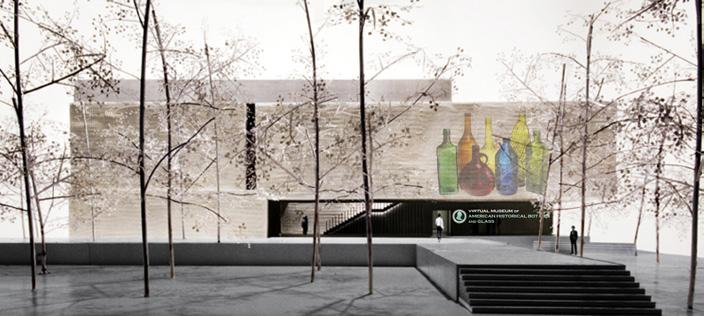
May – June 2024 19 EHT EF D E RATIONOFHISTORICALBOTTLECO L L E SROTC VIRTUAL MUSEUM Phase 4 Phase 2 Jar Filled Dec. 2021 Phase 1 Flask Filled Dec. 2018 Phase 3 Barrel Filled Dec. 2022 19 Antique Bottle & Glass Collector
FOHBC Virtual Museum .org
5k 10k 15k 20k 25k 30k$ $ $ $ $ $ FOHBC
AND GLASS
VIRTUAL MUSEUM OF HISTORICAL BOTTLES
help us fill our PHASE 4 “Wishart’s Pine Tree Tar Cordial” bottle.

20 Antique Bottle & Glass Collector
Texas Sweet HOUSTON



West Texas Intermediate (WTI) is a light, sweet crude oil that serves as one of the main global oil benchmarks. It is sourced primarily from inland Texas and is one of the highest quality oils in the world, which is easy to refine. 01

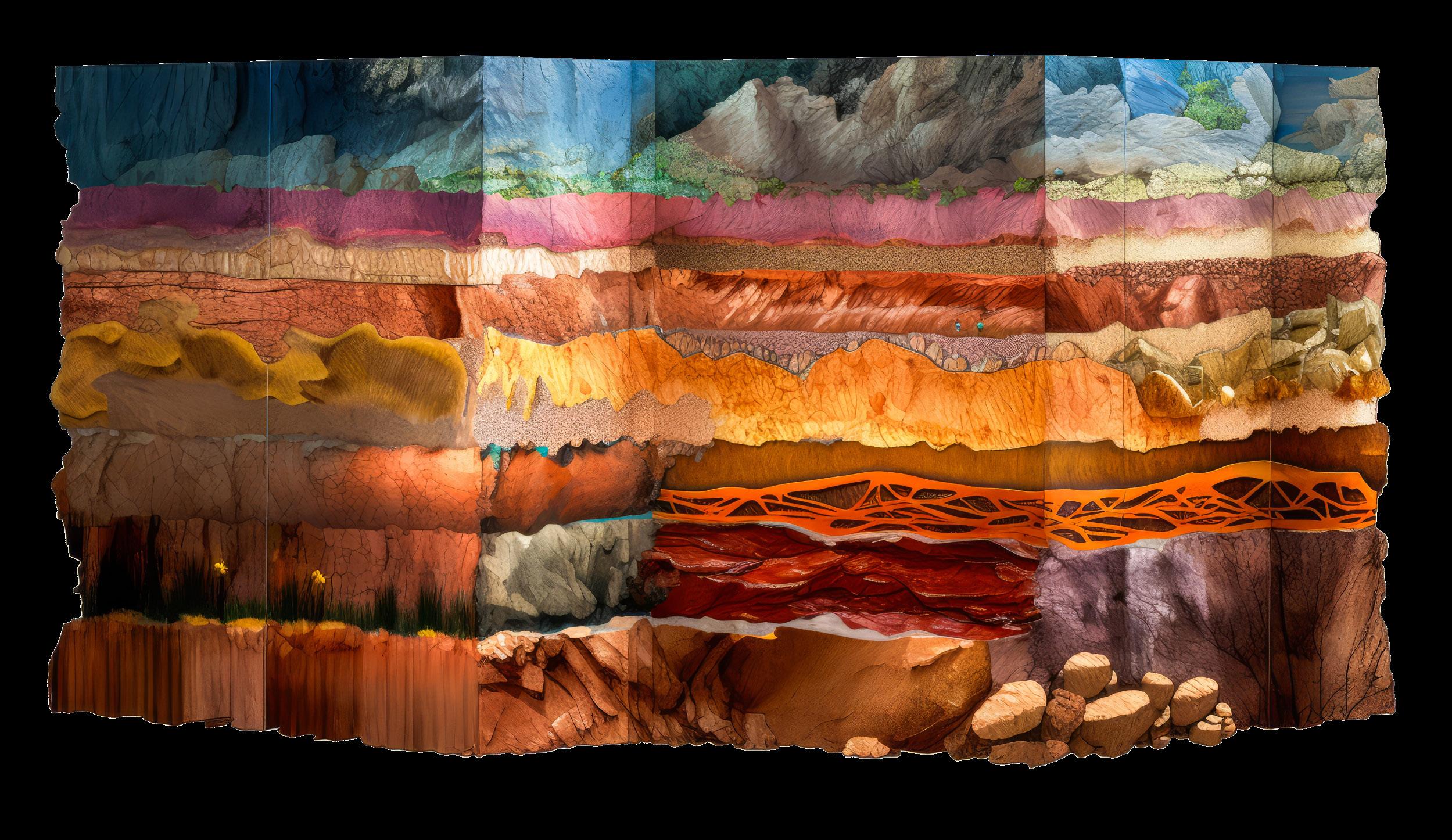
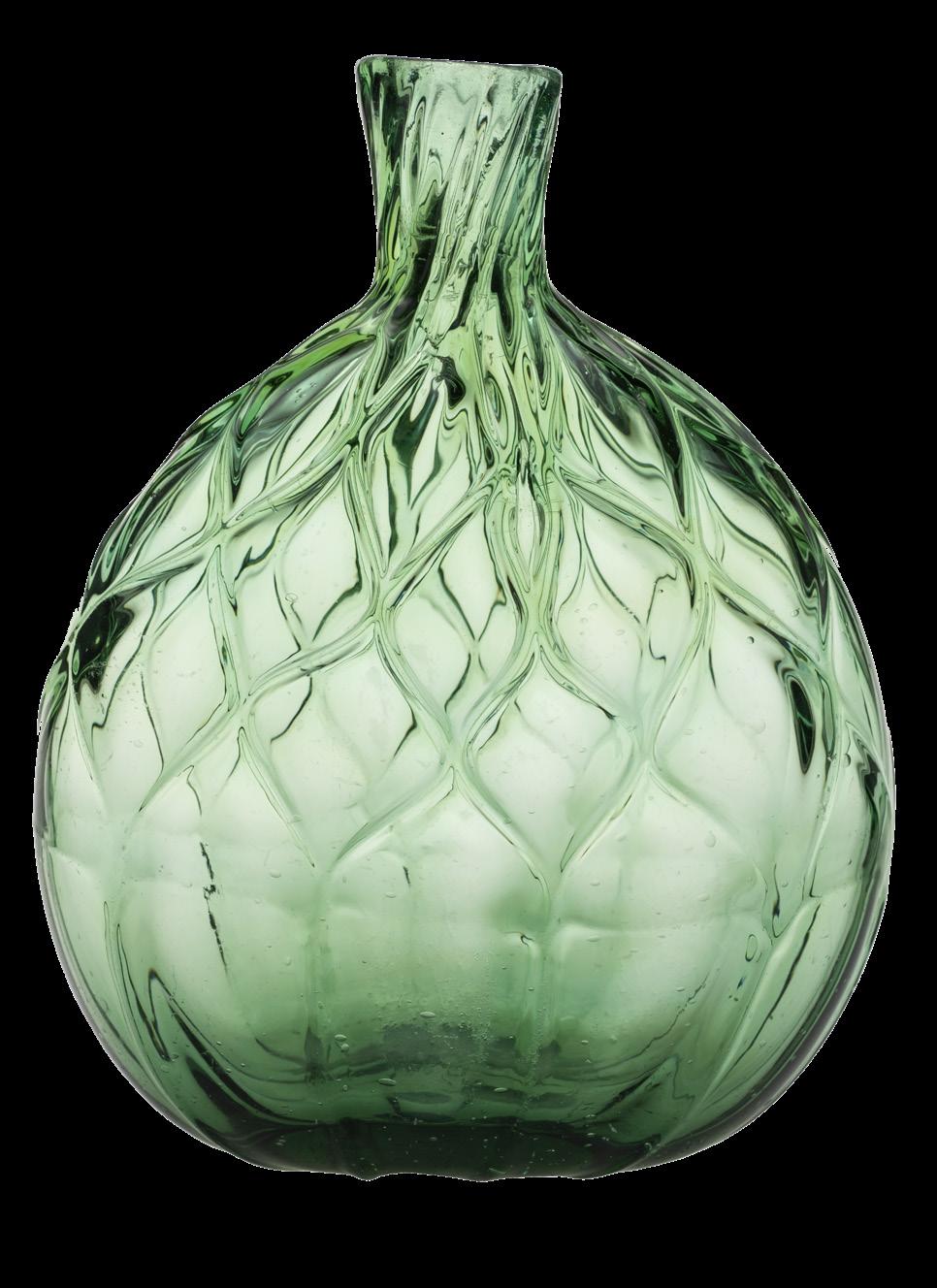

INFO FOHBC.org
Aug – 04 Aug 2024
May – June 2024 21
FOUND: Peacock Blue Stopper For Ayer’s Hair Vigor Bottle
In my story, The Covid Bottles of 2020, published in the September and October 2021 issues of Antique Bottle & Glass Collector, I described several exceptional bottles dug that year. Amongst them was my discovery of my first-ever peacock blue Ayer’s Hair Vigor about five feet deep in a turnof-the-century ash dump in October. Holding it up to the sunlit sky, I confirmed the bottle was in beautiful condition, and I was thrilled with my great fortune [Fig 1]. However, to my dismay, the coveted matching glass stopper was missing. Thus, I immediately initiated a desperate search for the bottle’s peacock blue companion, sifting through all the ash surrounding the bottle, but to no avail. Nevertheless, with this gorgeous and extraordinary bottle safely wrapped up in my backpack, I went home a very happy and content man that evening.
As someone with OCD traits, I could not let the missing stopper go. My thinking was that as diggers uncover Ayer’s Hair Vigor bottles with missing stoppers, diggers must also be finding Ayer’s stoppers with missing bottles. With a wide audience available to me via the Internet (specifically, Facebook), I assumed it would be fairly simple to find someone willing to sell me the matching stopper at a reasonable price. I posted the bottle on various Facebook digging and hair bottle pages, but once again, my efforts to find a stopper for this bottle were frustratingly futile. I was dismayed, but figured that somewhere, somehow, someday, the stars would align, and fate would provide me the corresponding crown to this bottle.
Over two and a half years went by with no developments. Then, on June 15, 2023, while searching through the latest digging posts on Facebook, I was admiring some exceptional bottles recently dug by Michael Patricks in Maine and posted on the Antique & Vintage Bottle Collectors page. To my astonishment, the finds included a small oval cobalt blue B. P. Co. medicine bottle with what was clearly a peacock blue Ayer’s Hair Vigor stopper inside! [Fig 3] I immediately sent Michael a private message, congratulating him on his great day digging, and asked if he’d be willing to sell the stopper. Michael was gracious but wisely decided to hold onto it, hoping the missing bottle would soon turn up. I’d love to know the story behind someone randomly placing the Ayer’s stopper in the BP bottle before throwing it away roughly 115 years ago.
The next twist in the story came just three months later, on Saturday, September 3, 2023. I was in Jim Healy’s home with my nephew Michael, picking up my recently dug White’s Utica Pine jug from Jim, the Stoneware Doctor, who had added the missing handle. Taking the opportunity to look through his fabulous collection of dug bottles, stoneware and pot lids, I spotted a glass stopper on one of his display shelves that looked like it belonged to an Ayer’s bottle!
With my heart now beating at a considerably increased rate, I picked it up and held it to the window. It was hard to tell without an Ayer’s bottle handy for reference, but it looked like it could
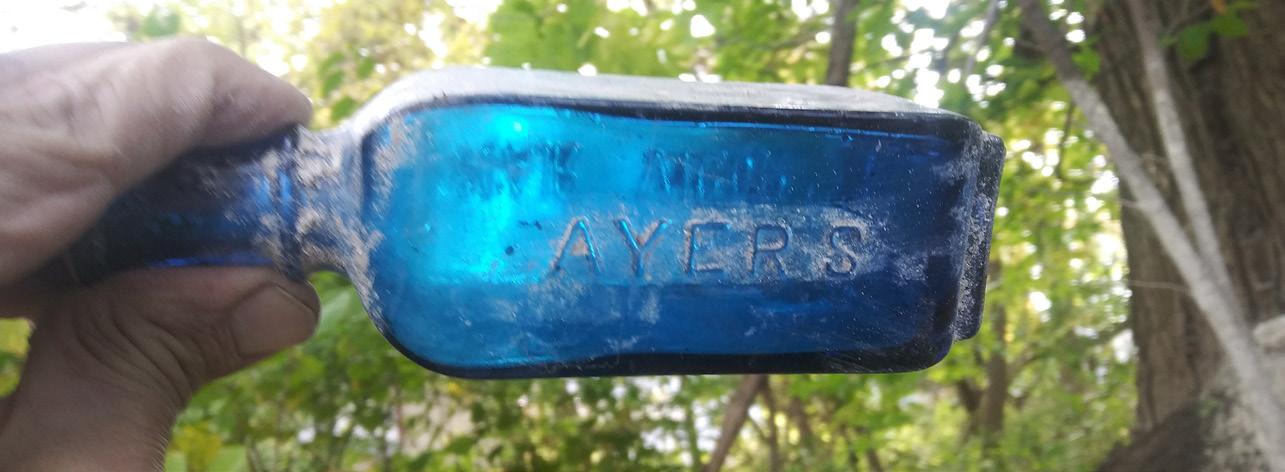
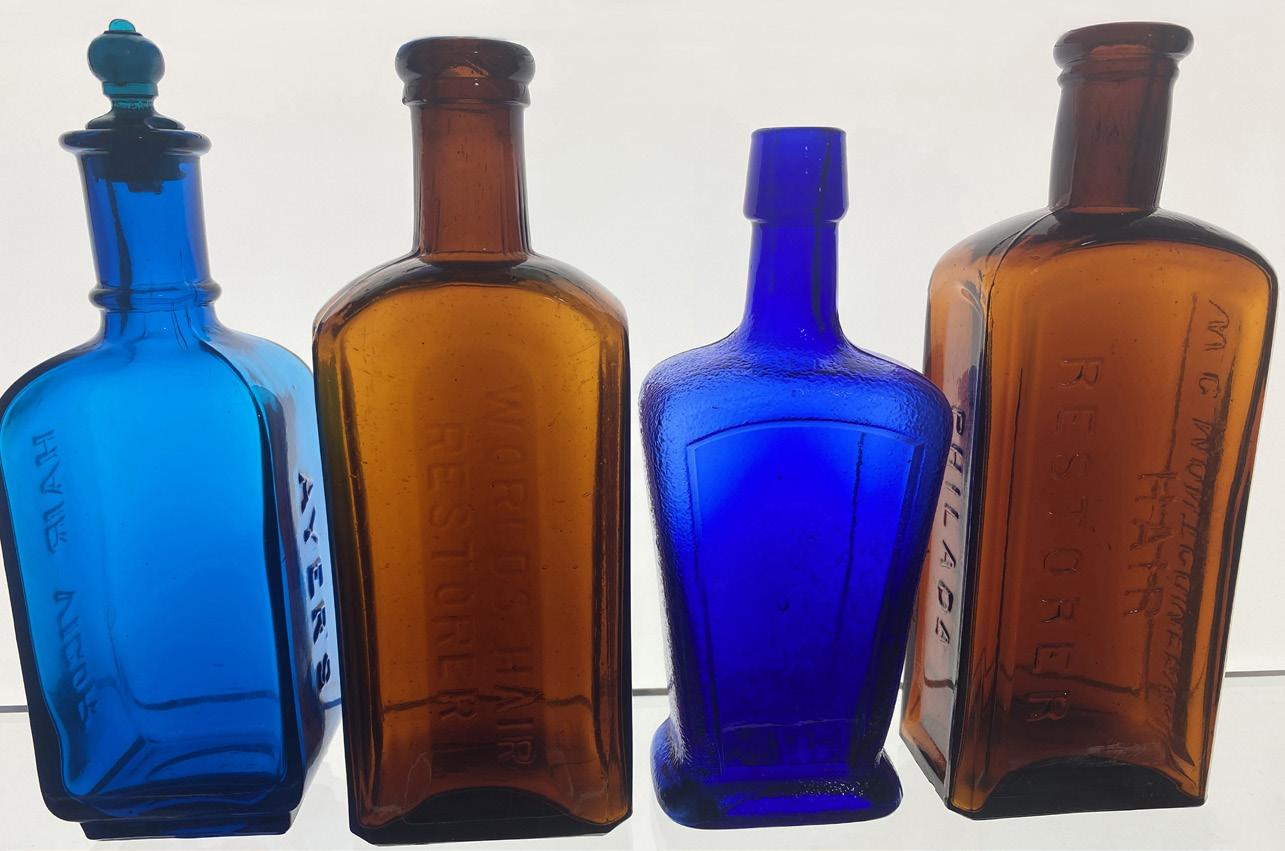


22 Antique Bottle & Glass Collector
[Fig 1]
[Fig 1] My first and only dug Ayer’s Hair Vigor bottle fresh out of the ground, October 2020.
[Fig 2] The cleaned-up Ayer’s Hair Vigor highlighting its peacock blue color in the natural light of day.
[Fig 3] Michael Patricks’ freshly dug Ayer’s stopper stuck inside a cobalt blue B.P. Co. pill bottle!
[Fig 2]
[Fig 4]
[Fig 3]
[
By John Savastio
be a match. It also appeared to have a little green to it, so it occurred to Mike and me that it may also go to a Hall’s Hair Renewer. Being the always generous friend, Jim insisted that I take it, regardless of the accompanying bottle. Upon arriving home, I immediately took the stopper to the bottle room and confirmed it was not the same distinct color. Damn. It was, however, the exact same size and design as the Ayer’s stopper, and as the shade was not too far off, I drilled a hole in a fitting cork I had, wedged the stopper in, stuck it in the top of the Ayer’s, and now had the next best to the real thing. [Fig 4]
My tepid state of contentment was blissfully disrupted a few months later, on November 8, when Michael contacted me out of the blue to let me know he had found another Ayer’s stopper! This time, though, it was on the top of a broken Ayer’s [Fig 5], and he offered to send it to me if I was still interested. Hell yes, I was interested! There was a small chip on the rim, but it was minor.
A few weeks later, the package arrived, and I quickly and eagerly unpacked it and brought it down to the bottle room. Soon, it was in its rightful place: a peacock blue Ayer’s stopper resting inside a peacock blue Ayer’s Hair Vigor bottle [Fig 6]. A small wrong had been righted in the universe and felt good. Thank you, Michael Patricks, for your generosity and Godspeed to you in digging your own mint condition peacock blue Ayer’s.
]

[Fig 5]
James Cook Ayer and Edward Haeffely registered a patent for a “Composition for Coloring and Dressing Human Hair” on January 28, 1868. The primary ingredients were tartro-plumbite of soda, glycerin, and water. There were several variations of the recipe throughout the years. Quoting from my 2021 article, “In the early years, Ayer’s Hair Vigor was in direct competition with Hall’s Hair Renewer. They were not in competition long though, because Ayer bought out Hall in 1870. Note that Ayer’s Hair Vigor and Hall’s Hair Renewer were very similar to each other. Early bottles for both products were oval, embossed only on the base, with tight wrappers around the entire bottle.”
Ah, but all that was to change dramatically. The 1908 Ayer’s Almanac made the following exciting announcement about the Hair Vigor: “The new bottle is of the finest and best flint glass, of a beautiful peacock-blue color. It is fitted with a practical and most unique patent shaker. The whole forms a decided ornament to any dressing table.” The new peacock blue Hair Vigor bottle was made from 1907 to 1913. From 1914 to 1930, the same shape and sized bottle was machine-made, and the color went to cobalt blue. The Hall’s Hair Renewer bottle also went through similar transformations during the same time. I am now content and very joyful that I can, at long last, crow I dug an Ayer’s with a lovely and “most unique patent shaker.”
[
]
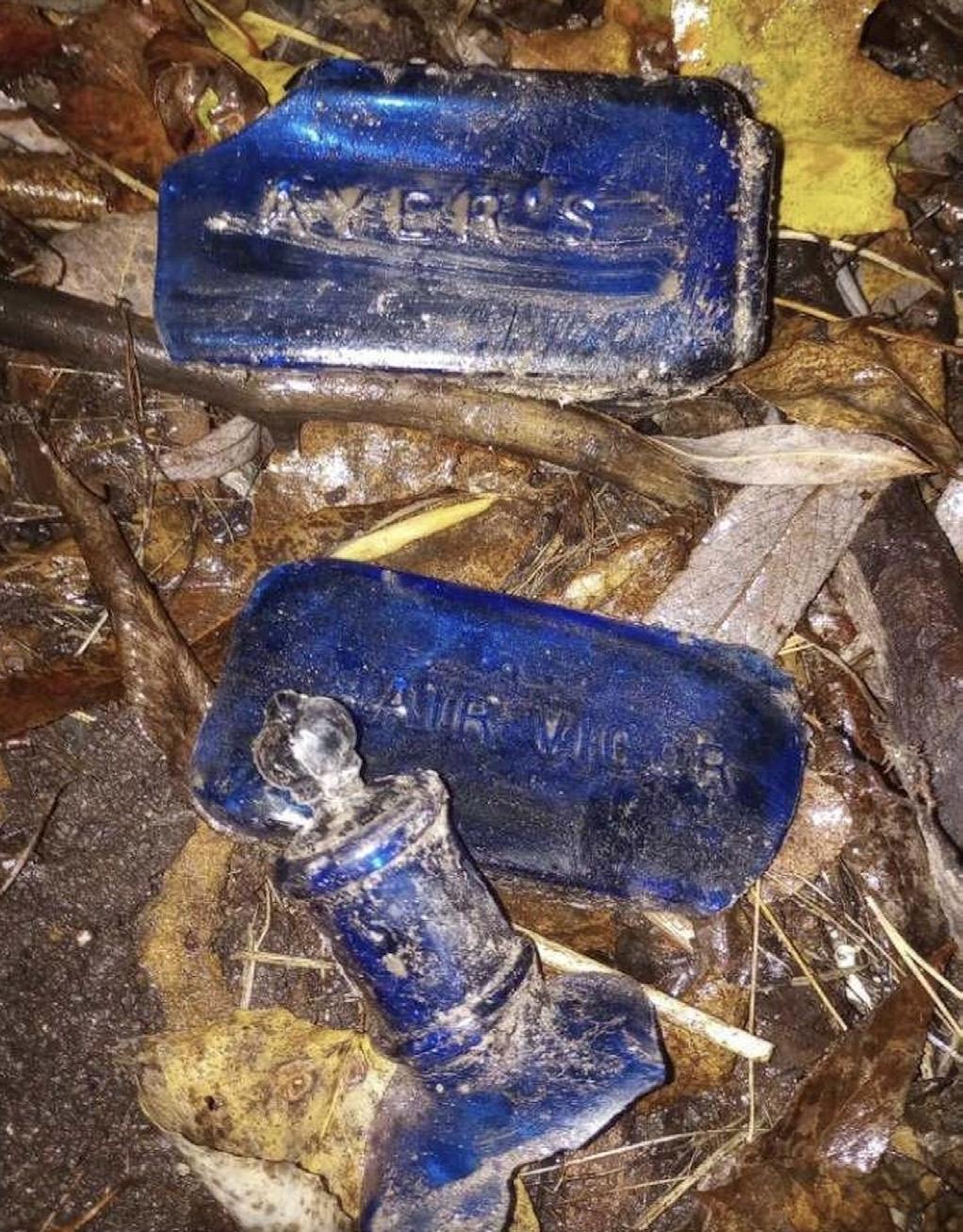
[
6

[Fig 6]

May – June 2024 23
Fig 4
My Ayer’s Hair Vigor with a Hall’s Hair Renewer Stopper. Nice, but not quite right! (Paired with a few other dug hair bottles for contrast and comparison).
Fig 5
Michael’s second dug Ayer’s stopper, stuck inside a broken Ayer’s bottle.
Fig
] My Ayer’s Hair Vigor at long last paired with a proper peacock blue crown!
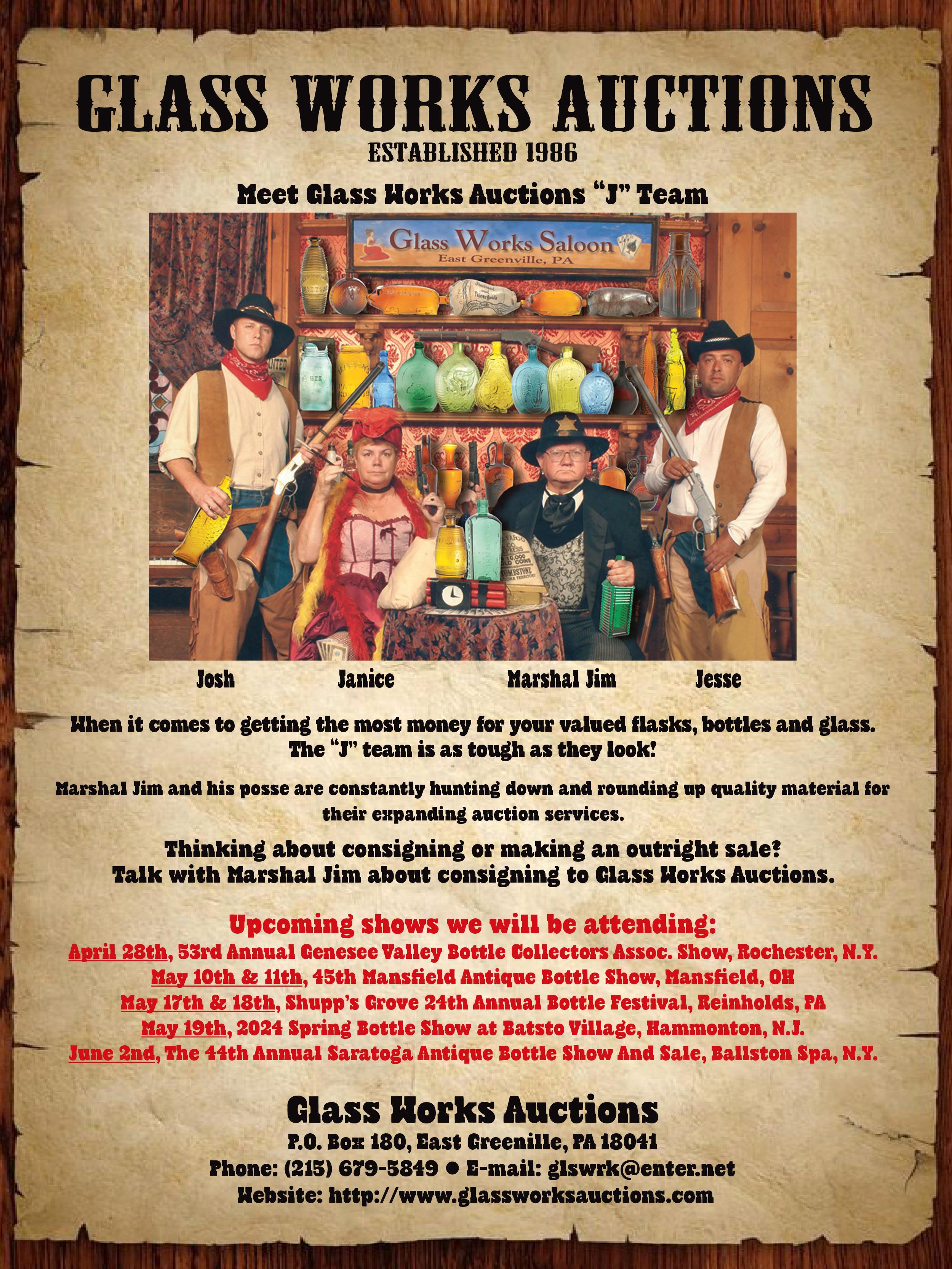
24 Antique Bottle & Glass Collector
Jim Healy comes through again for Houston 24!
By Elizabeth Meyer


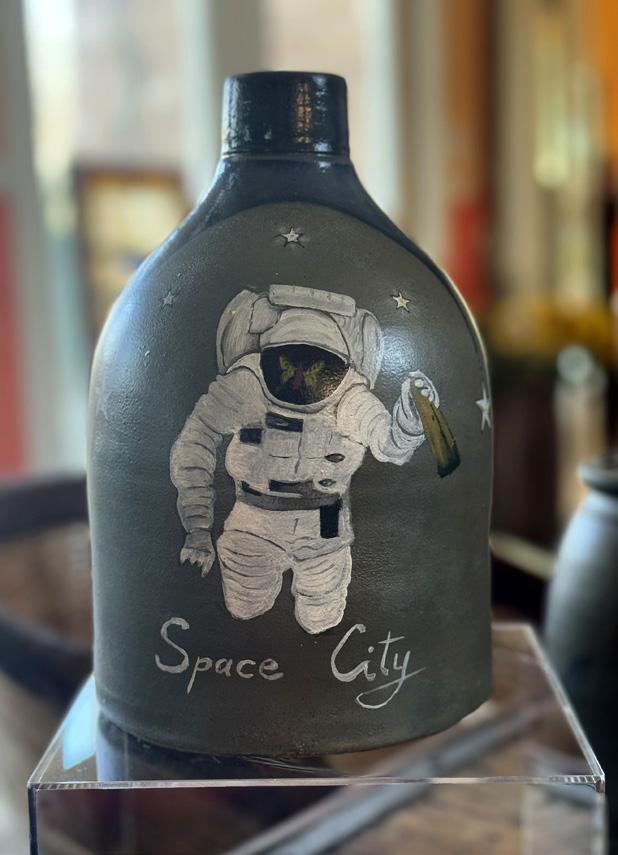
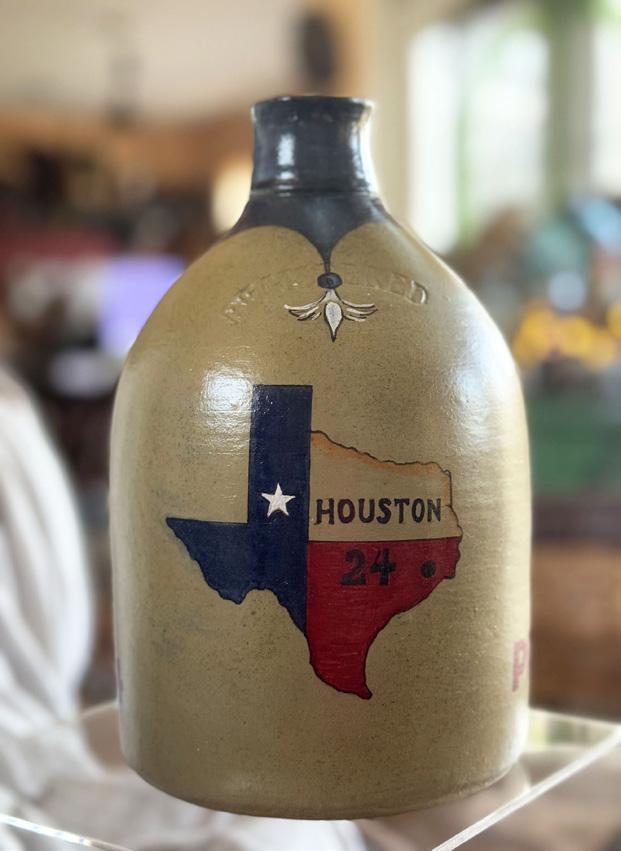




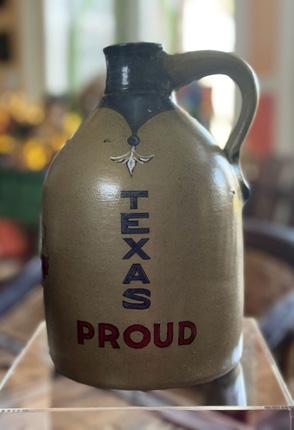

Each FOHBC National, I happily take on the task of contacting my friend Jim Healy and ask him to provide a commemorative jug or two (or three) that we will auction and or raffle. The jugs are extremely popular and collectible, and I have added a few to my collection. This year was no exception, as we sent Jim some of our Houston 24 artwork and referred him to our Event Info Packet. The jug boxes arrived and we anxiously opened and we are extremely happy. We took a few quick photographs. All I can say is Jim has done it again...outstanding!
Houston 24 Commemorative Jugs•Friday afternoon through Sunday
02 to 04 August 2024
Hotel ZaZa Museum District | Piano Man Lounge
Raffle tickets for two Jim Healy Houston 24 Commemorative Jugs will be on sale at Houston 24 Antique Bottle and Glass Show & Sale on Friday afternoon, Saturday and Sunday. Jim Healy, from Tribes Hill, New York, is a talented potter and restorer of old jugs. Jim has designed and made our FOHBC national convention commemorative jugs for many years. Details at the FOHBC desks located at the Piano Man Lounge. Tickets are $2 each or 3 for $5. The third Jim Healy Houston 24 jug will be included in the Bayou City Sunset Auction on Saturday evening, 03 August 2024.
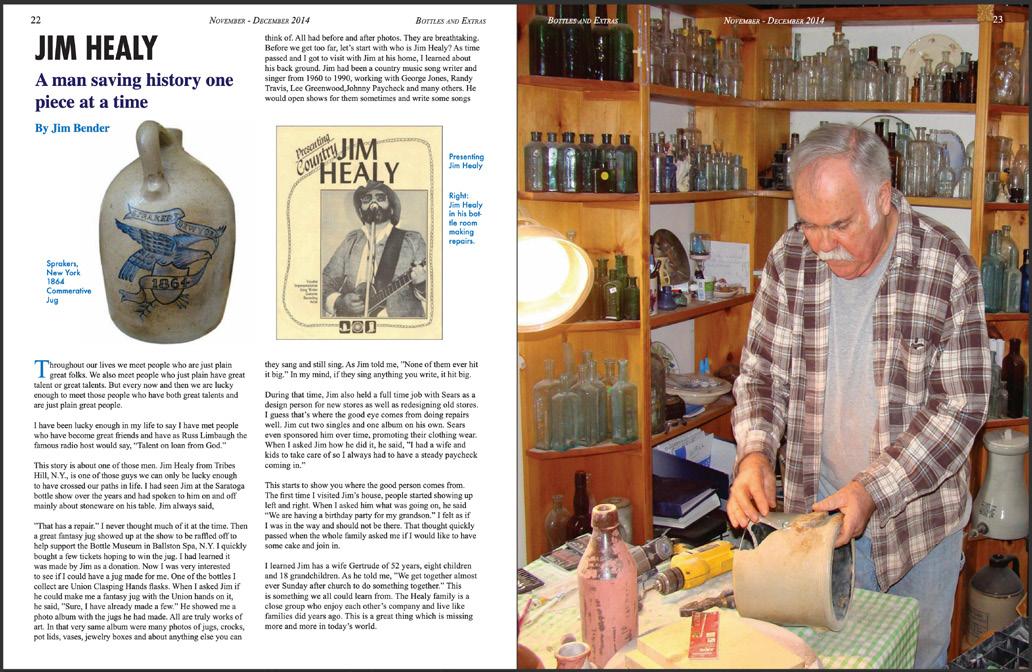
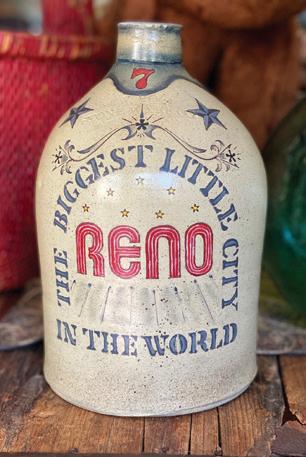
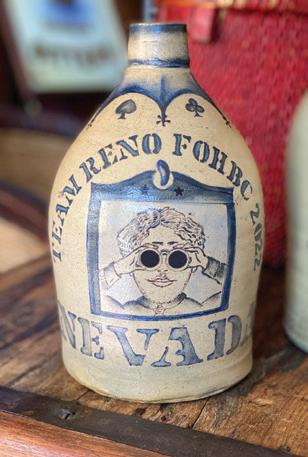

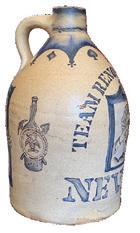

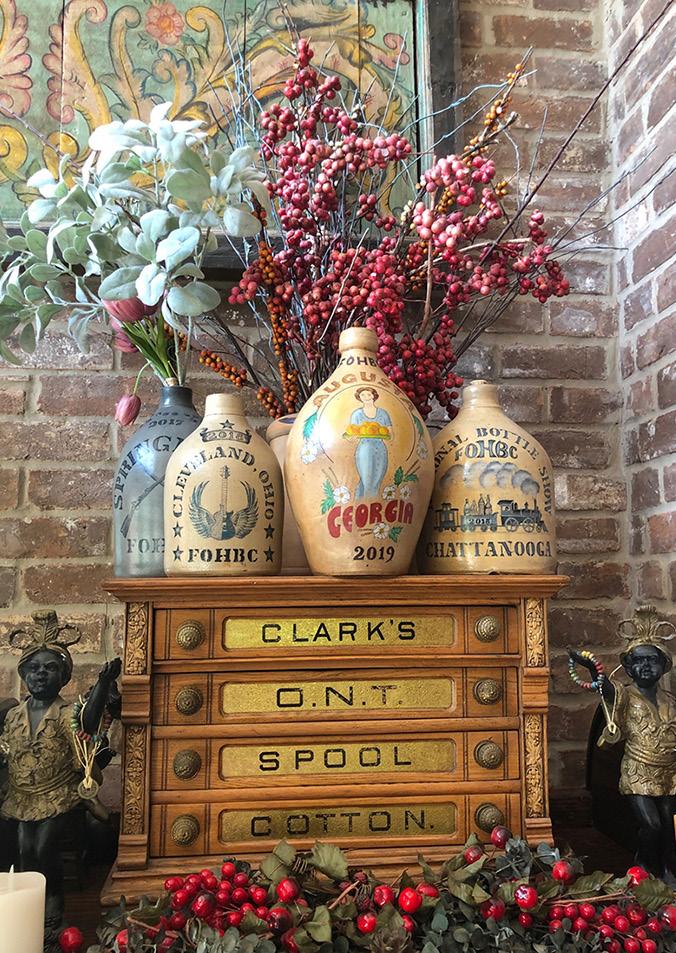
Jim Healy comes through again with two new commemorative jugs for our Reno 2022 National Antique Bottle Convention! Visit the FOHBC front tables in the Summit Pavilion for more informaion. RENO 2022 RENO 2022 Jug #1 RENO 2022 Jug #2 Silent Auction Raffle Tickets for $2 each or 3 for $5.
A great article on Jim Healy by Jim Bender in the Nov-Dec 2014 issue of Bottles and Extras. Read online within the FOHBC Member Portal.
Jim Healy jugs advertised in the FOHBC Reno 22 Souvenir Program.
Jim Healy jug grouping - collection of Elizabeth Meyer, Houston, Texas.
H24 Butterfly Logo Jug #1
H24 Space City Jug #2
May – June 2024 25
Lone Star State Jug #3
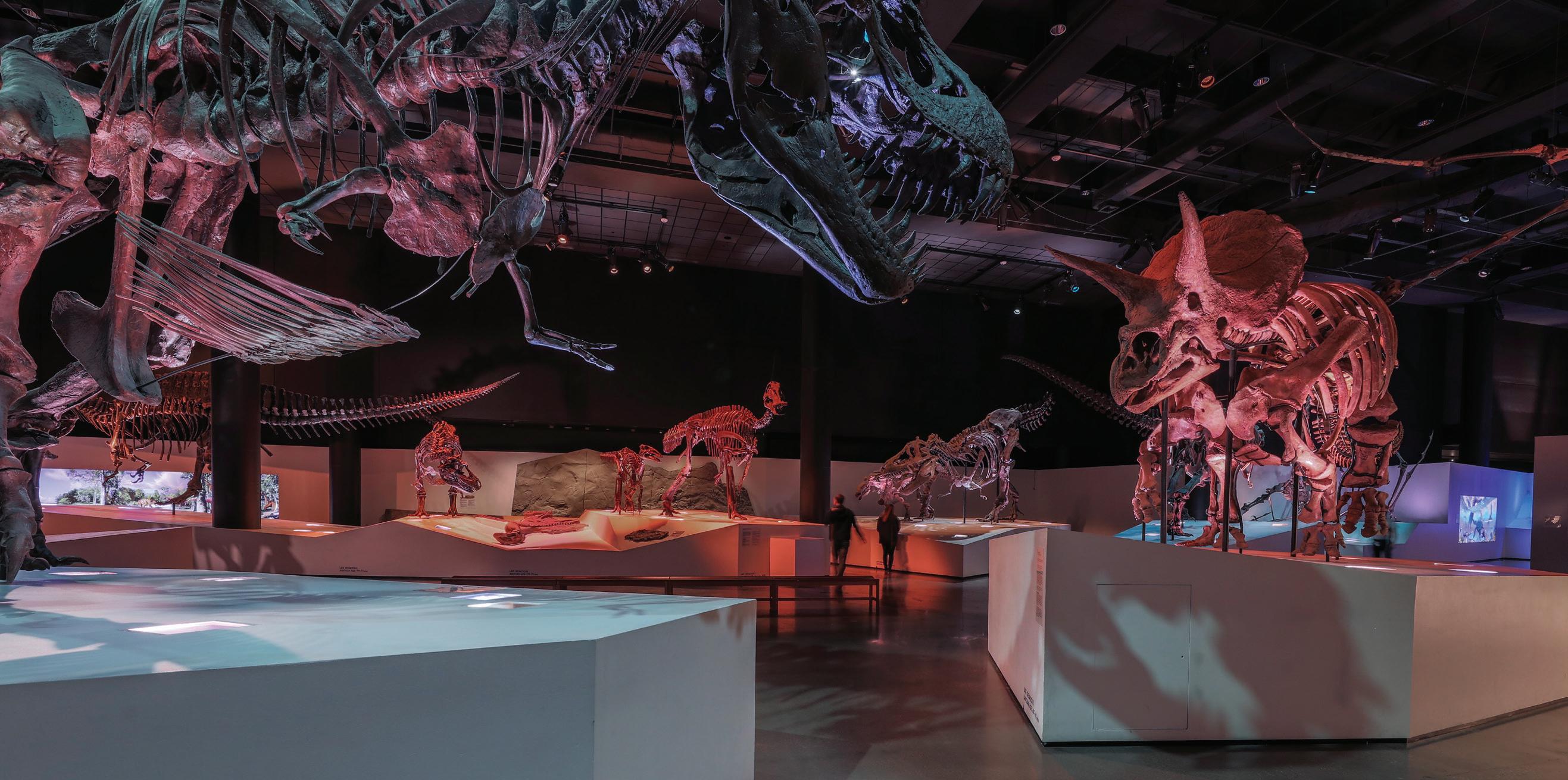
FOHBC EXPO
Houston 2o24
Houston Museum of Natural Science
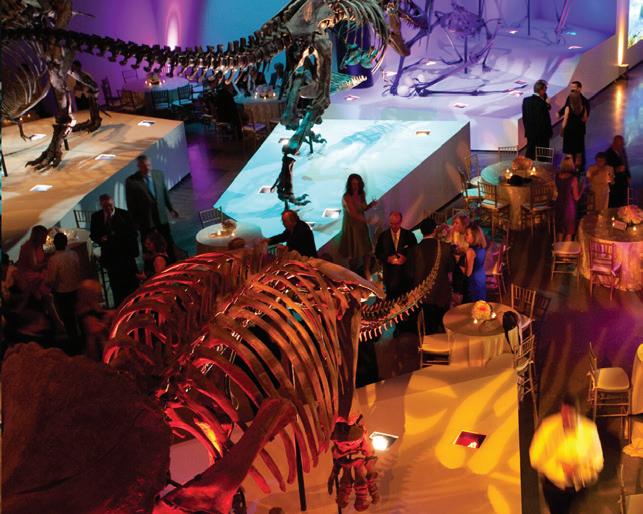
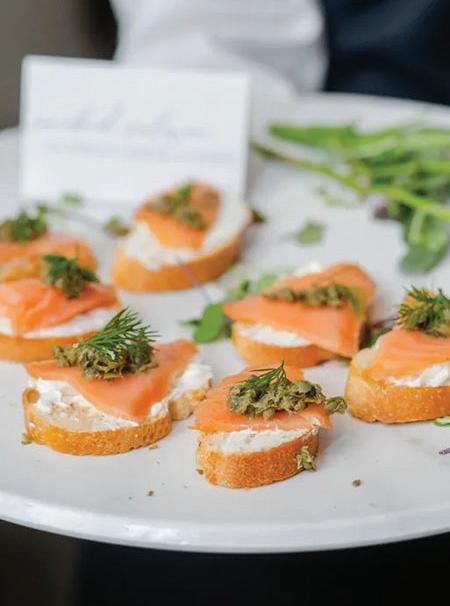

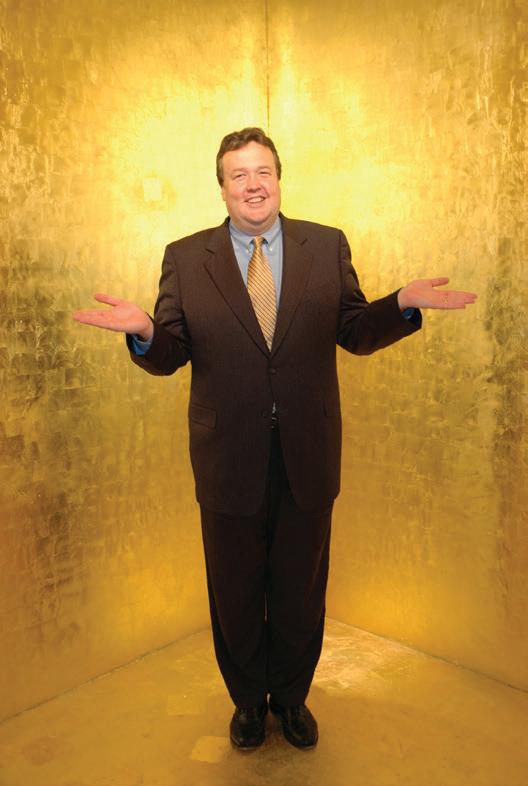
MIX & MINGLE
Dinosaurs Banquet
Hall of Paleontology
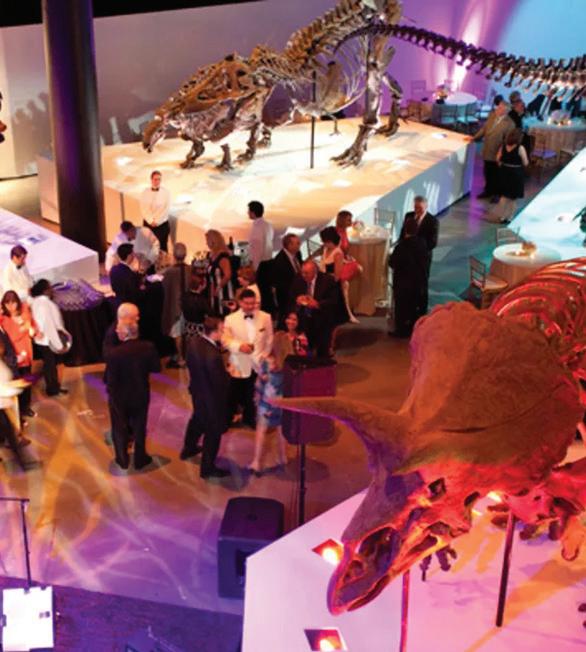

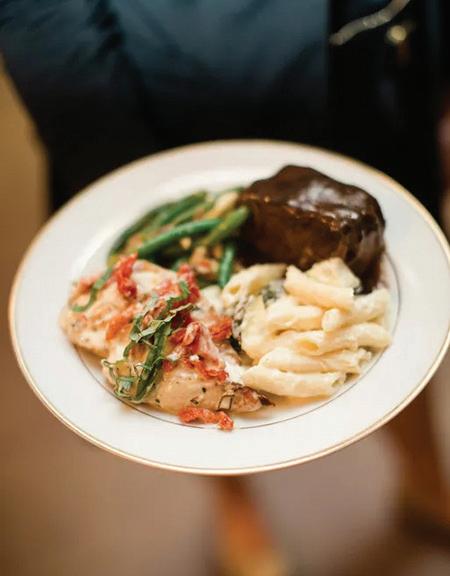
Friday 02 August 2024
Houston 24 Cocktail Mix & Mingle•[6:00 to 7:30 pm]
Houston Museum of Natural Science | Morian Hall of Paleontology
Relax with your antique bottle and glass collecting friends at the Houston 24 Cocktail Reception from 6:00 to 7:30 pm before the FOHBC Dinosaurs Banquet on 02 August 2024 at the Houston Museum of Natural Science – Morian Hall of Paleontology. What better way to start an evening than to mix and mingle with dinosaurs? Two stories tall and the length of a football field, this dramatic hall will invite FOHBC guests to embark on a “Prehistoric Safari” through exhibits with 21st century interactivity. Hors d’oeuvres and a cash bar will be available for your favorite beverage.
Informal banquet seating will be from 7:00 to 7:30 pm.
FOHBC Dinosaurs Banquet•[7:30 to 10:00 pm]
Houston Museum of Natural Science | Morian Hall of Paleontology
Following the Cocktail Reception, paid Banquet attendees will be seated for the FOHBC Dinosaurs Banquet within the Houston Museum of Natural Science Morian Hall of Paleontology. The program will start at 7:30 pm and conclude around 10:00 pm. You do not have to be a FOHBC member to attend, though membership is encouraged! The cost for the FOHBC Banquet is $55 per person. After seating, brief introductions and announcements will be made followed promptly by dinner. When coffee and dessert is served, our Keynote Speaker, Joel A. Bartsch, CEO HMNS, will speak about topics relevant to our great hobby and his museum. Next we will honor any new inductees into the FOHBC Hall of Fame and Honor Roll and conduct the award presentations for our FOHBC Club and Member Contests. The FOHBC will conclude the evening’s festivities with a few fun contests and a brief presentation remembering the past years. Don’t miss this event!
Keynote Speaker•Joel A. Bartsch, CEO, Houston Museum of Natural Science | Morian Hall of Paleontology
An alumnus of Concordia University and Rice University with a BA and an MA, respectively, Joel A. Bartsch has been the president and CEO of the Houston Museum of Natural Science (HMNS) since 2004. Immediately prior to that, the Texas native served HMNS as its curator of the Cullen Hall of Gems and Minerals, its director of earth sciences, and a project manager. In his first year as the president and CEO of HMNS, Joel restructured the organization and returned it to profitability. He subsequently spearheaded a period of significant growth that culminated in the construction of the Dan L. Duncan wing and an energy science education center. Joel collects many things as you might imagine, and one of them is early American antique bottles and glass.
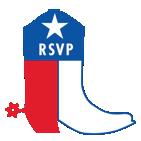
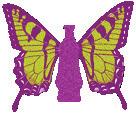

INFORMATION FOHBC.org T ICKETS $55. Info at FOHBCmembers @ gmail.com
Joel A. Bartsch



May – June 2024 27
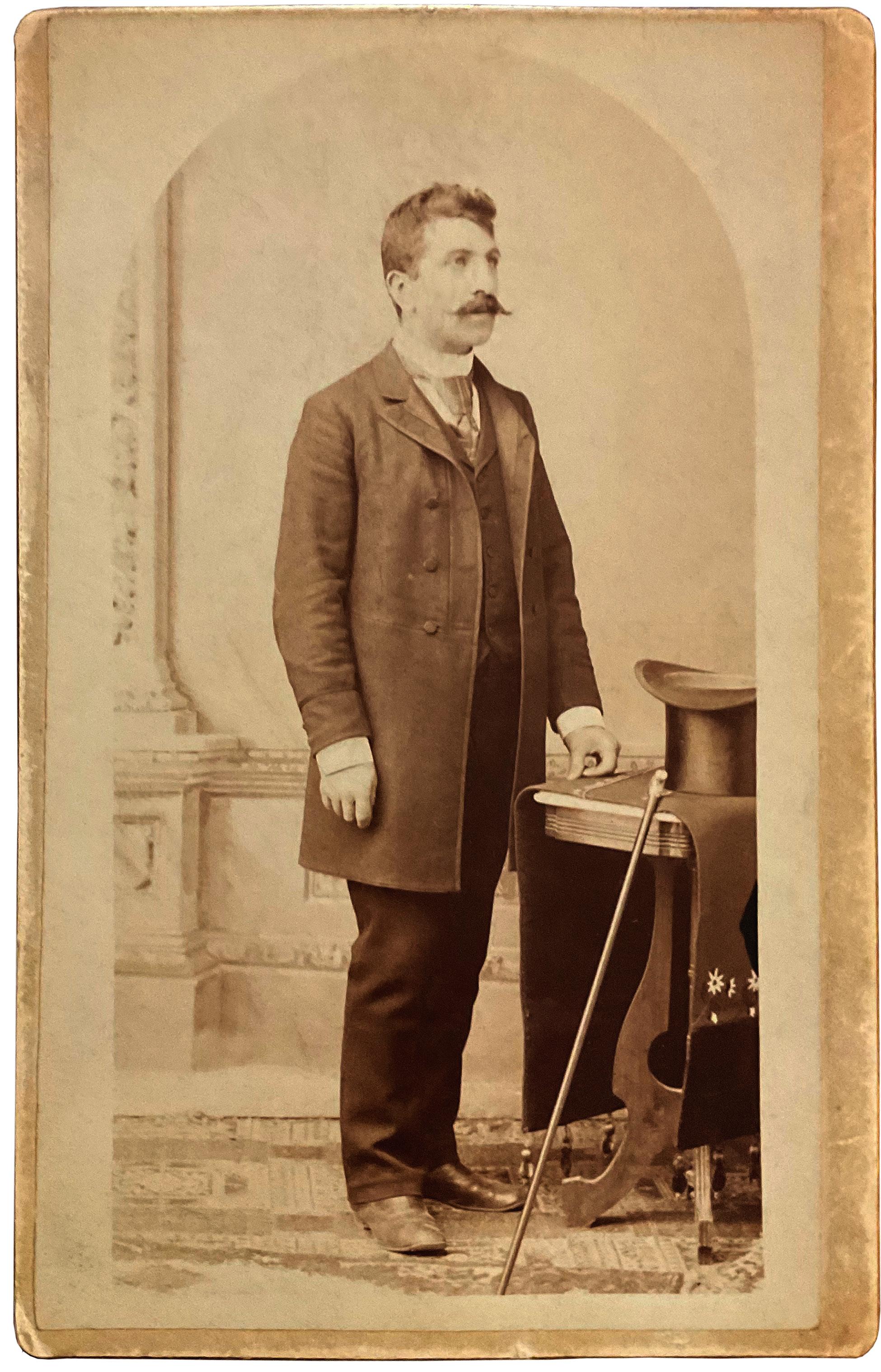

28 Antique Bottle & Glass Collector
Cabinet card of Dr. Herdan with his signature top hat, taken circa 1892 in Austin, Nevada.
LADIES STAR
Deli c ate L adies should consult Dr . Herdan
 By Eric McGuire
By Eric McGuire
Born in Bucharest, Romania, about 1864, Moscu I. Herdan came to the United States sometime between 1884 and 1890. His early years are sketchy. The 1890 voting register for Chicago, Illinois, notes he had lived in Chicago for one year but lived in Illinois for four years. It states his naturalization occurred in Kansas City in 1884. He claimed he had medical degrees from several schools, none verified. Dr. Herdan dreamed about making it big in the medical world and tried several ideas. None seemed to have worked. The bottle he had produced is tangible evidence of unfortunate circumstances that kept Dr. Herdan from achieving success.
Dr. Herdan’s first advertisement (Fig. 1) occurred in Atchison, Kansas, setting the stage for his future advertising style, where he generally worked from the hotel he used as a residence. He often stated that he was in residence permanently, which was usually not very long. Herdan also openly said that he preferred women and children patients.
By December 1890, Herdan had moved west from Atchison to Salt Lake City and set up shop in the St. James Hotel, advertising “Diseases of Women a Specialty.”
Suicide is generally considered an act of desperation to avoid continued mental or physical pain. On January 10, 1891, in his room at the St. James Hotel, Herdan attempted to kill himself. He left Salt Lake the following Tuesday, knowing his act would have ruined his reputation as a trusted physician. At the depot, before the train pulled out, he amused the bystanders with a speech in which he paid his compliments to the city and its people and said that he would never revisit the place.
He may have gone back to Chicago for a short while, as he had a brother located there, as well as a woman that he wanted for his wife. By the end of January, Herdan had located his residence and business in Reno, Nevada, living at and working from the Inverness Hotel. In March 1891, Herdan added Carson City to his consultation circuit, working out of the Arlington Hotel in Carson on Mondays.
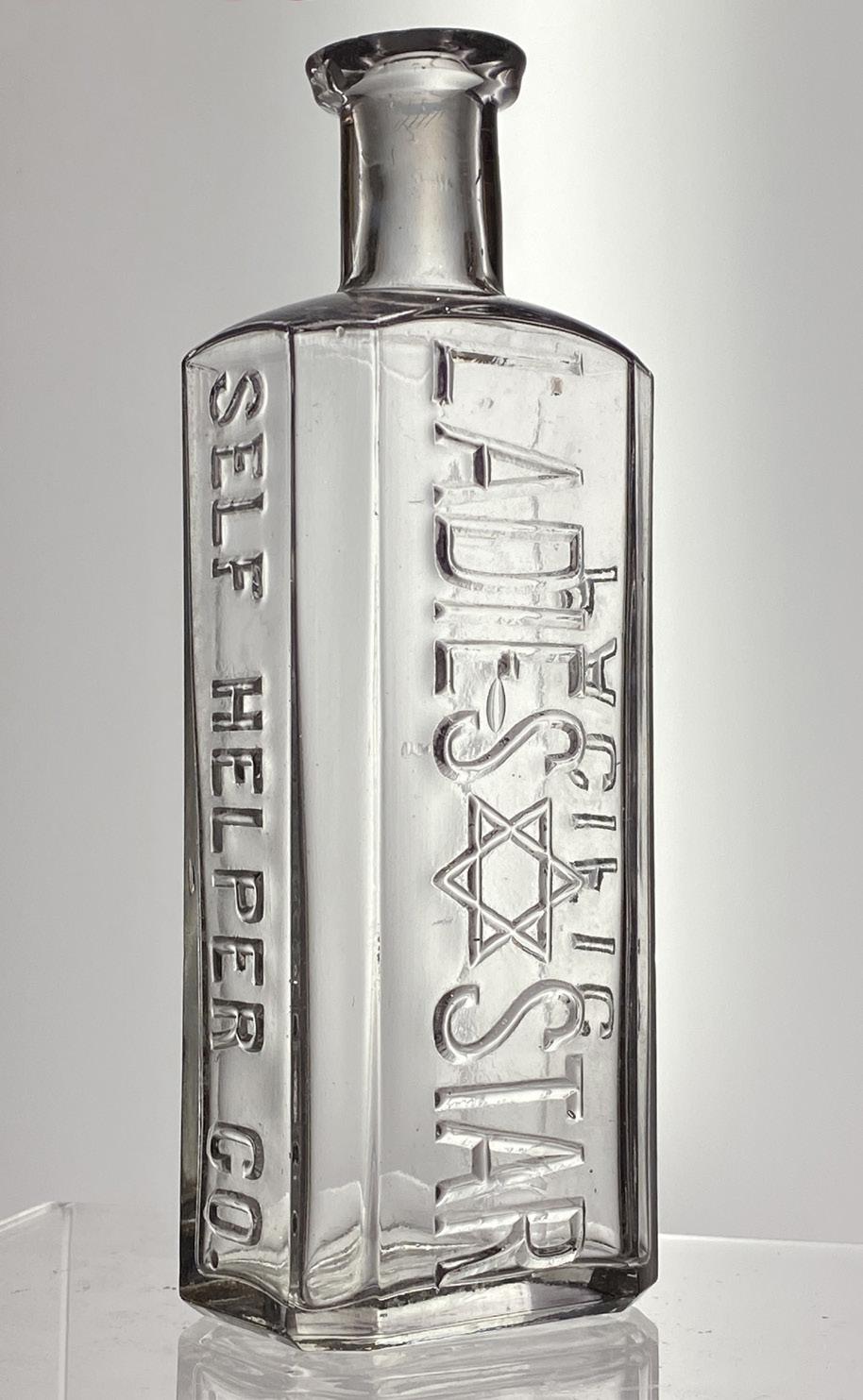

May – June 2024 29
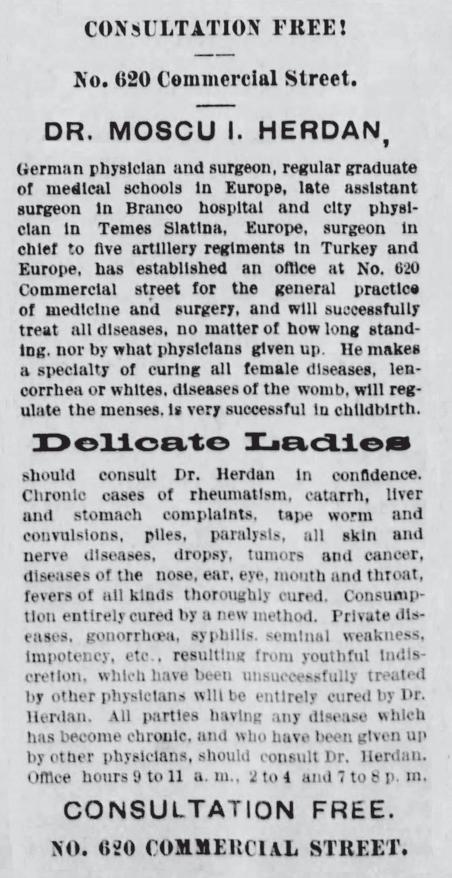
Dr. Herdan began working the cities of Reno, Carson and Virginia City, with his primary residency dictated by demand, and this changed several times. This circuit, with which Herdan maintained he was not a traveling physician, divided his time into what must have been a very difficult schedule. He advertised almost daily in the local newspapers, which would have been a significant part of his budget. Occasionally, Herdan would ply new ground in the vicinity, as noted by a one-day visit to the Union Hotel in Verdi, Nevada.
The first mention of Herdan’s connection with his patent medicine venture was in Reno, when the newspaper noted, “Dr. Herdan has applied for a patent on a medicine invented by himself called Self Helper for private diseases, which he claims is the greatest medicine yet produced. He has refused $2,500 for it but will form a company and place it on sale in every drug store in the United States.” It is unclear if he actively began production for his “Ladies Star” then, but he probably did not. Newspaper advertisements did not occur for another six months.
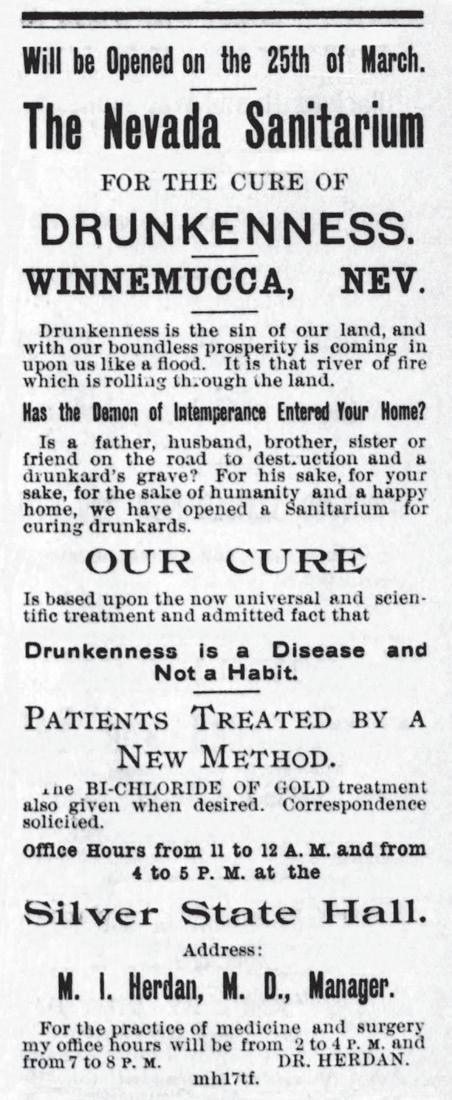
By December 1891, he claimed a new “permanent” residence in Winnemucca, Nevada. Aside from seeing patients from his room at the Winnemucca Hotel, Herdan had an additional idea for this city. The following January, he proclaimed his intention to open a sanitarium for drunkenness based on the new gold-chloride treatment recently practiced by Dr. Keeley of Dwight, Illinois. It was appropriately named The Nevada Sanitarium for the Cure of Drunkenness. Little is known of the establishment, which was located in the Silver State Hall. It was a novel idea, and most Nevada towns had no shortage of individuals who imbibed too much alcohol. Whether the residents wanted to quit alcohol use is another issue. The sanitarium was a failure and, owing back rent, Herdan left town on May 9, 1892, and headed south for Austin, Nevada.
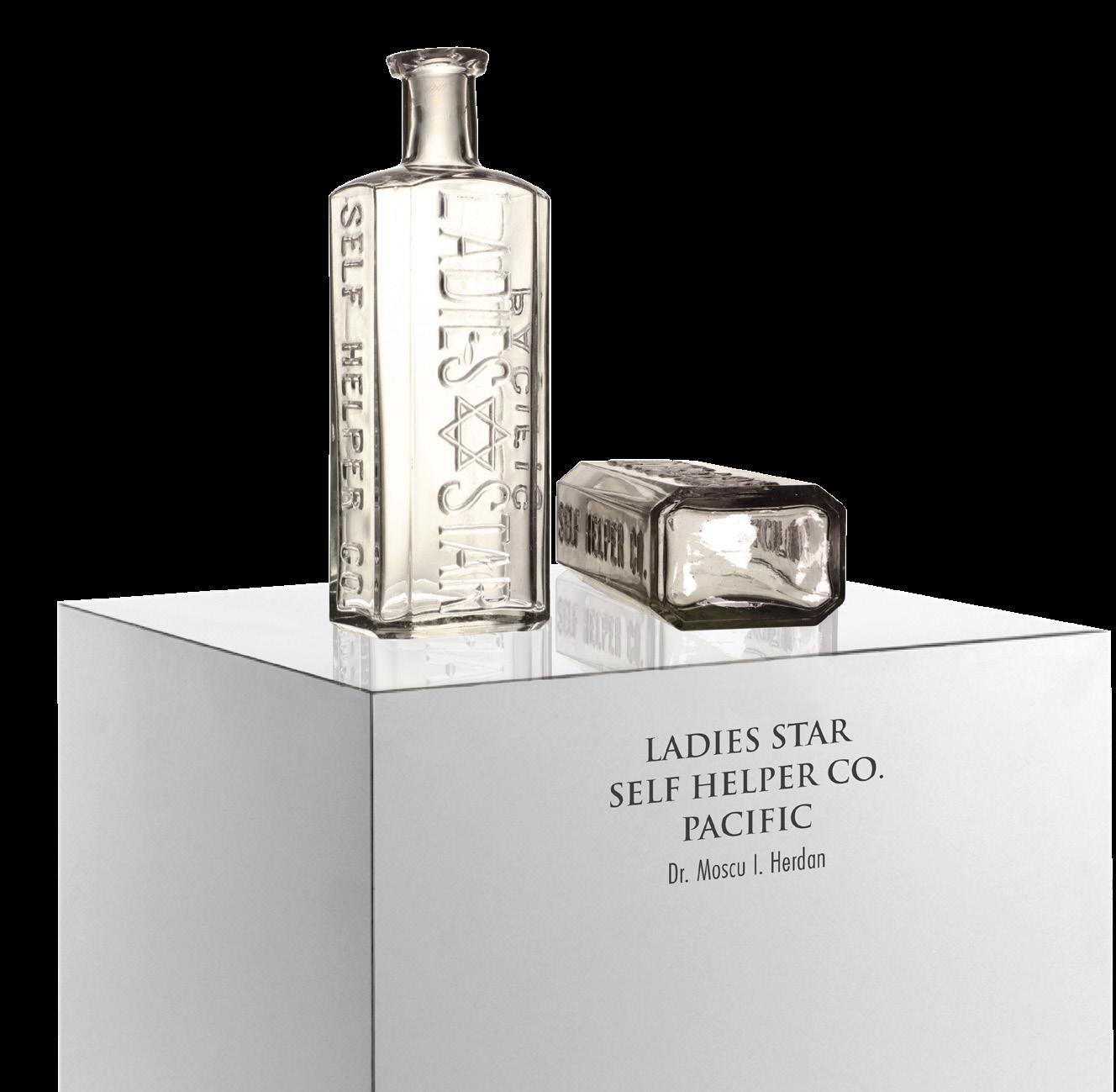

On November 19, 1892, The Self Helper Company was organized in Austin under the corporate laws of Nevada. Along with Herdan were two other directors, David S. Truman and Osmer B. Vincent. Truman was a practicing lawyer and continued in that capacity. He likely obtained the corporate papers for the new Pacific Self Helper Co. Truman worked as a lawyer for the remainder of his career, mainly in Nevada, until his mysterious disappearance in 1910. He was never heard from or located after that date.
The primary objective of this new corporation was the “purchase of Dr. M. Herdan and his co-owners, a certain patent for the right to manufacture exclusively those medicines made by them and for which a patent has been applied for from the Hon. Commissioner of Patents of the United States of America, by said Dr. M. Herdan, and which said medicines are known as and called Dr. Herdan’s
30 Antique Bottle & Glass Collector
[Fig. 1] Consultation Free! – The Atchison Daily Champion (Atchison, Kansas) July 11, 1890
The Nevada Sanitarium for the Cure of Drunkenness – The Silver State (Winnemucca, Nevada) January 6, 1892
FOHBC Virtual Museum sample.
SELF HELPER and Dr. Herdan’s LADIES STAR and also any trademarks he may obtain therefore.” The corporation’s capital stock was $500,000, with $342,500 being paid up at the company’s inception. The paid-up amount appears quite large and is difficult to believe. This amount was probably inflated or may not represent actual cash.
The partners soon decided to move their laboratory and bottling facilities to San Francisco, where supplies were more readably available. Herdan remained in Austin, where he continued his practice as a physician. Osmer B. Vincent became the agent in San Francisco. He was a telegrapher by trade and was probably a great asset to this new company in relaying information about the Pacific Self Helper Co. to various newspapers. Truman’s role was perhaps just as an investor, along with dealing with legal issues as they may arise.
Meanwhile, Herdan became frustrated with his inability to successfully operate as a physician in Austin. He openly expressed his feelings in the local newspaper by stating, that the inhabitants are very sociable but don’t get sick often enough, which healthful condition he attributed to the lack of bad whisky and gossip.
Our well-made museum example is six inches tall and was produced using clear glass. It could be the product of any established glass works of the period. Embossed on three of four sides, the front panel reads ‘LADIES (Star of David) STAR’ in large condensed sans serif characters running from shoulder to base. The right side panel reads ‘PACIFIC’ while the left side panel reads ‘SELF HELPER CO.’ The reverse large bottle face is devoid of lettering, probably reserved for a label. The base is smooth. Advertisements for Ladies Star occurred in newspapers throughout the West during 1892 and 1893.

is as immaculate as ever. He still persists in trying to run a lot of business in Austin, including this office, but we take pleasure in announcing that he is “not in it.” This clearly indicates that Herdan worked newspapers to the best of his ability.
Herdan left Austin, Nevada, on April 19, 1893, and it was thought he was going to Lovelock, but he went to Grand Junction, Colorado, instead. After his arrival there, the local paper noted, “Dr. M. I. Herdan, the new physician and surgeon, has removed to his headquarters over Haskell’s drug store; the Dr. comes very highly recommended and came here to reside permanently. He is a graduate of the Imperial Hospital of Austria and post graduate of the College of Physicians and Surgeons of Chicago, and is also an active member of the World’s Fair congress of physicians and surgeons, which meets in Chicago next month. The Dr. is a scholar and collaborator of medical periodicals, and very often his pen in materia medica and scientific points appears in the newspapers.”
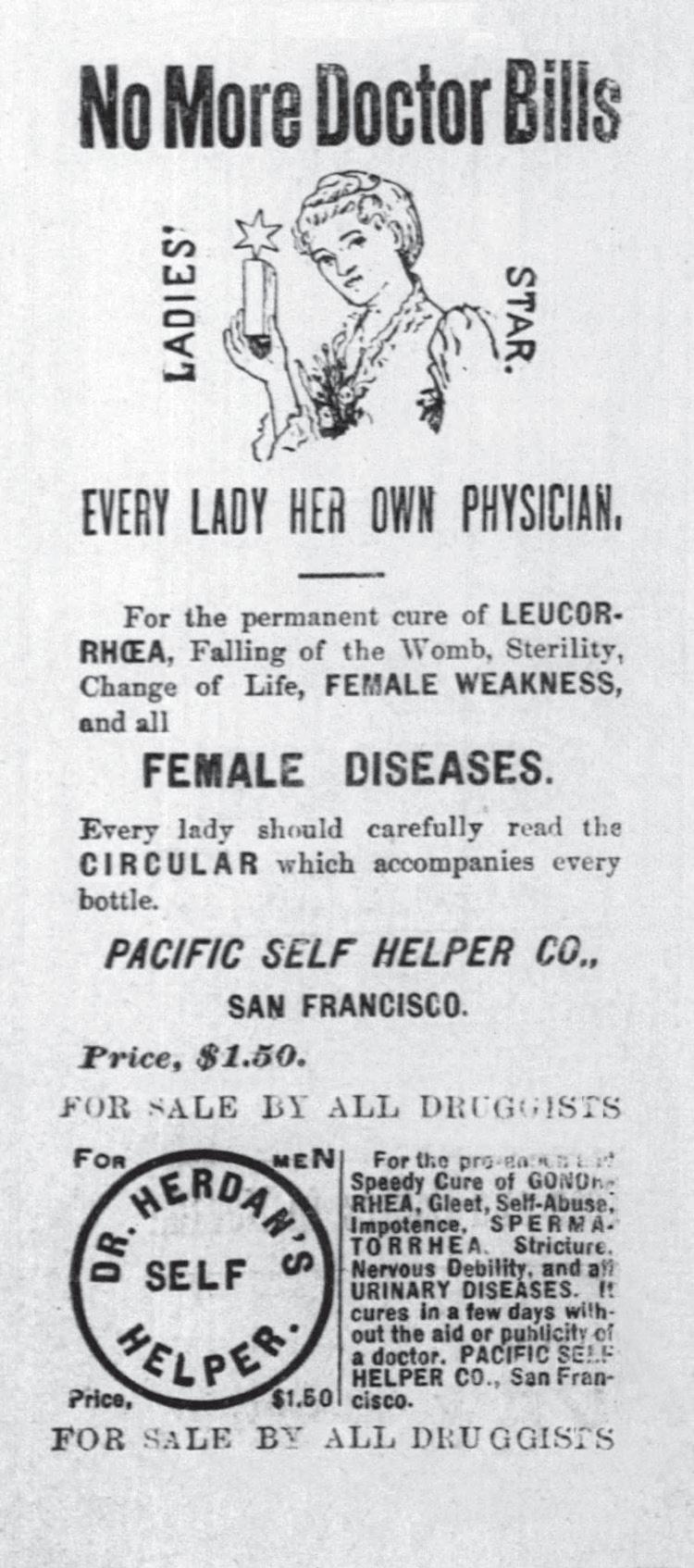
Herdan left Austin in January 1893, but the day before leaving, he sold a block of his shares in the Self Helper Company, and that night he lost $220 at Faro. Gambling was one of his weaknesses.
Herdan finally convinced his love interest, Mollie Abraham, to marry him. They tied the knot in Chicago on February 20, 1893. After returning to Austin, their relationship became strained. Mollie decided to leave him, and she returned to Chicago while Herdan stayed in Austin. The Reveille posted, “Dr. Herdan has returned to Austin. He had partially raised money enough to take him back to Chicago but blew it in a game of stud poker Saturday night, and from present indications, he will spend the summer in Austin. His sleek plug (slang for top hat) sits at the same angle, however, say 45 degrees, as formerly, and his shirt front
In his usual manner, likely motivated by poor success, Herdan left Grand Junction on July 22, 1893. His next location was probably Chicago for several months; however, the record is silent. His next try at success was in Richmond, Indiana, where his sister-in-law was living. The local paper noted, “Dr. M.I. Herdan, a physician from California, is in the city and will locate here…he is a graduate of a European college and of the Chicago Medical College.”
Herdan operated for about a month in Richmond. By the end of December 1893, he made his final act, from which there was no return. Dr. Moscu I. Herdan took his own life while staying at the Palmer House in Chicago. The newspapers quickly picked up on the story of Herdan’s suicide, with none more complete than the Inter-Ocean of Chicago:
“MADE SURE OF DEATH – Dr. Moses I. Herdan Found Dead in the Palmer House – HE WAS TIRED OF LIVING. – Thought the World Unappreciative of His Talents. The chambermaids have tried to get into No. 443 several times today. The door was always locked, with the key on the inside. No one answers to their knocks. This was the report made by a Palmer House bellboy to Clerk Cunningham last evening. Mr. Cunningham glanced at the rack before him and saw that ‘Moses I. Herdan, M.D., City’ was posted up as the occupant of room No. 443. Mr. Cunningham went to the room, a bellboy was lifted up to the transom
May – June 2024 31
“Ladies Star” No More Doctor Bills advertisement – The Daily Appeal (Battle Mountain, Nevada) December 10, 1892
and said that there was a dead man lying on the bed. The boy clambered into the room through the transom and opened the door. Dr. Evans, the house physician, was called and led the way into the room. Dr. Herdan had been dead for some hours. He lay propped up on a pillow, his shoes off and vest and collar unbuttoned. An empty glass and a syringe lay on the dresser with a phial containing about ten grains of morphine. If the phial was full, said Dr. Evans, he injected about fifty grains of morphine into his body. Dr. Herdan arrived at the hotel at 6 o’clock Thursday night. He left his trunk check with Clerk Cunningham and said he expected his wife to arrive in the morning. He never left the room after taking possession. He probably spent the night writing letters, for his bed had not been occupied except when he administered the injection. On the top of the dresser was a pile of burned paper. On the table lay several letters, an express company’s receipt, a meerschaum pipe, a bag of tobacco, six cigars, and his gold watch. In a letter addressed to the Coroner, the suicide said: Deliver my body to the A. O. U. W. brothers of this city. I don’t want to be buried before three days. The cause of my suicide is I don’t think life worth living. Inform my brother at No. 354 May street; also my father-in-law, at No 1826 Bishop street. I don’t think it is necessary to hold a postmortem examination. Yours respectfully. DR. HERDAN”
In a letter addressed “To my wife,” he said, “God bless you. As God is my witness, I have loved you truly. Please forgive me for this act. I think you will be happy without me. I hope you will forgive me for this wrong act. So marry again and be happy. I know I love you and you alone. Your husband MOSES.”
Another letter was addressed to The Inter-Ocean. – “Will you be kind and wire through the Asoc Press to Austin, Nev., to Mr. Louis A. Veller to my last act. I took this mean. I know I was a reader of your Paper many thousand miles from here. The cause of my act is I have enough of earthly misery; I had good success always in my profession but I heat (sic) to practice. A Doctor and a Dog is alike; people don’t appreciate the value of a good Physician. So I think to finish tonight I love my wife and poor woman, I leave her in the biggest misery. O God have mercy with her, and to think she is in a delicate position, but I can’t resist from doing which makes me Dey (sic) twice I trust in God and leave her in his care. Thanking you for your kindness in executing my last wish. Yours Respectfully, M. I. Herdan, M.D.”
His last letter was probably written to his brother, Abraham Herdan, for he says, “My head aches me and I feel awful mean. Please don’t write home to our parents, my last act. God bless little Molly. Your brother, Moses.”
The body was removed to the morgue at No. 73 Fifth Avenue, and by the wish of Dr. Herdan, Louis A. Veller of Austin, Nev., was notified of the suicide.
The brother of the dead man, Abraham Herdan, who was a clerk in a retail clothing store and lived at No. 354 May Street, was overcome with grief when told what had occurred at the Palmer House. He went at once to Sigmund’s morgue and identified the body as that of his brother. As he did so, tears streamed down his face, and it was with difficulty that he could be made to leave the place of death. “My brother’s name,” he said, “was Moskou I.
Herdan. He was born in Bucharest, Roumania, and was 27 years old. He studied medicine in Roumania and came to this country four years ago and engaged in the practice of his profession. A year or so ago he came to Chicago, where he met the daughter of Meyer Abraham, of No. 1826 Bishop street. They were married and went to Austin, Nevada to live. They never got on well together. Although there was never anything of a very serious nature between them. A few weeks ago my brother returned from Nevada. He had patented several medicines which promised to sell well, but he was tricked out of the patents by some designing persons.
“He returned yesterday from a visit to his sister-in-law, Mrs. Morris Rice, at Richmond, Ind., where he had gone with his wife. She was not with him, and he said nothing about her. Thursday afternoon he left the house in good spirits seemingly. We told him to be sure and return, and he replied that he would certainly do so. When he did not come back, we supposed he had gone to visit his father-in-law, Meyer Abraham. The only reason I can assign for the act of my brother is that he had become despondent over the loss of his patents and because he was out of funds.
“Herdan’s parents live in Roumania (sic) and are well to do, his father being a retired farmer. Another brother lives in New York. He has been notified. The inquest will be held this morning.”
As the story of his death worked its way across the country, newspaper accounts became even more bizarre, with the most outlandish being Herdan’s promotion of ingesting human fat to treat obesity. Many articles noted his odd behavior, including his verified proclivity for gambling and his periodic use of drugs, which are probably true. Herdan did appear to have an unusual personality and struggled with proving his legitimacy as a licensed doctor. The most sensible information about Herdan was found in the Grand Junction, Colorado, paper—the last place Herdan practiced medicine in the West. It painted a picture of a unique individual who carried deep-seated troubles. This should be expected based on his unusual actions over the previous several years.
Herdan is buried in Waldheim Cemetery, Forest Park, Illinois. His wife, Mollie W. Abraham, was born about 1872 in New York. She died May 31, 1944, in Los Angeles County, California, and is buried in the Home of Peace Memorial Park, East Los Angeles, California, near her mother and sister.
All advertisements for Ladies Star and the Pacific Self Helper Co. ended abruptly with Dr. Herdan’s death.
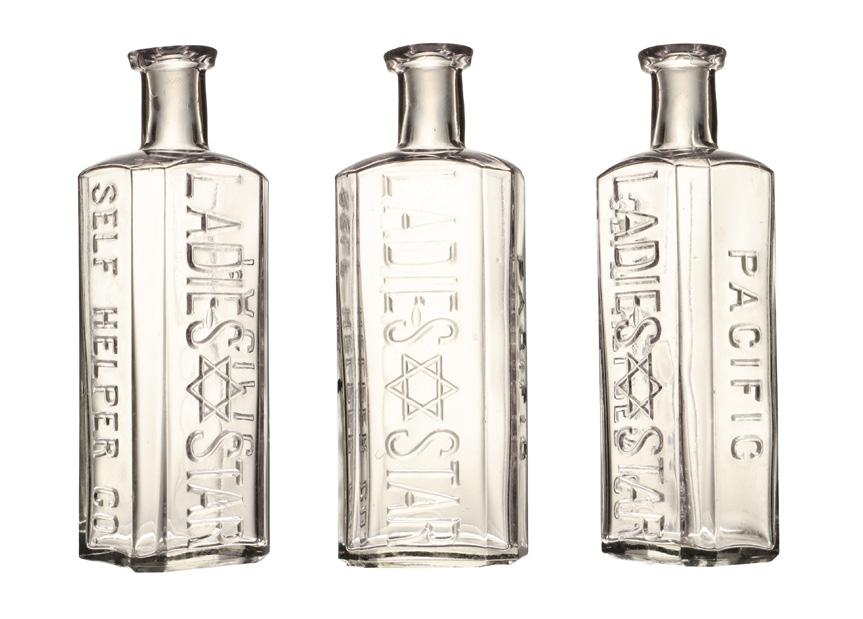

32 Antique Bottle & Glass Collector

May – June 2024 33
Everyone loves a Dromgooles!
By Ralph Finch
Especially when it combines Yellow Fever, the recent pandemic, and...female problems

It all started with a past issue of Antique Bottle & Glass Collector, with a listing of some of the patent medicines owned by the Smithsonian Institution.
A labeled example of an English Female Bitters or “Dromgooles Bitters” was shown, and that little-known item has led to extensive research involving various states (and countries) by several collectors.
On the last day of January 2020, which was a *warm and sunny day in Michigan, I got this email from Ron Pevahouse, who wrote:
“I saw in the AB&GC magazine you pictured a screw top, Dromgoole’s Bitters. There was a Dromgooles out of Memphis, where I live. They are listed in city directories from 1866 to 1873. They did have a branch in Louisville that lasted until after 1900. I have both versions of the Dromgooles. It is embossed English Female Bitters. I am sending you a photo of mine that I just got; it is rare. One odd thing—the Memphis version has a blank panel where it should have “Dromgooles,” but the Louisville has it embossed on it.”
Later, Ron added: “In 1872, there were three different Dromgooles listed in the Memphis directories. In 1873, only John P. Dromgoole made the English Female Bitters. In 1874, no Dromgooles were listed. The yellow fever** hit Memphis really bad in 1873 and might have gotten him. A lot of people moved from Memphis to get away from the fever, so maybe he moved.”
The “fever” is similar to the pandemic the world was recently battling. See my “Editors’ Note” in the right column before proceeding. So now we return to “Female Bitters and Female Problems” (my wife said she married one).
*The Michigan weather report falls into the category of “fake news.”
FYI #1: Bitters Bottles Supplement 2 lists the English Female Bitters as rare.
FYI #2: *Google says: “The most common swimming-related illness is diarrhea. Swallowing even a tiny bit of water contaminated with germs from poop can cause diarrheal illness. … People can carry bacteria, viruses and parasites within their bodies and on their skin.”
Author note, courtesy of Wikipedia, edited:
There was a time when yellow fever terrorized New Orleans. In the 1800s, yellow fever took hold of the busy city, and more than 41,000 people were lost. Despite not knowing the origin of the disease, the city made many efforts to try to contain and erase it. New Orleans’ first yellow fever outbreak began in 1796, according to Amanda McFillen, the Associate Director of Museum Programs at the Historic New Orleans Collection. By the mid-1800s, the disease would take a record-breaking 8,000 lives in only a single summer.
This whole process, going from the acute to toxic phase, could happen over the span of a week. The Louisiana state website describes an alarming death rate as “people died faster than graves could be dug.” A saying at the time even predicted “that pretty soon people would have to dig their own graves.” There were countless efforts to put an end to the disease. The city would burn tar in hopes that the smoke would dissolve any clouds of disease in the air, thought to be the root of the sickness. Those infected would be given bloodletting treatments in hopes that the disease would be drained from the body.
During this yellow fever outbreak in New Orleans, the death rate ranged from the low two digits to thousands each year. It’s said that one in 15 during the summer of 1853 died from contracting yellow fever. This means the outbreak caused one of any state’s highest annual death rates during the 19th century.
E 45 ENGLISH / FEMALE / BITTERS // LOUISVILLE, KY. // f // DROMGOOLE //
8 ½ x 3 1/8 x 2 (6 1/8) 3/8
Rectangular, LTC, Applied mouth and Tooled lip, 3 sp; Clear and aquaRare;
Sapphire blue - Extremely rare
Dr. John Parham Dromgoole was a Louisville, Kentucky physician in the late 1800s. He published a book on the Yellow Fever epidemic of 1878.
See E 46 in Bitters Bottles
E 46.5 ENGLISH / FEMALE / BITTERS // MEMPHIS, TENN. // sp // f // sp // 9 x 3 1/8 x 2 (6 1/8) 3/8
Rectangular, LTCR, Applied mouth , 3 sp, Very rare

E 46.5
[Illustrations on Opposite Page] Yellow fever sequence, 19th century illustrations by Charles Philibert, Comte de Lasteyrie du Saillant (1759-1849). They are from an 1820 French work by the French physicians Etienne Pariset (1770-1847) and Andre Mazet (1793-1821), documenting the 1819 yellow fever epidemic in Cadiz, Spain.
34 Antique Bottle & Glass Collector

Yellow Fever Sequence Illustrations
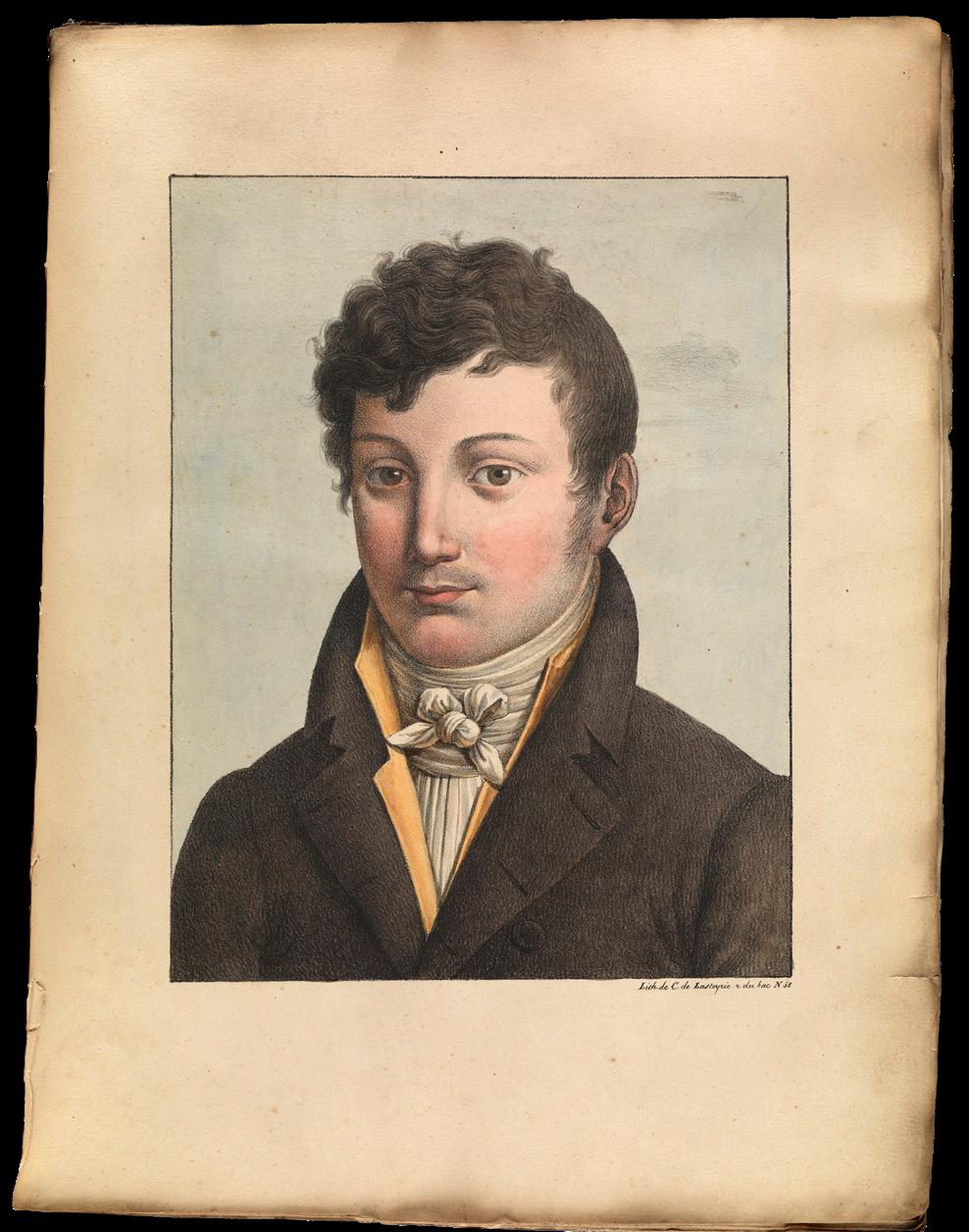



Continued...
This portrait, the fourth in a sequence of four, shows a young man in the final stages of yellow fever, bleeding with bloody and black vomit.
This portrait, the third in a sequence of four, shows a young man with advanced yellow fever, jaundiced (yellow skin) and bleeding from the nose.
This portrait, the first in a sequence of four, shows a healthy young man before he contracts yellow fever.
May – June 2024 35
This portrait, the second in a sequence of four, shows a young man in the early stages of yellow fever, flushed with bloodshot eyes.
Dromgoole’s English Female Bitters & Yellow Fever!
By Ferdinand Meyer V & Joe Gourd
“Within the oyster’s shell uncouth, The purest pearl may hide. So with the afflictions that lurk among the females of our land. The pale cheek, the palpitating heart, the dull eye, the listless tongue, the aching head, the feeble walk, the lost appetite, the gradual emaciation, and the pale, sallow cheek, all indicate a serious disease lurking and undermining the constitution. If this be your condition, sunder the diseased link, unbind the fetters, disband the sickly poisons, and disarm the raging storm that threatens your life – by the use of Dr. Dromgoole’s English Female Bitters, that great wonder-working female medicine of the present day. Chronic cases of ten years standing yield to their potent influence. Sold everywhere in large bottles at one dollar.”
John Parham Dromgoole
Edward Dromgoole (John’s great-grandfather) was an Irish immigrant who settled in Maryland around 1770 and became a Methodist minister, merchant, and planter in Brunswick County, Virginia. His son, Edward, followed the same path.
John Parham Dromgoole was born in 1827 in Brunswick and moved on to graduate from the University of Louisville School of Medicine in 1847. He then moved to Shelbyville, Tennessee, where he was a physician and general wholesale dealer in patent and family medicines, soap, perfumes, etc.
Dr. Dromgoole’s next listing is in 1865 when he was a physician at Wilkerson’s Drug Store in Memphis, Tennessee. In subsequent years, he was listed as J. P. Dromgoole & Co. at 120 Beale Street with Daniel Gober, and they were listed as physicians and wholesale and retail druggists. The first English Female Bitters advertisement occurs in this period. In 1873, Dromgoole was back in Louisville practicing as a physician and manufacturing his English Female Bitters.
The great Yellow Fever epidemic of 1878 originated in New Orleans in mid-July. The mosquito-borne viral disease spread northward to Grenada, Mississippi, blanketing the Mississippi Valley with its victims.
Following the 1878 Yellow Fever epidemic, Dr. Dromgoole gathered fever methodology and perspectives from a wide variety of professionals and sufferers and published his landmark, Dr. Dromgoole’s Yellow Fever Heroes, Honors, and Horrors of 1878—a list of over ten thousand victims, martyr death-roll of volunteer physicians, nurses, etc.
“Perhaps in the history of epidemic, nothing more appalling ever occurred among civilized people than the suddenness and fatality with which it appeared in Grenada,” wrote Dr. J. P. Dromgoole, the Louisville physician who went to Memphis’s aid and then turned his attention to Grenada, a city of twenty-five hundred inhabitants.”
Dr. Dromgoole remained in Louisville until we saw a patent medicine listing for him in Atlanta in 1884 for “B.B.B. Botanic Blood Balm.” Many antique bottle collectors may be familiar with this brand and bottle. In 1890, Asa Candler (yes, that Candler) bought the once venerable Botanic Blood Balm Co., a big seller for its inventor, Dr. J. P. Dromgoole. Candler probably picked it up at a rock-bottom price after an 1889 landmark Georgia Supreme Court case significantly reduced the value of the company by finding in favor of a plaintiff who sued after taking three bottles “as directed” for a rash on his leg and ended up with “his head, neck and breast...covered with red spots and the inside of his mouth and throat filled with sores [and finally] a large part of the hair fell from his head.”
One very interesting character related to a bottle long dormant on my shelves. Every bottle has a story. John Dromgoole died in 1929.



Dr. Dromgoole’s Yellow Fever Heroes, Honors, and Horrors of 1878
36 Antique Bottle & Glass Collector


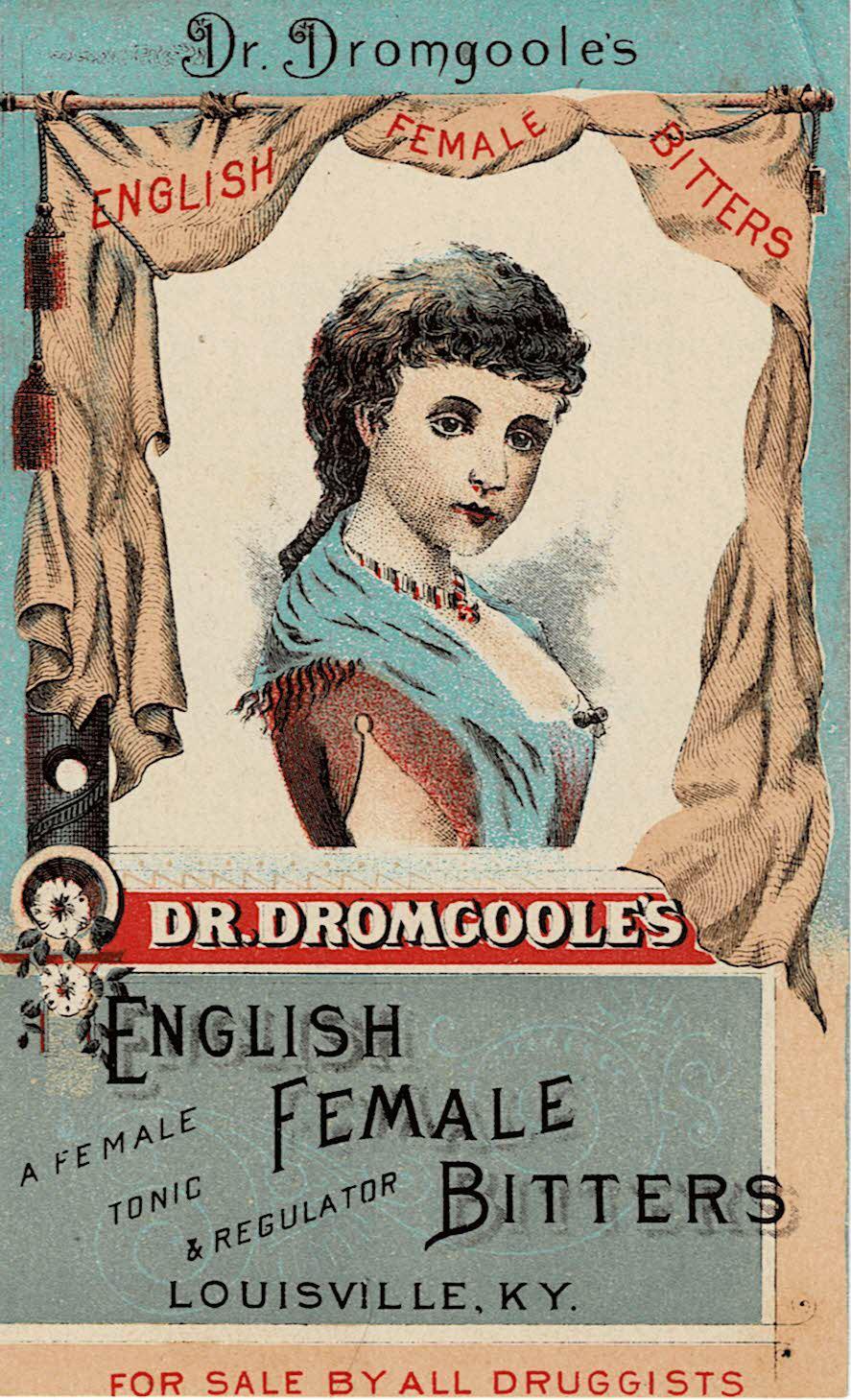

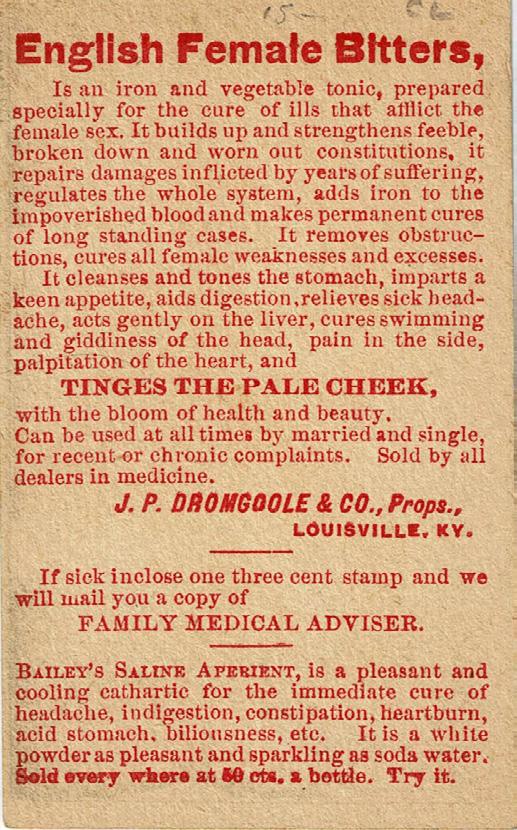


 [This Page] Various Dr. Dromgoole’s advertising trade cards. – Joe Gourd collection
[This Page] Various Dr. Dromgoole’s advertising trade cards. – Joe Gourd collection
May – June 2024 37
[Left] Dromgoole’s English Female Bitters, Louisville Ky. –Ferdinand Meyer V collection

For dealer information contact Show Chairmen: For dealer information contact Show Chairmen: Keith Quinn: 205-365-1983 / email: klq1812@gmail.com Steve Holland: 205-492-6864 or Visit Our Facebook Page @ Alabama Bottle Collectors’ Society Visit Our Facebook Page @ Alabama Bottle Collectors’ Society (10 minutes north of Birmingham) Free Admission & Appraisals 4th Annual Dealer Set-Up: 7:00 AM Dealer Set-Up: 7:00 AM Early Buyer: 8:00 AM ($20) Early Buyer: 8:00 AM ($20)
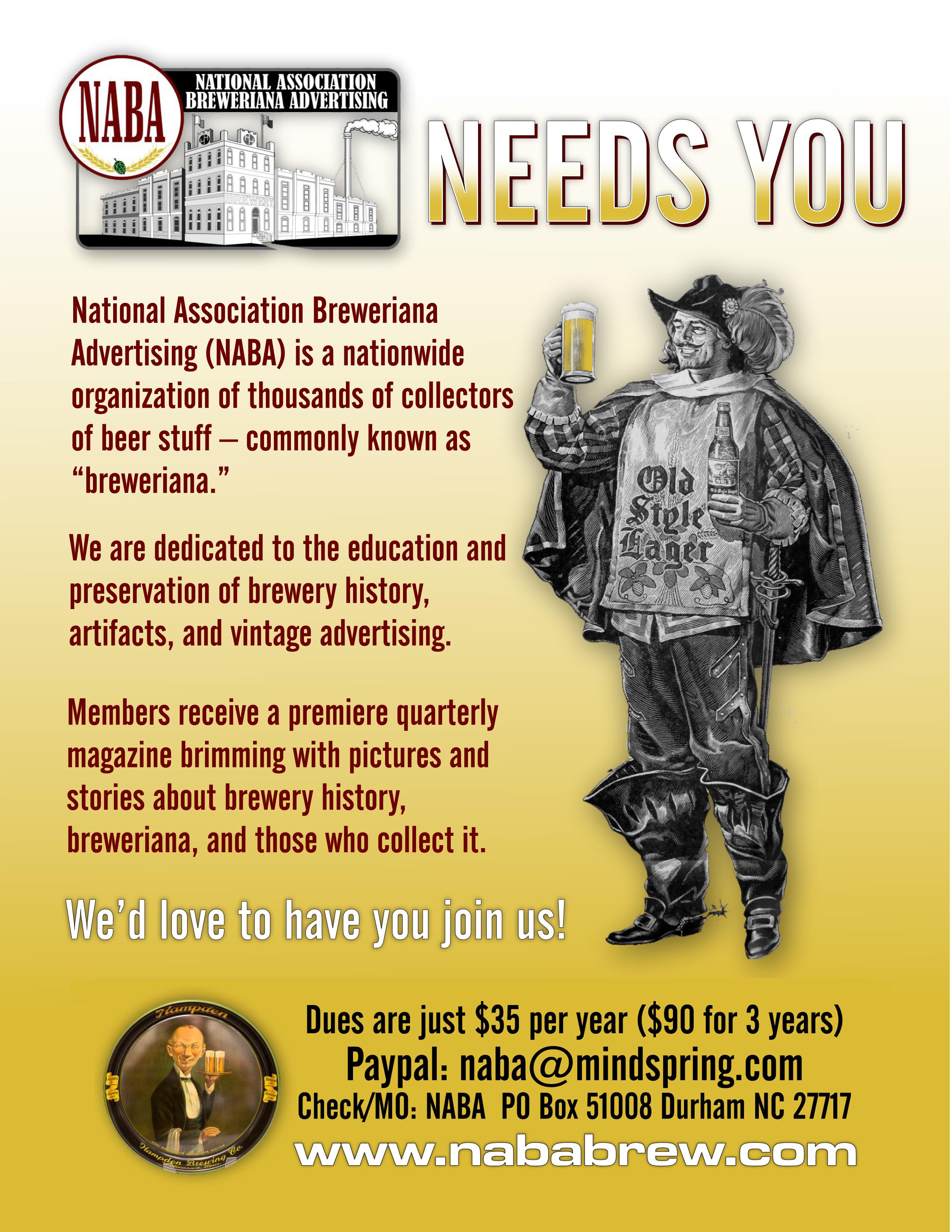




40 Antique Bottle & Glass Collector visit



Submission deadline is 01 June 2024 Get more information by contacting Elizabeth Meyer 713.504.0628 or fohbcmembers@gmail.com Download the applications by visiting FOHBC.org, scroll across the top to “Members,” scroll down to “FOHBC Club Contests” and left click.
All contest winners and awards will be announced during the “Dinosaurs Banquet” program in the HMNS Hall of Paleontology at the FOHBC Houston 2024 National Antique Bottle & Glass Exposition this coming 02 August 2024. You do not have to be present to win.
Thanks and Good Luck!

May – June 2024 41 FOHBC
CLUB
NATIONAL ANTIQUE BOTTLE & GLASS EXPO
-
A
E G O R I E S AWARDS
2024
& MEMBER CONTEST ANNOUNCEMENT HOUSTON 2024
Winners announced at the FOHBC Houston 2024 National Antique Bottle & Glass Exposition! - Newsletter Contest - Show Poster / Flyer Contest - Writer’s Contest - Club Website Contest
Club Social Media Contest C
T
BEST DRINKING WATER Two Early Artesian Water Bottles
Jamie Westendorff is a well-known caterer in Charleston, South Carolina, and, unfortunately (or you might say fortunately), has two damaged B. R. Estabrook bottles when he would like to have just one good example.
Jamie can trace his family back in Charleston to his grandfather Clarence White Westendorff, who ran an oil and gas stove and range business in Charleston in the 1870s. C. W. Westendorrf was also an artesian water dealer, probably with a company much like Charleston businessmen William W. White and Benjamin R. Estabrook, who had artesian bottles made in the mid-19th century. Westendorff was selling artesian water at Meeting and Wentworth Streets, but unfortunately, no bottle has ever turned up with his name. On an extant C. W. Westendorf business form, it claimed, “We deliver the best drinking water in Charleston.”
It is said that there are only two early artesian water bottles from Charleston. Both these bottles are styled like the northern Saratoga-type mineral water bottles. One bottle is embossed “Wm. W. White” and the other “B. R. Estabrook.” Both bottles are rare because the White example is one of a kind, and only a handful of Estabrook examples are known.
At any antique bottle show, you can find someone at a table selling artesian or spring and mineral water bottles. These bottles are made of beautiful colored glass, mostly in shades of blue, green, deep olive and black. The bottles also have an interesting and appealing shape as well as a rich history. The fact that the bottles contained water, one of the most important elements for sustaining life on this planet, is also undoubtedly a conscious and subconscious reason why many collect these bottles.
It is true that without water, we could not exist. Water, I have found, will quench your thirst and stop dry mouth better than anything else. And if you listen to your doctor, you should have at least three glasses of water a day because it is believed to be more healthful than any other beverage. Incredibly, our bodies are made up of about 60 percent water; we can’t go more than three days without imbibing it.
The story of the Charleston artesian bottles must begin with their past, which was in the state of New York. In the late 1700s, people visited natural springs to drink water or bathe. Folks at this time knew that clean water was healthful, but they also began to perceive that spring water, mineral water and artesian water had medicinal effects. This water was considered special because it came from way below the earth’s surface and had never been used before.
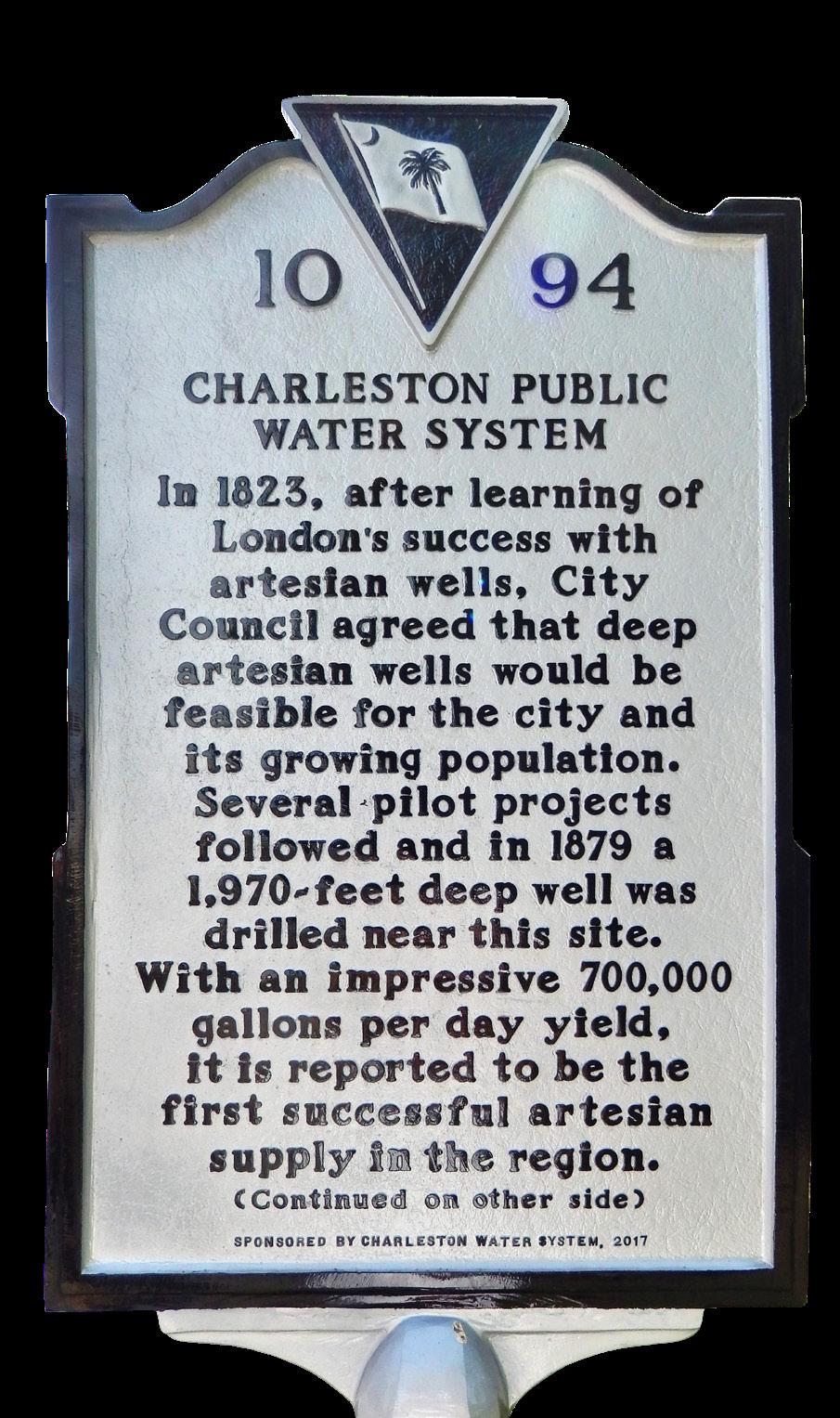
42 Antique Bottle & Glass Collector
Charleston Public Water System Historic Marker.
Well drilling line icon, water borehole.
IN CHARLESTON
By David Kyle Rakes
a
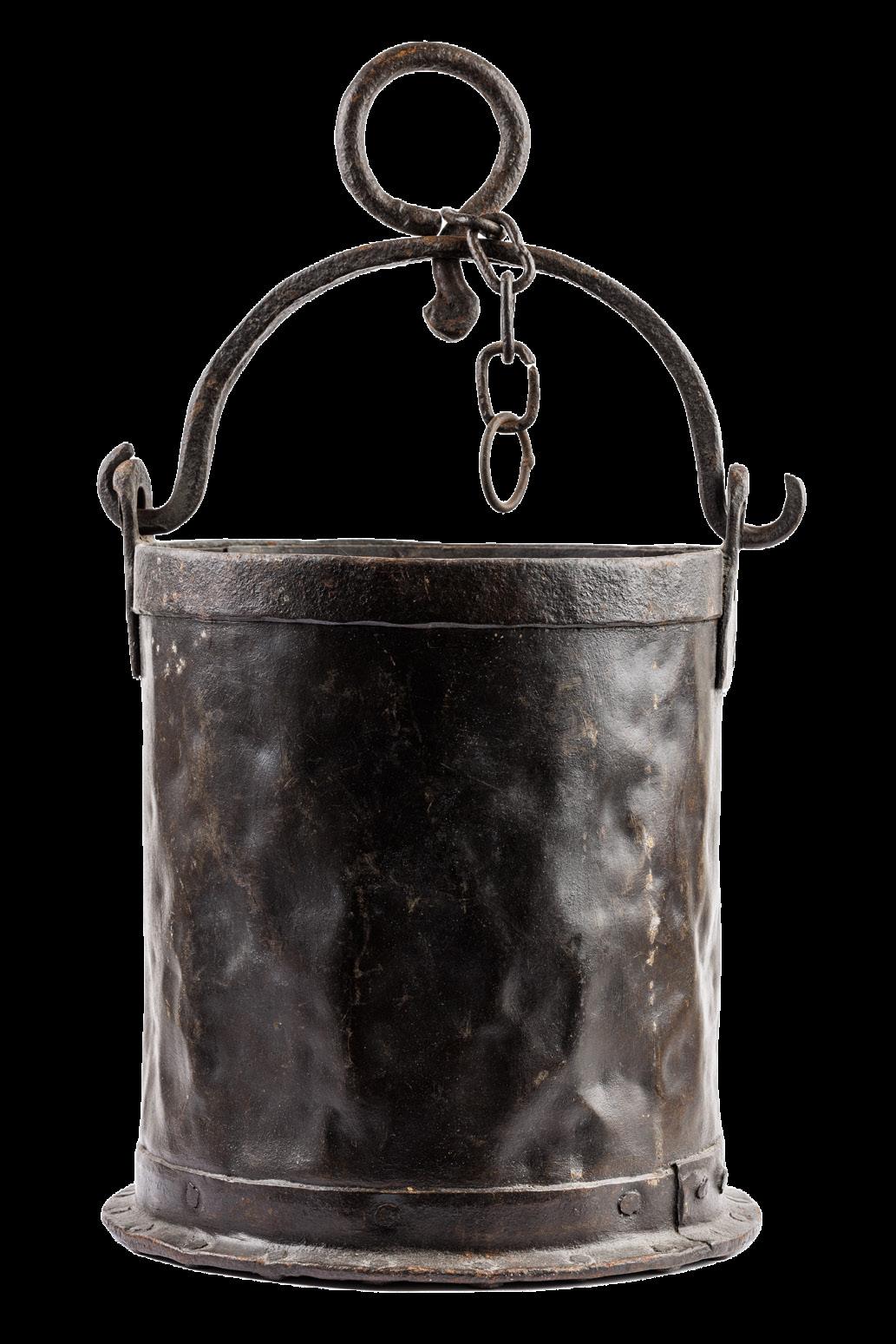


May – June 2024 43
Dark olive green bottle made for William White embossed on the front, “Wm. W. White Artesian Water Charleston S.C.”
Victorian engraving of
diagram of an artesian well stock illustration
Artesian well bucket.
Field well for irrigation.
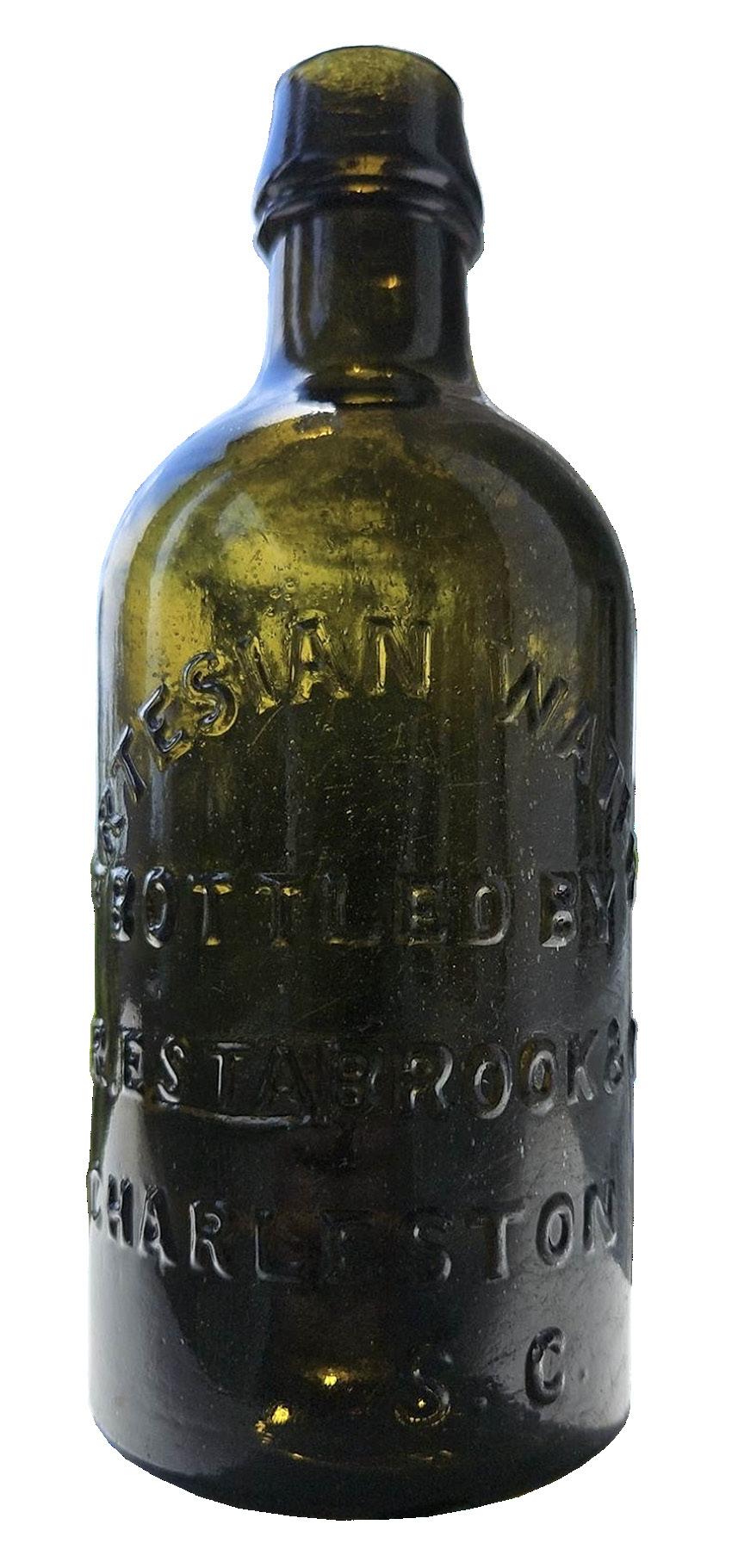
Olive green artesian bottle for Benjamin Estabrook, embossed “Artesian Water
Bottled By B.R. Estabrook & Co Charleston S.C.”

Courtenay Square, Meeting and Wentworth Streets, Charleston, SC “On this site a cast-iron pavilion, erected in 1885, covers an artesian well [1846], 1,800 feet deep, that served Charleston residents with pure water, especially during times of yellow fever epidemics. Designs for a small park on this site, named for Charleston’s mayor William Ashmead Courtenay, were altered after the earthquake of 1886, when plans were developed to construct modern fire stations at convenient points in the city rather than repairing the old damaged buildings. The small park was redesigned and landscaped, and the pavilion was restored. Mayor Joseph P. Riley, Jr., and Fire Chief Karen Brack officially dedicated Courtenay Square in May, 2013.
By 1767, Jackson’s Spa in Boston
was
the first
to begin
bot
tling mineral water commercially. Others soon followed, and the water was sold in fancy, colorful glass bottles. Bottles were expensive to produce and transport but created an impression of value and luxury to justify their high price. The springs around Saratoga, in central New York, would soon become well known because there were so many. At least 22 springs occur on a line where the north-south Saratoga Fault allows water trapped in subsurface shale layers to reach the surface.
Colorful, uniquely shaped bottles were made for the proprietors selling spring and mineral water. These bottles came in half pints, pints and quarts and have a squatty body style or relatively large diameter proportional to the body height. These cylinder-shaped bottles also have relatively short necks with double-collared tops that once used cork closures. This bottle style must have been well-liked because it continued to be used until the late 19th century. Almost all these water bottles of this shape, even if they come from other places in New York or other states, are referred to as Saratoga-type mineral water.
At least four different kinds of water were marketed: mineral, spring, artesian, and sparkling. Mineral water was natural water from a well or spring with at least 250 parts per million total dissolved solids. These dissolved minerals were impurities; however, people believed the minerals provided health benefits. Spring water from natural springs was special because it was filtered through underground aquifers below the earth’s surface. Artesian water was about the same as spring water from the aquifer; however, it was trapped below subsurface rock under pressure and was often forced to the surface by a well. Sparkling water from a spring naturally contained dissolved carbon dioxide, which naturally carbonated or added bubbles to the water. So it was that these waters were preferred by early Americans and the folks in Charleston in the early 19th century.
In 1823, the Charleston City Council commissioned the construction of an artesian well at Meeting and Wentworth streets. A three-inch pipe was drilled 1,260 feet down through a clay base at a cost of $30,000. This well supplied much of the city with pure fresh water during the early and middle years of the 19th century. Many homes back then usually depended on cisterns and ordinary wells replenished by rainfall. The artesian well became the preferred place for horses and Charlestonians to go for drinking water.
Next door to the artesian well at Meeting and Hayne streets was the Charleston Hotel run by Daniel Mixer of Massachusetts. Mixer had previously been in the hotel business in Augusta, Georgia, for 12 or 13 years. In 1849, he took charge of the popular Charleston Hotel and was said to have conducted it very successfully for over a decade. In 1857, Mixer laid pipes from the artesian well to his hotel for $800. The water was primarily used for the hotel bathrooms and drinking water.
In the late 1850s, William W. White, an Irish emigrant, worked for Daniel Mixer as a steward at the Charleston Hotel. White was born in 1822 and appeared to have emigrated to Charleston around 1850. He first ran a large shingle business on the Southern Wharf before taking a job at the hotel. However, in 1859,
44 Antique Bottle & Glass Collector
the artesian well was so popular with visitors and locals that he started a business called “Artesian Baths,” for which he piped water from the artesian well to a building with tubs.
By March 1860, the newspapers reported that William White “moved the vats or tubs into a three-story brick building, next east of the well, where there will be more room. He has made many improvements over the last year. Cleanliness and neatness seem to be the entire rule and watchword of the employees. It will become sooner or later a general resort. Those who once try them will go again. Charleston may yet become a watering place of note. The peculiar softness of this water admirably adapts it to the use of bathing.” White charged 50 cents per bath, and folks were more than willing to pay this.
William White also ran a newspaper advertisement the following month providing hours which said, “The Artesian Baths, Corner Meeting and Wentworth streets are now open. From five O’clock A.M, to Ten O’clock P.M. Visitors to the city, on arriving, will find that this water, on account of its particular softness, makes the best bath in the World, Wm. W. White.” In May, William reduced his price on baths to 25 cents because “they’re having been plenty of rain, which enables the subscriber to have double the quantity of water for his baths.”
In 1859, about the same time William White started the Artesian Baths, he also began bottling artesian water and distributing it around the city. An April newspaper reported, “Persons residing in the country can have Artesian Water sent to them in bottles, demijohns or barrels by applying to Wm. W. White, next to the Artesian Well.” Another ad in June was lengthier and pushed his product even more. “Water! Water! Orders will be received at the Artesian Well, or through the Post Office for the delivery of Artesian or good spring water for family use. The cart has a force pump and hose to facilitate its delivery. Rates, ½ cents per gallon from 20-600 gallons, 3/8 cents per gallon from 600-and upwards. An increase on the above rates will be changed when orders are received for delivery, on such streets as may not be paved or planked, or for delivery in remote parts of the city. Wm. W. White.”
The bottle made for William White is olive green with a smooth base and has a collared top. It is 8 ¼ inches tall and 3 3/8 diameter at the base, and embossed on the front, ‘WM. W. WHITE.’ On the reverse side, the embossing reads, ‘ARTESIAN WATER’ (arched) ‘CHARLESTON S. C.’
After April 1861, William White no longer ran ads for his Artesian Baths or Artesian Water delivery businesses. The reason for this was likely financial problems. It was reported that he was in the custody of the Sheriff of Charleston at this time “by virtue of a writ of Copias ad Respondendum at the suit of J. C. Crose.” It appeared that William W. White had fallen into some financial difficulties, and a schedule on oath of his estate was made to relieve insolvent debt. White appears to have lost his two watering businesses.
In May of 1861, White’s former boss, Daniel Mixer, died suddenly from cholera in Columbus, Georgia, while he was looking for a place to make vacation plans. White appears to have taken over
at least part of the hotel. However, not long after, on June 19, 1867, William White died at the age of 45 in Charleston and was buried in the St. Lawrence Cemetery. His death certificate said he was a hotel keeper. White appears to have never married and had no children.
The other artesian water bottle known from Charleston belonged to B. R. Estabrook. Unfortunately, even less is known about this proprietor’s history and operations. Benjamin Rush Estabrook was born August 20, 1830, in Camden, Maine, the son of Joseph H. and Caroline (Jacobs) Estabrook. Benjamin Estabrook was undoubtedly named after Benjamin Rush, the colonial physician, reformer, and patriot of the Revolutionary War. Benjamin Estabrook moved to Charleston around 1858 and married Sarah T. Brown.
In 1860, according to the Charleston census, Benjamin Estabrook worked as a clerk and lived with his wife and father-inlaw, James W. Brown, a merchant from Rhode Island. Around 1870, Estabrook became a commercial merchant, and it’s believed that he started bottling artesian water from the well at the same Meeting and Wentworth streets. Perhaps Estabrook took over William White’s water businesses.
One artesian bottle is known for Benjamin Estabrook, and it is olive green with a smooth base, has a collared top and stands 7 ¾ inches tall and 3 1/8 inches in diameter. It is embossed on one side and reads, ‘ARTESIAN WATER’ (arched) ‘BOTTLED BY B. R. ESTABROOK & CO CHARLESTON S. C.’
The other partner in this firm has yet to be discovered. It is believed that Benjamin Estabrook carried out the same services that William White offered: delivering bottles, demijohns, and barrels of water to folks in Charleston.
Benjamin Estabrook died in Charleston on March 21, 1871, and was buried in Mount View Cemetery in Camden, Maine. He and his wife appear to have left no children.
The artesian well at Meeting and Wentworth still exists and is under a gazebo. This well could not meet the demand, so another artesian well was drilled in 1879 at a depth of 1,970 feet at Marion Square. This well was very successful and yielded 700,000 gallons per day.
Marty Vollmer, from Lexington, South Carolina, has the only known Wm. W. White artesian water bottle. It was found kitty-corner from the State House in Columbia. Marty was nearby when he saw a track hoe load a dump truck full of dirt. He followed the truck to the dump site and found it in the dirt pile. Marty has had this water bottle since he found it in 2003.
Another well-known Charleston bottle collector, Chip Brewer, recently acquired a great example of the B. R. Estabrook artesian water bottle.
These two Charleston artesian water bottles are rare and beautiful, and a collector’s dream comes true. The bottles also tell a story of the importance of water for everyday living, as it was in the past, now, and in the future. The bottles remind us just
May – June 2024 45
how important it is to take care of our aquifers, springs, and other waterways because we always want to be drinking and bathing in the best water.
SOURCES:
Image of Wm. W. White bottle, Marty Vollmer.
Image of B. R. Estabrook bottle, Chip Brewer.
White and Estabrook bottle specifications, Tommy Schimpf.
Image of C. W. Westendorff business form, Jamie Westendorff.
Different kinds of waters, Geology.com
Artesian well at Meeting and Wentworth streets, Charleston Water System, Charlestonwater. com and The Charleston Mercury, December 31, 1866.
Wm. W. White shingle business, The Charleston Daily Courier, July 22, 1854.
Artesian Baths, Wm. W. White, The Charleston Daily Courier, February 22, 1860, March 12, 1860, April 28, 1860 and May 1, 1860.
Artesian Water, Wm. W. White, The Charleston Daily Courier, June 1859, April 28, 1860, April 28, 1860 and December 10, 1859.
Daniel Mixer, hotel keeper, The Charleston Daily Courier, January 4, 1868, The Charleston Mercury, June 28, 1859.
Daniel Mixer and William White, Hotel Keeper, Steward, 1860 Census Charleston
Daniel Mixer obituary, The Charleston Daily Courier, May 28, 1861.
Wm. W. White in debt, The Charleston Daily Courier, April 19, 1861.
William White, death, S.C Death Records, Ancestry.com.
Benjamin Rush Estabrook, birth and death, Find A Grave, S.C. Charleston City Death Records
Benjamin Rush Estabrook biography, WikiTree, North American Family Histories, 1500-2000, Ancestry.com.
Benjamin Estabrook, 1870 Charleston Federal Census, 1850 Federal Census for Camden, Maine
Illustration: Cross-section diagram of an artesian well, USA. Illustration published in Physical Geology by Mytton Maury (University Publishing Company, New York and New Orleans) in 1894.
Charleston Public Water System Historic Marker, (Side A) “In 1823, after learning of London’s success with artesian wells, City Council agreed that deep artesian wells would be feasible for the city and its growing population. Several pilot projects followed and in 1879 a 1,970-feet deep well was drilled near this site. With an impressive 700,000 gallons per day yield, it is reported to be the first successful artesian supply in the region.” (Side B) The artesian supply was Charleston’s primary water source until 1903 when a franchise was granted to the Charleston Light and Water Co. to take over the city system and construct a new plant and reservoir by damming Goose Creek. In 1917, the city acquired the plant and properties, forming the Commissioners of Public Works, now Charleston Water System, to manage and operate the city water system. Sponsored by Charleston Water System, Erected 2017 by Charleston Water System. (Marker Number 10-94.) Photographed By Cosmos Mariner, May 2, 2019.
Photograph: Courtenay Square, Meeting and Wentworth Streets, Charleston, S.C. “On this site a cast-iron pavilion, erected in 1885, covers an artesian well [1846], 1,800 feet deep, that served Charleston residents with pure water, especially during times of yellow fever epidemics. Designs for a small park on this site, named for Charleston’s mayor William Ashmead Courtenay, were altered after the earthquake of 1886, when plans were developed to construct modern fire stations at convenient points in the city rather than repairing the old damaged buildings. The L-shaped Central Fire Station, built in a restrained Italianate Renaissance Revival style with splendid brick detailing, was completed by 1888 at a cost of $14,000. Today the structure houses firemen and equipment as well as a well-maintained late-nineteenth-century engine, usually visible from Wentworth Street.” The Buildings of Charleston (1997).

Early Georgia Sodas, 148 pages. Includes glossary and index. Almost every page is filled with colorful bottles and interesting, and never heard of before biographical sketches.

Florida Advertising Jugs, 174 pages. Includes glossary and index. Fifty-two jugs from fifty-three jug proprietors! Biographical sketches with their jugs and advertisements. This is the first complete Florida jug book ever.

Early Sodas of the Carolinas, 148 pages. Includes glossary and index. Almost every page is filled with colorful bottles and interesting, and never heard of before biographical sketches.
BOOKS BY DAVID KYLE RAKES
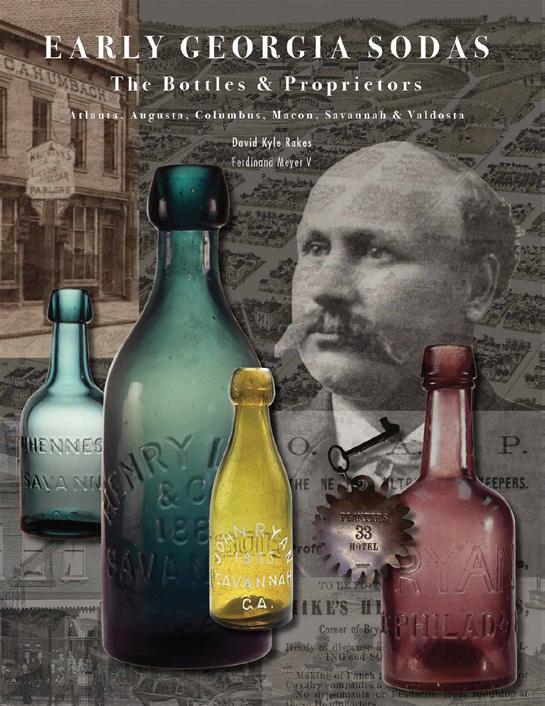


Recent books by David Kyle Rakes and published by Peachridge Collections, LLC. include Early Georgia Sodas (2022), Florida Advertising Jugs (2023) and Early Sodas of the Carolinas (2024). Look for new books on Early Sodas of Alabama, Florida & Mississippi and Early Sodas of Louisiana & Texas. Join David at Houston 24 where you can purchase his books and get them signed.
Visit: Bottle and Jug Historical Books by David Kyle Rakes at bottlesandjugshistoricalbooks.com

46 Antique Bottle & Glass Collector

May – June 2024 47
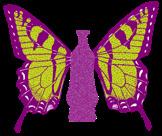
What’s Underfoot in Houston?

LAND OF OZ
My life path to Houston was interesting because I took a train from Baltimore to Kansas City to attend art and design school with a full scholarship. During my junior year spring break, I hitchhiked to Houston and fell in love with the city—so much so that I moved there, grew roots, and never left. In 1975, most of the country was migrating to Houston because of the “Recession of 1973-75,” the most severe economic contraction in the postwar era. It was reported that there was a nationwide U-Haul trailer shortage as they were all in Houston and that there were billboards in Detroit saying, “Please turn off the lights when you leave.” Anyway, I love this city and refer to it as the “Land of Oz.” This endearment initially came about as I lived and worked downtown. My office was on the 28th floor of an old building facing all the glistening glass towers. The sunrises and sunsets were spectacular.
SHINY LIKE COAL



Elizabeth and I live in a great, culturally diverse, centrally located city. With direct flights, we can hop on a plane and be almost anywhere in the country and world expeditiously. Houston has a reputation for being shiny and new, but that is not the case. While there has been a mentality and mindset to tear it down to make something bigger and better—downtown and surrounding areas are steeped in history. I’ve seen these hidden gems almost daily on my jogs, dog walks, and explorations. I have lived in downtown Houston since 1982 and have been an antique bottle collector since 2002. In 2024, they will intersect with the most unique antique bottle and glass event ever, Houston 24
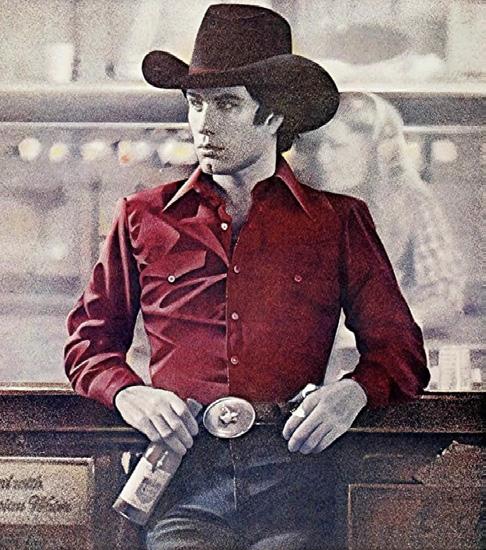
MISUNDERSTOOD




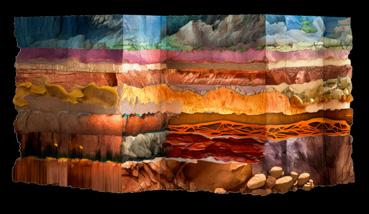


Many people think of “Dallas” when they hear “Houston.” I think that’s because of the popular 1978 TV series called Dallas, or they think we all drive around on horses because of the 1980 movie Urban Cowboy, where actor John Travolta (left) was a country boy who moved to the city to visit his uncle and his family. He starts hanging out at Gilley’s, the famous nightclub owned by Mickey Gilley. This is so far from the truth. People also say we are a “city of concrete,” but if you go up ten stories in any office tower in any part of our metropolitan area, all you see is a canopy of green. People also say it’s too hot in Houston. I say it’s the coldest city in the country in the summer as our air conditioning is so great that you see many people wearing sweaters in the summer. People also ask me if I know “so and so” in Dallas, and I have to remind them that Texas is a big state with quite a few major cities that are dramatically different. To be able to have the FOHBC Houston 24 Expo here is a dream come true. The hard part is convincing others to come to “Bottle Siberia.” Did you know that Houston was once the epicenter of bottle collecting?
OUR DESIGN STUDIO
FMG Design is located in the old Texas and Eller Wagon Works Building on Commerce Street (pictured to the right). The asphalt now covers the old railroad tracks that ran down the street to service all the businesses and warehouses along Buffalo Bayou, which connects Houston to the Ship Channel and then the Gulf of Mexico.
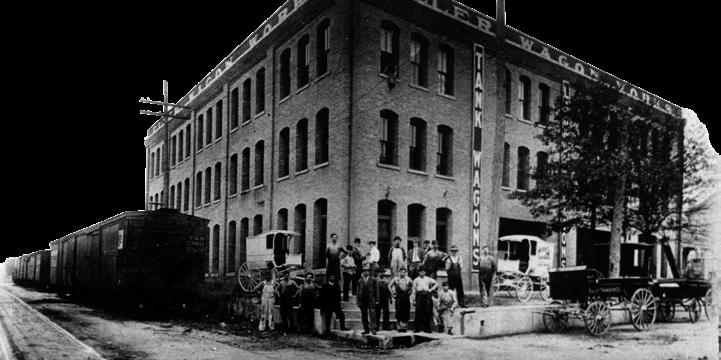
This article aims to reflect on Houston’s beginnings, why the city is so great and how Houston relates to antique bottle collecting. We get American history from the New Englanders and the California collectors (among many other bottle-rich locales), but we rarely hear of Texas, specifically Houston. Where were the saloons, the groceries, the bottlers, and the liquor merchants? If I were a bottle digger, where would I look? What was under or before the newer buildings? Why is Houston such a misunderstood giant? What’s Underfoot? Some questions to explore to get you ready for your trip or tip the scale and make you come.

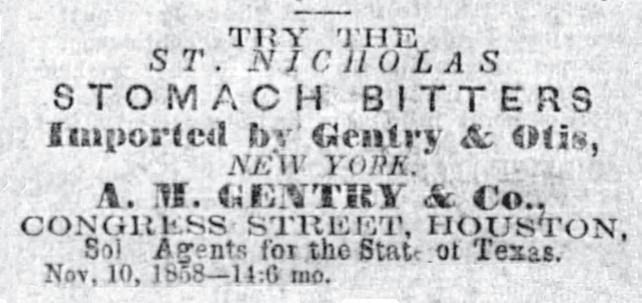
1858: From New York—200 cases of St. Nicholas Stomach Bitters, 50 cases Stouten’s Bitters, 50 cases of Hostetters and 49 cases of Turners Forest Wine Bitters were off-loaded at Allen’s Landing and delivered to local merchants!
48 Antique Bottle & Glass Collector INFO FOHBC.org West Texas Intermediate (WTI) light, sweet benchmarks. sourced primarily from inland Texas and one of the highest quality oils the world, which easy refine. 01 Aug – 04 Aug 2024 Texas Sweet HOUSTON
Travolta
H24 “Land of Oz” advertising
St. Nicholas Stomach Bitters
H24 “Texas Sweet” advertising.
ABOUT HOUSTON
On August 30, 1836, Augustus C. and John K. Allen founded Houston. They paid only $1.40 per acre for the 6,642 acres of land they bought near today’s Buffalo Bayou
The city is named after Sam Houston, a military commander and politician who led Texas’ battle of independence from Mexico. He was the first president of the Texas republic.
In 1837, a small steamship named Laura was the first ship to sail into Houston. It came from Harrisburg and the 12-mile voyage took three days.
More than 2.3 million people live in Houston. It is the fourth most populous US city behind New York, Los Angeles and Chicago. In coming years the city will move to 3rd place.
Over 145 languages are spoken in Houston. Apart from prevalent Spanish and English, you will hear German, Vietnamese, Hindi, Chinese, Urdu, Arabic, Welsh and Tagalog, among others.
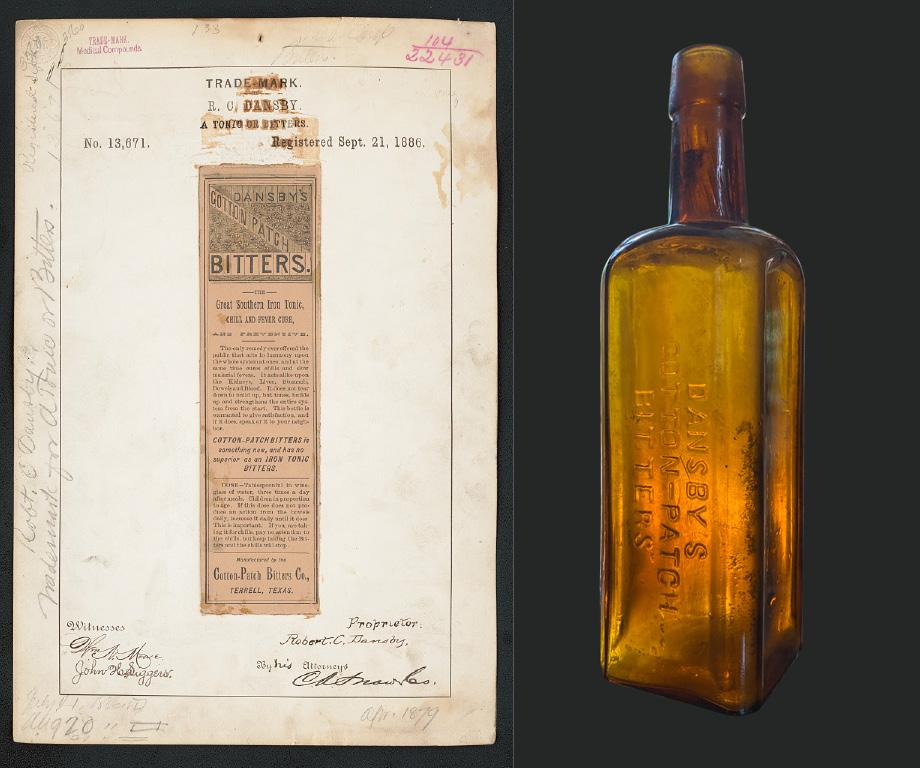
After looking “high and low” for many years, I found the elusive “ Cotton-Patch Bitters” right under my eyes on a window sill in a kitchen not 15 miles from where I live! - Meyercollection






Houstonians are a cultured bunch. More than 61% of its residents over the age of 25 hold a bachelor’s degree or higher
Houston is the second fastest-growing US city, behind New York. This is owed to thriving medicine, engineering, oil, gas and aeronautic industries.

Even though Houston has a tropical climate, the city is not all about Texan sunshine. Houston gets more rain than Seattle with an average of 49 inches per year. This is why many waterways and bayous meander through Houston. As some of you may know, we have sadly endured a 100-year, 500-year and 1,000 year flood in the last ten years!
Bayou City, Space City, Hustle Town and the City With No Limits are all nicknames for Houston. “Houston” was the first word heard on the moon. Neil Armstrong’s first words to Apollo 11 Mission Control from the lunar surface were “Houston, Tranquility Base here.”
Glenn McCarthy is the quintessential oilman and tycoon who became one of the richest Americans after the Texas Oil Boom. In 1949, he built the Shamrock Hotel Houston for $21 million. This was followed by the historic Warwick Hotel, now Hotel ZaZa, ground zero for Houston 24.
The first city park in Houston, now Sam Houston Park, was opened in 1899. The site still has majestic old structures from that era.
Houston is the largest American city without formal zoning laws. Building codes are regulated by local ordinances.


Houston has an underground tunnel network for pedestrians, 20 feet below the ground and joining 95 blocks of major buildings, retail stores and restaurants in Houston. It was originally built to connect three downtown movie theaters.
The Space Station telephone uses a Houston area code so the ISS is an honorary resident of Houston.
You can “burp” the Buffalo Bayou. Pushing a red button on the Preston Street Bridge causes the bayou to bubble.
May – June 2024 49 INFO FOHBC.org "Space City" 1967 because home NASA's Manned Spacecraft Center. HOUSTON 2024 PREMIERS THIS SUMMER! 01 Aug – 04 Aug 2024Space
City
Sam Houston
Hotel ZaZa
H24 “Space City” advertising
Historic, eclectic and arty. H24 Host Hotel
Houston & Buffalo Bayou – 1873
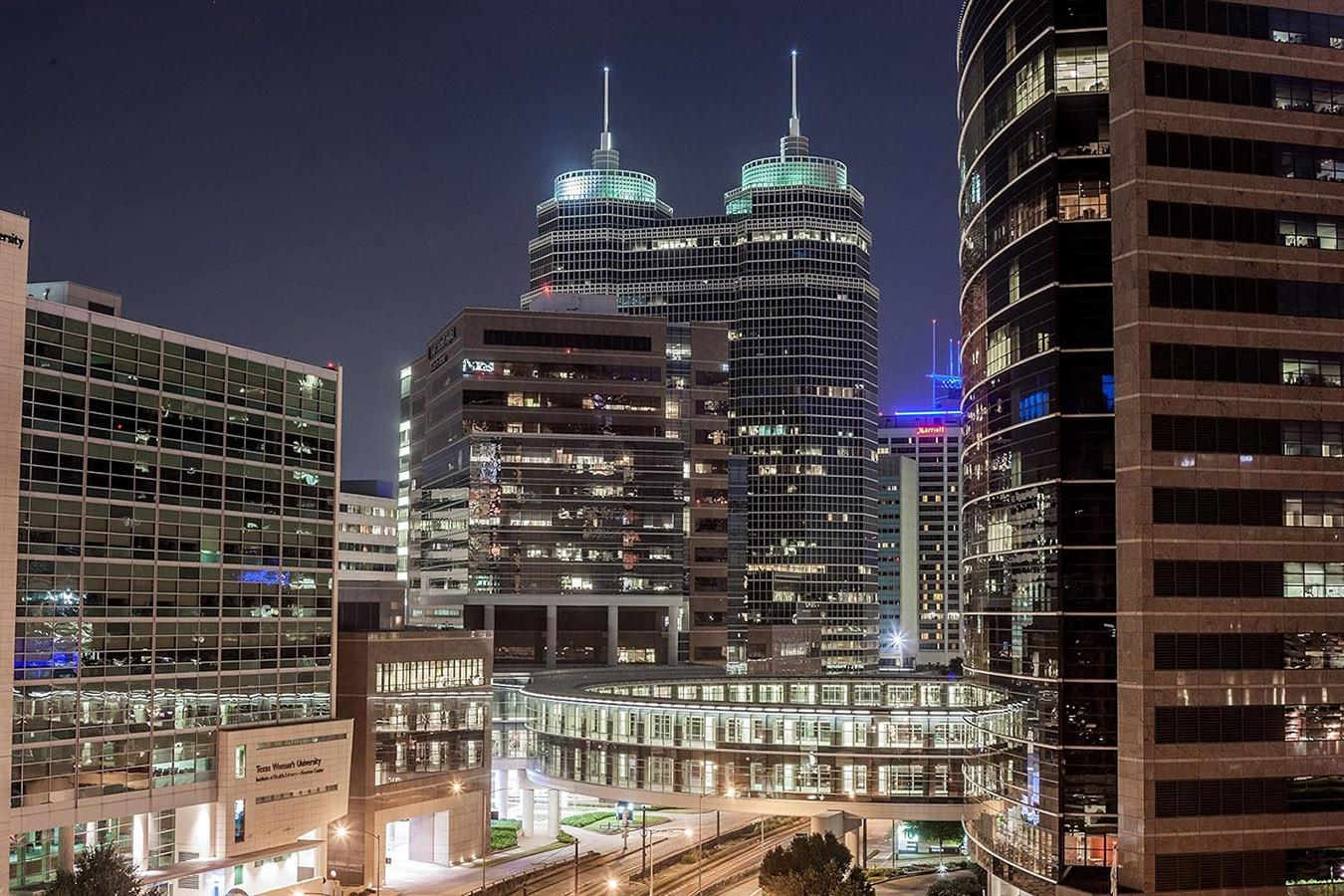
The Texas Medical Center (TMC) is a 2.1-square-mile medical district and neighborhood in south-central Houston, Texas, immediately south of the Museum District. Over 60 medical institutions, largely concentrated in a triangular area between Brays Bayou, Rice University, and Hermann Park, are members of the Texas Medical Center Corporation—a non-profit umbrella organization—which constitutes the largest medical complex in the world
METRORail Red Line, a north-south light rail route connects North Houston, Downtown Houston, The Theater District, University of Houston–Downtown, Midtown, Houston Museum District, Hermann Park, Houston Zoo, Texas Medical Center and Stadium Park.
Houston is home to the world’s first multipurpose domed stadium. Opened in 1965, The NRG Astrodome served as a venue for the Houston Astros. It is currently not in use.
The first and largest traditional temple of the US was built in Houston. The Hindu temple BAPS Shri Swaminarayan Mandir was built in 28 months with Italian marble and Turkish limestone.
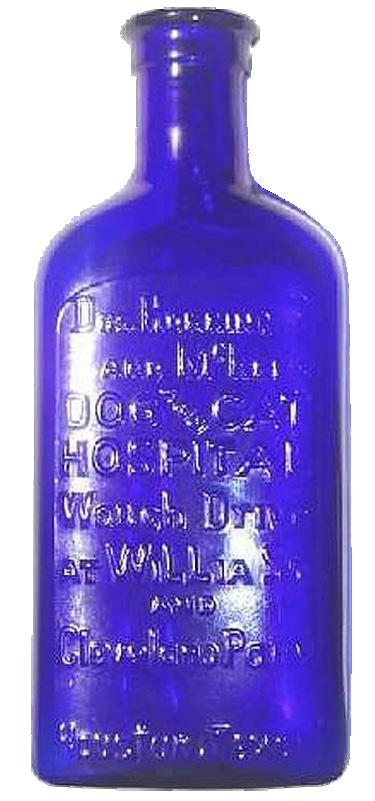

ASTRODOME

HOUSTON CITY SEAL
On Monday, February 17, 1840, at the regular City Council meeting, a resolution was passed authorizing Mayor Charles Bigelow “to procure a seal to be styled, the seal for the City of Houston, Texas.” At the next meeting, on February 24, “On motion of Alderman Stevens, it was resolved that the seal purchased by F. Moore(e) Jr., Esq., be received as the city seal.” Dr. Francis Moore, Jr., a distinguished state senator and former Mayor of Houston, played a pivotal role in the design of the original seal. The top half of the seal proudly displayed the words “City of Houston.” The bottom half, initially blank, was later adorned with the word “Texas” by the Mayor. Dr. Moore was duly compensated with $50 for his exceptional work.

The center of the seal proudly bears the Lone Star, a symbol of the newborn nation of the West; the noble locomotive, heralding Houston’s spirit of progress; the humble plow, a symbol of the agricultural empire of Texas, from which Houston would draw her wealth— by the iron rails. These carefully chosen elements reflect the essence of Houston’s history and its journey of growth and prosperity.
The original seal, seemingly lost to time, was serendipitously discovered in December 1939 by the diligent assistant city secretary, Mrs. Margaret Westerman. This significant find, which led to the seal’s restoration, is a testament to the importance of preserving the city’s history.

METRORail RED LINE
Catch the light rail line at Hotel ZaZa and HMNS

“
New York.” Found in the attic of an old Texas stagecoach stop. Very odd shape with cool debossed label area.
Last I heard unique, but who knows? – Meyer collection
50 Antique Bottle & Glass Collector
Dog & Cat Hospital Bottle
Bartlett’s Excelsior Bitters,” base embossed “Bartlett Brothers
Center
Texas Medical
1869 map of Houston.
The iconic five-sided J.P. Morgan Chase Tower in Houston is the world’s tallest pentagonal building with 75 floors over 1,002 feet.
The Houston Galleria Shopping Mall is the largest of its kind in Texas and the 9th largest in the US. Established in 1970, it houses 375 lavish stores over four floors.
Radam’s Microbe Killer shirts will be on sale at Houston 24. Did you know that William Radam (1845-1902) was a German gardener and botanist who moved to the United States around 1882, settled in Austin, Texas, and developed a “Microbe Killer” that, he claimed, would cure all diseases. That product enjoyed great commercial success until the passage of the 1906 Pure Food & Drug Act.
The Telegraph and TexasRegister, later variously known as the weekly, tri-weekly, or DailyTelegraph, was the first newspaper in Texas to achieve a degree of permanence. The paper was first published on October 10, 1835, at San Felipe de Austin by Gail Borden, Jr., Thomas H. Borden, and Joseph Baker. It became the official voice of the Republic of Texas, which was organized a few months later. By December 14, the paper claimed a circulation of 500. The advance of Antonio López de Santa Anna’s force compelled the publishers to retire after issuing their paper on March 24, 1836. On April 5, Baker withdrew from the firm to join the army. The press was removed to Harrisburg, and the issue for April 14 was being readied when publication was again interrupted by the Mexicans, who captured the printers and threw the press into Buffalo Bayou


Gail Borden Jr. (November 9, 1801–January 11, 1874) was a native New Yorker who settled in Texas in 1829 (then still Mexico), where he worked as a land surveyor, newspaper publisher, and inventor. He created a process in 1853 to make sweetened condensed milk. Earlier, Borden helped plan the cities of Houston and Galveston in 1836. Borden’s process for making sweetened condensed milk enabled the dairy product to be transported and stored without refrigeration, and for longer periods than fresh milk. After returning to the New York area to market another product, he set up factories for

condensed milk in Connecticut, and later in New York and Illinois. Demand by the Union Army was high during the American Civil War. His New York Condensed Milk Company changed its name to Borden Dairy Co. after his death.
Designed for flood control, the Addicks and Barker Reservoir offers 26,000 acres of land for storage and water runoffs. The reservoir catastrophically flooded during Hurricane Harvey.
In 1891, Houston became the first city with electric streetcars
Sprawled over 655 square miles, Houston could fit New York, Miami, Washington, Seattle, Boston, Minneapolis and San Francisco within. At one time there were scheduled flights between our north and south airports.
There are more than 6,000 animals of 900 species at the Houston Zoo. It is the second most visited zoo in North America.
Buffalo Bayou is the principal river of Houston, stretched over 53 miles with large tributaries like White Oak Bayou, Brays Bayou and Greens Bayou. Our Houston 24 Bayou City Sunset Auction pays homage to our bayous.
90 feet is the highest elevation in downtown Houston, located in the northwestern part of the city. The average elevation in downtown is 50 feet.
The Houston Audubon Society has archived and counted over 400 bird species in the city.
Memorial Park, a municipal park in Houston, is one of the largest urban parks in the United States. Opened 100 years ago in 1924, the park covers approximately 1,466 acres mostly inside the 610 Loop, across from the neigh-

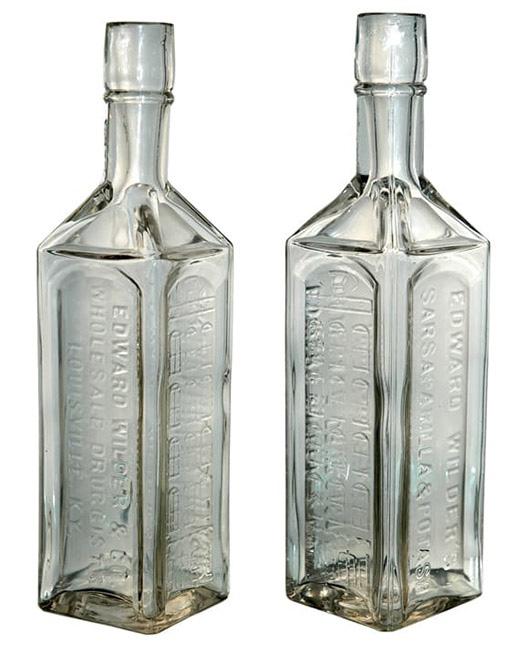

You Could Get in HOUSTON in the 1860s
In 1869, you could go to the corner grocer or druggist and buy Brady’s Family Bitters manufactured in Louisville, Kentucky. Other Louisville bitters for sale in Houston that same year were Edward Wilder’s Stomach Bitters, and Sarsaparilla & Potash (motif of building) and Dr. John Bull’s Compound Cedron Bitters. Pictured to the left.
The Original Casino Saloon on Congress Street offered a “Fine Free Lunch” every day. There was probably a constant card game going on while they served the celebrated Tony Faust Beer that was “AlwaysonTap.”
Fernandez Alvarez & Co. announced that they had just received 25 boxes of Arabian Bitters! The same shipment also included “100 Demijohns, containing from 1 to 5 gallons.”
Congress Water “Fresh” – “Received to-day and to be sold low for cash.” at A. Siegismund on Travis Street.
H. J. Trube announced in the newspaper that they just received “100 doz. assorted Pickles, 25 doz. Baltimore Cove Oysters, 10 doz. Tomato Catsup, Walnuts, Worchester Sauce, Pepper, Lobsters, Lemon Syrup, Gordans Raspberry Sauce, Blackberry, Brandy Cherris and Mint Julip Cordial per the Brig West.” – March 8, 1860
Drs. Horning and McKee’s Dog and Cat Hospital. They had a cobalt blue bottle embossed “The Largest and Best Equipped Dog & Cat Hospital in the South, Houston, Texas.” Horning became one of Texas’ first specialists in the diseases and surgery of small animals, and throughout his career stressed the importance of small animals, and particularly dogs, as companions for people.
C. Ennis & Co. announced that they were the agents for A. M. Bininger & Co., 338 Broadway, New York [Established 1778]
May – June 2024 51
H24 Merchandise
Elsie the Cow
Still in Houston
borhood of Memorial. From 1917 to 1923, the land where the park currently exists was the site of Camp Logan, a U.S. Army training camp named after Illinois U.S. Senator and Civil War General John A. Logan. During World War I, the training camp was located on the far west boundaries of Houston.
Cullen Park, George Bush Park, Lake Houston Wilderness Park and Bear Creek Pioneers Park in Houston are among the 50 largest US parks

Hermann Park is a 445-acre urban park in Houston, Texas, situated at the southern end of the Museum District. The park is located immediately north of the Texas Medical Center and Brays Bayou, east of Rice University, and slightly west of the Third Ward. Hermann Park is home to numerous cultural institutions including the Houston Zoo, Miller Outdoor Theatre, the Houston Museum of Natural Science, and the Hermann Park Golf Course, which became one of the first desegregated public golf courses in the United States in 1954. The park also features the Mary Gibbs and Jesse H. Jones Reflection Pool, numerous gardens, picnic areas, and McGovern Lake, an 8-acre recreational lake.
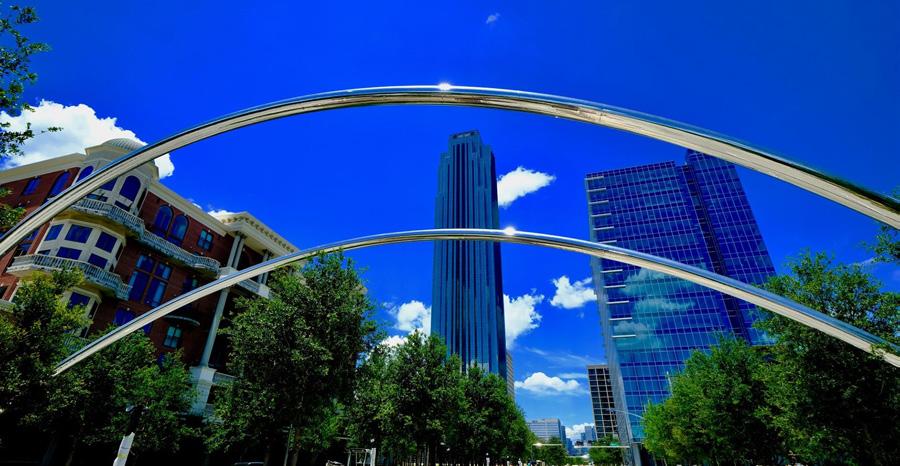
The Uptown District (more commonly called The Galleria Area) is a business district in Houston, located 6.2 miles west of Downtown. Uptown measures about 5 million square feet of retail space, and is the center for Houston’s high-fashion retail. Various trendy shopping centers, eateries, and other sorts of entertainment venues exist in the district. Uptown is home to many upscale boutiques, as well as many Houston-based and local high-fashion designers and stores. Uptown is also host to Houston’s largest hotels, which host about 20 million visitors a year. The district covers 1,010 acres and has 23.6 million square feet of office space making it the 17th-largest business district in the United States, comparable in size to the downtowns of Denver and Pittsburgh. The district is home to approximately 2,000 companies and represents more than 11 percent of Houston’s total office space. A major feature of Uptown Houston is The Galleria, the largest shopping mall in the state of Texas and the seventh-largest in America. The Galleria hosts many of the upscale shops of the area as well as citywide chain stores that appear in many Houston-area malls. It also includes several well-regarded restaurants and a large indoor ice-skating rink.
“Houston BCycle” is a non-profit bike share and environmental conservation program, offering bicycles for rent at over 109 bike stations with almost 800 bikes in circulation.
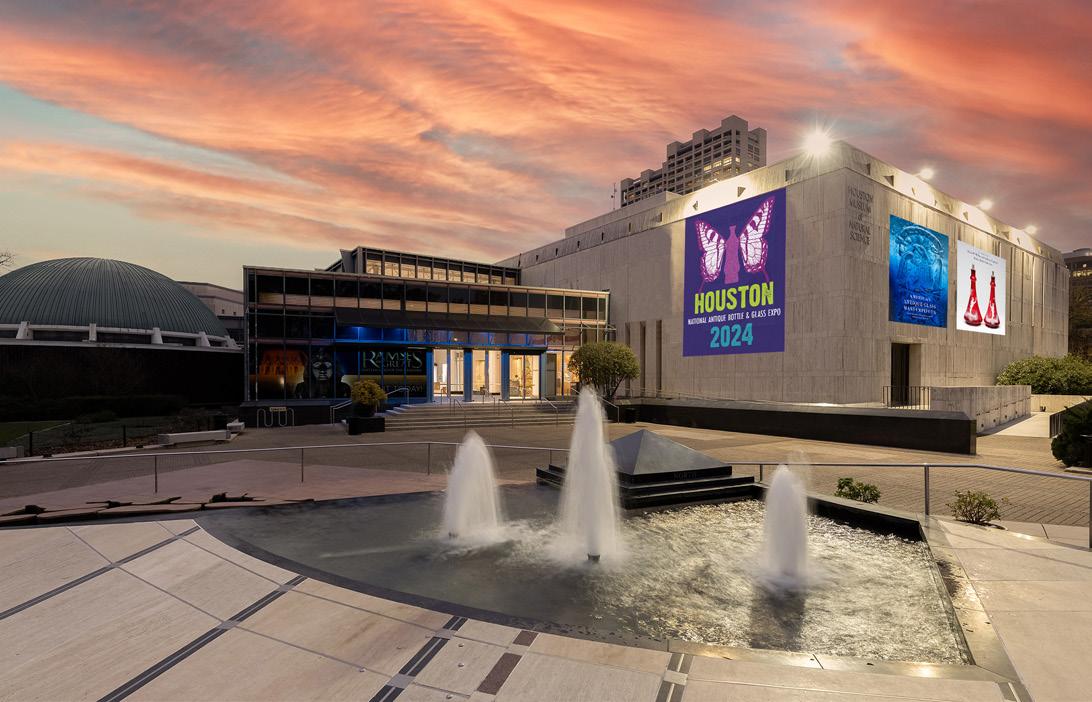
Houston is home to more than 10,000 restaurants, offering an array of cuisines from 70 global countries and American regions.
Tamales, breakfast tacos, pho and Viet-Cajun crawfish are the most eaten restaurant food items in Houston.
Houstonians eat out more often per week - 6.9 times - than any other American city.
Situated on Malone Street, Beer Can House is literally a house covered with over 50,000 beer cans. Built in 1968 by a railroad worker, the structure now signifies folk culture. Houston 24 Tour option

Houston has the largest number of food trucks in the US, inspiring many other cities to adopt “grab-on-the-go” culture.
It is forbidden to sell the infamously pungent Limburger cheese on Sundays due to an old law, so remember to stock up early.
Houston has over 500 public institutions teaching performing and visual arts, technology, science and history.
HOUSTON
In 2022, the Houston Museum of Natural Science received 1,520,000 visitors, making it seventh on the list of most-visited museums in the United States, and was the third most-visited U.S. science museum. Much of the museum’s popularity is attributed to its large number of special or guest exhibits. The museum has five floors of permanent exhibits spanning astronomy, space science, Native American culture, paleontology, energy, chemistry, geology, seashells and Texas wildlife, alongside a slew of rotating special exhibitions. HMNS also houses three other venues: the Burke Baker Planetarium, Wortham Giant Screen Theatre and Cockrell Butterfly Center.
The Houston Museum District is a treasure chest of 19 museums attracting 8 million visitors per year.
The National Museum of Funeral History, Bayou Bend and Art Car Museum are Houston’s top three museums.
Nanotechnology was first developed at the Houston’s Rice University. Boasting a 300-acre tree-lined campus in Houston, Rice University is ranked among the nation’s top 20 universities by U.S.News&WorldReport. Rice has a 6-to1 undergraduate student-to-faculty ratio, and a residential college system.
Bayou Bend is the MFAH house museum for American decorative arts and paintings. An organized tour is scheduled for Houston 24 guests. Displayed in the former home of Houston civic leader and philanthropist Ima Hogg (18821975), the collection is one of the finest showcases of American furnishings, silver, ceramics, and paintings in the world. The house is situated on 14 acres of organically maintained gardens in Houston’s historic River Oaks neighborhood. Houston 24 Tour option.
Regarding education, there are 100 trade and business schools and 60 degree-offering colleges in Houston, including 14 major US institutes for higher learning.
52 Antique Bottle & Glass Collector
Houston Museum of Natural History
Beer Can House
Uptown District – Galleria
Hermann Park

Houston’s Theater District houses nine internationally recognized performing arts organizations within a 17 block region, making the country’s concentration the highest.
The Houston Livestock Show and Rodeo is the world’s biggest rodeo with month-long events and 2.5 million attendees every year. It includes one of the richest regular-season professional rodeo events with live performances, carnivals, games and food courts. The Rodeo is considered to be the city’s “signature event,” much like New Orleans’s Mardi Gras, Dallas’s Texas State Fair, San Diego’s Comic-Con and New York City’s New Year’s Eve at Times Square.
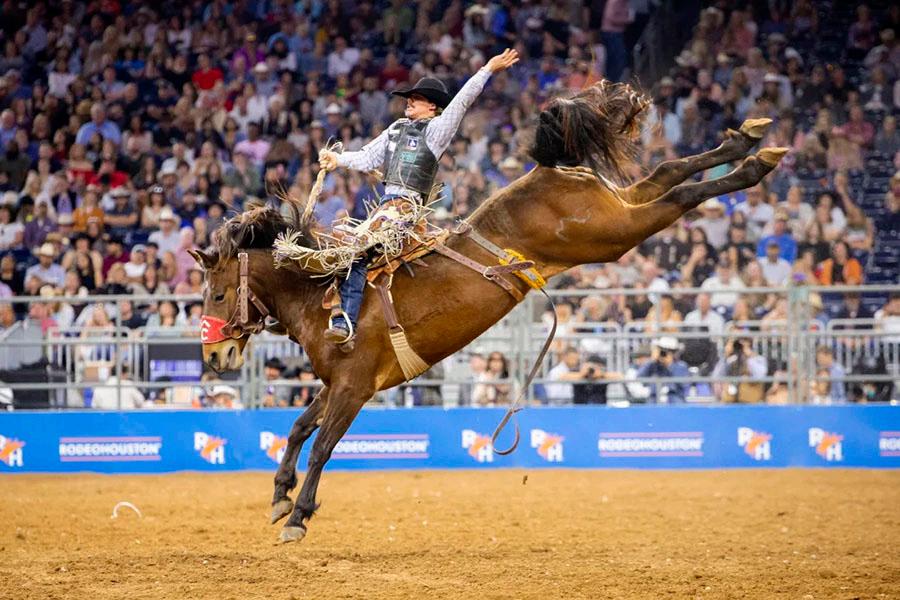
The Houston Marathon boasts of over 13,000 participants each year.
Rendez-vous Houston: A City in Concert was a live performance by musician Jean Michel Jarre amidst the skyscrapers of downtown Houston on the evening of April 5, 1986, coinciding with the release of the Rendez-Vous album. The concert celebrated the 150th anniversary of Houston, Texas and NASA’s 25th anniversary. For a period of time, it held a place in the Guinness Book of Records as the largest outdoor “rock concert” in history, with an estimated 1.5 million in attendance.
There are 198 golf courses in Houston within a 50-mile downtown radius.
Owing to the immensely diverse terrain, Houston has been the filming location for hundreds of Hollywood blockbusters. Urban Cowboy, Robocop 2, Space Cowboys, Armageddon, Apollo 13, Tree of Life, Boyhood and Evening Star were filmed across Houston.
HOUSTON 24
Houston would rank as the world’s 26th richest economy, if the city were its own country. That is more than Iran and Thailand’s Gross Domestic Product.
Academy Sports & Outdoors, Lowe’s, CVS Health, H-E-B, Fiesta Mart, Kroger, Home Depot, Lewis Food Town, Sysco, Macy’s, Walmart, Sam’s Club, Target and Walgreen’s are the top retail employers in Houston.
The average daily wage in the Houston metro region is USD 1,315.
Houston’s George Bush Intercontinental Airport gates over 40 million passengers annually. It is the world’s 28th busiest airport.
The most expensive home in Houston is spread over two acres and has 12,000 square feet of living space. It is located on Longfellow Lane in Rice District and is listed for sale at $16,500,000.
Houston is the operations base for the international oil and gas exploration, production industry, and some of the nation’s largest global engineering and construction firms.
More than one in every four Houstonians were born outside the US
Houston’s timezone falls along the Central North American time.
Houston has the 5th tallest skyline, behind New York, Chicago, Toronto and Miami in North America.
Jeff McKissack, a mail carrier in Houston, Texas, transformed a small suburban lot near his wood-frame house into The Orange Show in honor of his favorite fruit. The Orange Show has evolved into the Orange Show Center for Visionary Art and since 1980 is a non-profit organization. As a form of folk art, The Orange Show captures a segment of late 20th Century American culture. Programming at the Orange Show is for both children and adults and includes hands-on workshops, music, storytelling and performance, the Eyeopener Tour program and Houston’s most popular public art event, the Houston Art Car Parade

Minute Maid Park is the downtown retractable roof stadium ballpark in Houston for the Major League Baseball’s Houston Astros. It has a seating capacity of 41,168, which includes 5,197 club seats and 63 luxury suites. The stadium has a natural grass playing field. It was built as a replacement for the Astrodome, the first domed sports stadium ever built, which opened in 1965. The ceremonial entrance is the historic Union Station. Houston 24 Tour option
In 1909, during the time when West End Park was Houston’s premier residential area, the Houston Belt and Terminal Railway Company commissioned the design of a new Union Station for the city from New York City-based architects Warren and Wetmore. The location called for the demolition of several structures of Houston prominence. Horace Baldwin Rice’s residence and Adath Yeshurun Congregation’s synagogue among other structures were remove. With an original estimated cost of $1 million, Union Station was constructed by the American Construction Company for an eventual total of five times that amount. Exterior walls were constructed of granite, limestone, and terracotta, while the interior used an extensive amount of marble. It was completed and opened on March 1, 1911. At the time, Houston, with 17 railways, was considered the main railroad hub of the Southern United States. This is also evident by the Seal of Houston, which prominently features a locomotive. Two more floors were added the following year. The station served as the main inter-city passenger terminal for Houston for over seven decades thereafter. Passenger rail declined greatly after World War II, and the last regularly-scheduled train, the Lone Star, moved its service to Houston’s current Amtrak station on July 31, 1974. With this move, the building became only office space for the HB&T as well as the Missouri Pacific Railroad. On November 10, 1977, the building was added to the National Register of Historic Places by the National Park Service. Houston 24 Tour option




May – June 2024 53
Houston Art Car Parade: 2023 winner Spacerider.
Minute Maid Park
Historic Union Station
Houston Rodeo
Bayou Bend Museum
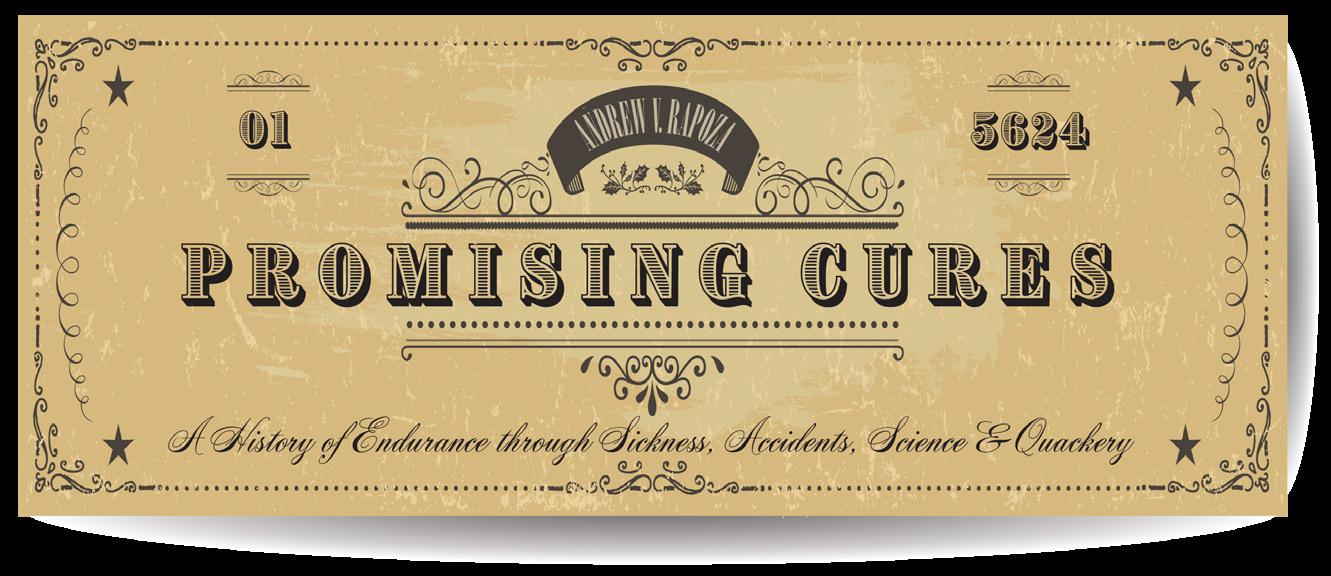 RAPOZA
RAPOZA
THE FLOWER OR THE WORM? MRS. SOULE’S ERADICATOR
It’s so easy for me to imagine the scene in 1885: a young woman from Lynn, Massachusetts, has put in another long, hard day at the dismal factory. She runs a noisy, dangerous machine, repeatedly stitching soles to shoes as part of a large assembly line operation. She leaves the factory late in the afternoon, one of the many drained workers breathing the outside air for the first time since very early in the morning. Tired, achy, and hungry, she walks down the sidewalk, being bumped and jostled constantly by the crowd of people going in all directions, amid the additional confusion of yelling paperboys, peddlers, and sidewalk preachers, and the dizzying animation of horses, wagons, and omnibuses snorting and rumbling through the street. Worn out, she feels anything but pretty. Being noticed, was frankly the last thing on her mind—she was anxious to be once again hidden away in the privacy of her home.
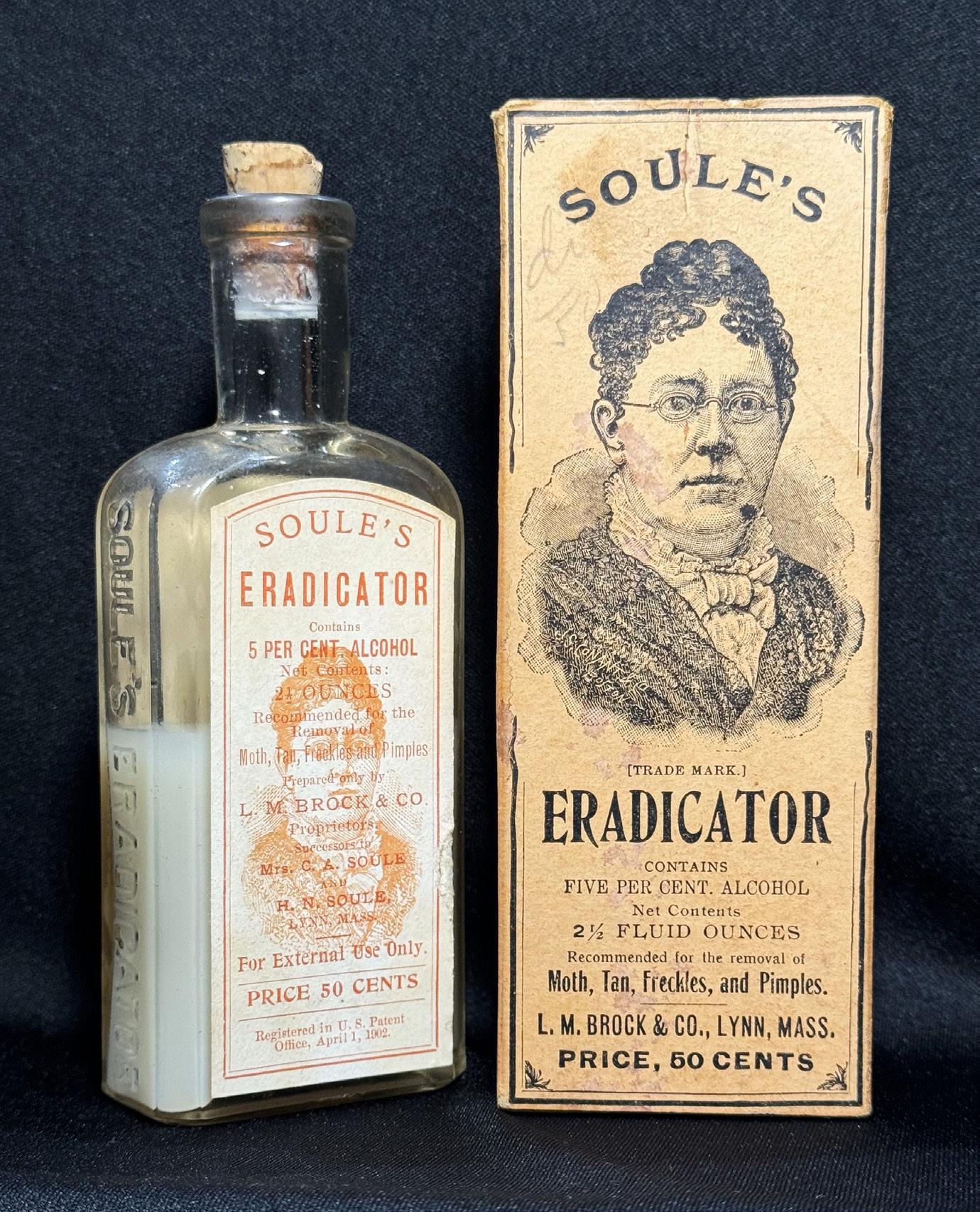
Fully labeled Soule’s Eradicator, trade mark, in a clear glass bottle with a milk-like liquid within. The paper box and label both support an illustration of Mrs. Soule. The product contained five per cent alcohol with net contents at 2 ½ fluid ounces. Recommended for the Removal of Moth, Tan, Freckles, and Pimples. L. M. Brock & Co. Proprietors were noted as the Successors of Mrs. C. A. Soule of Lynn, Massachusetts. Price 50 Cents. Registered in U.S. Patent Office, April 1, 1902.
While trying to avoid being stepped on or tripped by the stampeding herd of feet all around her, her mind replays the upsetting memories from earlier in the day, when she had noticed spots on the backs of her hands while running shoe parts through her machine at the factory. Then, when she walked by a smudged mirror on the factory wall, she glimpsed in her reflection some more unsightly blemishes on her cheeks and chin as well. Life seemed to be wearing her out and making her old before her time.
She finds some space between the bodies shuffling along the sidewalk and slips herself into Bergengren’s drugstore, hoping there might be some cheap and sure solution for her stained skin—something that would help her feel more feminine and less like just another defeated face in the crowd. Feeling a little overwhelmed and lost among all the bottles, boxes, and signs that glare at her every-
54 Antique Bottle & Glass Collector
A NEW SERIES BY ANDY
where, she turns in Bergengren’s shop; her eyes are then tenderly invited to a scene in a tall card on the counter. Rendered in soft colors, it appeals to her feeling of femininity, which she had worried might be disappearing.
There was nothing dark and harsh in the picture—nothing at all that dragged her thoughts back to the miserable factory floor where she slaved away each day. The two women in the picture understand her— both are her: the woman she is and the woman she wishes she could be. She doesn’t have to analyze the scenes; her heart and mind quickly agree that the product advertised is worth a try. She really wants to be the beautiful, poised woman it promises she could be. The two hard-earned quarters in the bottom of her purse shine a little against the dark leather as if a sign that this purchase is, indeed, the right thing to do. She walks home with her purchase of Mrs. Soule’s Moth, Tan, Freckle & Pimple Eradicator, hopeful about something in her life for the first time in weeks.
There are many pieces of Victorian advertising that have survived their century-and-ahalf ephemeral passage through time, and I have seen thousands of them. Still, the Mrs. Soule’s counter card that our young heroine saw is truly special and possibly the only surviving example. There had been a tremendous array of “before-and-after” advertisements for all sorts of products, from anti-fat pills to stove polish, and the creativity and artwork are often exemplary pieces of creativity and design. But the counter card for Mrs. Soule’s Moth-Tan, Freckle & Pimple Eradicator, abbreviated on the bottle’s embossing to Soule’s Eradicator, is some-
thing very special and in a class of its own. The greatness of Madison Avenue advertising has never excelled this advertising masterpiece, and this blog post intends to give it the few minutes of reverent admiration that it rightly deserves.
“Subliminal advertising” was just being introduced in the early 1880s. For a century, the public had been amused and mesmerized by watching friends and family members become unwitting participants as hypnotists seemed to control the actions and words of their subjects without them being conscious of it. In the middle of the decade, Sigmund Freud began using hypnosis in his work to understand the subconscious and unconscious mind. This counter card had done far more than present an obvious before-and-after metaphor: the designer and artist had created an advertising piece that spoke eloquently without words, playing at depth with the potential customer’s fears and dreams. Our factory worker decided to purchase after just a cursory perusal, but let’s break it down like Dr. Freud might have been inclined to do.
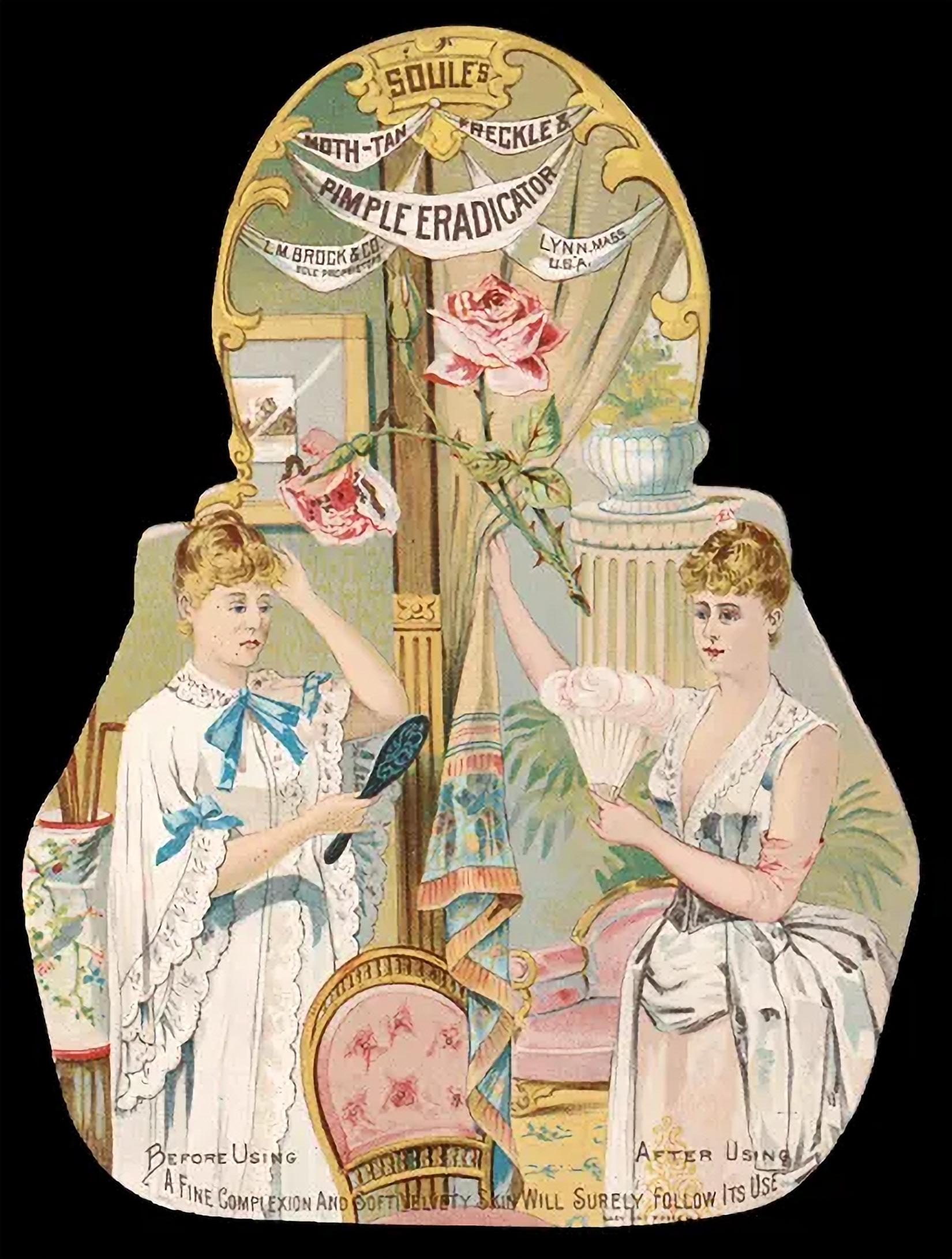
Mrs. Soule’s Moth, Tan, Freckle & Pimple Eradicator. Die-cut counter card, about 1885 (Shown on a black background. Height: 9½ inches). The back side has a cardstock kickstand that can be manually angled to allow the display card to be freestanding on the store counter. (Collection of the author; gift of Barbara Rusch.)
The counter card image depicted two conjoined scenes apparently featuring the same woman. In the “before” scene on the left side, the young woman was still in her peignoir, looking self-consciously in her hand mirror as she tussled hopelessly with her hair, trying to figure out how she was going to overcome her real problem: the skin blemishes spotting all over her face and forearms.
She was shown in an interior part of her home, hiding behind a chair and a wall, not at all ready for the world. The “after” image on the right side shows the same
May – June 2024 55
young woman, beautiful and ready for any social event: she doesn’t have the slightest spot of skin blemish; her skin is flawless and she confidently shows it off with a sleeveless, bustled gown and a daringly plunging décolletage.
She has traded in her symbol of worry, her mirror, for a fancy, fashionable fan, and her other hand reaches not for her hair but for the drapery, purposely pulling it open to let the sunshine into the room where she had previously hidden herself; she is completely ready for a posh party or social.
Behind her were two healthy, lush green houseplants, one in full bloom with golden-colored flowers, while behind the morose “before” woman there is a vase holding only brown stems, suggesting no life, and a drab framed landscape on the wall, with vegetation also in brown.

And lest the message wasn’t clear enough, the artist superimposed three roses on top of the scene: the one on the “after” side was in perfect bloom, just like the ideal woman below it; the rose on the opposite side drooped towards the miserable woman, heavy with decay on its petals and worms on its stem. The third rose was perfectly positioned over the partition that separated the two scenes; in this neutral zone, it was still a bud, not yet bloomed, but pointing hopefully to the banner above that announced the miracle skin cure: “Soule’s Moth-Tan, Freckle & Pimple Eradicator, L. M. Brock & Co., Sole Proprietors, Lynn, Mass. U.S.A.” The counter card sign left no question about which woman represented the ideal Victorian lady, nor could any doubt remain about which skin care product was going to help her achieve the goal.
I want to think that my fictional customer would have had her dreams come true when she used her bottle of Soule’s Eradicator, but alas, that would not have happened. The published ingredients had no dermatological benefits but did have something sinisterly bad for the skin and body.
The manufacturer, Lemuel Brock, a very successful medicine maker and a major candidate for Lynn mayor, promoted that it contained nothing dangerous:
“A great many people have the idea that all skin preparations contain either Bismuth, Arsenic, or Sugar of Lead, and are afraid to use [skin preparations for that reason]. We pledge ourselves that Mrs. Soule’s Eradicator DOES NOT contain any of the above-named ingredients, and we warrant it not to injure the skin, and that a continuation of its use will restore the same to all its youthful fairness.”
[emphasis as in original]
He also assured he had further helped his customers by keeping the cost of Soule’s Eradicator way down through the use of a
very simple bottle rather than some overcharged decorative container designed to sit prettily on a lady’s vanity among her fancy perfumes:
“This preparation is not put up in a cut-glass bottle, or fancy jar or pitcher, and then the price fixed to match the glassware. Say one or two dollars per bottle or jar, as the case may be—but a common white glass bottle that would not be out of place on any lady’s dressing table, and is for sale by all druggists and fancy good dealers for fifty cents per bottle—one-third the price of any other preparation that comes near containing the virtues of the Eradicator.”
[emphasis as in original]
In 1890, Brock was taken to court for selling a bottle that contained 60 grains of corrosive sublimate, a chemical compound of mercury and chlorine that is very toxic to humans. Its toxicity is due not just to mercury but also its corrosive properties, which, according to Wikipedia, can cause ulcers to the stomach, mouth, and throat and corrosive damage to the intestines. It accumulates in the kidneys and causes acute kidney failure. It can also cause burning in the mouth and throat, stomach pain, abdominal discomfort, lethargy, vomiting of blood, corrosive bronchitis, insomnia, excessive salivation, bleeding gums, tremors, and dental problems – even death may occur in as little as twenty-four hours, or as long as two long and lingering weeks.
Lemuel Brock had sold the mercury-laden medicine to a woman who was an undercover agent for the government. Despite the state chemist’s careful chemical analysis and the female agent’s testimony, the judge took the side of Lemuel Brock, “whom he knew[,] rather than that of the woman,” whom he didn’t know. Brock’s case was discharged and he was exonerated.
The counter card for Mrs. Soule’s Eradicator is the keystone of my collection—the quintessential piece of Victorian proprietary medicine advertising—and was the gift of a dear friend and fellow time traveler. I never assign or measure the monetary value of pieces in my collection but, if asked, the answer would be easy—it’s priceless to me.
Andrew V. Rapoza is a magna cum laude graduate of Boston College (1977), with a Scholar of the College distinction in history. During his management career in purchasing, contracts, and technical publications, he also pursued his passion for collecting and researching health and medical history, especially as it pertained to Lynn, Massachusetts, where he and his wife, Gail, first raised their four children. Several of his research papers on Colonial, Federal, and Victorian health in New England have been published (some of which can be found on the web) and he has been a guest speaker on these subjects all over the Northeast, including at the Strong Museum, Rochester, New York, and at the Dublin Seminar for New England Folklife. He has recently published a four-volume book titled PROMISING CURES – the Pursuit of Health in a 19th Century New England Community: Lynn, Massachusetts. It is available for sale in hardcover and softcover on Amazon.com and for free in digital format on FamilySearch.org.
Visit Andy’s website at PromisingCures.com

56 Antique Bottle & Glass Collector
Advertising trade card.

Having a Ball in Balltimore*
Pronounced: Bawl-me r/Bal-da-more/B-more . a h, the March 10 to 11 *Baltimore bottle bash was all the Finches could hope for. See, we go to a bottle show to: A: Talk to old glass collectors** B: Buy more stuff. (If we had personalized license plates on our car, it would say STUFF.) and C: Sell some of our duplicate stuff.***
*Where Ralph Finch admits that spellin isn’t one of his strong skills.
**And, boy, are some of you getting old. I looked at one, his hair graying, looking overweight, and using a cane. (Then, shockingly. I realized that I was looking in a mirror!)
But friends remain the key to the hobby. We enjoyed chatting with Dann and Sue Louis of Michigan and learning about their progress as they continue translating the hundreds of notes written by the late John Wolf. Dann and Sue plan to produce the end-all book on John’s great collection of cure bottles! “So far,” Dann says, and they are only a third of the way done, “we have 800 pages of listings, descriptions, and line drawings.” Again, so far, only two photos have been taken. “We expect many, many more,” they commented. (OMG!) The lovely Sue says the duo works on the project six hours a day using three different computers and that it should be done in a mere year and a half!!! It’s a good thing that Dann’s locks have been prematurely gray for years—as putting a bottle book together is guaranteed to turn hair gray. (I have said for years that people who compile a book on old glass or print club newsletters earn automatic sainthood.)
Back to the show: The weather was great, with a large crowd setting up and another large crowd coming through the door. Everyone seemed happy, and Janet (who is in charge of counting money, while I am in charge of spending it), said it may have been the most succe$$ful show ever.
***We actually sold some STUFF, duplicate stuff, like a vintage roll of toilet paper and a circa 1909 wooden box that traveling salesmen would carry around proudly (?) showing off their wares. (I can’t believe this was the salesman’s No. 1 product—or No. 2—but those must have been tough days, flush with many challenges. (I once asked my rectum doctor how he got into that line of work and—well, it was an interesting story.)
And we actually bought some STUFF, like three elaborately designed stippled bottles, thanks to Jim Hagenbuch. The interesting (some say “odd”) bottles are from the Scottish glass firm Alloa. In brief, these well-designed items, usually etched with animals, ships, etc., included these dates and names: 1853, “Margret Robertson, 1875, “Hellen Carmichael” and 1876, “Mr and Mrs. King.”
Actually, we added another bottle that weekend, but not at the Baltimore show. The fourth one was sitting on our porch when we returned home. Well-packed by the Jeffery S. Evans Auction firm was a (edited) late 1700s “Dutch black-glass horse hoof onion utility bottle.” It was decorated with a portrait of a

bearded man in metal armor, with “Louis van Boisot Admiral Van Zeland.” Willy Van den Bossche’s book says Boisot was an important Dutch naval/military figure in the Eighty Years War and died in 1576!
We took advantage of visiting a historic city by arriving a day early and visiting—well, not the great Peabody library, which was closed!!! What kind of library is closed on Friday and Saturday? A trip to Baltimore is not complete without a trip to the George Peabody Library (aka the “Cathedral of Books.”) The library, part of the Johns Hopkins University, opened in 1878 and features a stunning architectural interior with five tiers of cast-iron balconies open to the skylight.
We visited the Walters Museum, and that was a treat—it was also free. It had a special exhibit on ancient Chinese pottery (along with its usual 36,000 items from around the world. (With 39,000 items, you’d think there could have been even one roll of antique toilet paper or ketchup bottle!*)

Another treat was...eating. The EC Dinner was fun, Shannon’s Pub & Grill (trice) was a pleasure, and my No. 1 fave (discovered at a Baltimore show years ago) was the Blue Moon Cafe for breakfast: unusual decor, unusual food.
*And speaking about ketchup—we were, weren’t we? I just discovered something... saucy to add to my collection: A book titled Sex & Ketchup about “life in all its absurdity and complexity.” (Sadly, that was going to be the title of my autobiography, so now I’ll have to go to my backup: The Man Who Didn’t Shoot Liberty Valance. Catchy?)
The newest addition to the Finch collection of 1700s-1800s painted bottles. This black-glass bottle, 10.5 inches tall and in the “horse hoof form,” shows the image of “Louis van Boisot, Admiral Van Zeland.” (Not as famous as “John L. Mason,” but who is?)

May – June 2024 57
Photos by Janet Finch
A long line of shoppers was attracted to the tables of Jeff and Holly Noordsy; they were waiting for them to put out part of the rare goodies of the late Barry Hogan.
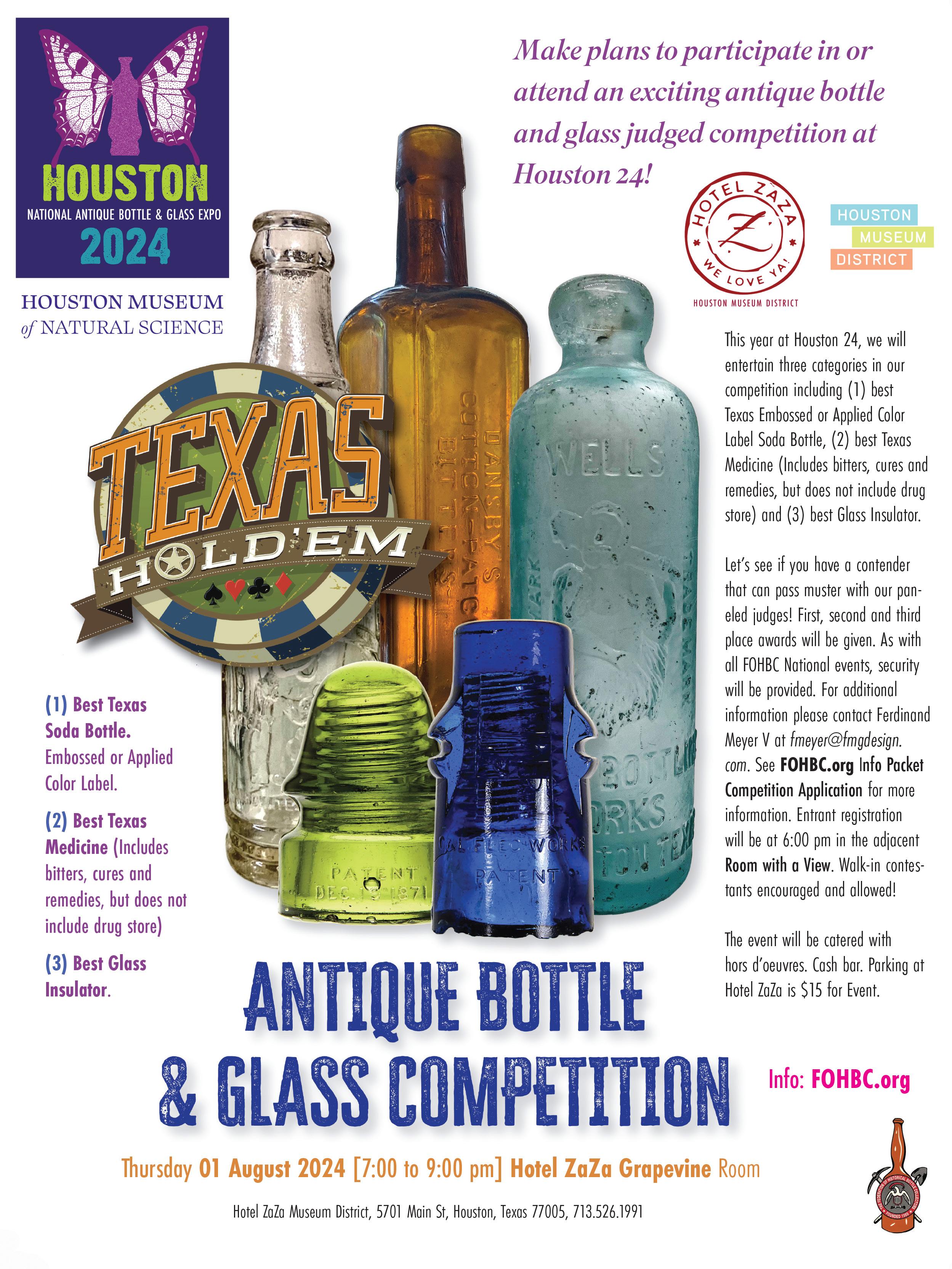
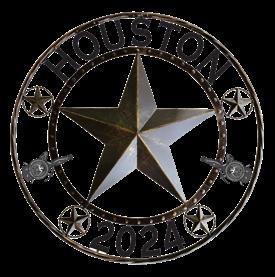

58 Antique Bottle & Glass Collector
Sunset AuctionBayou City
SATURDAY EVENING 03 AUGUST 2024 HOTEL ZAZA


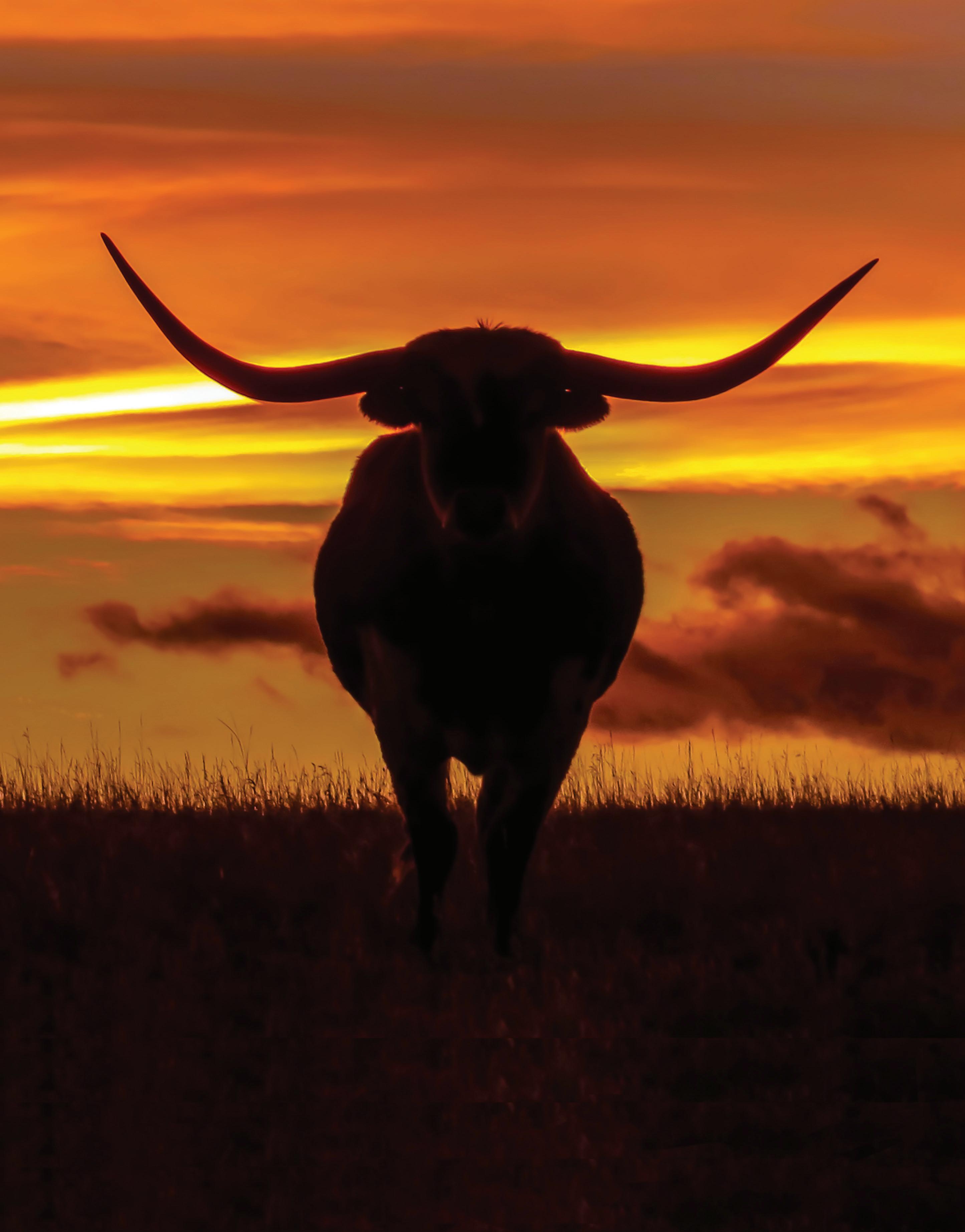
Featuring rare antique bottles, glass, insulators, ephemera and advertising. Online auction starts Friday, 25 July 2024. Live auction starts at 7:00 pm on Saturday, 03 August 2024.
Event at Hotel ZaZa, Grapevine room. Cash bar and hors d’oeuvres in the adjacent Room with a View cocktail party at 6:00 pm.

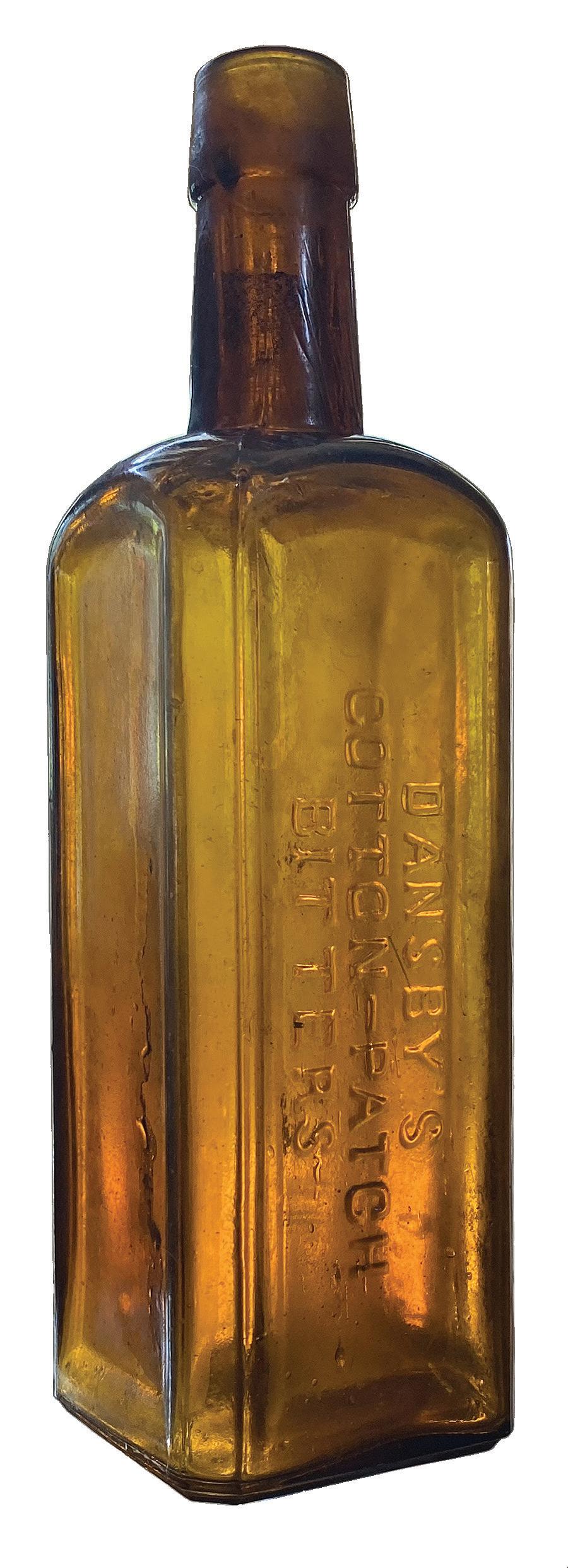
LOOKING FOR QUALITY CONSIGNMENTS
ACL, Advertising, Ephemera, Insulators, Jars Medicines, Signs, Sodas, Texas and just plain fun objects.
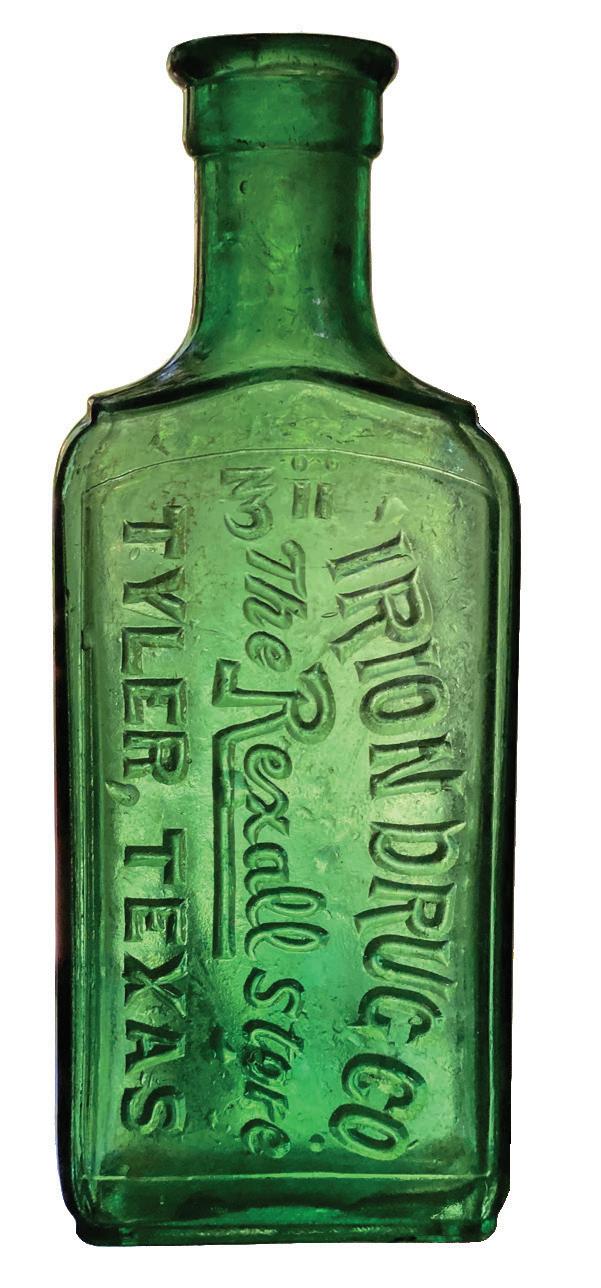

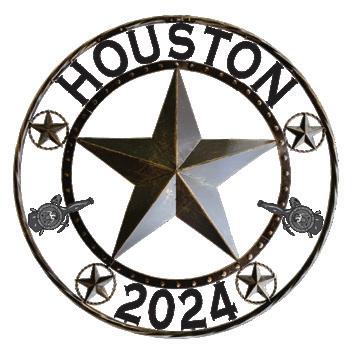

LOW SLIDING CONSIGNMENT FEE!
All auction proceeds go to the FOHBC. There is a 15% buyers premium.
Contact: Martin Van Zant, Crowded House Auctions, mdvanzant@yahoo.com or Ferdinand Meyer V, FOHBC, fmeyer@fmgdesign.com
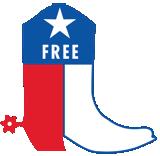
Brought to you by Crow ded House Auctions and the FOHBC
INFO FOHBC.org


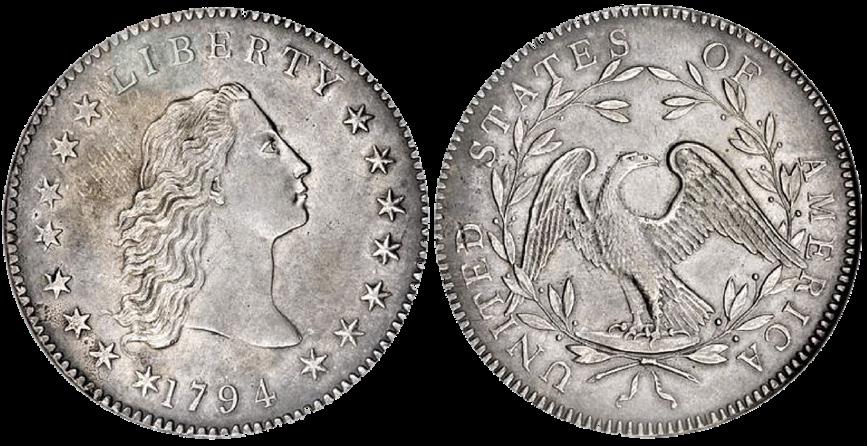
[Above] The 1794 “Flowing Hair” silver dollar” minted in 1794 and 1795, is one of the most expensive coins in the world. It was originally based on the Spanish Dollar, as evidenced by its size and weight. Currently, there are only about 150 to 200 of these coins left. Its original worth was $1, but it’s now valued at $7,750,000. – Journal of Antiques & Collectibles
[Left] 2000-year-old glass treasure in Roman shipwreck discovered by an underwater robot in Mediterranean. The Italian-French mission recovered a selection of glassware and raw glass blocks from the Roman shipwreck located at a depth of about 350 meters in the sea strip between Capo Corso (Corsica-France) and Capraia Island (Italy). The cargo, which consists primarily of worked pieces and raw blocks of glass in a range of sizes and colors that are ready to be blown into commercial tableware, is only the second known case to date in the Mediterranean. This one ship left thousands of glass fragments and tons of raw blocks on the sea floor. The wreck’s contents indicate that it last sailed in the late first or early second centuries A.D. – Arkeonews January 2024
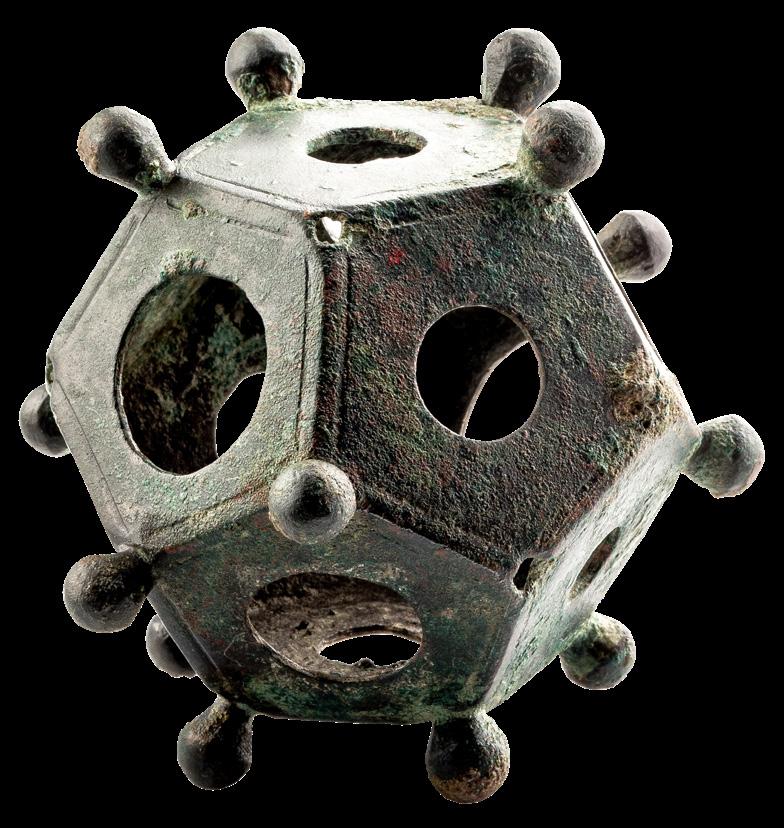
[Below] Archaeologists have unearthed an ancient Egyptian tomb and stunning trove of artifacts. The excavations at Saqqara revealed burials, colorful masks and statues of the goddess Isis. Carved into rock over 4,000 years ago, the tomb sheds new light on the craftsmanship and funerary practices of ancient Egyptians, providing invaluable insights into the history of this region. Archaeologists from Japan and Egypt collaborated to complete the dig at the ancient site of Saqqara, a strip of land running five miles along the Nile’s west bank. Once the burial ground for the Egyptian capital of Memphis, Saqqara is home to archaeological sites that span many centuries. Along with tombs and temples, the necropolis boasts sites such as the famed Step Pyramid, built in the 27th century B.C.E. – Smithsonian magazine
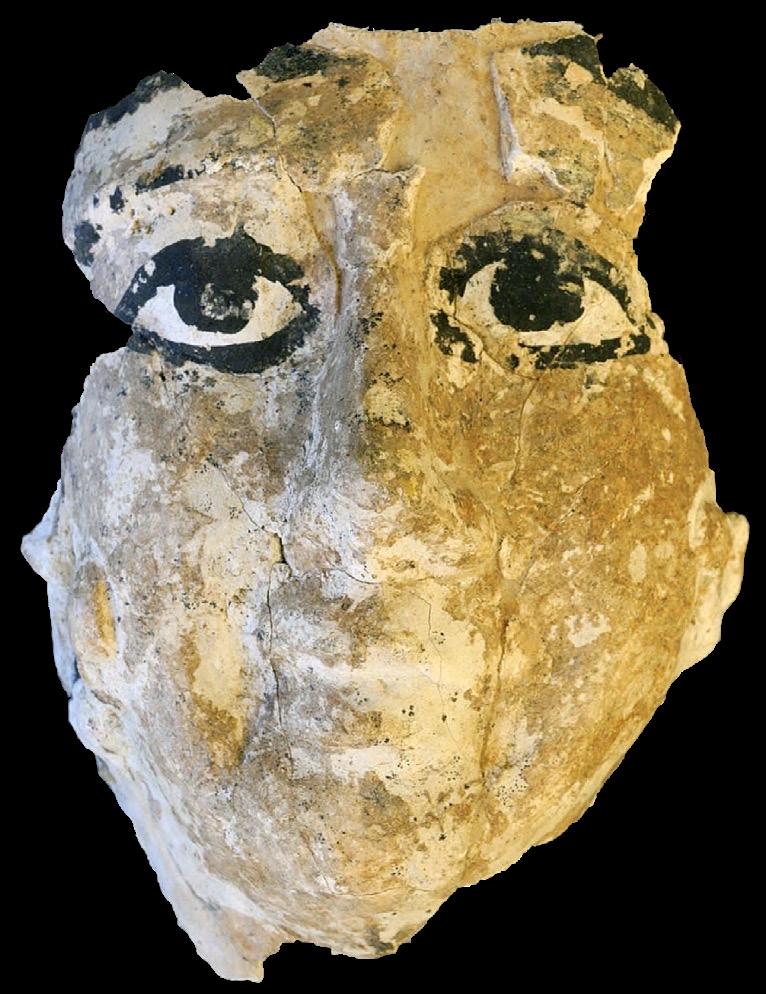
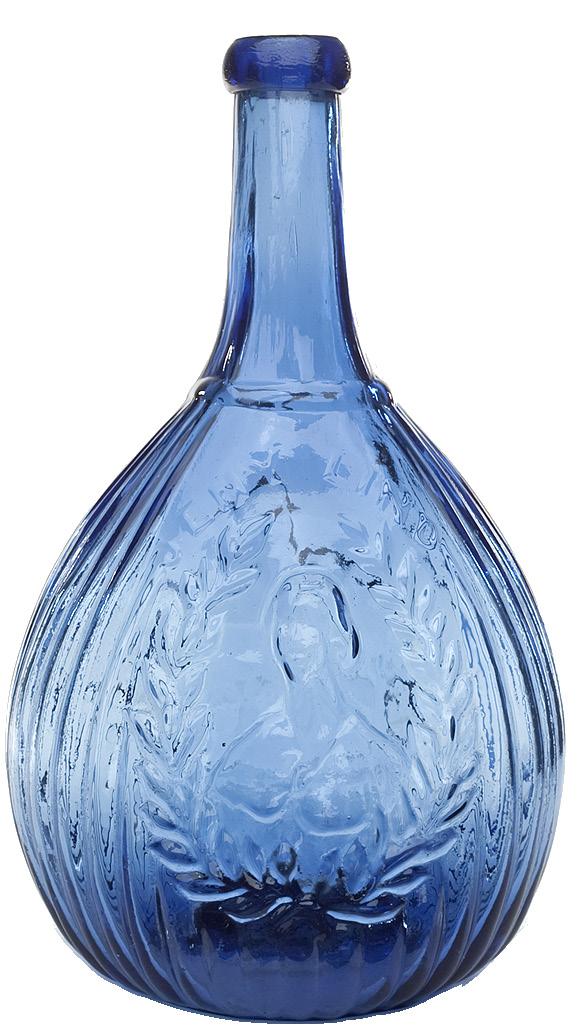


[Left] A Roman dodecahedron or Gallo-Roman dodecahedron is a small hollow object made of copper alloy which has been cast into a regular dodecahedral shape: twelve flat pentagonal faces, each face having a circular hole of varying diameter in the middle, the holes connecting to the hollow center. Roman dodecahedra date from the 2nd to 4th centuries AD and their purpose remains unknown. They rarely show signs of wear, and do not have any inscribed numbers or letters. The first dodecahedron was found in 1739. Since then, at least 116 similar objects have been found in Austria, Belgium, France, Germany, Hungary, Luxembourg, the Netherlands, Switzerland and the United Kingdom. In 2023, a dodecahedron in excellent condition was found by amateur archaeologists in the small village of Norton Disney in Lincolnshire, UK, bringing the total to 33 of such objects found on the territory of Roman Britain. – Wikipedia
[Left] This bright medium cobalt blue “Jeny Lind” Bust of Jeny Lind – Glass Factory Historical Calabash from Raven na Glass Works, Ravenna, Ohio, is a recent lucky find from an estate sale near Grosse Pointe Shores, Michigan. It was found in the basement of the home and simply washed with a bit of sudsy water to bring it to near mint condition. – John Pastor, American Glass Gallery
[Right] We dug this open pontil “T J Sutton Mineral Water Balt S” bottle from a pit located at upper Fells Point in Baltimore, Maryland. The bottle was made at the Baltimore Glass Works. It is extremely rare with only a handful known to collectors. — Patrick Treece
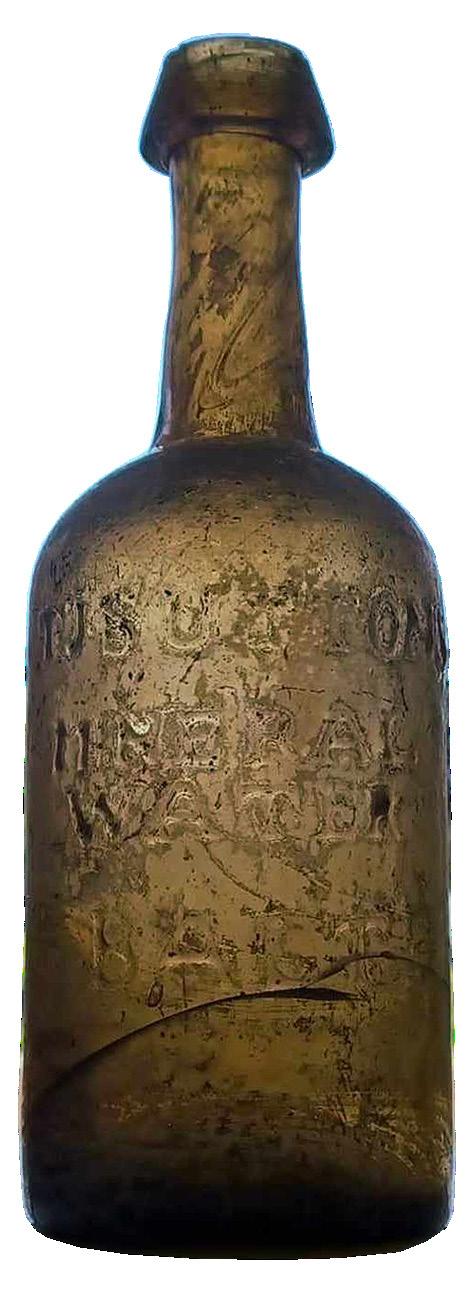
60 Antique Bottle & Glass Collector
Lost & Found



[Above] The Museum of the American Revolution opened to the public in 2017 and has since welcomed hundreds of thousands of visitors to explore the rich and complex stories of the American Revolution. But prior to that, the Museum was more than 100 years in the making. The journey began with the purchase of George Washington’s headquarters tent in 1909 by a history-minded minister who dreamed of opening a museum dedicated to our nation’s founding. That purchase set in motion a century of collecting that led to what is now the basis of the Museum’s collection. – Museum of the American Revolution


[Right] The oldest black hole ever found has been discovered— and it’s eating its host galaxy alive. The super-massive black hole is thought to be over 13 billion years old, being born only 400 million years after the Big Bang that created the universe, a new paper in the journal Nature reveals. This discovery challenges previous assumptions astronomers had about how black holes formed and grew. Super-massive black holes have long been thought to grow to their immense size extremely slowly over billions of years. This newly discovered black hole is surprisingly large, with a mass a few million times that of our sun, but is extremely young, meaning that scientists may need to rethink how some black holes get so large. – journal Nature
[Above] A very rare and refined piece of gold glass representing “Roma,” the woman symbol of the Eternal City, has been discovered during the construction of Rome’s Metro C metro line. It is the first time that any representation of Roma in gold glass has ever been found. “Golden glass is already a very rare find, but this has no comparison”. Originally the base of a drinking glass, the discovery features an image of the female deity—the personification of the city of Rome—wearing a helmet and carrying a spear. The recently found personification of the Eternal City has no writing on it. She is dressed in an Amazonian-inspired outfit, has a diadem on her forehead, and a helmet with a plumed crest. Over her chest, she carries a spear. The curls in her hair and the scrollwork on the helmet are both beautifully crafted details. Gold glass is a high-end glass that has a decorative design in gold leaf fused between two layers of glass. The majority of surviving Roman examples are drinking glass bottoms that have been cut off. Preliminary studies are suggesting the glass is from the start of the fourth century. – Arkeonews

[Left] This labeled Royal Flush Kidney & Liver Bitters is mistakenly embossed “ROYAL FLASH BITTERS.” –John Pastor, American Glass Gallery
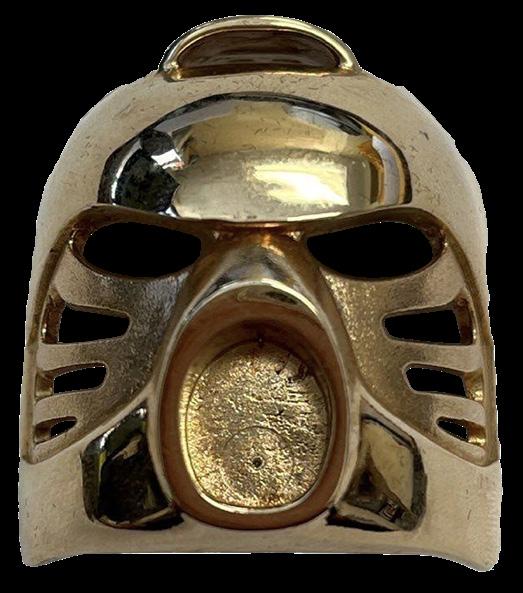
[Above] A Goodwill in Pennsylvania just sold a rare 14-karat gold Lego piece for $18,101. The piece, a small golden Kanohi Hau mask, comes from Lego’s now-discontinued Bionicle collection. It arrived at the Goodwill in Du Bois, Pennsylvania, last month inside a bag of jewelry. – Smithsonian

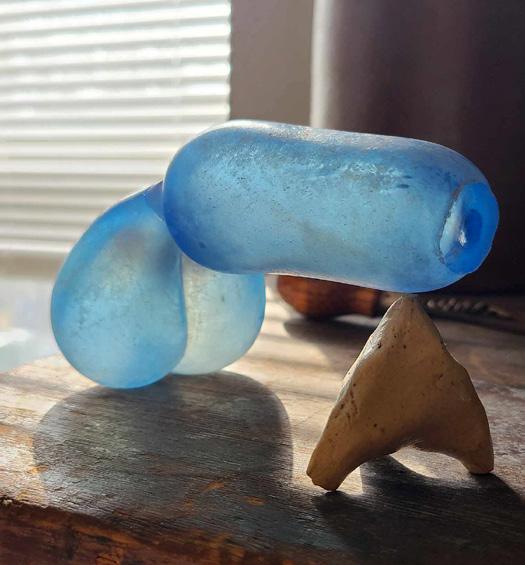
[Right & above] Here is the whimsy my friends and I dug in upper Fells Point in Baltimore. Based on the other artifacts in the hole, this piece dates to early to mid 1840s. – Patrick Treece
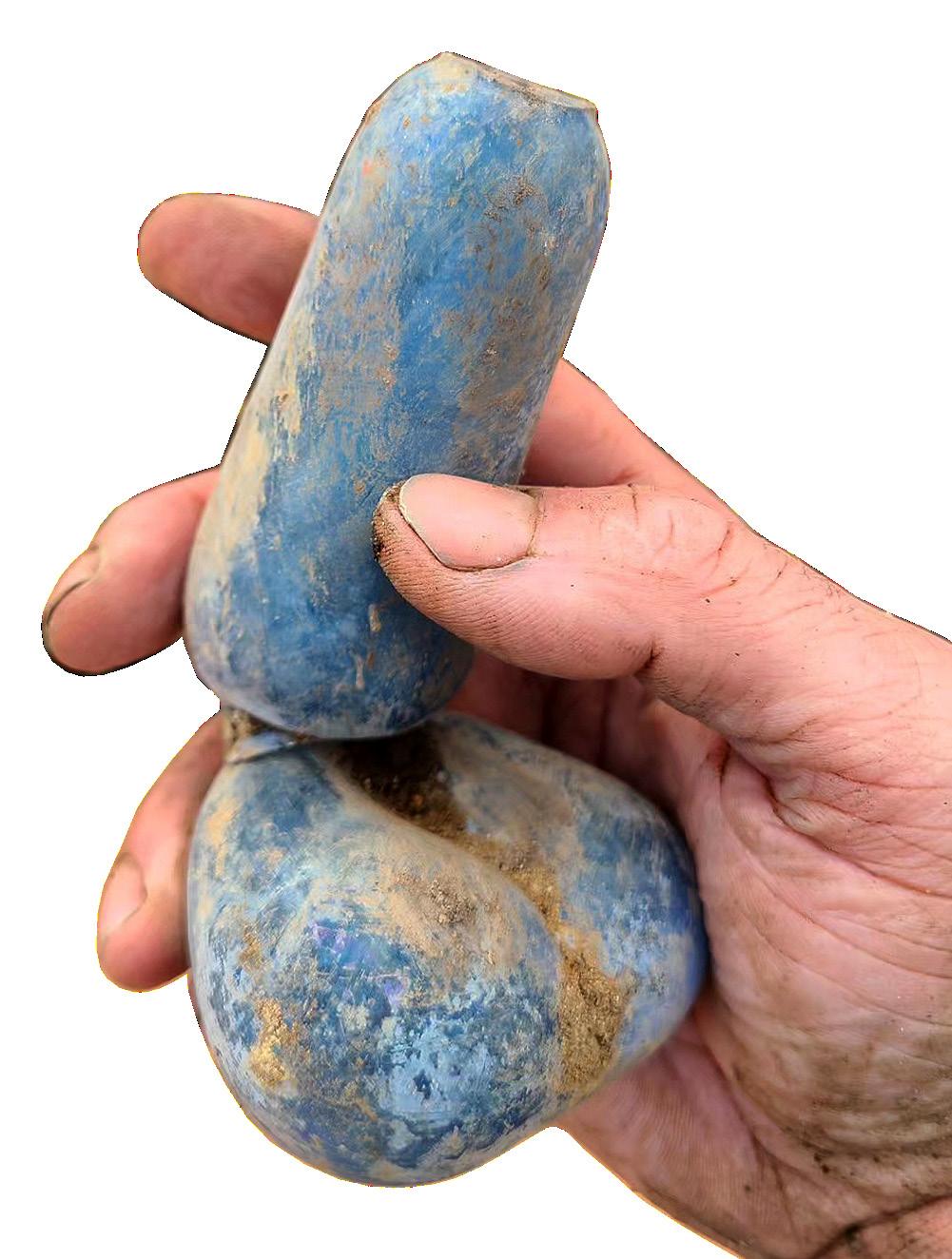
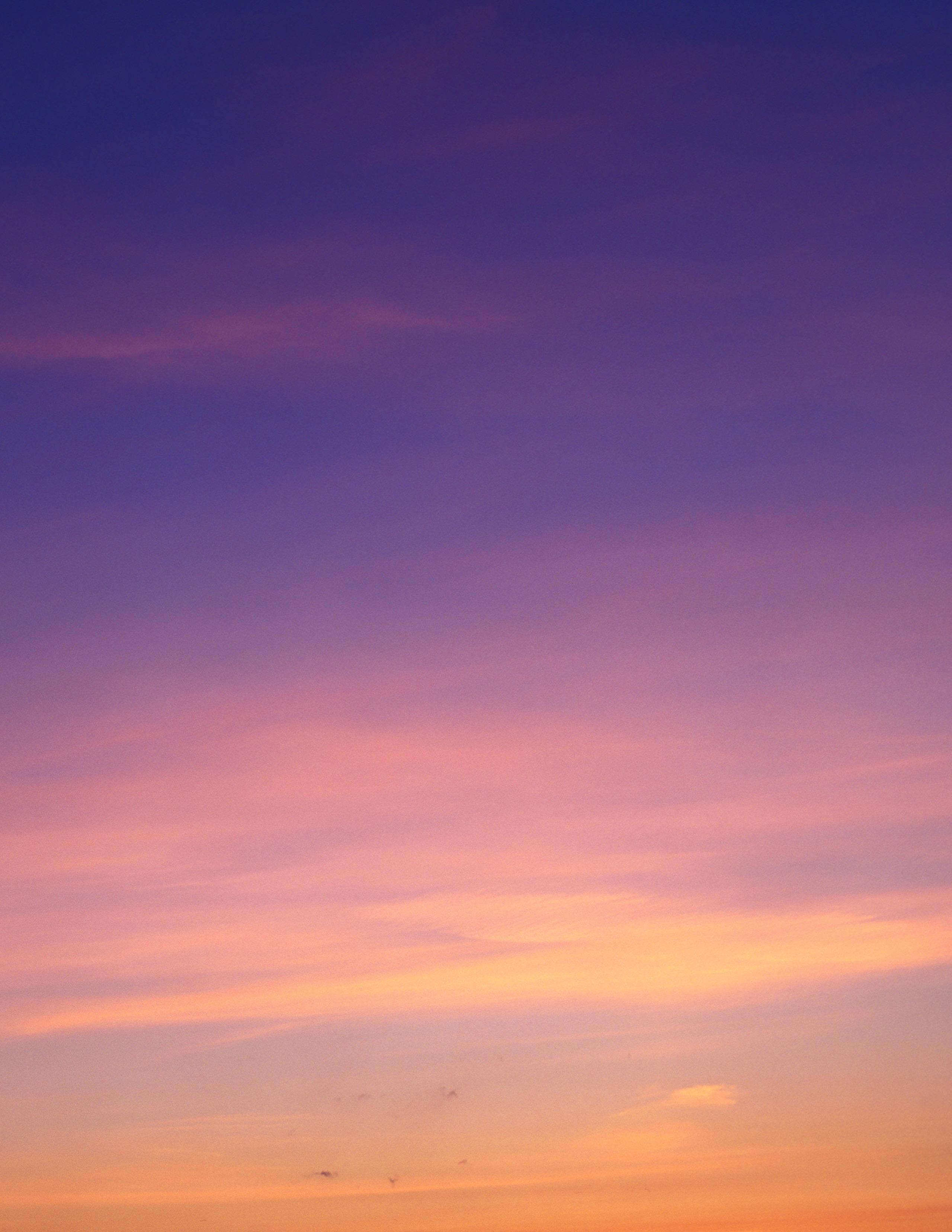
61 May – June 2024
and see more in the FOHBC Virtual Museum. Houston 24 Expo
Read
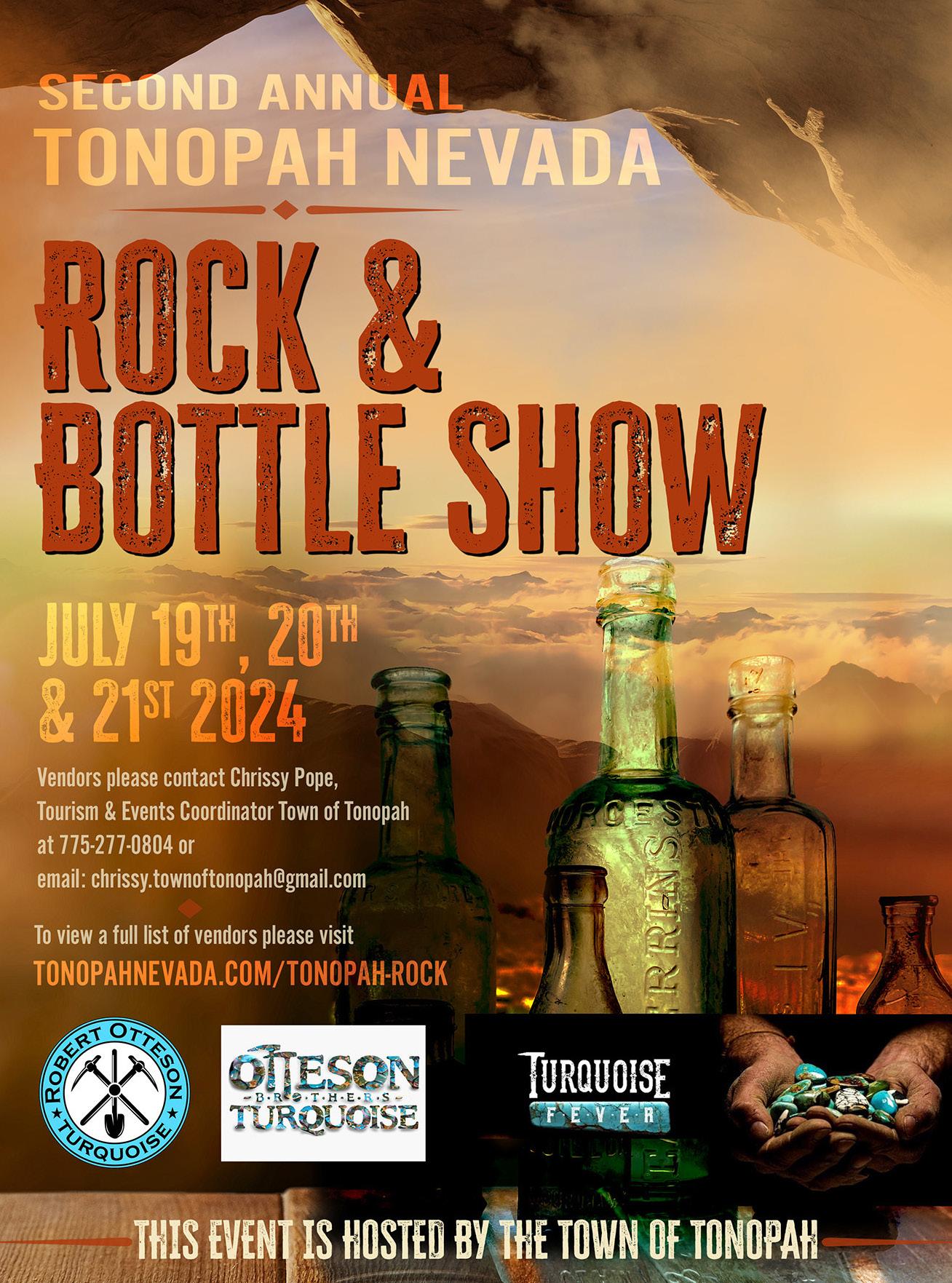
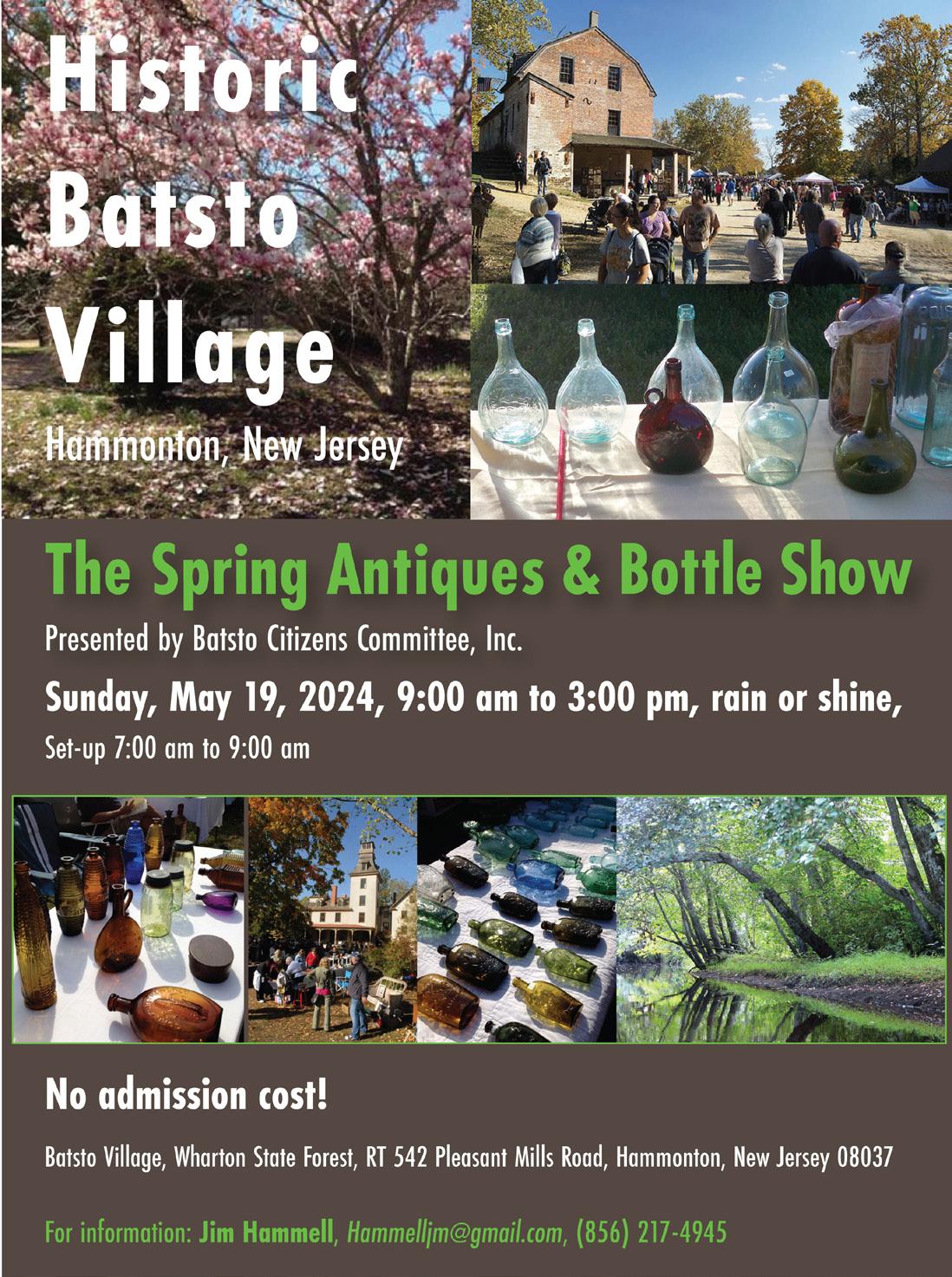
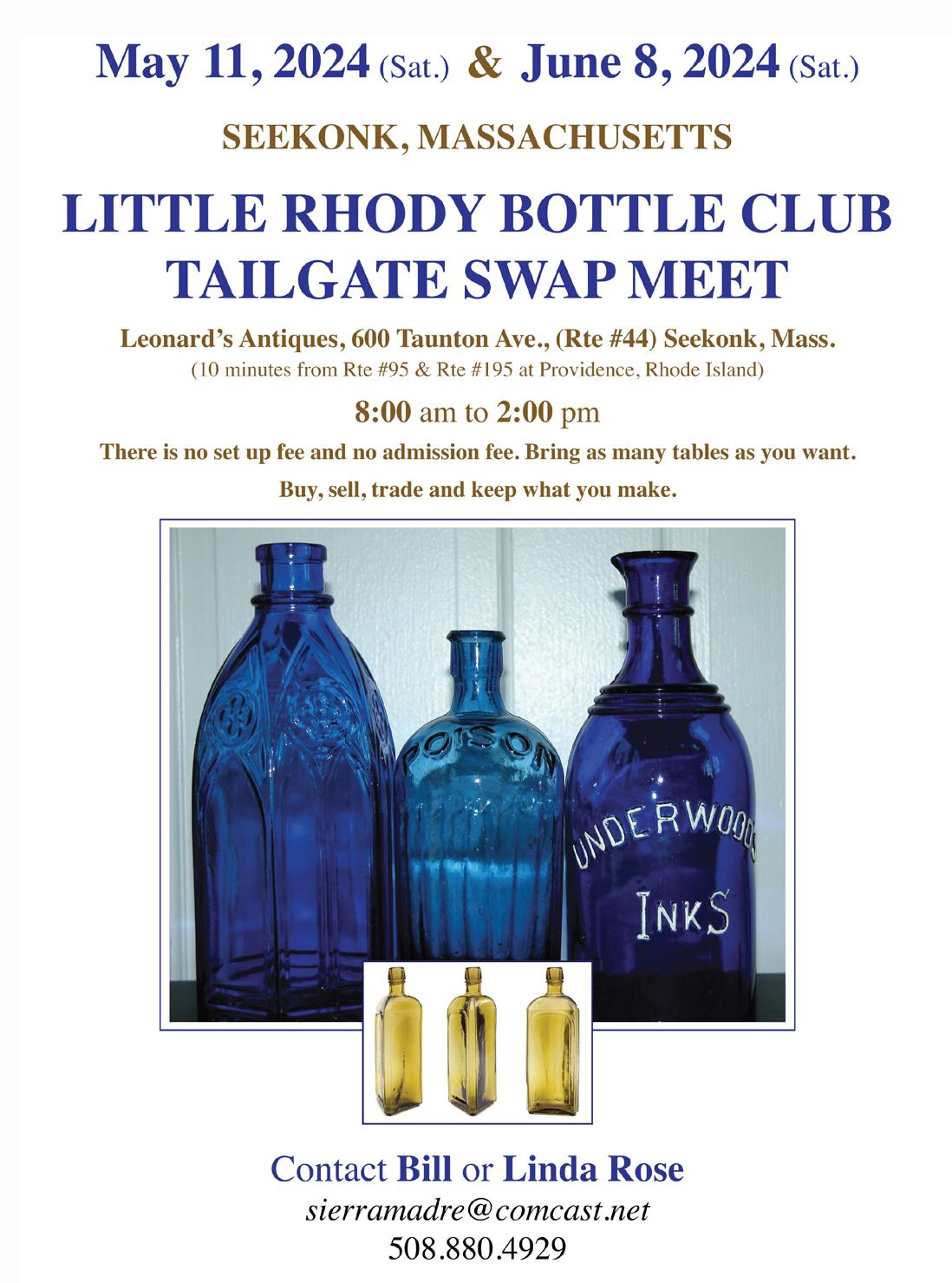


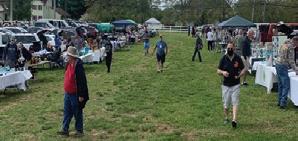

62 Antique Bottle & Glass Collector New Jersey Antique Bottle Club is hosting their 4th Annual OUTDOOR Antique Bottle Show & Sale Saturday, June 8, 2024 Rain date Sunday, June 9, 2024 9:00 am to 2:00 pm Dealer set-up 7:00 to 9:00 am Kyle Family Farm 831 Windsor Perrineville Rd. East Windsor, New Jersey 08520 Food and refreshments available. No early buyers – Admission $5 at the entrance For additional information or to request a contract call Kevin Kyle at (609) 209-4034 or email: bottlediggerkev@aol.com Spots are $40 each for approximately 10’ wide x 30’deep and $12 for each table rental. Kevin Kyle, 230 Cedarville Rd., East Windsor, NJ 08520 Make check payable to: New Jersey Antique Bottle Club
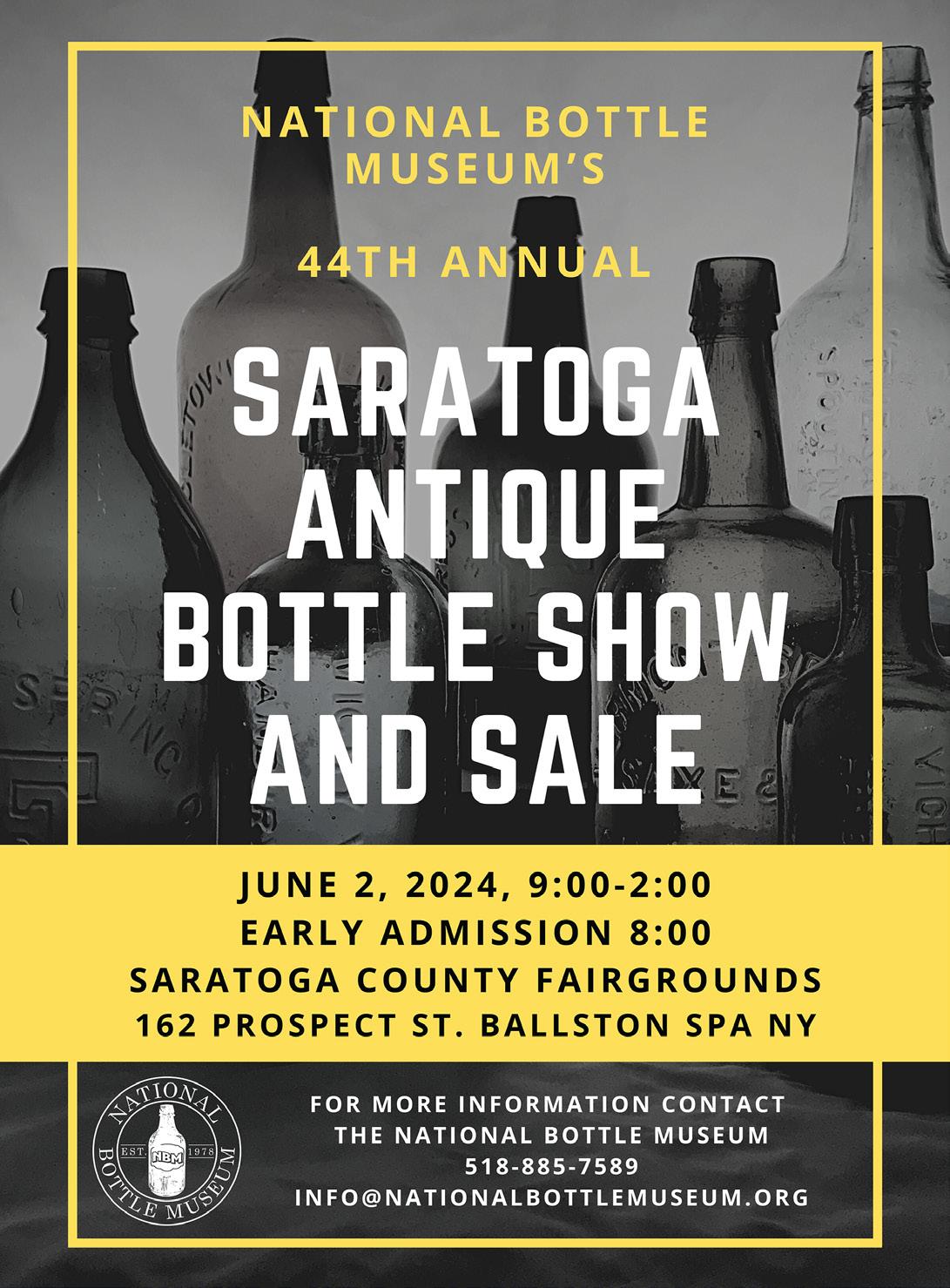



May – June 2024 63 Cambridge City Jar & Antique Show Saturday, June 8th, 2024 Creitz Park, 150 N. Foote St. Cambridge City, Indiana 9:00 am to 2:30 pm Set up 7:00 am 10’ x 20’ Booth – $35 Table – $35 2nd Table and each Additional – $15 Breakf ast & Lunch Available Handicapped Accessible Bathroom Contact Info: Marty Troxell at 765-478-3800 Facebook.com/marty troxell All proceeds go to the Lincoln High School Marching Band and the promotion of our town!
Member Photos
A collection of spectacular and inspiring photographs from around the world and around the web. Please feel free to submit your images for consideration.

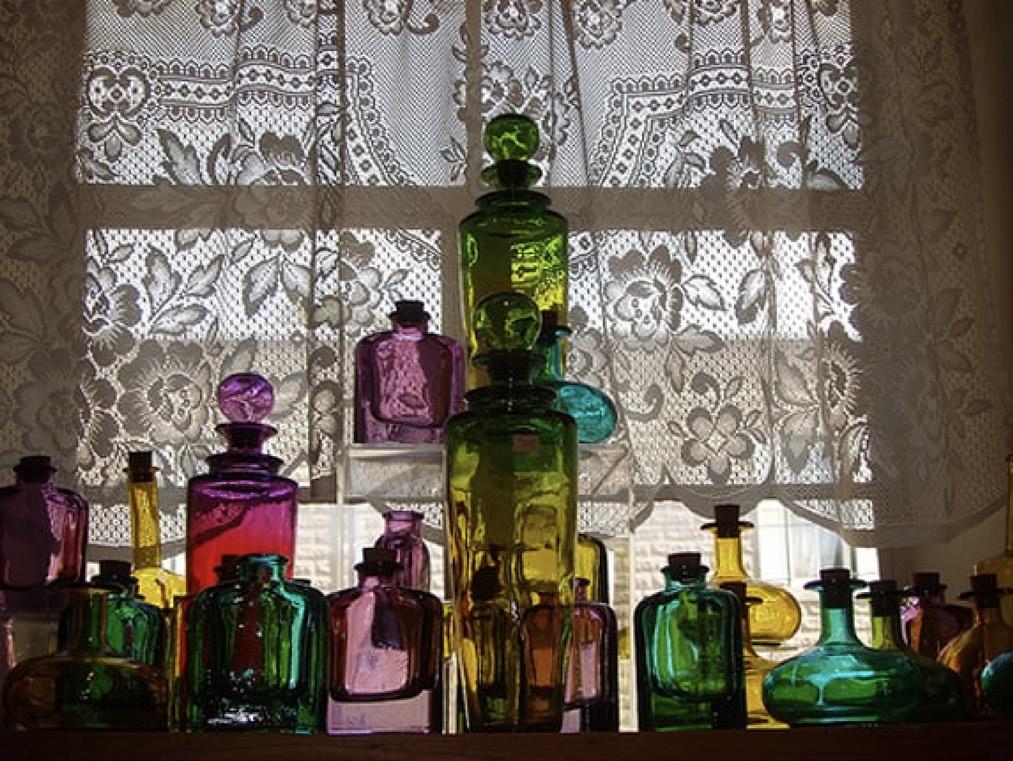



Read and see more in the FOHBC Virtual Museum.
Houston 24 Expo



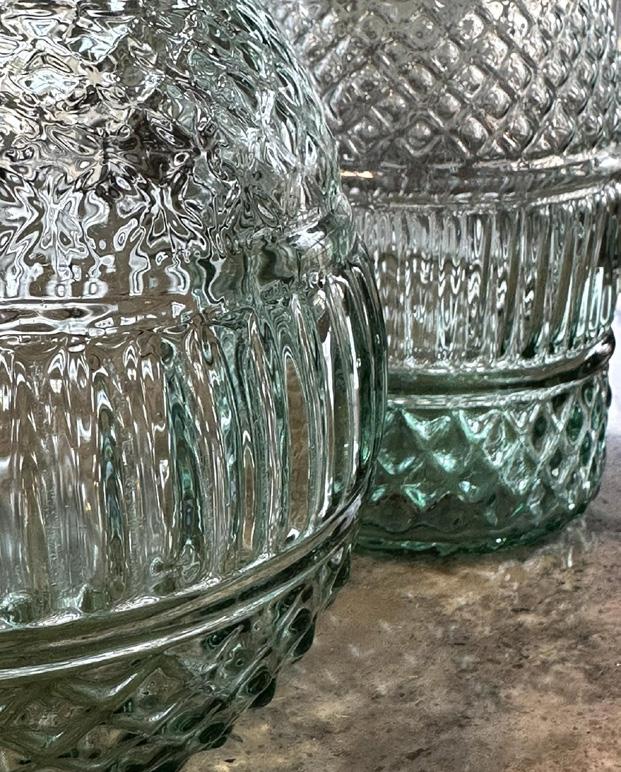

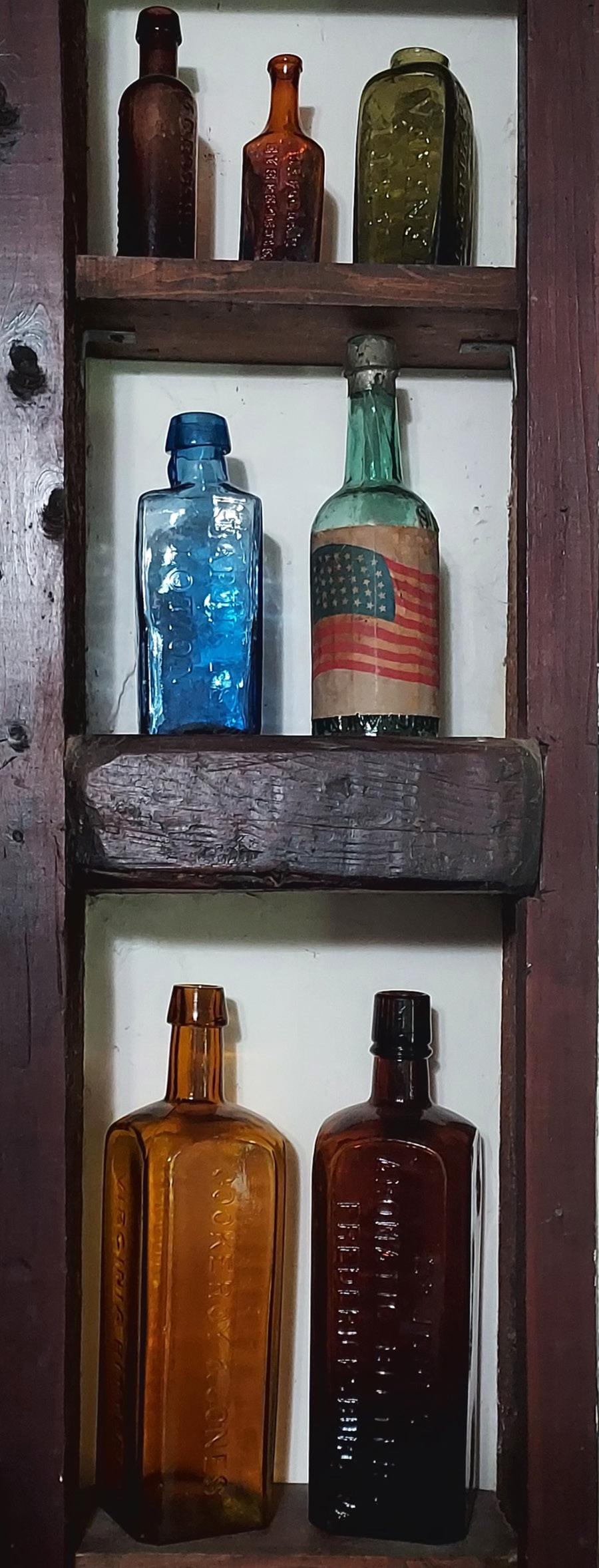
64 Antique
&
Collector
Bottle
Glass
Wood Shelf – Jeff Eastland
UK imported Penny inks. Morrell’s and Hyde’s inks. – Tony Moller
Texas Antique Shop Window – Peachridge Glass
Beautiful ink – Tony Moller
Wishart’s Pine Tree Cordials – Larry Marshall
People on ACL bottles – Mike Dickman
Details – Jeff Noordsy
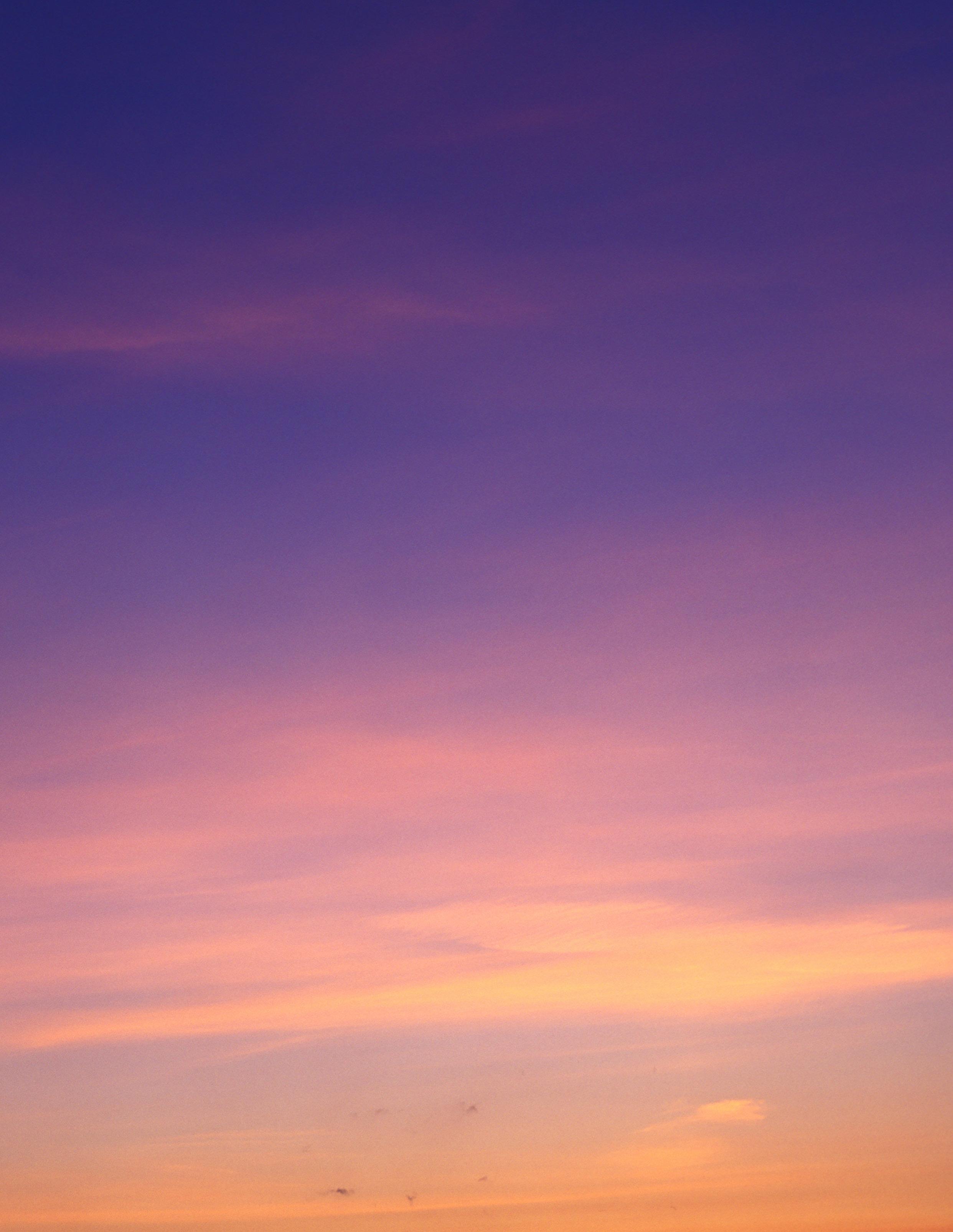



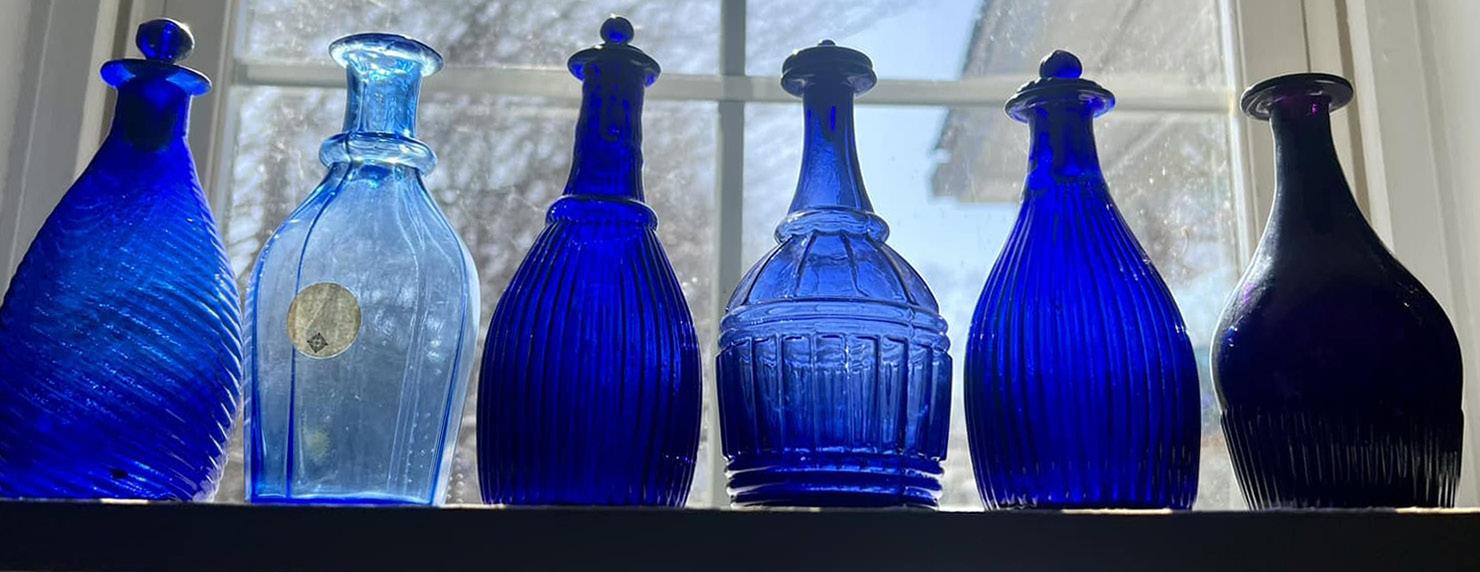




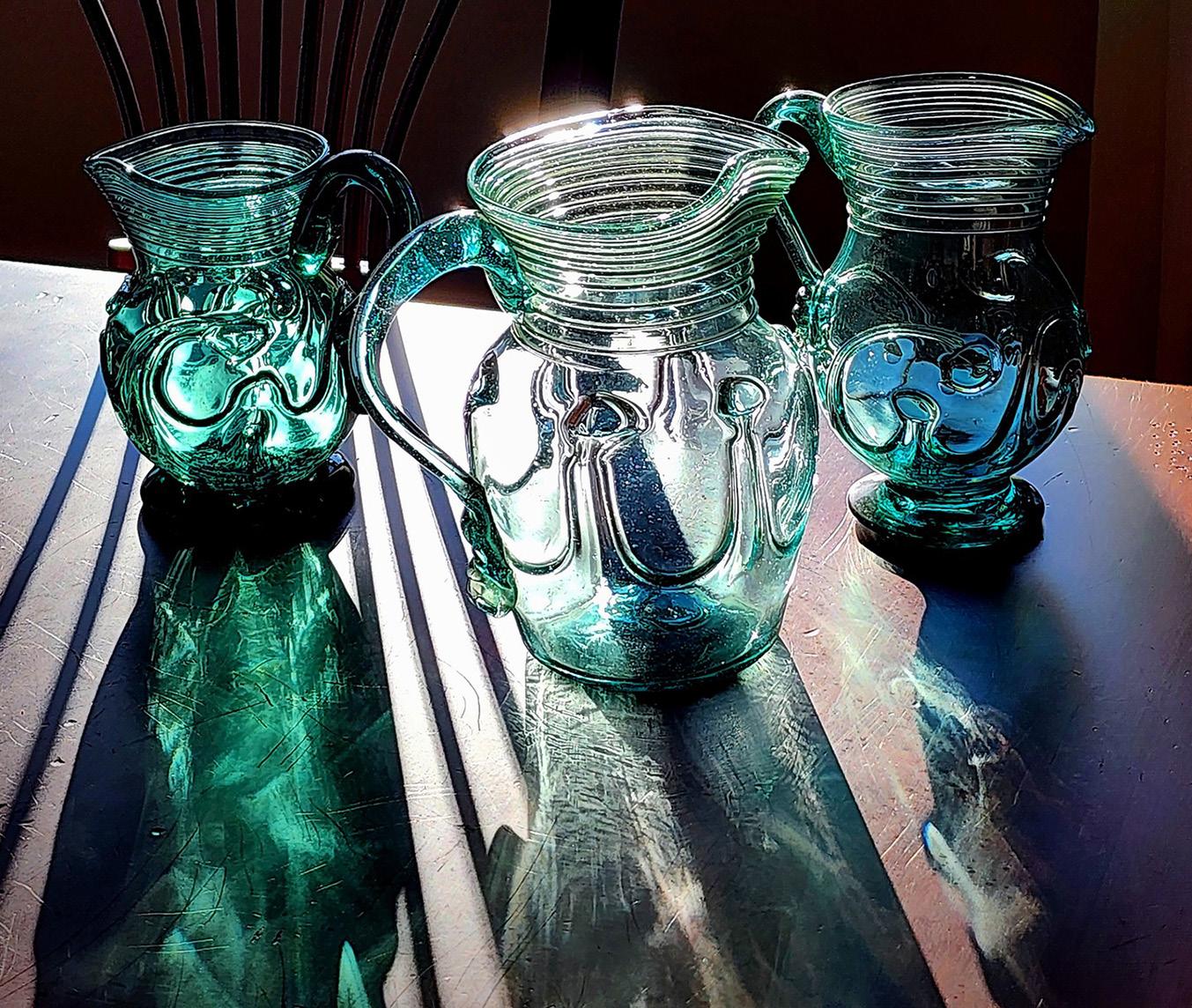
May – June 2024 65
Member Photos
Fully labeled Columbian Black Ink – Daniel Baldwin
Connecticut Servers – Michael George
New addition to my snuff-utility bottle collection. – Brian Commerton
My newest addition, the large letter St. John in the middle. – Brad Weber
Figurative female perfume bottles – IPBA
Added a new Drakes to the collection today. – Dan Larson
Lilypad design – Michael George
Blue Servers – Rick Ciralli


ADVERTISE FOR FREE
Free advertising in each issue of Antique Bottle & Glass Collector (AB&GC). One free “WANTED” or “FOR SALE” ad in AB&GC per year each renewal. See page 72 for more info. DEALERS: Sell your bottles in the Antique Bottle & Glass Collector. Change the bottles each issue. Include your website in your ad to increase traffic to your site. Send all advertisement info to FOHBC Business Manager, Elizabeth Meyer, P.O. Box 1825, Brookshire, Texas 77423 or best, email to: fohbcmembers@gmail.com
FOR SALE
FOR SALE: 1) 14-inch-tall Cathedral pickle, medium forest green, six sided. Cathedral window design with four petals above. Rare color for this mold. $575. 2) Drake’s Plantation Bitters. Very light topaz ginger ale. $725. 3) U.S. Mail embossed eagle mail-box-shaped whiskey. Fluted neck whiskey. Large size. $85. 4) “Leon’s Sarsaparilla Belfast Me.” Unusual neck and lip. You’ll see 100 Dana Sarsaparilla’s before you see a Leon’s. $75. 5) Amber straight-sided coke. Giering Bottling Co. in slug plate. Youngstown, Ohio. Two lip chips. $200. 6) “J. Gahm” mug-base beer. Honey amber. $85. No buyers premium or taxes. Postage $15. Don, 978.994.2629. 01/01/25
FOR SALE: Quality bottles largely from the US, meticulously described and well-priced. Listings with images available on my High Desert Historic Bottle website at historicbottles.com. My email for contact noted on the website. Bill Lindsey, Chiloquin, Oregon. 11/26
WANTED
WANTED: Harley bottles of West Chester, Pa. and Philadelphia, Pa. The West Chester bottles (4) display either J. Harley, James Harley, Jas. Harley or E.M. Harley. The Phila. Bottles (4) display Edwd. Harley, Schul (Schuylkill) 4th & Market St., Philada. or E. Harley, 802 Market St. or E. Harley, West Market St. or Edw. Harley, 1838 Market St., Phila. Bob Harley, Phone 215.721.1107. Email: rwh220@Yahoo.com 11/24
WANTED: Colored Figural Bitters. Also other bitters that are unusually shaped or unusually colored, for their grouping! Mint specimens only please! Randolph Haumann, 10410 Gold Arrow Drive, Reno, Nevada 89521-5190 or cell 415.518.4124 (leave message) or email: hawkeye751@outlook.com, Call Now! So you are not sorry...Later! 11/24
WANTED: Hobble skirt embossed Coca-Cola bottles: 1915s, 1923s, D-Patent’s 6 oz and 6 1/2 oz. Collector will buy or trade. Jim Georges, georges77@twcny.rr.com or 315.662.7729. 07/24
WANTED: Poison bottles, American or foreign. Especially want “H.K. Mulford Chemists Philadelphia” poison bottle in amber. With label even better. Also want scarce medicine bottles and bitters bottles with character. Please contact: Marc Stolzer, 613 Village Drive, Edison, New Jersey. 08817, Phone: 732.572.9554, Email: stolzema@ ubhc.rutgers.edu 05/06/24
WANTED: Bottles with both brothers, L. B. and H. G. Hotchkiss included on paper label. Also: Bottles from L. B. Hotchkiss (Phelps, NY), Peppermint Producers, M. H. Dillenbeck and Hall & Parshall (Lyons, NY), Peirson & Perkins (Newark, NY), and A. M. Todd (Kalamazoo, MI). No cracks or chips. Richard Kelley, kelleye719@verizon. net, 315.946.6316 05/06/24
WANTED: Amber, aqua or clear bottles or jars with the logo “N” inside a Keystone symbol on the base. Contact Barry Bernas at phone 717.338.9539 or email barryb6110@aol.com 05/06/24 to 05/06/25
WANTED: Dr. H. Mozley’s Lemon Elixir & Herb Compound. Any condition. (I live in Mozley’s former estate now turned neighborhood in Atlanta and would love to display a bottle.) Colin Murphy, Email: murphyusa@live.com 05/06/24
WANTED: Rt 66 Illinois. Looking for bottles from the following Illinois towns: Berwyn, McCook, Countryside, Willowbrook, Plainfield, Romeoville, Elwood, Godley, Odell, Cayuga, Ocoya, Lexington, Towanda, Shirley, Funks Grove, McClean, Lawndale, Broadwell, Williamsville, Sherman, Glenarm, Divernon, Farmersville, Waggoner, Mt Olive, Livingston, Hamel, Mitchell, Granite City, Fairmont City, Chatham, Auburn, Thayer, Girard, Nilwood, Carlinville, Benld. Please send info to Smkpromo@Yahoo.Com, Susanna Karbowski 05/06/24
WANTED: “Why I Collect Empty Bottles,” by Edwio Lefevre, published in the Saturday Evening Post, Oct. 19, 1929. I will be glad to reimburse any expenses to the finder. Bill Baab, 2352 Devere St., Augusta, Georgia 30904 05/06/24
WANTED: Houston, Galveston, Richmond and Rosenburg, Texas bottles. Triple XXX Root Beer items, Mo-Pep Jauo, Dr. Nut bottles and advertising, Deacon Brown, Delaware Punch, Green’s Muscadine Punch, Juni Phosphate and High Island, Texas items. Earl McIntyre, 14214 Jaubert Court, Sugar Land, Texas 77498, 832.914.2477, emcintyr@ comcast.net 05/06/24
WANTED: Highspire Rye Whiskey bottles, Highspire, Pennsylvania, Charles, 717.939.0288 05/06/24
WANTED: PrePro bar bottles and shot glasses from Illinois. Jim Searle, 309.346.7804, Sky@gallatinriver.net 05/06/24
WANTED: 1) Two-color Weir canning jar. Height without lid 4 ¾ inches. Base diameter 4 1/8 inches. Mouth diameter 3 ¼ inches. 2) Lid for “The Layman” stoneware jar. 3) “J.M. White, Bradford, Iowa” bottle that is 10 ½ inches tall. 4) “J.D. Paige, Joliette, Illinois Spruce Beer” quart bottle. 5) Weir all-brown bulbous stoneware jars. The bottom of the jars are concave. Lids are not important. Heights without lids are: 4, 4 ¾ and 5 ½ inches, Marv Juel, 23825 Lockport Street, Plainfield, Illinois 60544, marvfernjuel@ameritech.net 05/06/24
WELCOME
We welcome the following new members to the FOHBC: David Anderson, Daniel Barletta, Clifton Beith, Tony Bilich, Elizabeth Burns, Shari Sue Carney, Diane Calzado, Shari Sue Carney, Daniel Cates, Roger Crawford, William J. Crosson Sr., Robert Currens, Bernard Danek, Tim Dorsey, Cole Dudley, Jaydon Fearnow, Chas Ford, Jeff Godshall, Marshall Haney, Craig Hanlon, Richard Homme, Scott Hughes, Dan Iverson, Ann Jackson, Margaret James, Scott A. Kagle, Rachel Karr, Robert Klimoski, Henry Kornfeld, David MacDougall, Chris Maloney, Fred Meek, Chris Muldoon, Lara Nalbandian, Kenny Neatherlin, Bernie Nelson, George Persick, Kevin Persick, Chris Rayot, Dave Rider, Barbara Rusch, Paul Russell, Jon Seveney, Brad Weber, Steven Weber, David Ward and Christopher A. Weide.
VOLUNTEERS
The FOHBC is always looking for help and volunteer work for the many projects and initiatives of the organization.

66 Antique Bottle & Glass Collector
Classified Ads
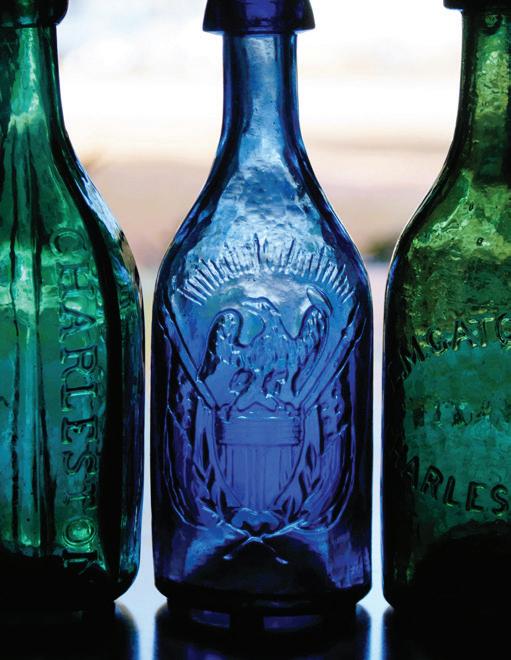
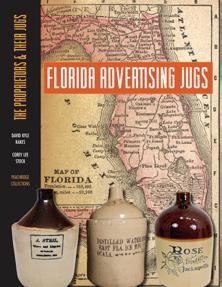

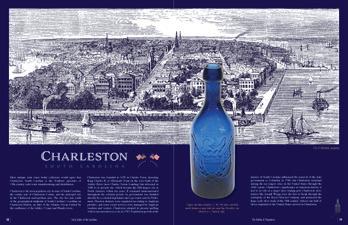
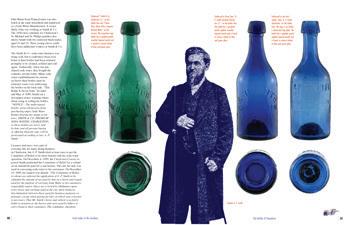



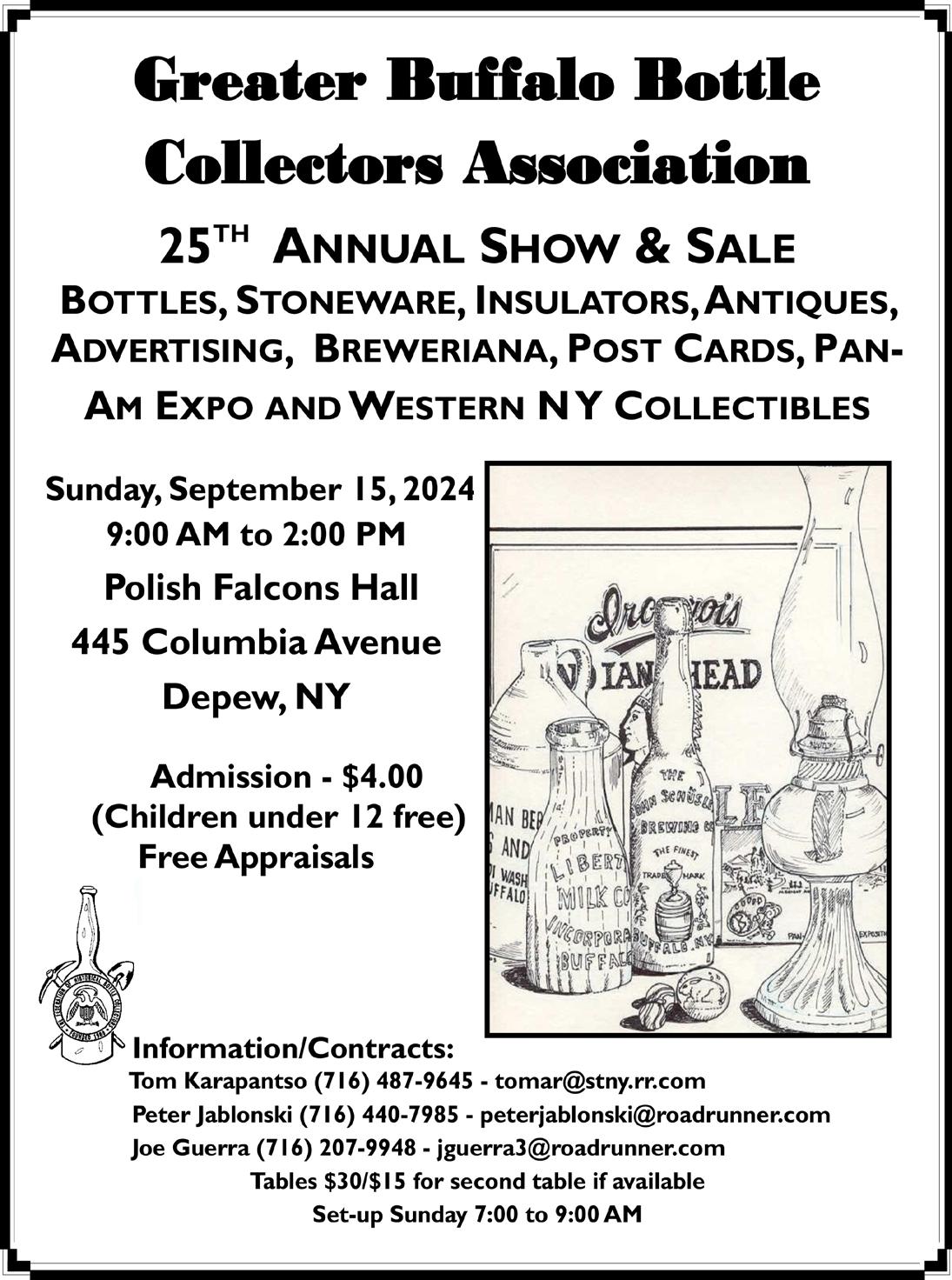


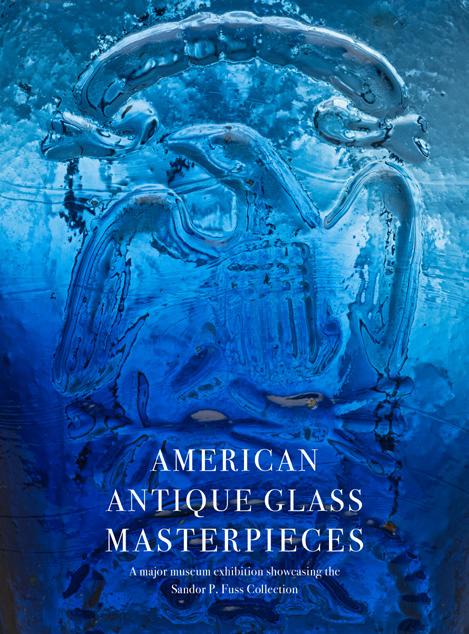

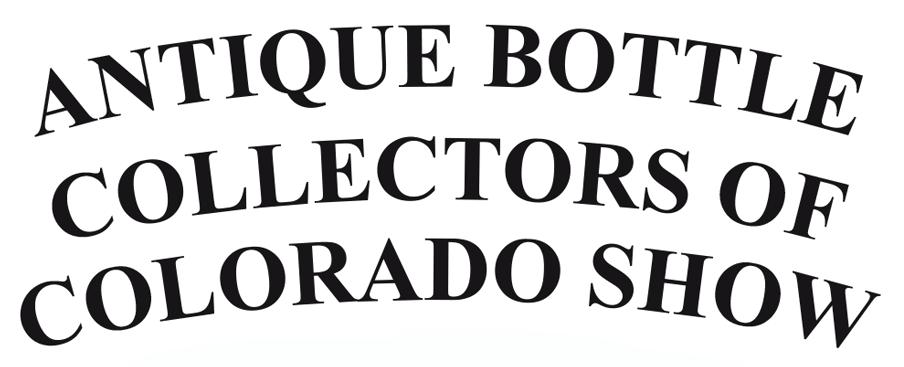
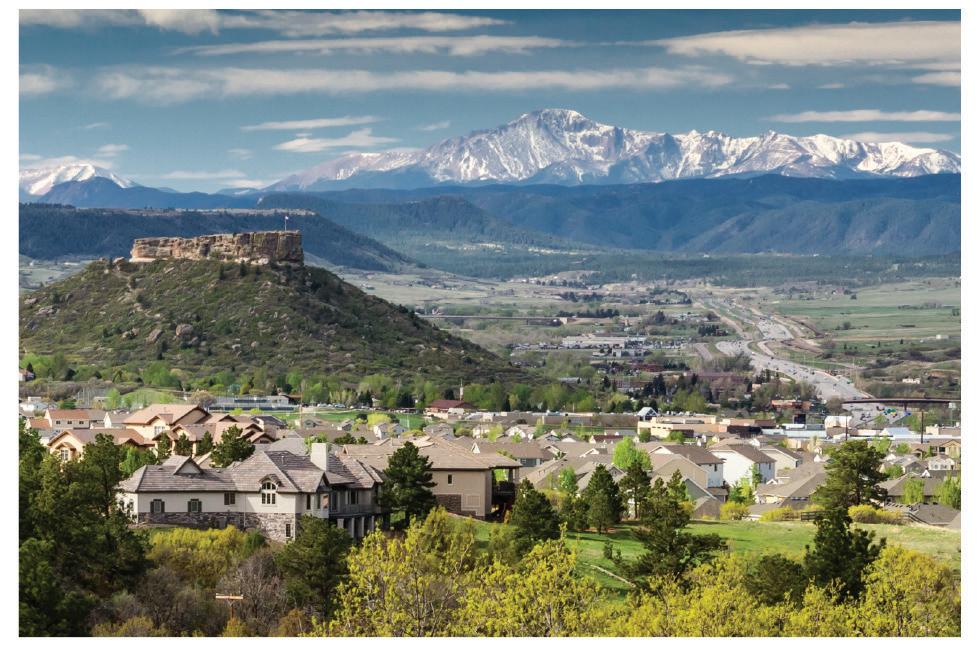



May – June 2024 67 •Antiques •Old Bottles •Glassware •Collectibles •Stoneware Early Bird Admisssion Sept. 14th at 8:00 am $10 58th ANNIVERSARY CASTLE ROCK, COLORADO SEPTEMBER 14TH 2024 Views
Pikes Peak! ABCC: A Colorado Non-Profit Corporation Early Sodas of the Carolinas THE BOTTLES & PROPRIETORS Charleston, Columb ia, Georgetown, Hilton Head Island South Carolina Statesville, Weldon, Wilmin gton, Wilson, Winston North Carolina David Kyle Rakes Early
More
website
of
Sodas of the Carolinas — 148 pages plus covers, four color and includes all the known proprietors and their great soda bottles. $50+.
info on
NOW ON SALE! Exhibition Books
24
David Kyle Rakes email: barakes123@gmail.com website: bottlesandjugshistoricalbooks.com
on Sale at Houston

Sho-Biz Calendar of Shows
FOHBC Sho - Biz is published in the interest of the hobby. Federation-affiliated clubs are indicated in red. Information on upcoming collecting events is welcome, but space is limited. Please send at least three months in advance, including telephone number to: FOHBC Sho-Biz, c/o Business Manager: Elizabeth Meyer, P.O. Box 1825, Brookshire, Texas 77423; phone: 713.504.0628; email: fohbcmembers@gmail.com Show schedules are subject to change. Please call before traveling long distances. All listings published here will also be published on the FOHBC.org website.
FOHBC Member Clubs: Please request event insurance coverage at least two months before your event. Email fohbcmembers@gmail.com. Put “Show Insurance” in subject line.
04 May 2024 – Gray, Tennessee
State of Franklin Antique Bottles & Collectible Assoc.
26th Annual Show & Sale, Saturday, May 4th, 9:00 am to 3:00 pm, Appalachian Fairground, 100 Lakeview Street, Gray, Tennessee 37615, Exit 13 on I-216, No Early Admission. Contact Kenneth Depew, President, 4017 Rick Slaughter Ct., Kingsport, Tennessee 37660, 423.817.3298, kenshell@chartertn.net, sfabca.com, FOHBC Member Club
04 May 2024 – New Hartford, New York
The Mohawk Valley Antique Bottle Club will host its 28th Annual Utica Bottle Show & Sale at the Hope Alliance Church, 4291 Middle Settlement Road, New Hartford, New York, 13413, 9 am to 2:30 pm. Admission $5. Info: Peter Bleiberg at 315.735.5430 or email pmbleiberg@aol.com, mohawkvalleybottleclub. com, FOHBC Member Club
05 May 2024 – Morgantown, West Virginia
7th Annual Dunkard Valley Antiques and Collectibles Show & Sale, 9:00 am to 2:00 pm; Early buyers 7:30 am, $20. Both inside and outside vendor spaces are available! At Milan Park. Monongalia Center, 270 Mylan Park Lane, Morgantown, WV 26501, Contact: Don Kelley, 724.998.2734, bonzeyekelley@gmail.com
10 & 11 May 2024 – Mansfield, Ohio
45th Mansfield Antique Bottle Show, Hosted by the Ohio Bottle Club, at the Richland County Fairgrounds, 750 N. Home Road, Mansfield, Ohio 44906; Admission $5 Saturday, 9:00 am to 2:00 pm. Early admission is $40, Friday, May 12, from 2:00 to 6:00 pm. Show Chairs: Matt & Elizabeth Lacy, 3836 State Route 307, Austinburg, Ohio 44010 0r call 440.228.1873 or email info@ antiquebottlesales.com, FOHBC Member Club
11 May 2024 – Gardendale, Alabama
4th Annual Alabama Bottle & Antique Show, Saturday, May 11, 9:00 am to 3:30 pm; Free Admission and Appraisals. Gardendale Civic Center, 857 Main Street, Gardendale, Alabama 35071 (10 minutes north of Birmingham). Info: Keith Quinn: 205.365.1983, klq1812@gmail.com or Steve Holland, 205.492.6864. Visit our Facebook page Alabama Bottle Collectors’ Society. FOHBC Member Club
11 May 2024 – Seekonk, Massachusetts
The Little Rhody Bottle Club Tailgate Swap Meet, starts at 8:00 am and ends at 2:00 pm. There is no set up fee and no admission fee. Bring as many tables as you want. Buy, sell, trade and keep what you make. Show Address: Leonard’s Antiques, 600 Taunton Ave. (Rte #44) Seekonk, Mass., Contact Info: William Rose 508.880.4929, sierramadre@comcast.net, FOHBC Member Club
17-19 May 2024 – Adamstown, Pennsylvania
Shupp’s Grove 24th Annual Bottle Festival, 607 Willow Street, Reinholds, Pennsylvania 17569. Friday, early buyers only from 11 am to 5 pm at a ticket price of $20 per person and running through Sunday, 19 May. Saturday and Sunday hours are from 6 am
to dusk; admission is free to all on these two days. Contact Steve Guion at william03301956@gmail.com or call him at 717.371.1259. He has information and dealer contracts for those wishing to set up at the festival.
17 & 18 May 2024 – Bellville, Ohio
The National Association of Milk Bottle Collectors (NAMBC) will hold its annual convention for milk bottle enthusiasts from throughout the United States who will gather to buy, sell, and trade bottles and other dairy memorabilia while socializing with fellow collectors. The 2-day event includes exhibits, an auction, an awards banquet, an ice cream social, and several educational seminars. The event has a 40-year history which is testimony to its continuing popularity. This year’s convention will take place on May 17 & 18, 2024 at the Quality Inn & Suites in Bellville, Ohio.
18 May 2024 – Mandeville, Louisiana
The Greater New Orleans Second Annual Antique Bottle & Collectibles Show & Sale at the Mandeville Lions Club, 720 Lafitte Street, Mandeville, Louisiana 70448, Dealer Set Up, Friday, May 17, 12 noon to 5:00 pm and on Saturday, May 18, 8:00 to 10:00 am. Early Bird $25 during dealer setup. Free admission is Saturday, May 20, from 10:00 am until 4:00 pm; contact Peter Taggard, 645 Village Lane South, Mandeville, Louisiana 70471. See Contract. Call or text: 985.373.6487, Email: petertaggard@yahoo.com
19 May 2024 – Washington, Pennsylvania
Washington County Antique Bottle Club 50th Annual Show and Sale, Alpine Star Lodge, 735 Jefferson Avenue, Washington, Pennsylvania 15301, Admission $3, 9:00 am to 2:00 pm, Early admission $25 at 7:30 am. Info: Ed Kuskie, 412.405.9061, 352 Pineview Drive, Elizabeth, Pennsylvania 15037, bottlewizard@comcast. net, FOHBC Member Club
19 May 2023 – Hammonton, New Jersey
2024 Spring Bottle Show at Batsto Village by the Batsto Citizens Committee, Inc., 9:00 am to 3:00 pm, rain or shine! Free admission! Historic Batsto Village, Wharton State Forest, Rt. 542 Pleasant Mills Road, Hammonton, New Jersey. Contact Info: Jim Hammell, 856.217.4945, hammelljm@gmail.com
24 & 25 May 2024 – Boulder City, Nevada
58th Annual 2024 Antiques, Vintage, & Collectibles Show & Sale. Proudly presented by the Las Vegas Antique Bottles & Collectibles Club. 9:00 am to 6:00 pm on Saturday. 9:00 am to 3:00 pm Sunday. Boulder City Parks & Recreational Bldg., 900 Arizona St. Boulder City, Nevada 89005. Partnered with The Best Dam BBQ Challenge. For tables, contact Rob at 702.830.3898, FOHBC Member Club
02 June 2024 – Ballston Spa New York
The 44th Annual Saratoga Antique Bottle Show And Sale at the Saratoga County Fairgrounds, 162 Prospect Street, Ballston Spa, New York 12020. General Admission Sunday, 9:00 am to 2:00 pm, $5; Early Admission Sunday, 8:00 to 9:00 am, $20. Show set up Saturday, June 1st, 7:00 to 9:00 pm and Sunday, 6:30 to 8:00 am. Host Club: National Bottle Museum, nationalbottlemuseum.org, 518.885.7589, info@nationalbottlemuseum.org, Show chair: Roy Topka, 518.779.1243, rmt556@yahoo.com; FOHBC Member Club
08 June 2024 – Cambridge City, Indiana
10th Annual Cambridge City Jar & Antique Show, Creitz Park, 150 North Foote Street, Cambridge City, Indiana, Saturday, 9:00 am to 3:00 pm. Set up at 7:00 am. Contact Marty Troxell, 765.478.3800, doublehead@myfrontiermail.com. Also, contact Marty on Facebook Ball Jar Collectors if you prefer.
FOHBC Member Club
08 June 2024 Dayton, Nevada
Northern Nevada Insulator Show & Sale, June 8, 2024, 8:00 am to 2:00 pm, Free admission – Open to public, Dayton Community Center, 170 Pike Street, Dayton, Nevada, Set-up Friday, June 7th, 3:00 to 7:00 pm, Indoor Venue, Tables and chairs provided. Contact: Glenn Hasbrouck, ghasbrouck42@yahoo.com
08 June 2024 – Weyers Cave, Virginia
The Historical Bottle Diggers of Virginia 52nd Antique Bottle and Collectibles Show & Sale, 9:00 am to 3:00 pm, Weyers Cave Community Center, 682 Weyers Cave Road, (Rt. 256), Weyers Cave, Virginia 24486, Info: Sonny Smiley, Show Chairman, 540.434.1129, lithiaman1@yahoo.com, FOHBC Member Club
08 June 2024 – East Windsor, New Jersey
New Jersey Antique Bottle Club (NJABC) is hosting their 4th Annual Outdoor Antique Bottle Show & Sale, (Rain date Sunday, 09 June 2024) 9:00 am to 2:00 pm. Admission is $5; no early buyers. Kyle Family Farms. 831 Windsor Perrineville Rd. East Windsor, N.J. 08520, Contact Kevin Kyle, 230 Cedarville Road, East Windsor, New Jersey 08520, 609.209.4034, bottlediggerkev@aol.com, FOHBC Member Club
08 June 2024 – Seekonk, Massachusetts
The Little Rhody Bottle Club Tailgate Swap Meet, starts at 9:00 am and ends at 2:00 pm. There is no set up fee and no admission fee. Bring as many tables as you want. Buy, sell, trade and keep what you make. Show Address: Leonard’s Antiques, 600 Taunton Ave. (Rte #44) Seekonk, Mass., Contact Info: William Rose 508.880.4929, sierramadre@comcast.net, FOHBC Member Club
15 June 2024 – Sandy, Utah
Utah Antique Bottle and Collectibles Show, Salt Lake Community College, Miller Training Center, 9750 S 300 W., Sandy, Utah, Saturday 9:00 am to 5:00 pm, Early admission 8:00 am. Set up 7:00 am, Cost of admission for show: $1, Cost of early admission: $10, Utah Bottle Club, Contact: Bob Campbell, 801.467.8636, Email info@allaboutcoins.com
22 June 2024 – Johnston, Iowa
The Iowa Antique Bottleers 54th Annual Antique Bottle & Collectibles Show and Sale at the Johnston Lions Club, 64th Place and Merle Hay Road, Johnston, Iowa; Admission $1, Children Free, For info contact Mark Wiseman, 3505 Sheridan Avenue, Des Moines, Iowa 50301, 515.344.8333 or Joyce Jessen, 515.979.5216, See Contract on website, FOHBC Member Club
6 & 7 July 2024
– Barnsley, S. Yorks, UK
Britain’s Biggest Show 32nd Summer National, Elsecar Heritage Centre, Wath Rd, Elsecar, Barnsley S74 8HJ, United Kingdom, Contact BBR Auctions, Tele: 01226 745156, sales@onlinebbr.com, onlinebbr.com
68 Antique Bottle & Glass Collector
Sho-Biz Calendar of Shows

19-21 July 2024 – Tonopah, Nevada
Second Tonopah Nevada Rock & Bottle Show. 301 Brougher Ave., Tonopah, Nevada 89049. Cost of admission: $1. Early admission: $20. This event is Hosted by the Town of Tonopah. We are in search of vendors. If interested, please contact Chrissy Pope. Tourism & Events Coordinator, Town of Tonopah at 775.277.0804, Chrissy. townoftonopah@gmail.com
20 July 2024 – Pickens, South Carolina
The Carolinas–Georgia Bottle Show & Sale at The Market at the Mill, 225 Pumpkinville Hwy, Pickens, S.C. 29671, 9:00 am to 4:00 pm, Set-up 7:00 to 9:00 am. Show and dealer information Samuel Rhodes, 864.508-6518, samuelrhodes99@gmail.com
21 July 2024 – Rotterdam Junction, New York
Capital Region Antique Bottle Club Annual Show & Sale, This will be an outdoor vendor show. 9:00 am to 3:00 pm, at the Mabee Farm Historic Site, 1100 Main St., Rotterdam Junction N.Y., Contact: Adam Stoddard, 518.256.7663, acstoddard63@gmail com or Jeff Ullman, 518.925.9787, jullman@nycap.rr.com, FOHBC Member Club
31 July 2024 – Brookshire, Texas
Houston 24 Peachridge Glass “Glass in the Grass” Sell antique bottles, glass, advertising and related antiques from the back of your vehicle or from under a self-provided tent at “Glass in the Grass.” $25 for “Sellers” with vehicles. Open to all antique bottle dealers even if you are not setting up at Hotel ZaZa. $25 gate fee for “Dealer” vehicles only. All guests free. Relax, mingle and wander under the many large pecan trees surrounding the hay field. First come-first choice in dealer location. The temperature on the lower Brazos River plains is typically pleasant during summer hours of the event. Breakfast catered. Please contact Ferdinand Meyer V, fmeyer@fmgdesign.com for information. FOHBC National Event
01 August to 04 August 2024 – Houston, Texas FOHBC 2024 Houston National Antique Bottle & Glass Exposition hosted by the Houston Museum of Natural Science and the Federation of Historical Bottle Collectors. Brought to you by Peachridge Collections LLC. Host Hotel: Hotel Zaza Museum District. Featuring American Antique Glass Masterpieces and the David P. Wilber and Anthony Gugliotti Collections. Antique Bottle and Glass Show & Sale at Hotel ZaZa. Visit FOHBC.org or contact Ferdinand Meyer V, fmeyer@fmgdesign.com for information. FOHBC National Event
10 August 2024 – Lincoln, Alabama
9th Annual Lincoln Bottle, Antique & Collectible Show, Lincoln Civic Center, 120 Jones Street, Lincoln, Alabama 35096, 9:00 am to 2:00 pm. Contact chairman Jake Smith, 256.267.0446, syl_ bottleguy@yahoo.com. Free public admission, $20 early admission Saturday 8:00 am till 9:00 am, Free appraisals. Info on Facebook.
25 August 2024 – Davenport, Iowa
Quad Cities – Mississippi Valley Antique Bottle & Advertising Show, 9:00 am to 2:00 pm, at the Knights of Columbus Hall, 1111 West 35th St., Davenport, Iowa 52806. Cost of admission: $3, Early admission at 7:00 am – $15. Iowa Antique Bottleers, Info: Ashton Schultz, 230 11th Circle, Dewitt, Iowa 52742, 563.503.9084, schulzantiques@gmail.com, FOHBC Member Club
07 September 2024 – Seekonk, Massachusetts
The Little Rhody Bottle Club Tailgate Swap Meet, starts at 8:00 am and ends at 2:00 pm. There is no set up fee and no admission fee. Bring as many tables as you want. Buy, sell, trade and keep what you make. Show Address: Leonard’s Antiques, 600 Taunton Ave. (Rte #44) Seekonk, Mass., Contact Info: William Rose 508.880.4929, sierramadre@comcast.net, FOHBC Member Club
08 September 2024 – Pekin, Illinois
Pekin Bottle Collectors Assoc. 54th Antique Bottle Collectors Annual Show & Sale, 8:30 am to 3:00 pm, Admission $2, Free Appraisals, Moose Lodge, 2605 Broadway Street, Pekin, Illinois, Contact Info: Daryl Weseloh, 309.264.9268, darylweseloh@gmail. com, FOHBC Member Club
14 September 2024 – Castle Rock, Colorado
The 58th Anniversary Antique Bottle Collectors of Colorado Show, Douglas County Fairgrounds at Kirk Hall, 500 Fairgrounds Dr., Castle Rock, Colorado 80104. Early Bird Admission Sept. 13th at 8:00 am $10. General Admission: Saturday, 9:00 am to 3:00 pm, Free. More information: Fred Bjork, 719.310.8388, manfredbjork@ yahoo.com, antiquebottlecollectorsofcolorado.com, FOHBC Member Club
15 September 2024 – Depew, New York
The Greater Buffalo Bottle Collectors Association’s 25th Annual Show & Sale, Polish Falcons Hall, 445 Columbia Avenue, Depew, New York 14043, General Admission $4: Sunday 9 am to 2 pm. Contact chairman Tom Karapantso, 716.487.9645, tomar@stny. rr.com or Peter Jablonski, 716.440.7985, peterjablonski@roadrunner. com or Joe Guerra, 716.207.9948, jguerra3@roadrunner.com, gbbca. org, FOHBC Member Club
21 September 2024 – Santa Ana, California
The Los Angeles Historical Bottle Club’s Annual Antique Bottles, Fruit Jars, Insulators, Antiques & Collectibles
Show & Sale, 10:00 am to 3:00 pm Free, Early Bird $15 at 8:00 am, Club Members All Day Entry, at the Santa Ana California Elks, Lodge, 1751 South Lyon St., Santa Ana, California 92705. Free Admission, Info: Don Wippert, Tele: 818.610.9332; Email: donwippert1@gmail.com or Chuck Gildea, tele: 949.351.7620. FOHBC Member Club
21 September 2024 – Santa Rosa, California
Northwestern Bottle Collectors’ Association’s 57th Annual Antique, Bottle & Collectible Show at the Santa Rosa Veterans Memorial Building, 1351 Maple Avenue, Santa Rosa, California 95404. General Admission: Saturday Noon to 4:00 pm, FREE, Saturday early admission 10:00 am to Noon, $10. For dealer and show information contact Jon Mathieu, 707.327.7286, ohfrenchy@att. net or John Burton, 707.523.1611, johncburton@msn.com, FOHBC Member Club
04 Oct. & 05 October 2024 – Williams, California
Sacramento Valley Museum Antique Bottle Show, Bottles, Collectibles, Antiques, 1492 E St., Williams California, Friday, Oct 4th, Early admission $20, 10:00 am to 4:00 pm, Saturday Admission Free 10:00 am to 3:00 pm, Show chairs Cristy and Slim Edwards, closethegatefenceco@yahoo.com, 530.586.0717

05 October 2024 –Chesterfield, Virginia
The Richmond Area Bottle Collectors Assoc. presents the 52nd Richmond Antique Bottle and Collectibles Show and Sale; General Admission is $3, 9:00 am to 3:00 pm; Early Admission is $10 from 7:30 am, at the Chesterfield County Fairgrounds, 10300 Courthouse Road, Chesterfield, Virginia 23832. Info: Tony Townsend, 804.379-0902; RichBottleClub@comcast.net, FOHBC Member Club
04 & 05 October 2024 – Biloxi, Mississippi
Presented by the Olde Guys Digging Club of Biloxi, MS., the 7th Annual Mississippi Gulf Coast Antique Bottle Show will be held from 9:00 am to 4:00 pm Saturday, October 5 at the Joppa Shrine Temple, 13280 Shriners Blvd., Biloxi, MS. 39532 (Exit 41 on I-10). Dealer set-up on Friday, 04 October from 12:00 pm to 5:00 pm and Saturday, 05 October from 8:00 am to 9:00 am. Free Admission on Saturday, 05 October. Early Buyers $20 per person during dealer set-up on Friday. For more information or table contracts contact: Peter Taggard, 645 Village Lane South, Mandeville, Louisiana 70471. Phone 985.373.6487, Email: petertaggard@yahoo.com, FOHBC Member Club
25 & 26 October 2024 – Nashville, Tennessee Area Tennessee Bottle Collectors Presents their Nashville Area Antique Bottle & Advertising Show, Wilson County Fairgrounds, 945 E. Baddour Pkwy, Lebanon, Tennessee 37087, Behind Expo Center, I-40 Exit 239B, Friday 1:30 to 6:00 pm
Early Buyer $15 Admission, Saturday 8:00 am to 2:00 pm Free Admission. Dealer Set-up: Friday: 11:00 am to 6:00 pm, Saturday: 7:00 am. For Show Info or Vendor Contract, Contact Show Chairmen Greg Eaton: at 865.548.3176 or Stanley Word at 615.708.6634, FOHBC Member Club
03 November 2024 – Elton, Maryland
The Tri-State Bottle Collectors and Diggers Club 51st Annual Show & Sale, Singerly Fire Hall, Routes 279 & 213 (I95 exit 109A), 300 Newark Avenue, Elkton, Maryland 21922, 9:00 am to 2:00 pm, No Early Admission, Dealers only entry at 7:30 am for Set-up, Admission: $3 per person, Children under age 12 free, Contact: Dave Porter, President, 100 Jarmon Road, Elton, Maryland, 21921, 717.779-8324, daveelle@msn.com, FOHBC Member Club

Support the FOHBC by advertising in the FOHBC Houston 2024 Souvenir Program. Contact Ferdinand or Elizabeth Meyer at fmeyer@fmgdesign.com

May – June 2024 69
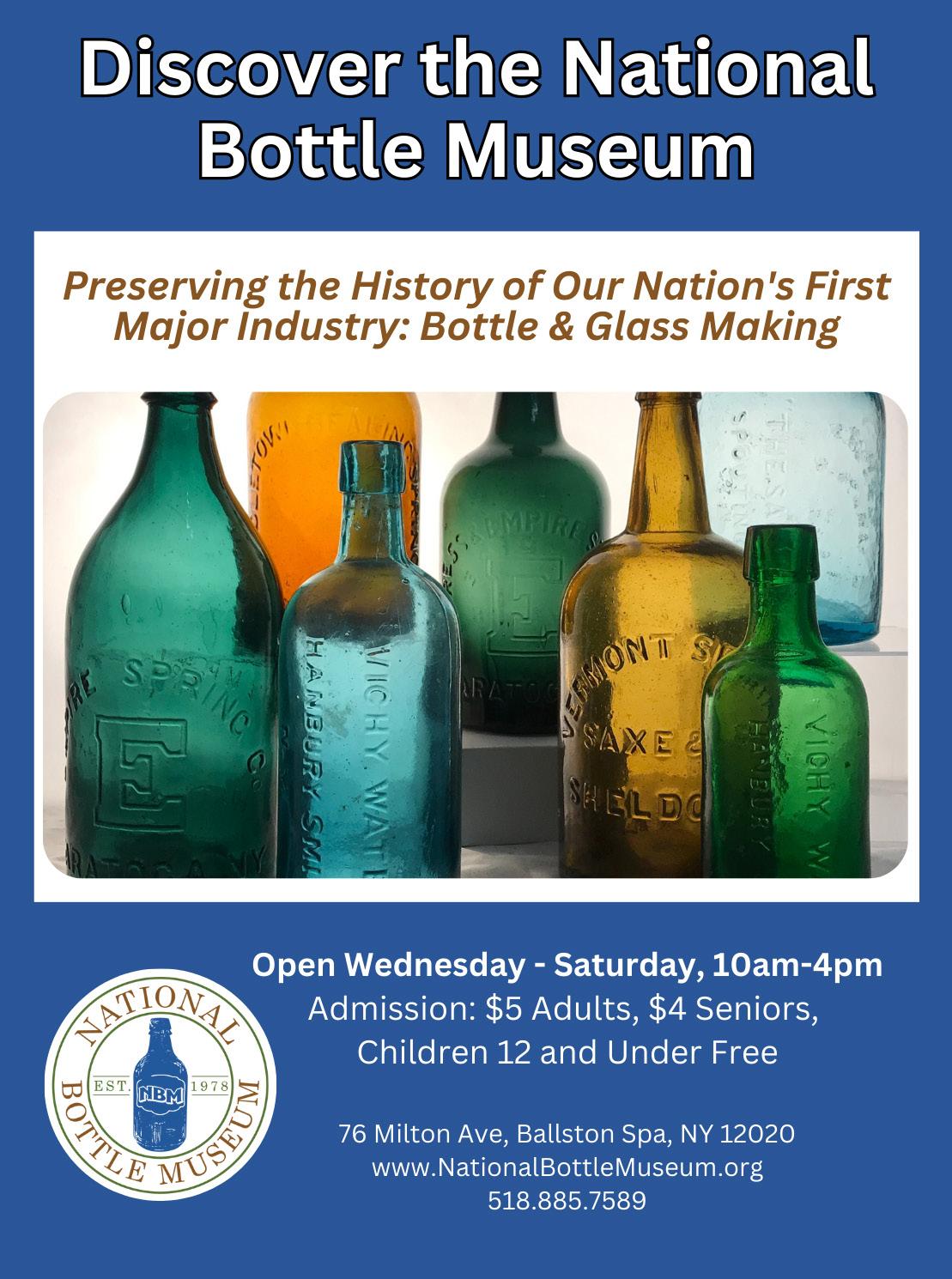

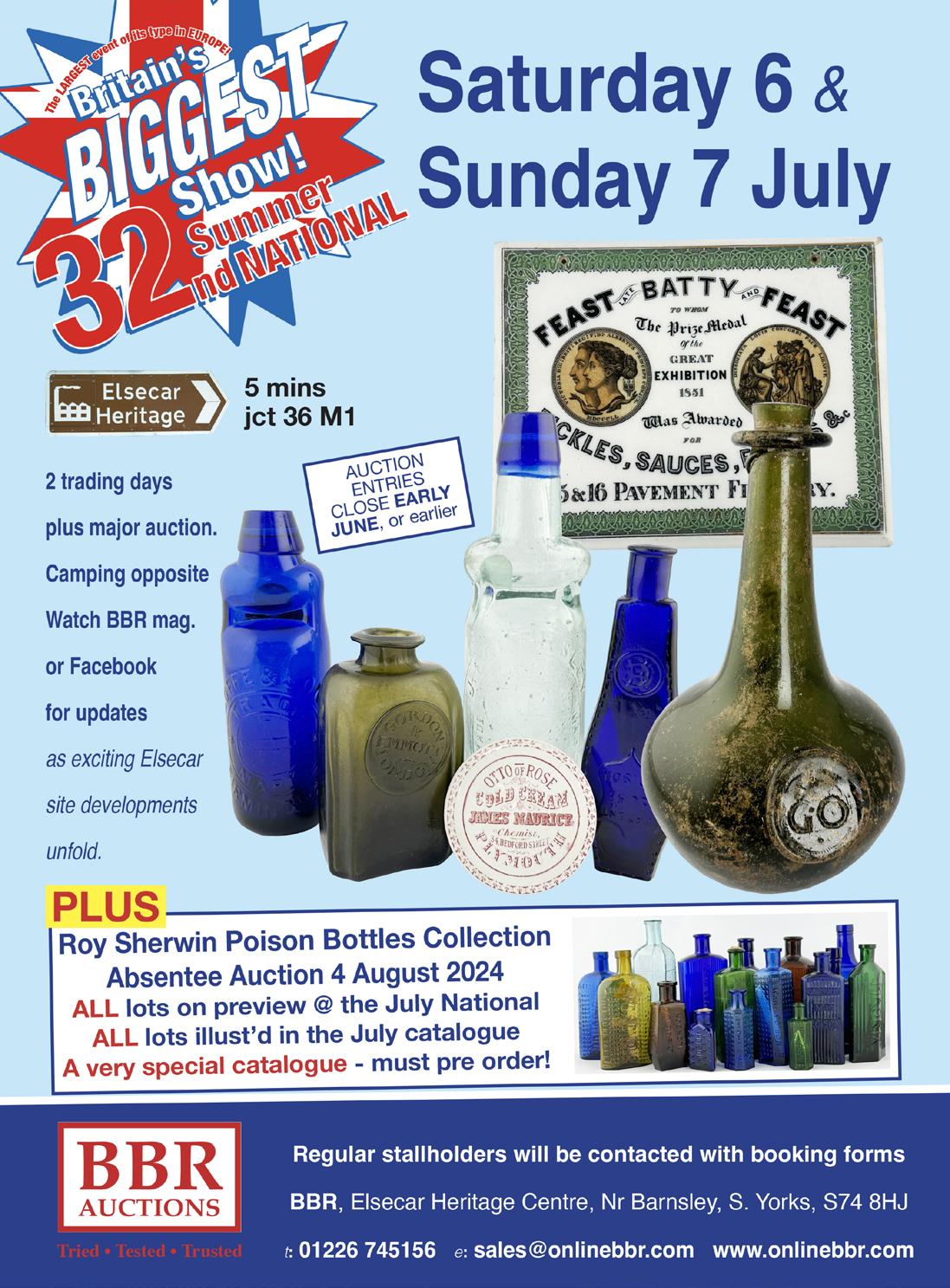
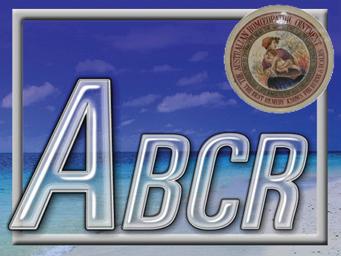


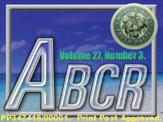

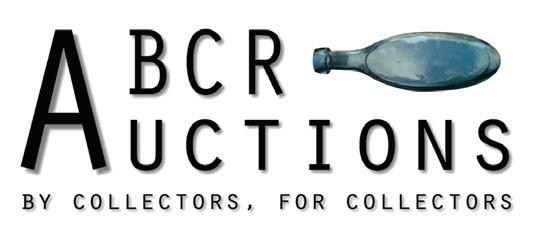


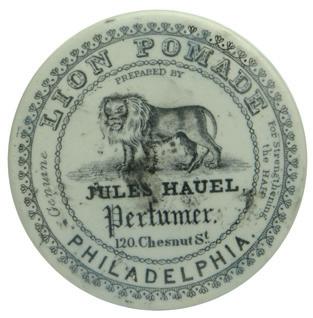
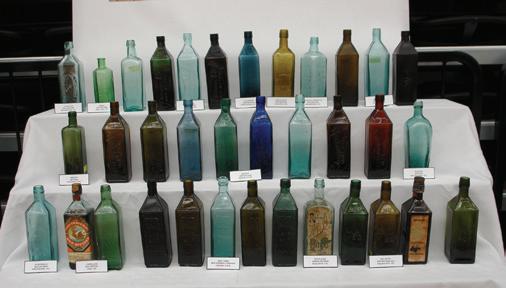
70 Antique Bottle & Glass Collector THE AUSTRALIAN BOTTLE & COLLECTABLES REVIEW January-March, 2023 THE AUSTRALIAN BOTTLE & COLLECTABLES REVIEW For all the latest Australian news! Quarterly publication of 36 pages. Many of the consumable goods in 19th century Australia were supplied by both England and the United States, resulting in some nice bottles of U. S. origin having been found in Australia. $65 per year. PayPal: abcr@bigpond.com Email: travisdunn@bigpond.com ABCR Auctions often offers items of U. S. interest, such as these upcoming items to the left. Also operated by Travis Dunn, this auction can be found at: www.abcrauctions.com Auctions run every three months. Email: info@abcrauctions.com Free to register. Low commissions. Reliable condition assessments. FOHBC Advert.indd 1 23/03/2023 4:49:55 PM
Membership Benefits & Display Advertising Rates

The Federation of Historical Bottle Collectors (FOHBC) is a non-profit organization supporting antique bottle and glass collecting. The goal of the FOHBC is to promote the collection, study, preservation and display of historical bottles and related artifacts and to share this information with other collectors and individuals. Membership is open to any individual, club or institution interested in the enjoyment and study of antique bottles and glass. Membership benefits include:
–Antique Bottle & Glass Collector (AB&GC), the official publication of FOHBC and the leading publication for those interested in antique bottle and glass collecting and all associated ephemera. Annual subscription includes 6 issues (bi-monthly) of this all-color, 72-page plus covers publication. (Digital memberships also available.)
–Free classified advertising in AB&GC. Ads may be up to 100 words for items of $25 or greater value; and one free ad of 60 words each year For Sale, Wanted, or For Trade. (Restrictions apply and free ads are limited to the first received for available space.) Ads appear on the FOHBC website also. See page 72.
–FOHBC.org, a comprehensive website dedicated to the organization and hobby, providing access through the Members Portal to the latest news in the collecting world, Membership Directory, archived magazine issues, indexed articles, Federation meeting minutes and announcements, and a vast assortment of research material.
–Virtual Museum of Historical Bottles and Glass, the most comprehensive antique bottle and glass experience on the Internet. Spinning images of museum-quality examples of antique bottles and glass, including well-researched history of the manufacture, distribution, and use of each item.
–Auction Price Report, an online resource which includes the sale price and description of anything auctioned by the top antique bottle and glass auction houses in the past decade. Easy to use. Updated annually. (Password protected.)
–National Shows and Conventions, featuring displays, educational seminars, membership meetings, social events, and banquet with interesting speakers, all centered around a first-class sale event. Members are eligible for discounts on “Early Admission” or table rental.
–Newsletter, digital presentation of periodic postings to keep FOHBC members up to date on current issues affecting the hobby.
Affiliated Bottle Club Membership brings these additional benefits to your group:
–Federation-sponsored Insurance Program for your show and any other club-sponsored activities. (Application required for each event.) Value of this is many times more than the cost of club membership.
–Club Display Ad in AB&GC at discount of 50%.
–Free Club Show Ad on the Federation website to increase your show’s exposure.
–Free Links to Club Website; Social Media (Facebook) exposure.
–Free Federation Ribbons for Best in Show and Most Educational display at your show.
For more information, questions, or to join the FOHBC, please contact: Elizabeth Meyer, FOHBC Business Manager, P.O. Box 1825, Brookshire, Texas 77423; phone: 713.504.0628 or email: fohbcmembers@gmail.com.
Visit us at FOHBC.org

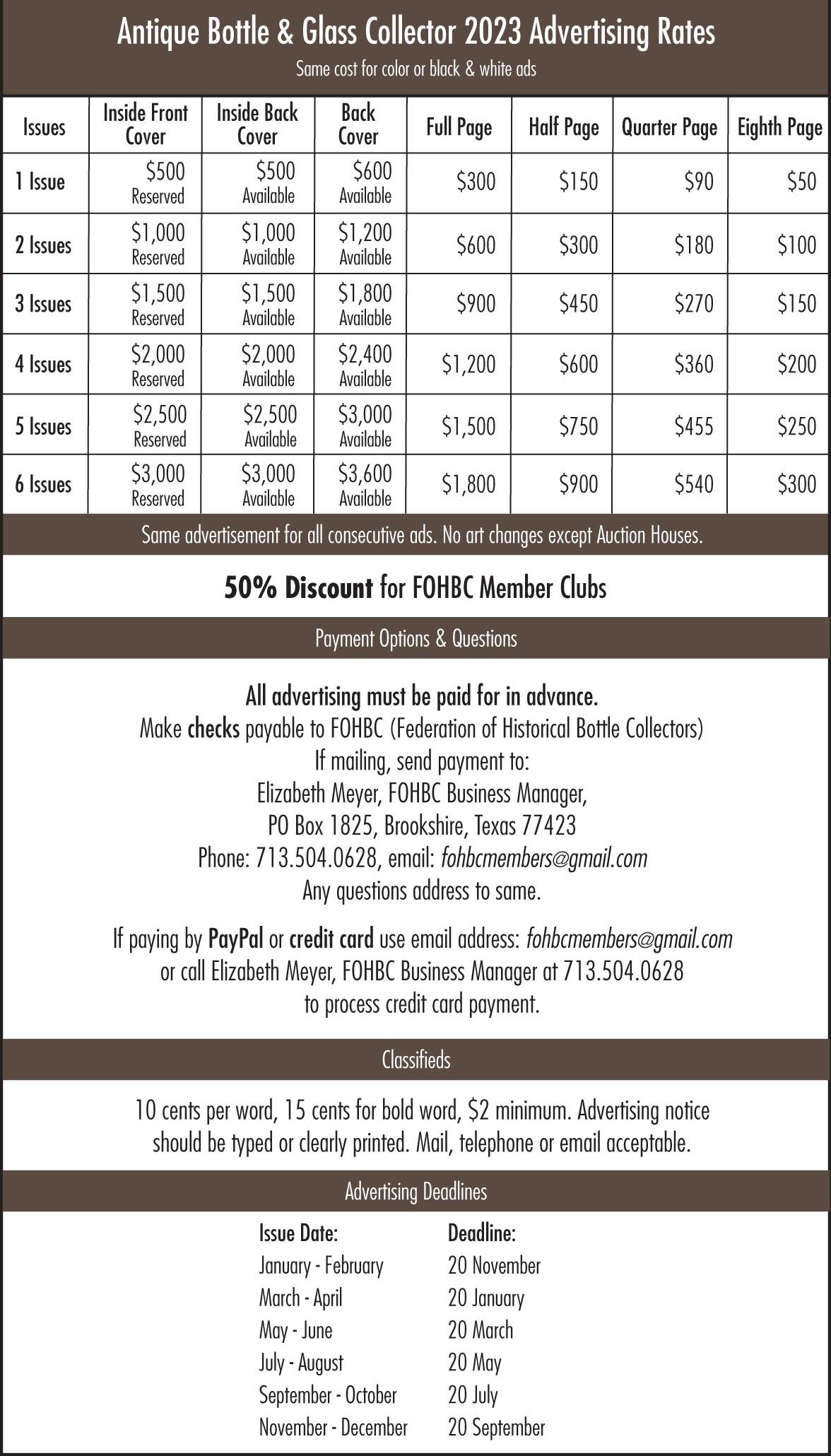
Where there’s a will there’s a way to leave Donations to the FOHBC
Did you know the FOHBC is a 501(c)(3) charitable organization?

How does that affect you? It allows tax deductions for any and all donations to the FOHBC. You might also consider a bequest in your will to the FOHBC. This could be a certain amount of money or part or all of your bottle collection. The appraised value of your collection would be able to be deducted from your taxes. (This is not legal advice, please consult an attorney.) The same-type wording could be used for bequeathing your collection or part of it; however, before donating your collection (or part of it), you would need the collection appraised by a professional appraiser with knowledge of bottles and their market values. This is the amount that would be tax deductible.
Thank you for considering the FOHBC in your donation plans.
May – June 2024 71
Membership Application, Classified Advertising & Article Submission

FOHBC Individual Membership Application
For Membership, complete the following application or sign up at FOHBC.org
(Please Print)
Do you wish to be listed in the online membership directory?(name, address, phone number, email address and what you collect) { } Yes { } No
Would you be interested in serving as an officer? { } Yes { } No
Would you be interested in contributing your bottle knowledge by writing articles for our magazine? { } Yes { } No
Would you be interested in volunteering to help on any FOHBC projects? { } Yes { } No
- Life Membership: Level 1: $1,000, includes all benefits of a Standard 1st Class membership. No promise of a printed magazine for life.
- Level 2: $500, includes all benefits of a regular membership but you will not receive a printed magazine, but rather a digital subscription.
Add an Associate Membership* to any of the above at $5 for each Associate for each year.
Associate Member Name(s)
*Associate Membership is available to members of the immediate family of any adult holding an Individual Membership. Children age 21 or older must have their own individual membership.
Associate Members enjoy all of the rights and privileges of an Individual Membership.
Signature
Please make checks or money orders payable to FOHBC and mail to:
Date
FOHBC Membership, Elizabeth Meyer, P.O. Box 1825, Brookshire, Texas 77423, Phone: 713.504.0628
Email: fohbcmembers@gmail.com
Affiliated Club Membership for only $75 with liability insurance for all club-sponsored events, 50% discount on advertising in Antique Bottle & Glass Collector, plus so much more, Contact: FOHBC Business Manager: Elizabeth Meyer, PO Box 1825, Brookshire, Texas 77423, 713.504.0628, fohbcmembers@ gmail.com

Antique Bottle & Glass Collector Free Ads
Category: “WANTED”
Maximum - 60 words
Limit - One free ad per current membership year.
OR
Category: “FOR SALE”
Maximum - 100 words
Limit - 1 ad per issue.
(Use extra paper if necessary.)
Clearly Print or Type Your Ad
Send to: FOHBC Business Manager: Elizabeth Meyer, P.O. Box 1825, Brookshire, Texas 77423; phone: 713.504.0628; or better yet, email Elizabeth at: fohbcmembers@gmail.com
Magazine Submission Requirements:
We welcome the submission of articles and related pictures pertaining to antique bottle and early glass collecting, our hobby, digging, diving, and finding, as well as other interesting stories.
SUBMISSION POLICY—Articles:
All Antique Bottle & Glass Collector articles or material needs to be submitted via an FTP site, email or hard copy.
Electronic text files should be in Microsoft Word.
Electronic photo files should be in JPEG, TIFF or EPS format.
Resolution of 300 dpi at actual publication size is preferred but as low as 150 dpi (at double publication size) is acceptable.
SUBMISSION POLICY—Classified ads:
All ad copy should be typewritten, clearly & legibly printed, or sent via e-mail.
The FOHBC will not be responsible for errors in an ad due to poor quality, illegible copy.
The FOHBC reserves the right to refuse any advertising.
Please send articles/images to fmeyer@fmgdesign.com or mail to business manager noted on bottom of previous column.
72 Antique Bottle & Glass Collector
Name Address City __________ State___________________ Zip ___________ Country _________________ Telephone Email Address Collecting Interests ________________________
Additional Comments _______________________
United States
Standard Mail $40 1st Class $55 - Standard Mail w/Associate* $45
Class
- Standard Mail 3 years $110
Class
years $125 - Standard Mail 3 years w/Associate* $125 1st Class 3
w/Assoc. $140 Digital Membership (electronic files only) $25 Canada – First Class $60 Other
–
Membership/Subscription rates for one year (6 issues) (Circle One) (All First Class sent in a protected mailer)
-
1st
w/Associate $60
1st
3
yrs
countries
First Class $80






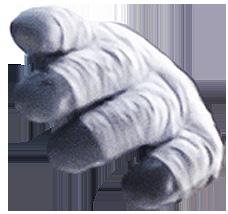

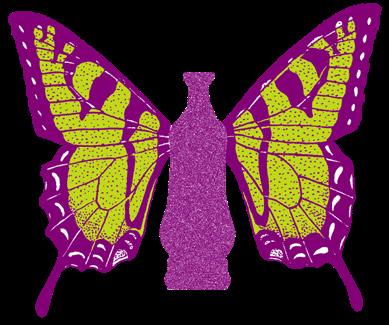
INFO FOHBC.org
HOUSTON 2024 NATIONAL ANTIQUE BOTTLE & GLASS EXPO PREMIERS THIS SUMMER! 01 Aug – 04 Aug 2024Space City
Houston received its official nickname of "Space City" in 1967 because it is home to NASA's Manned Spacecraft Center.
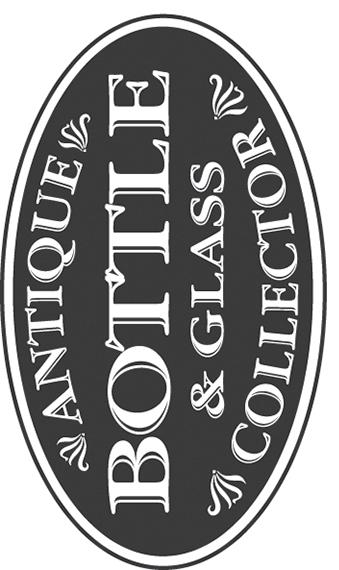

Member. Please check your mailing address and subscription status above and notify us of any corrections.
Don’t miss one issue of AB&GC. Keep your FOHBC membership up to date!

FOHBC
FOHBC
c/o Elizabeth Meyer, FOHBC Business Manager P.O. Box 1825 Brookshire, Texas 77423
us at FOHBC.org
Visit











































































































































 By Eric McGuire
By Eric McGuire



























































































 RAPOZA
RAPOZA



















































































































